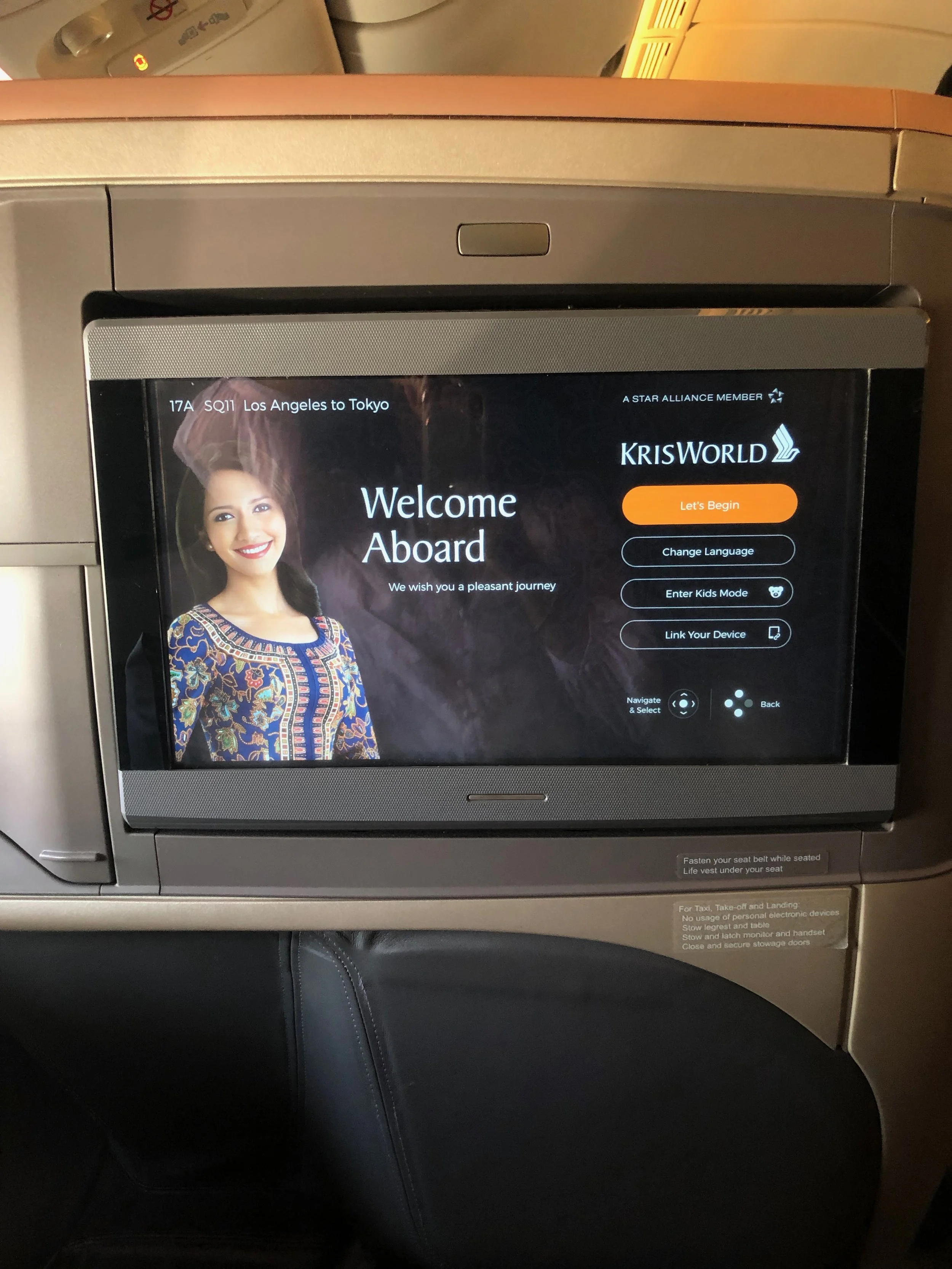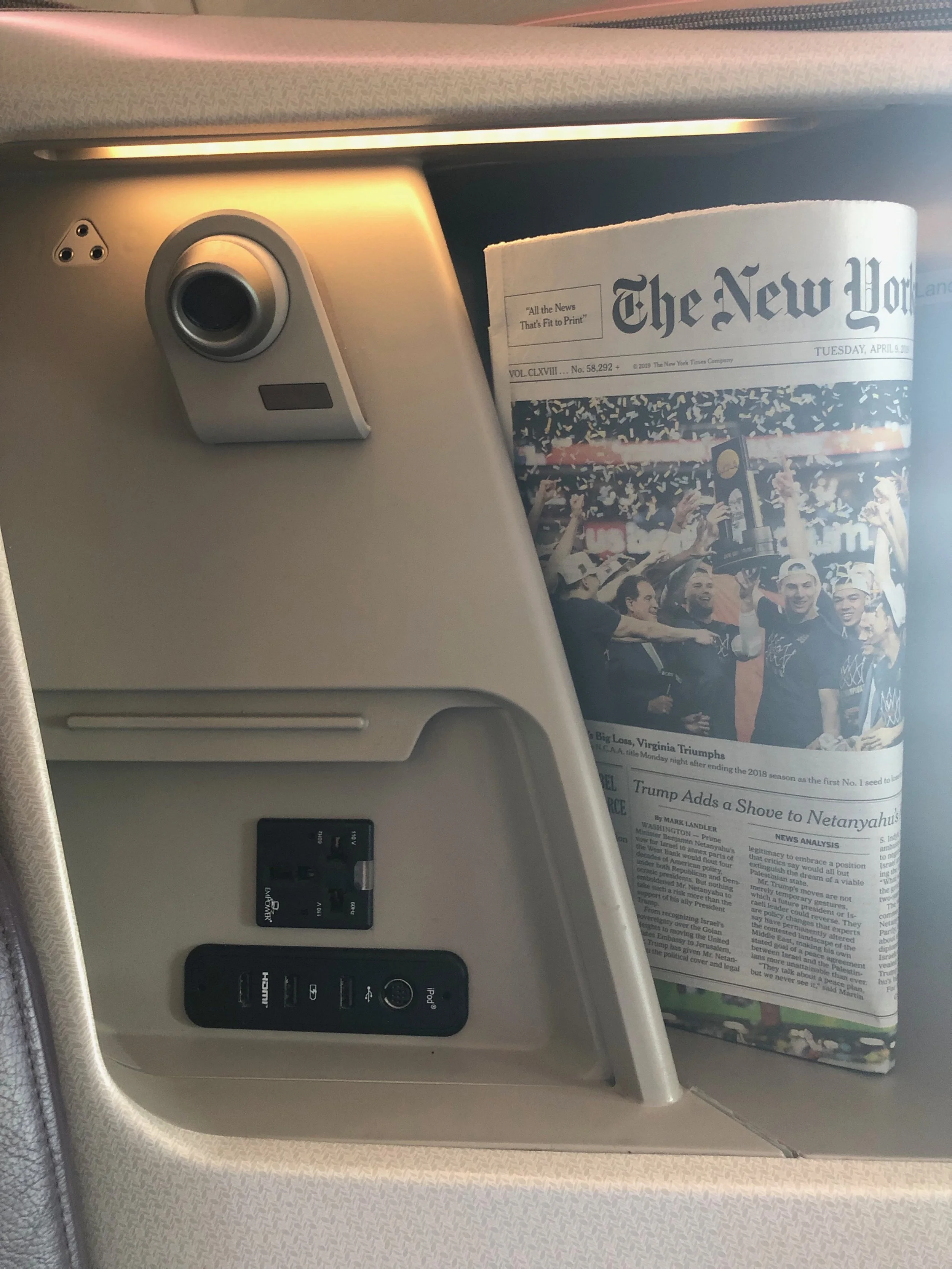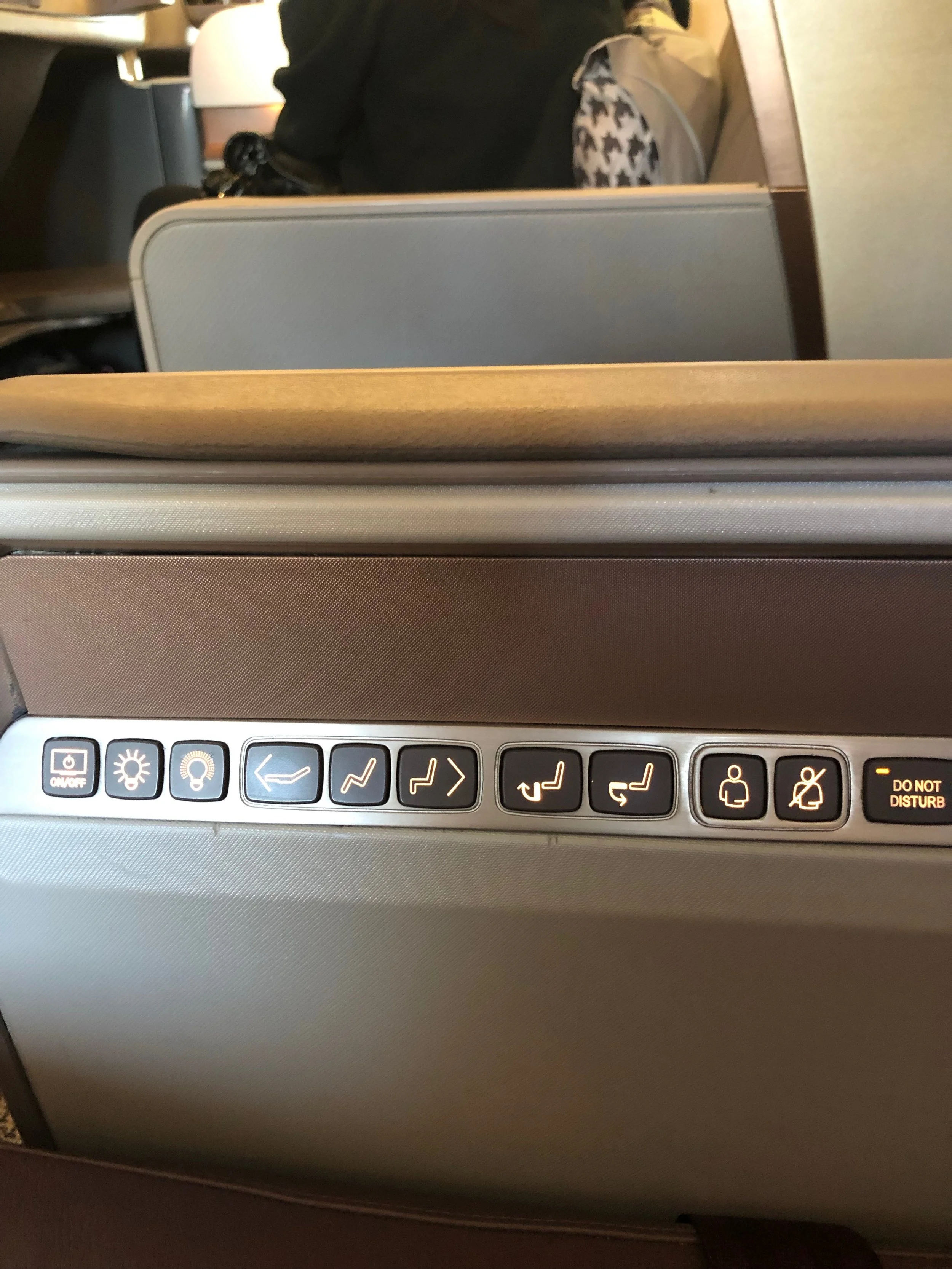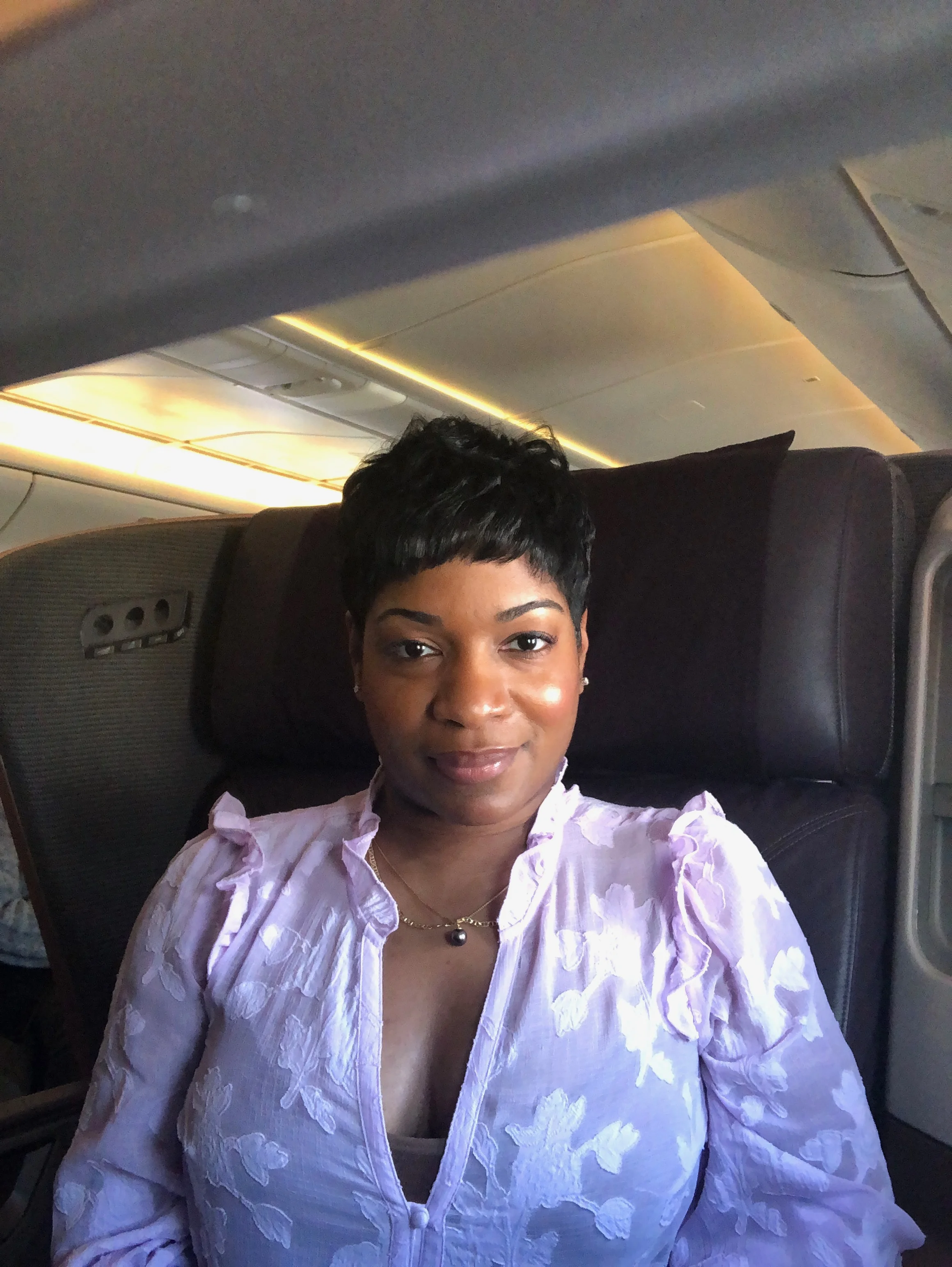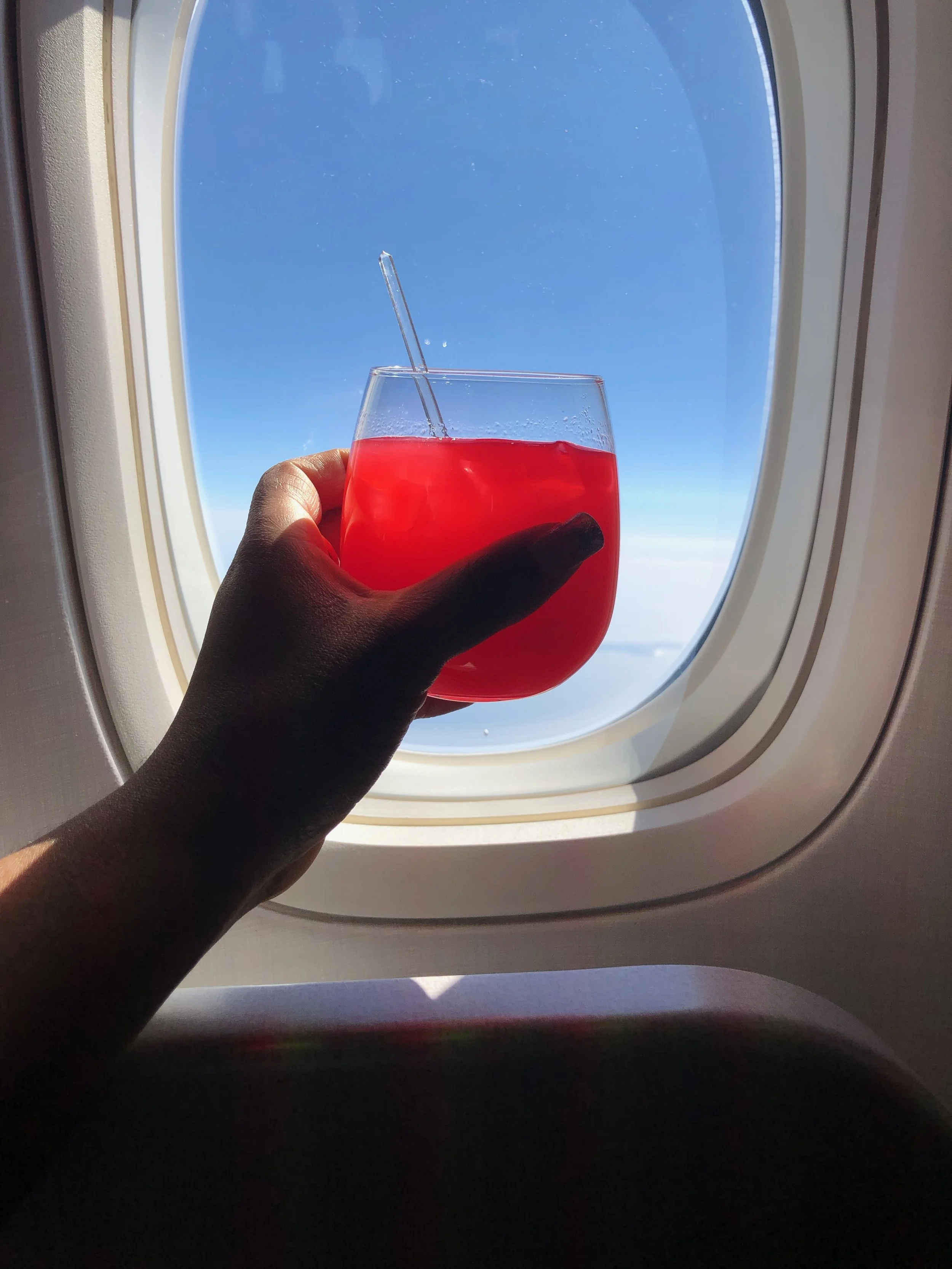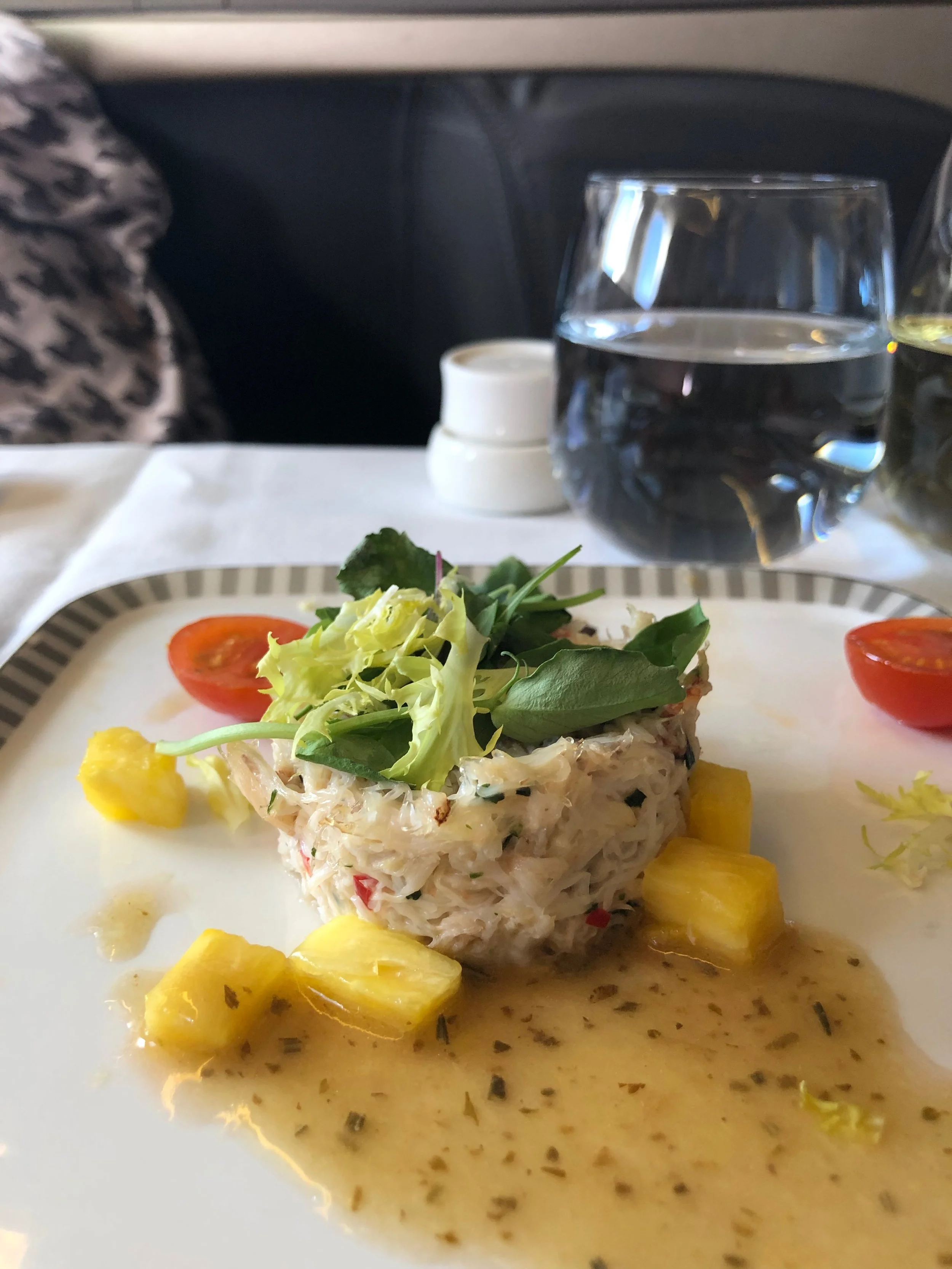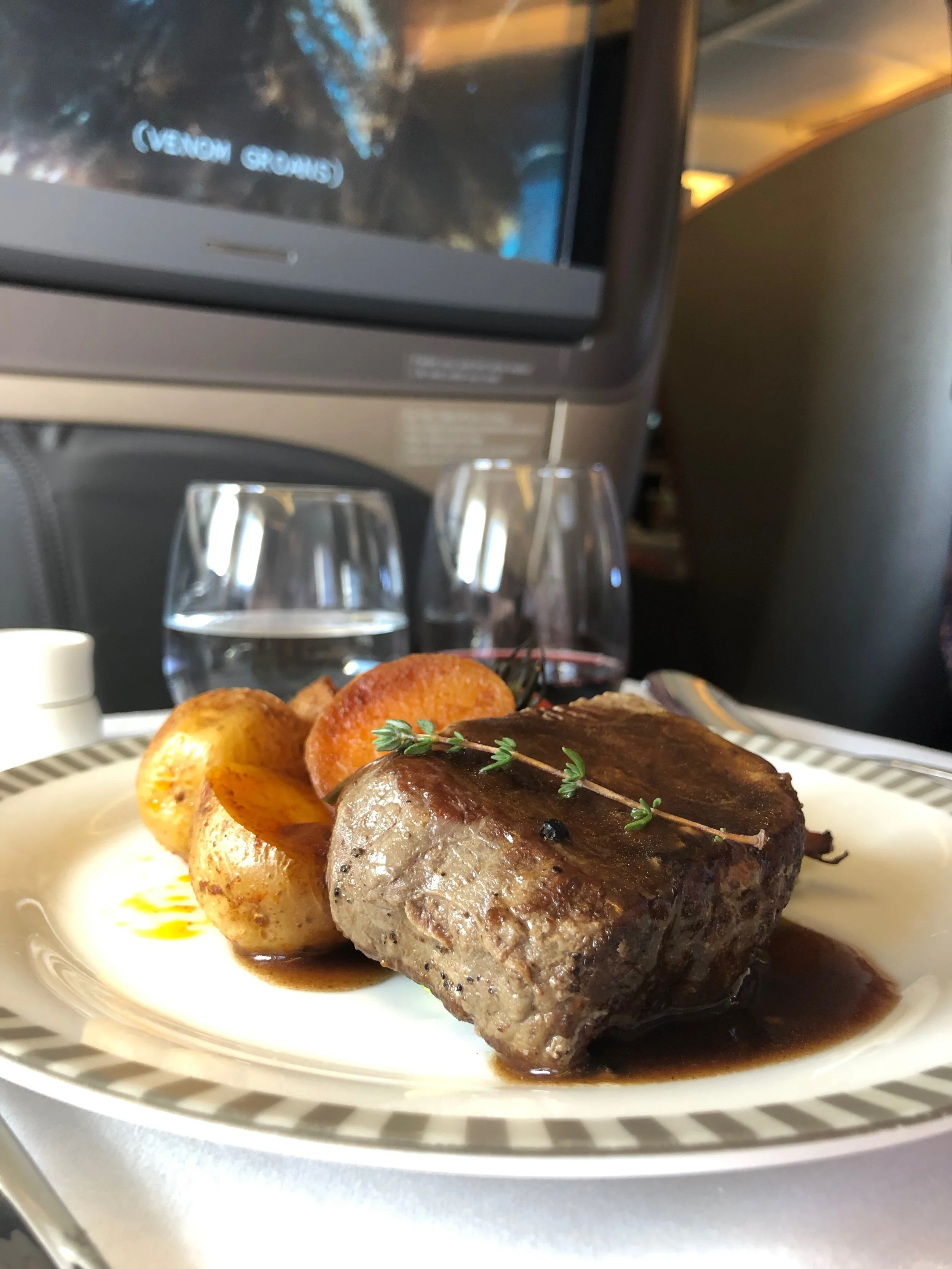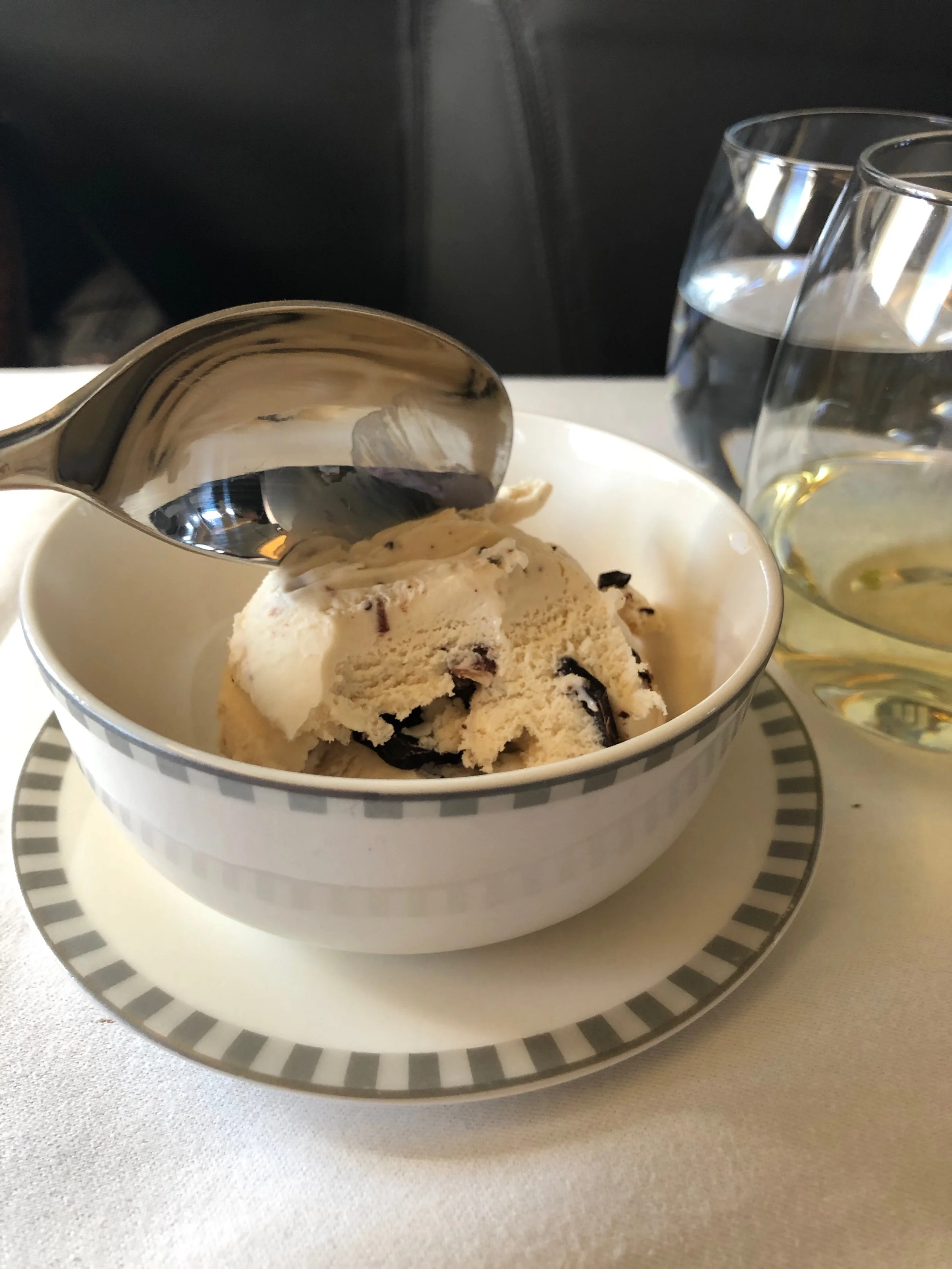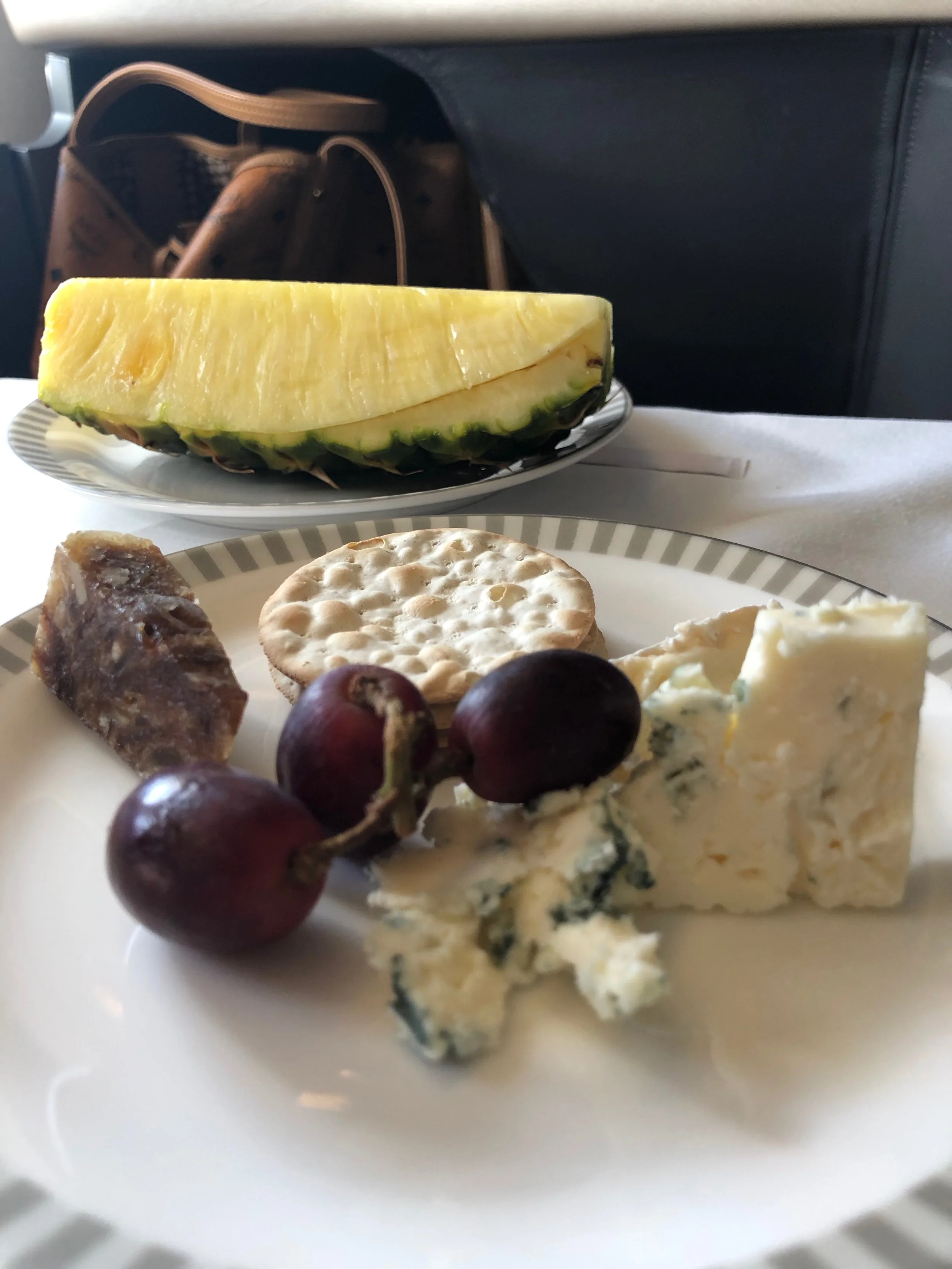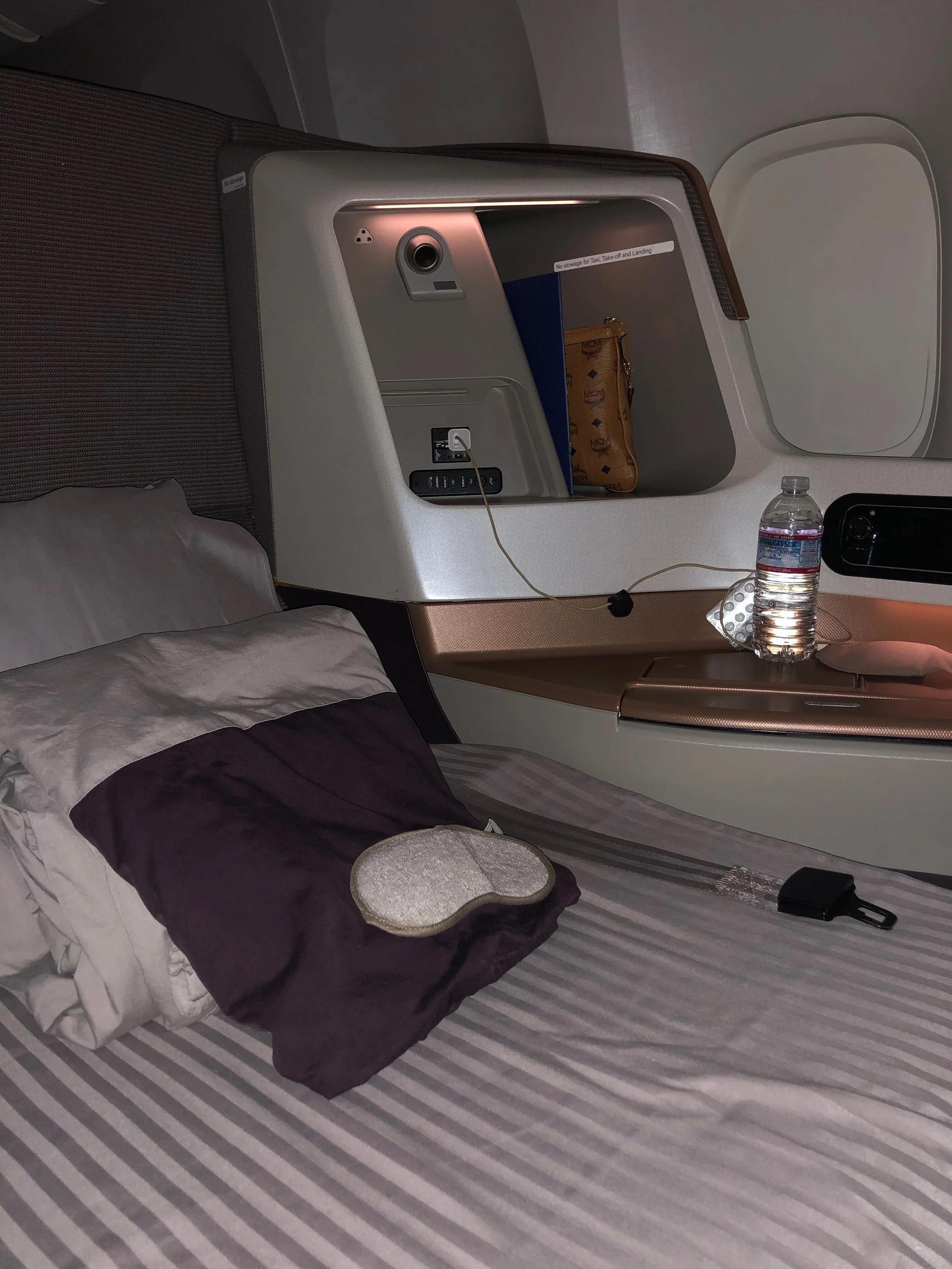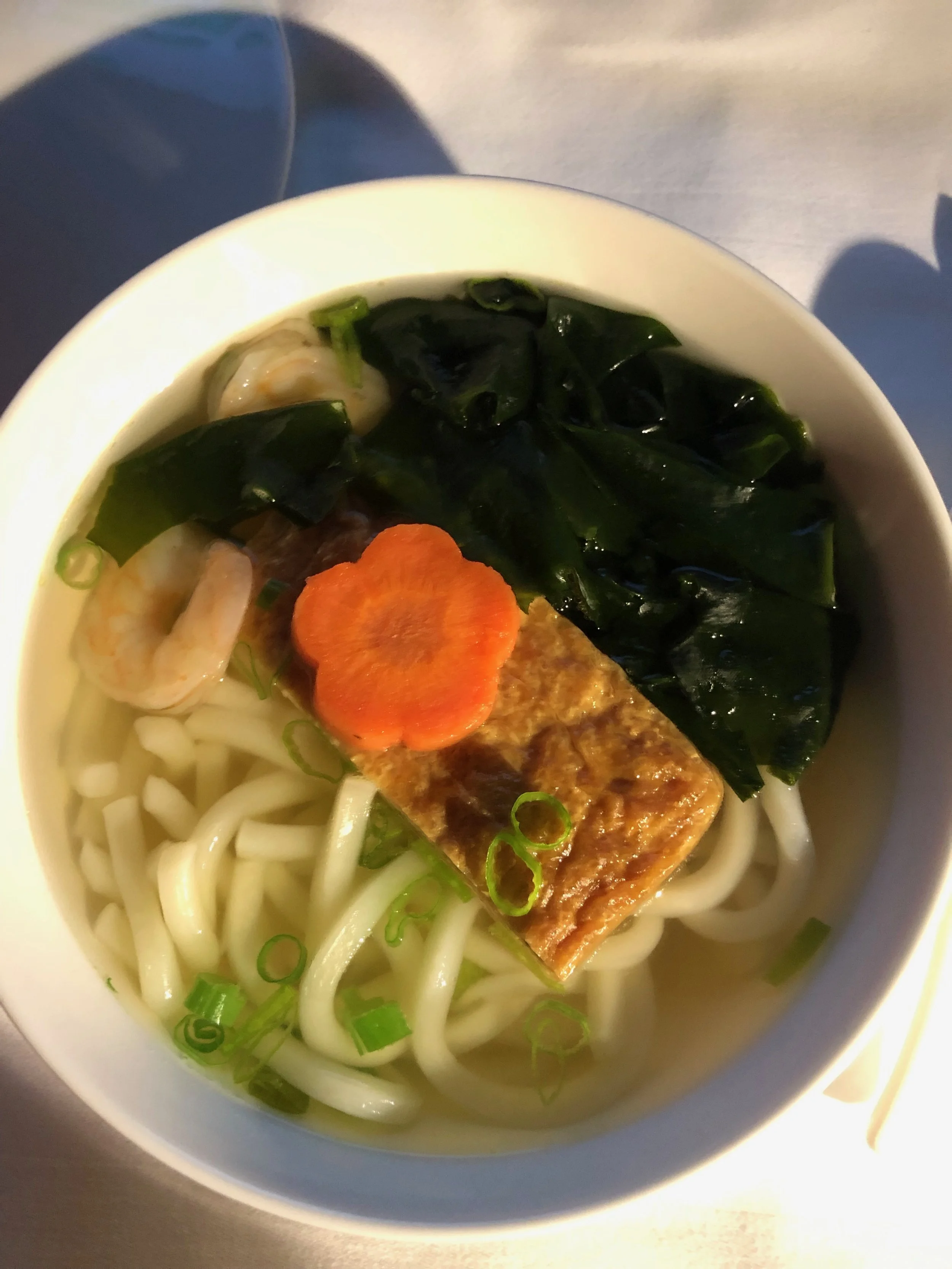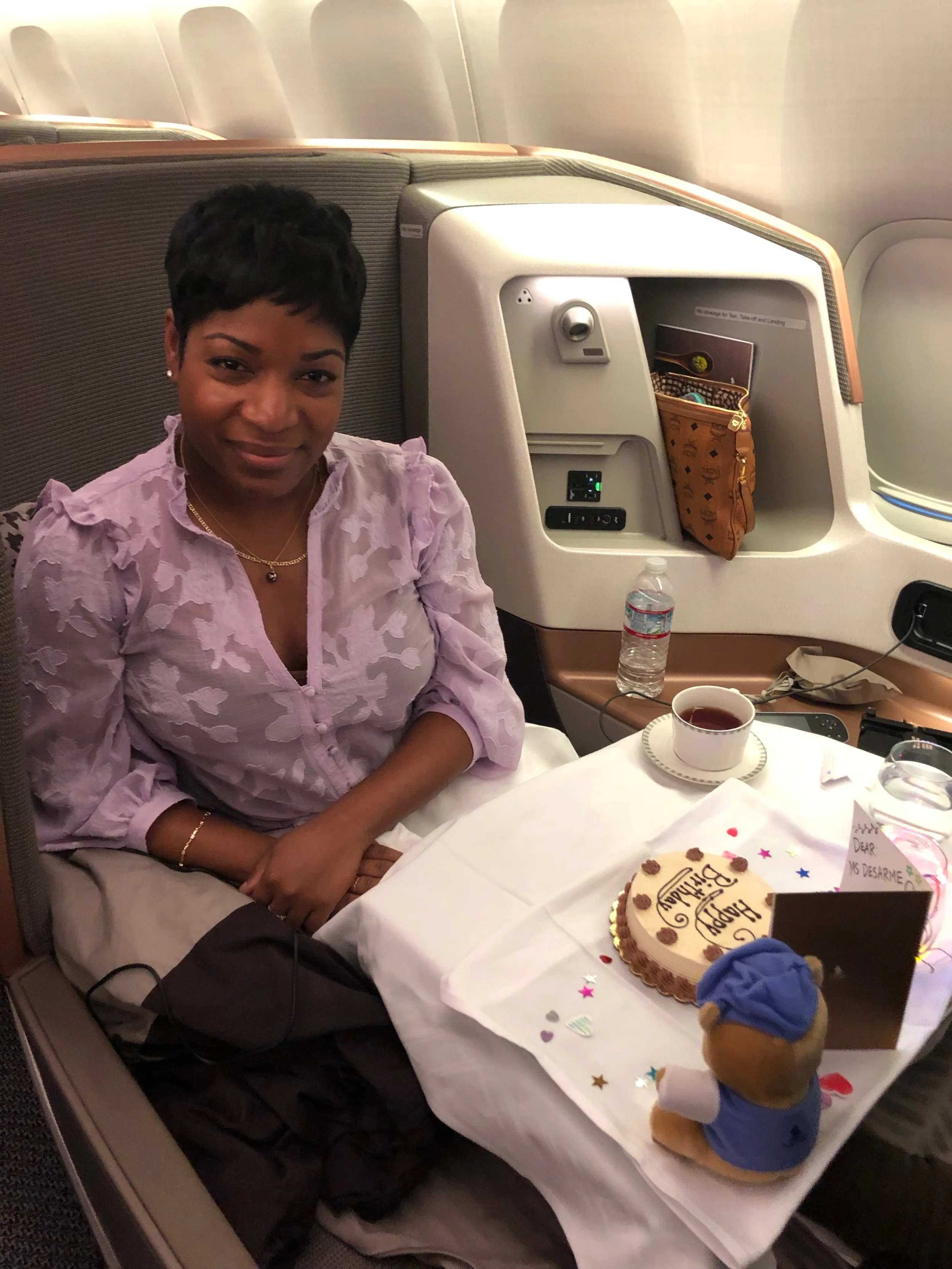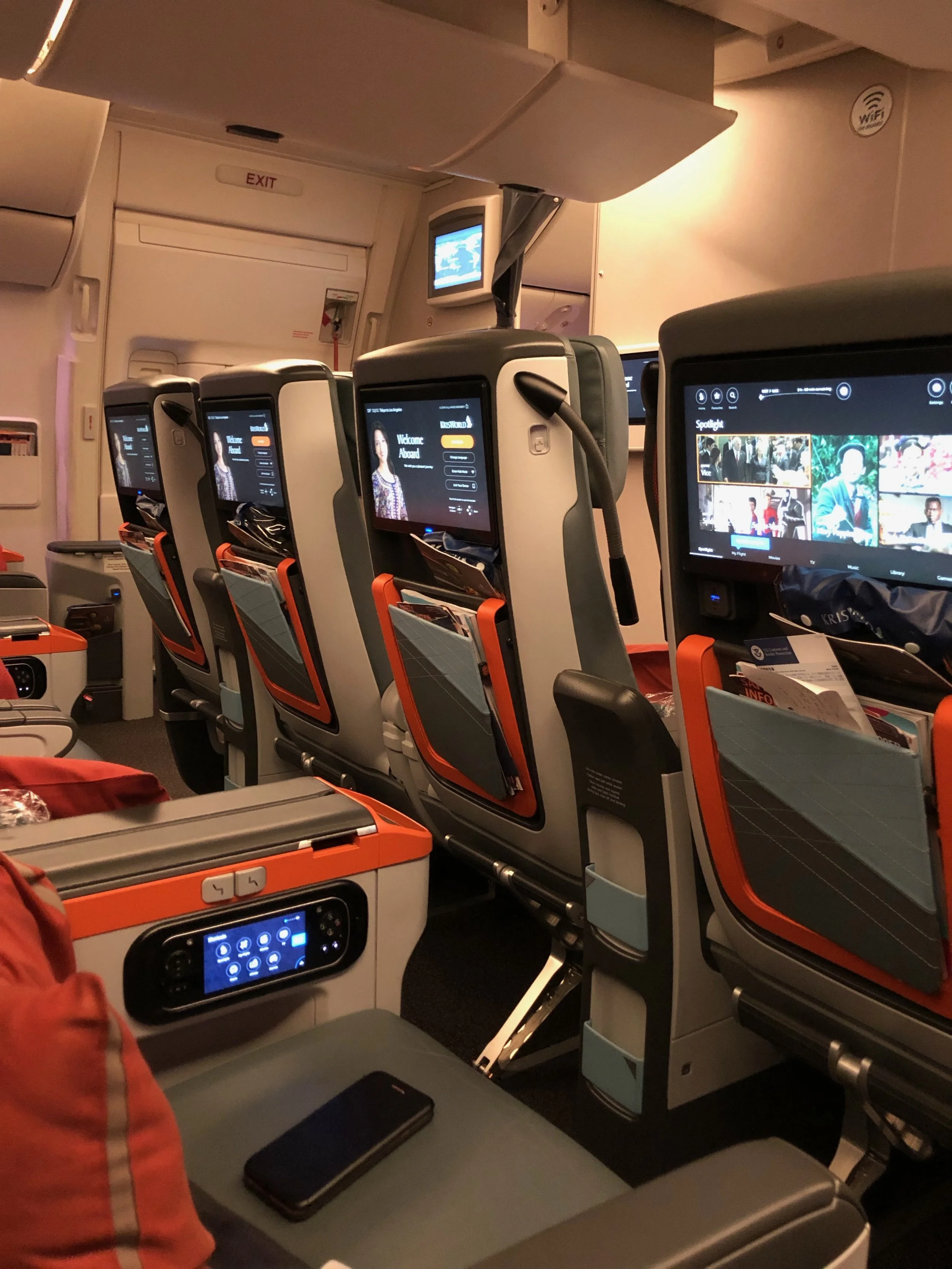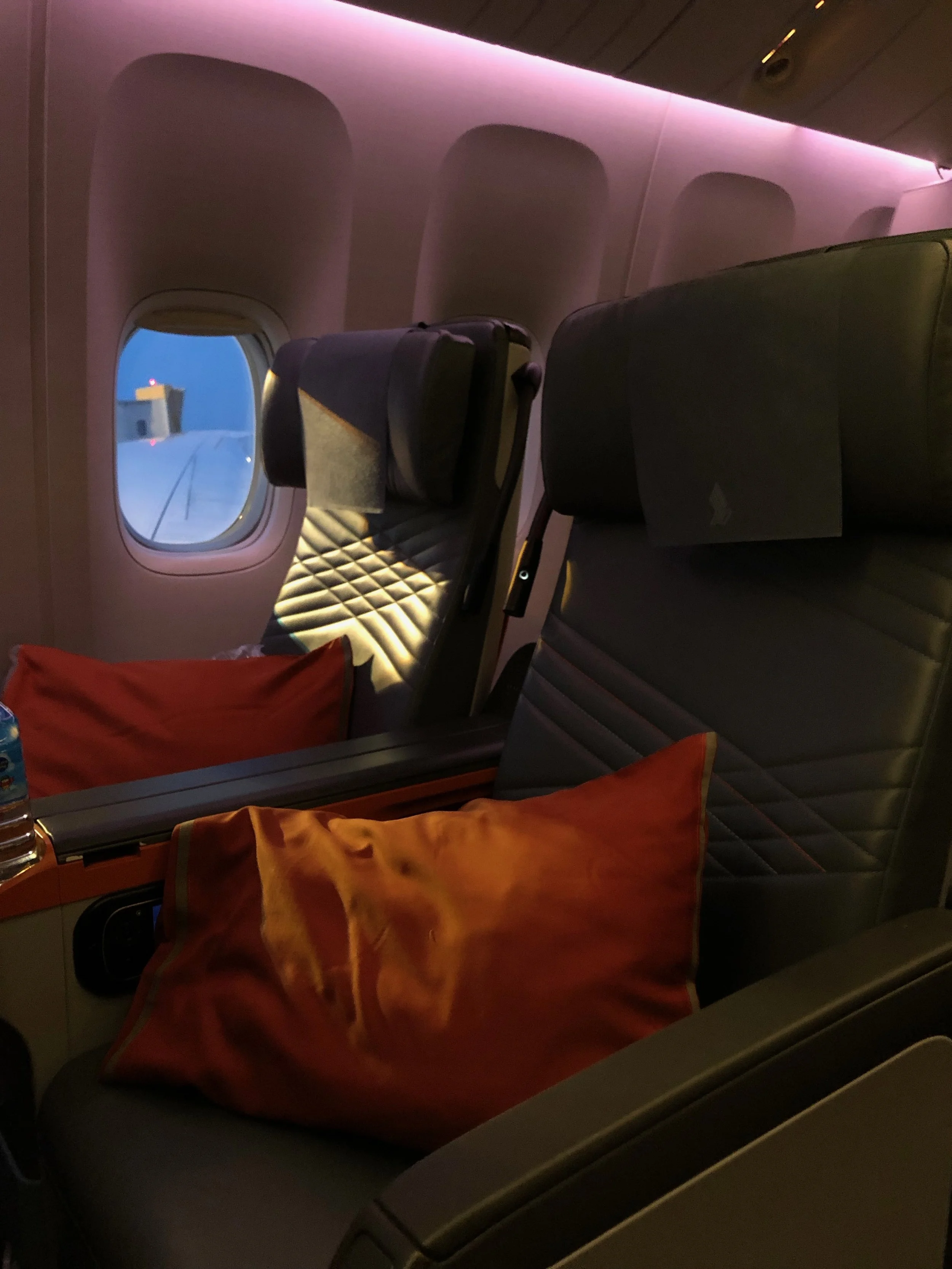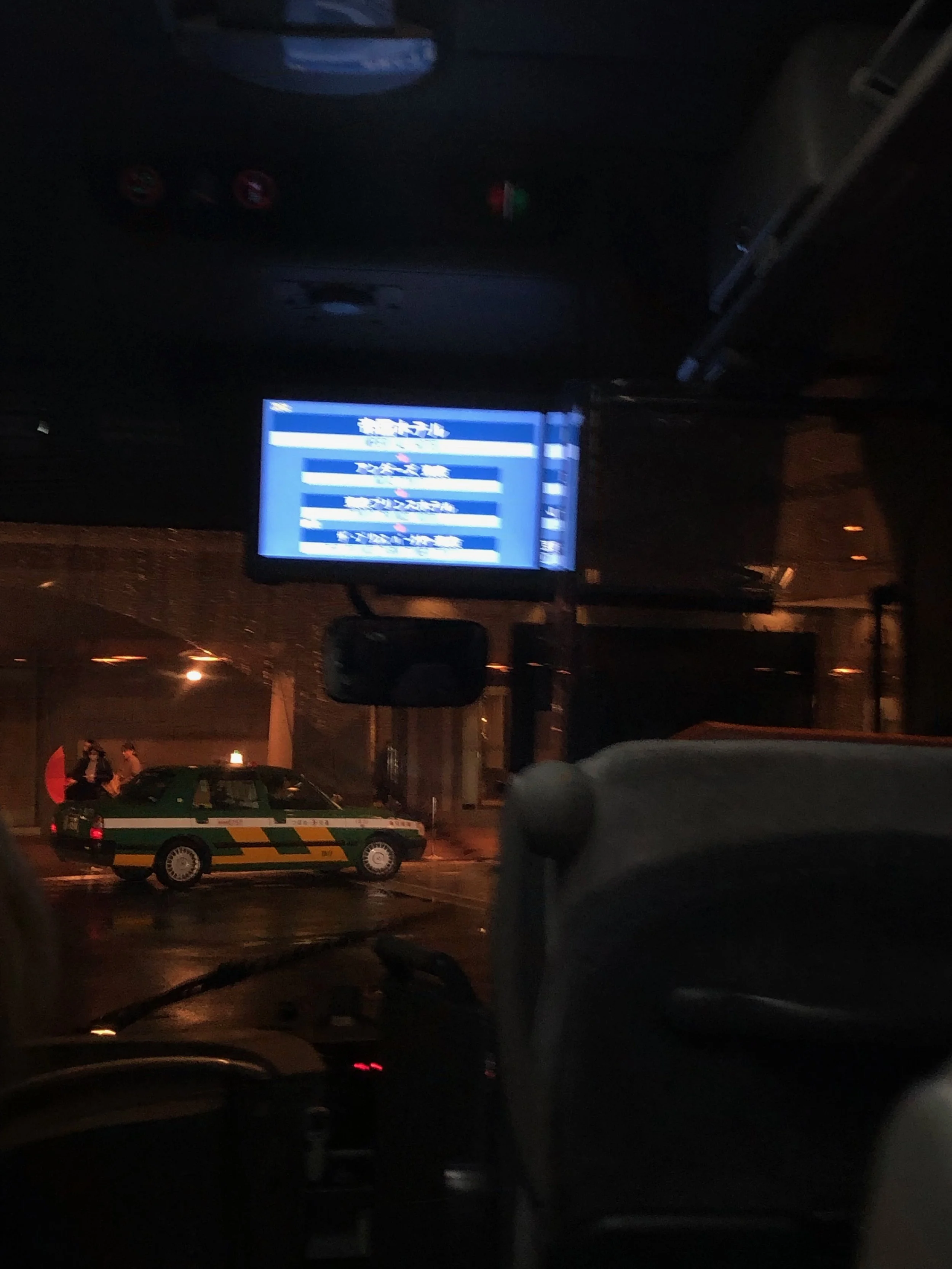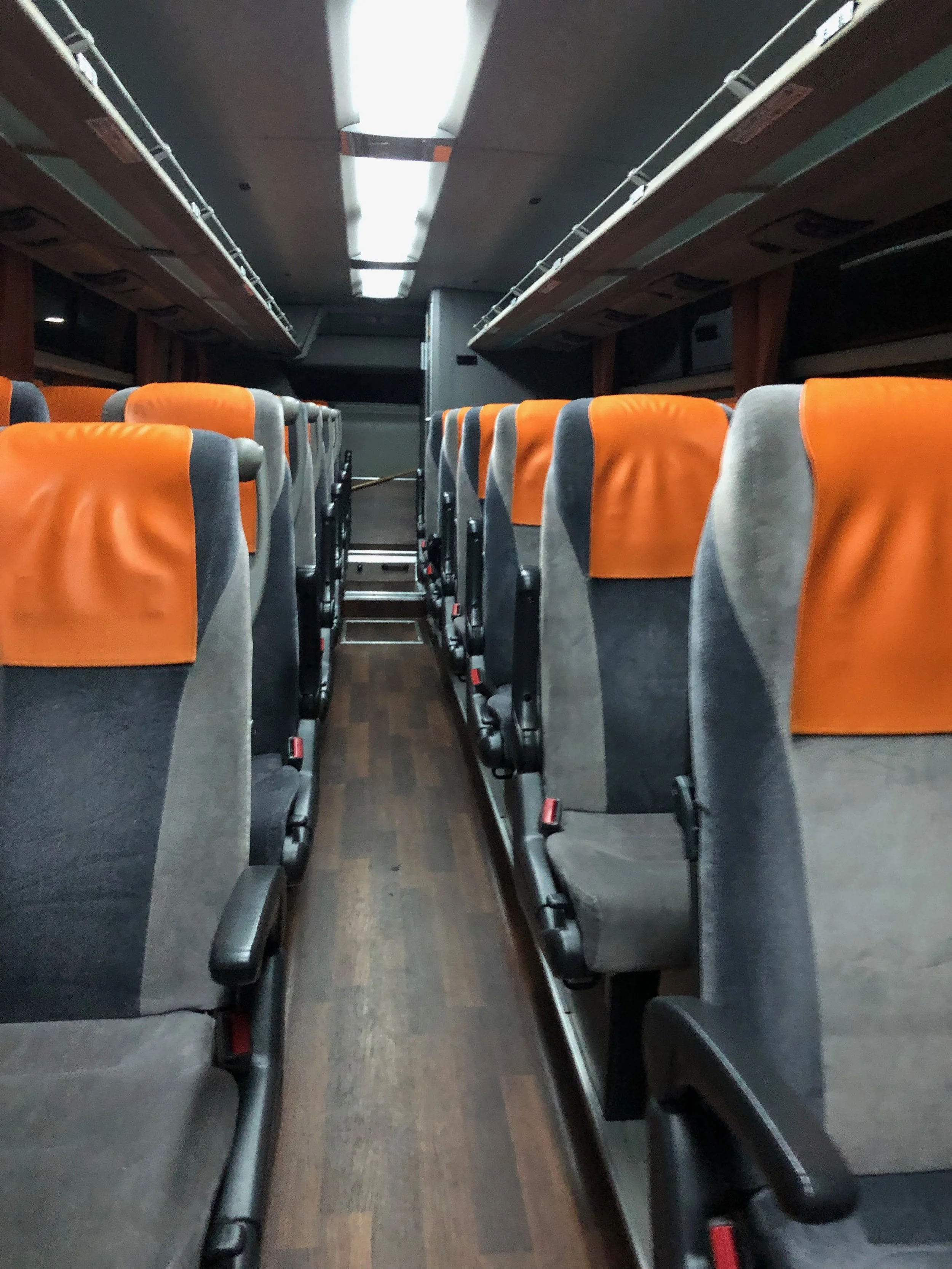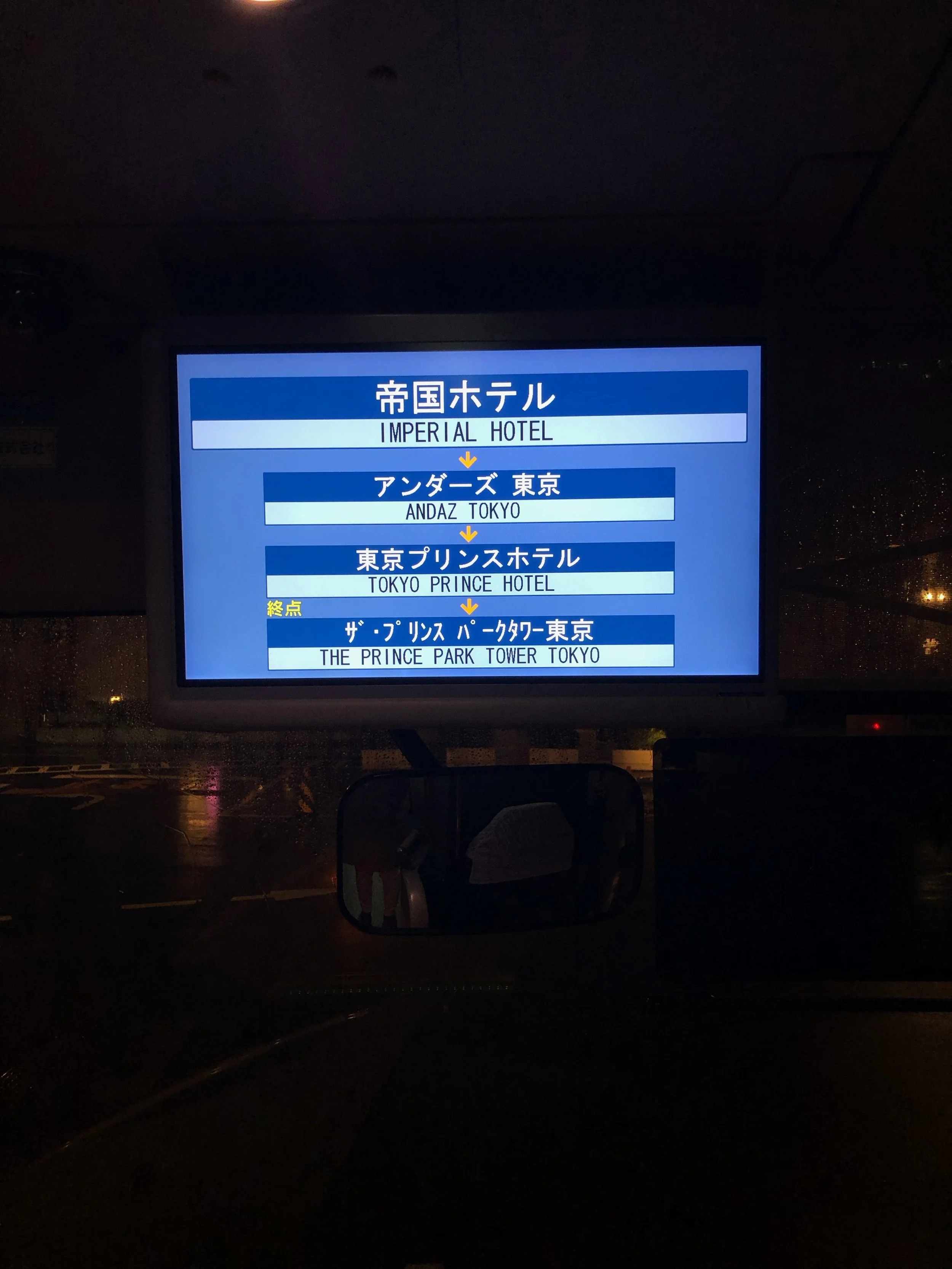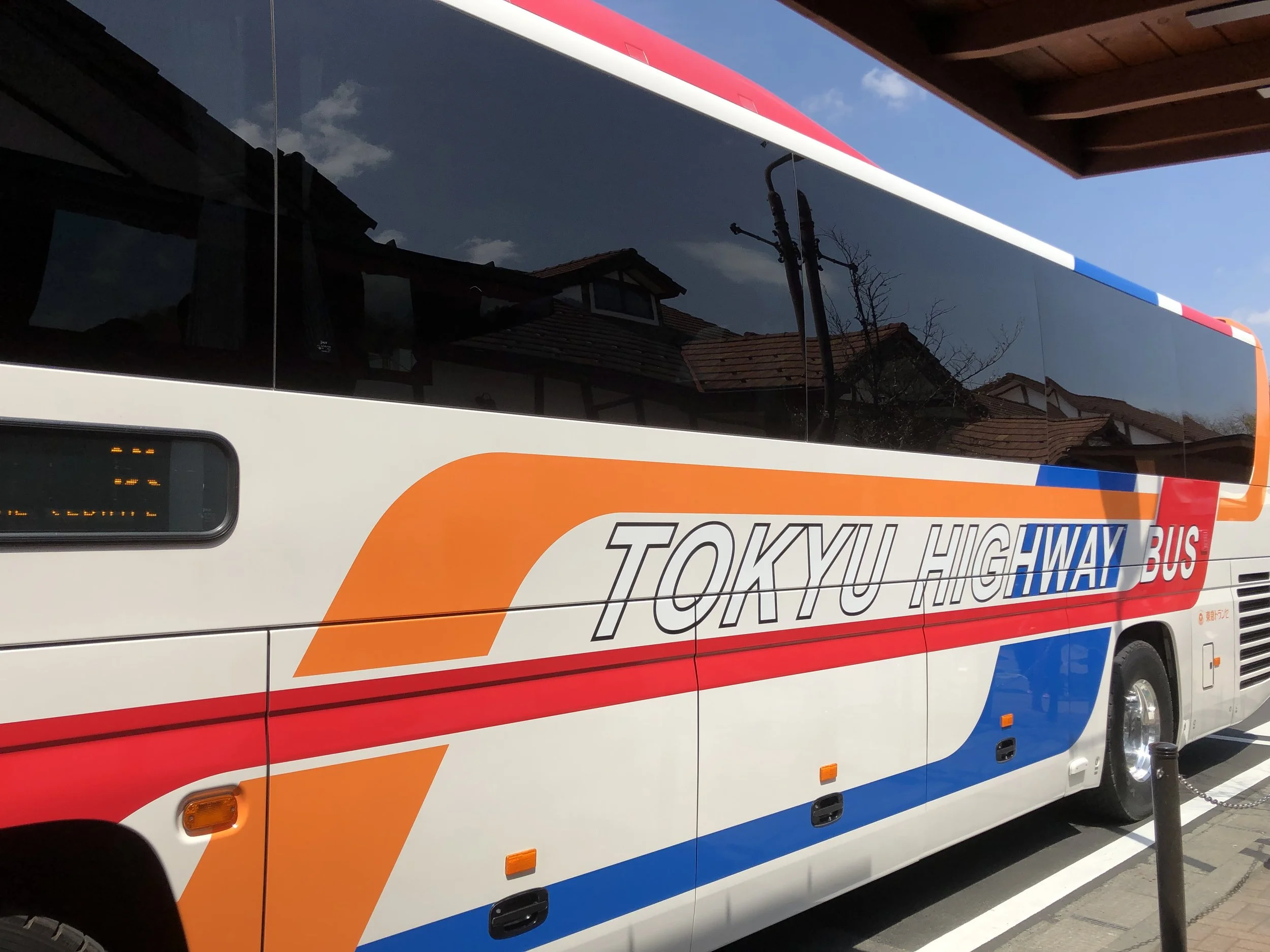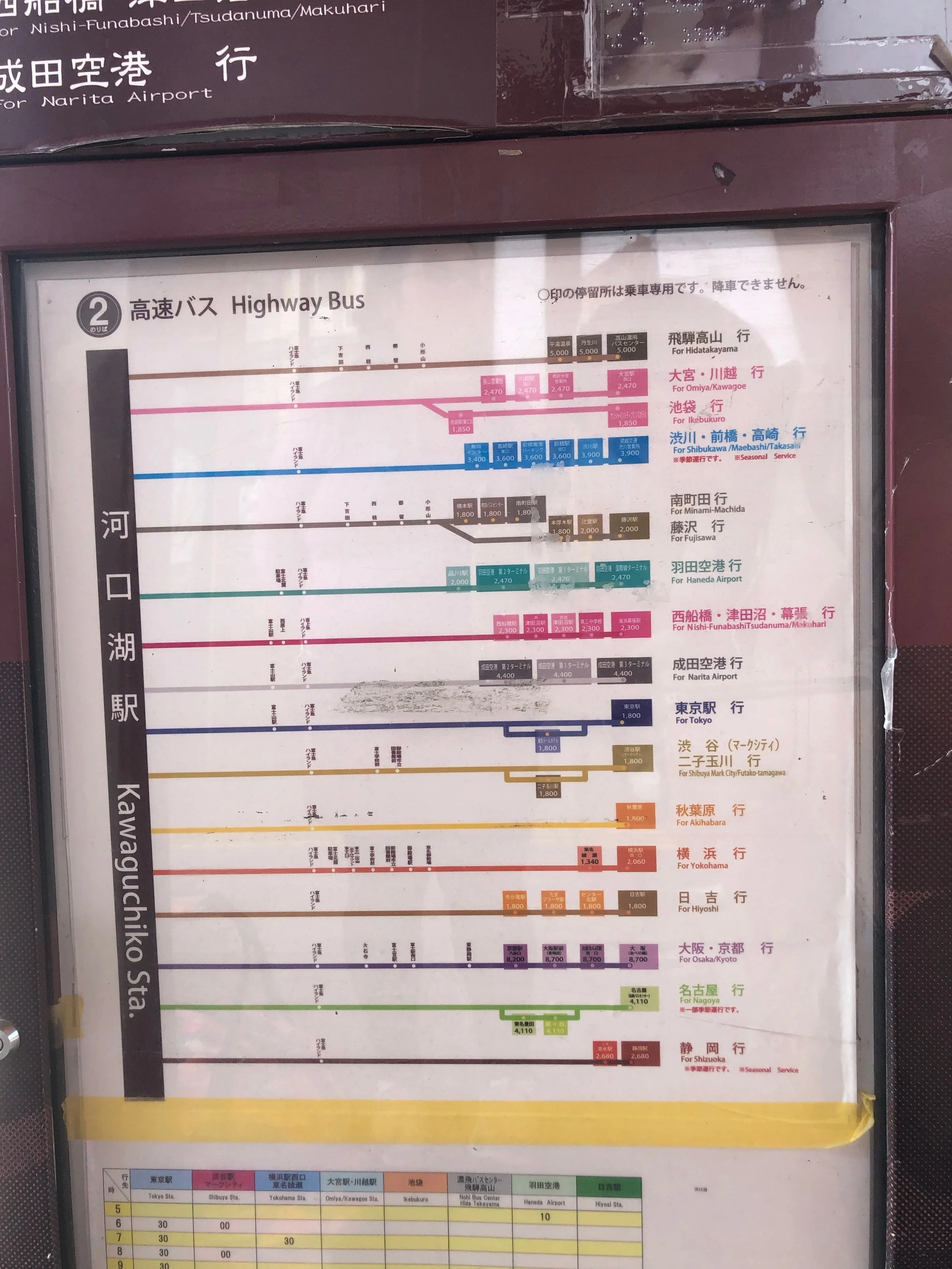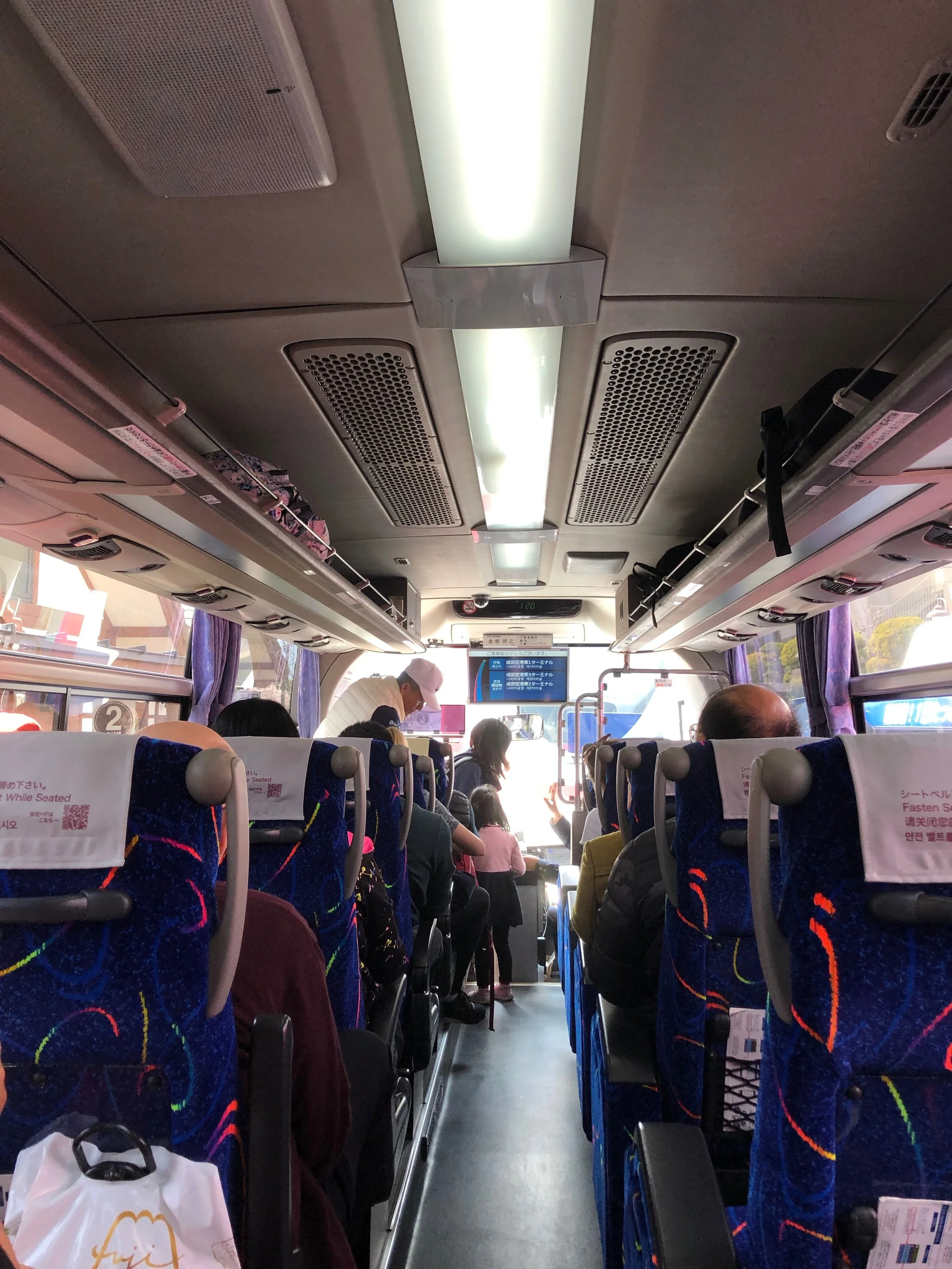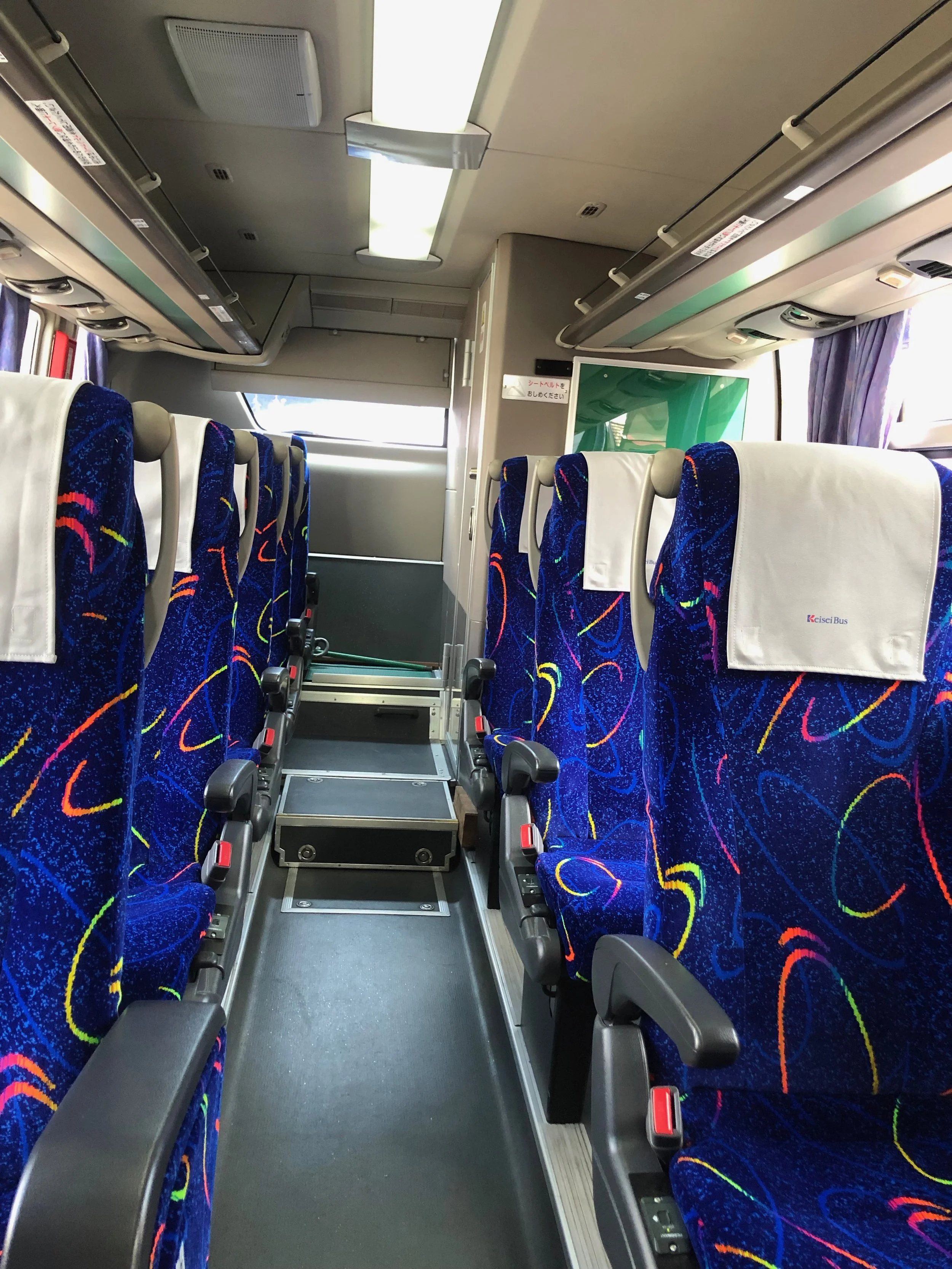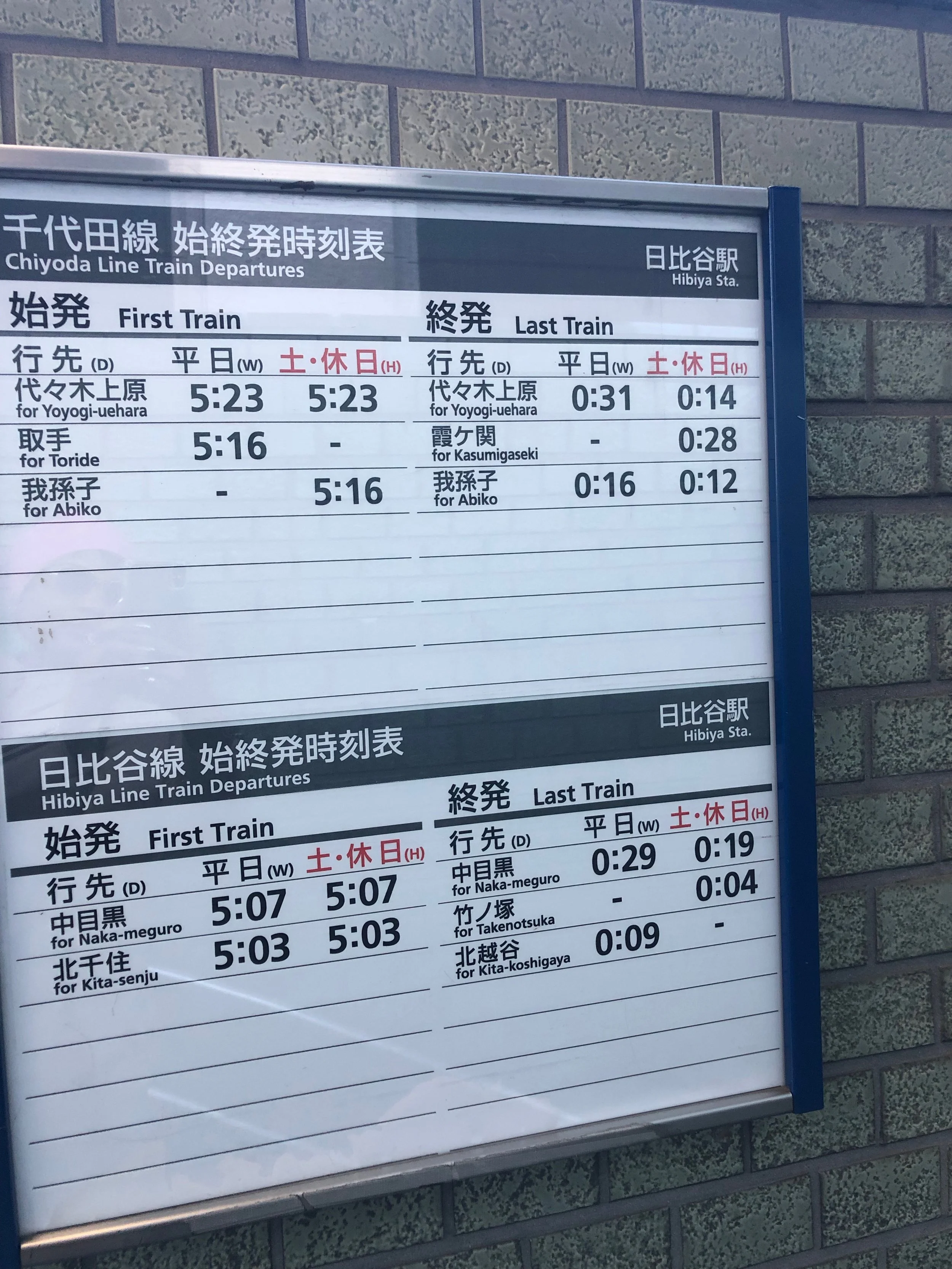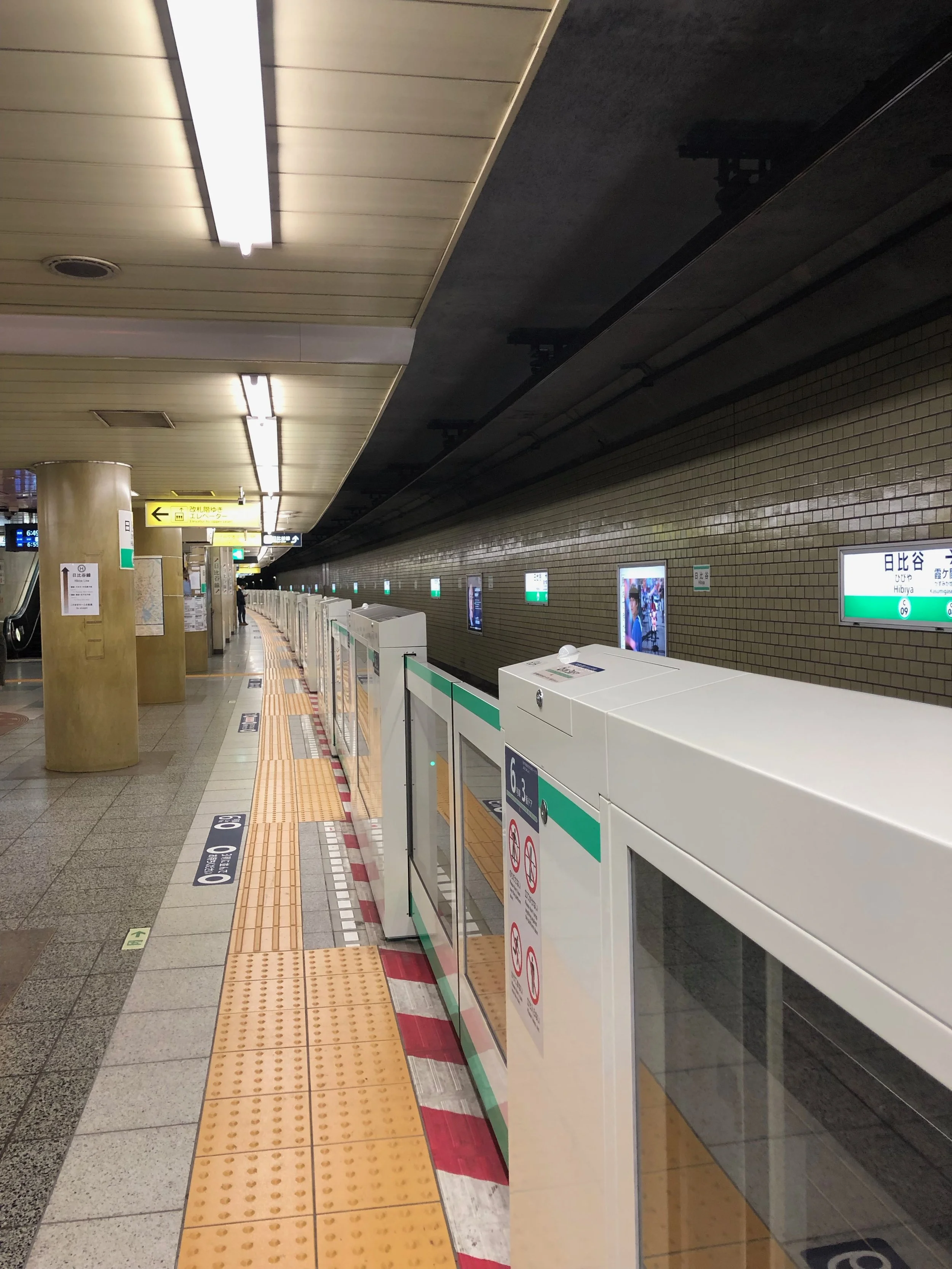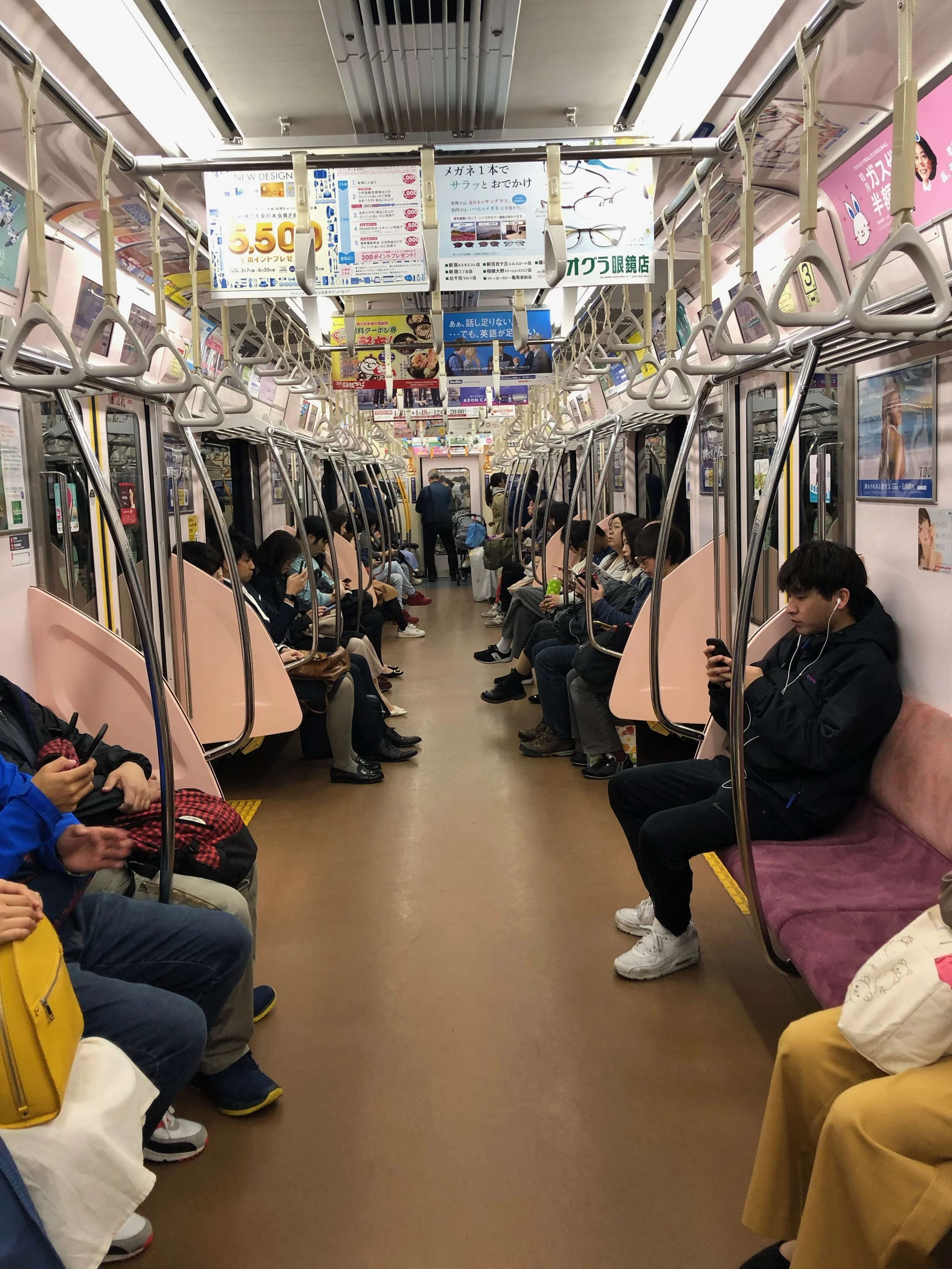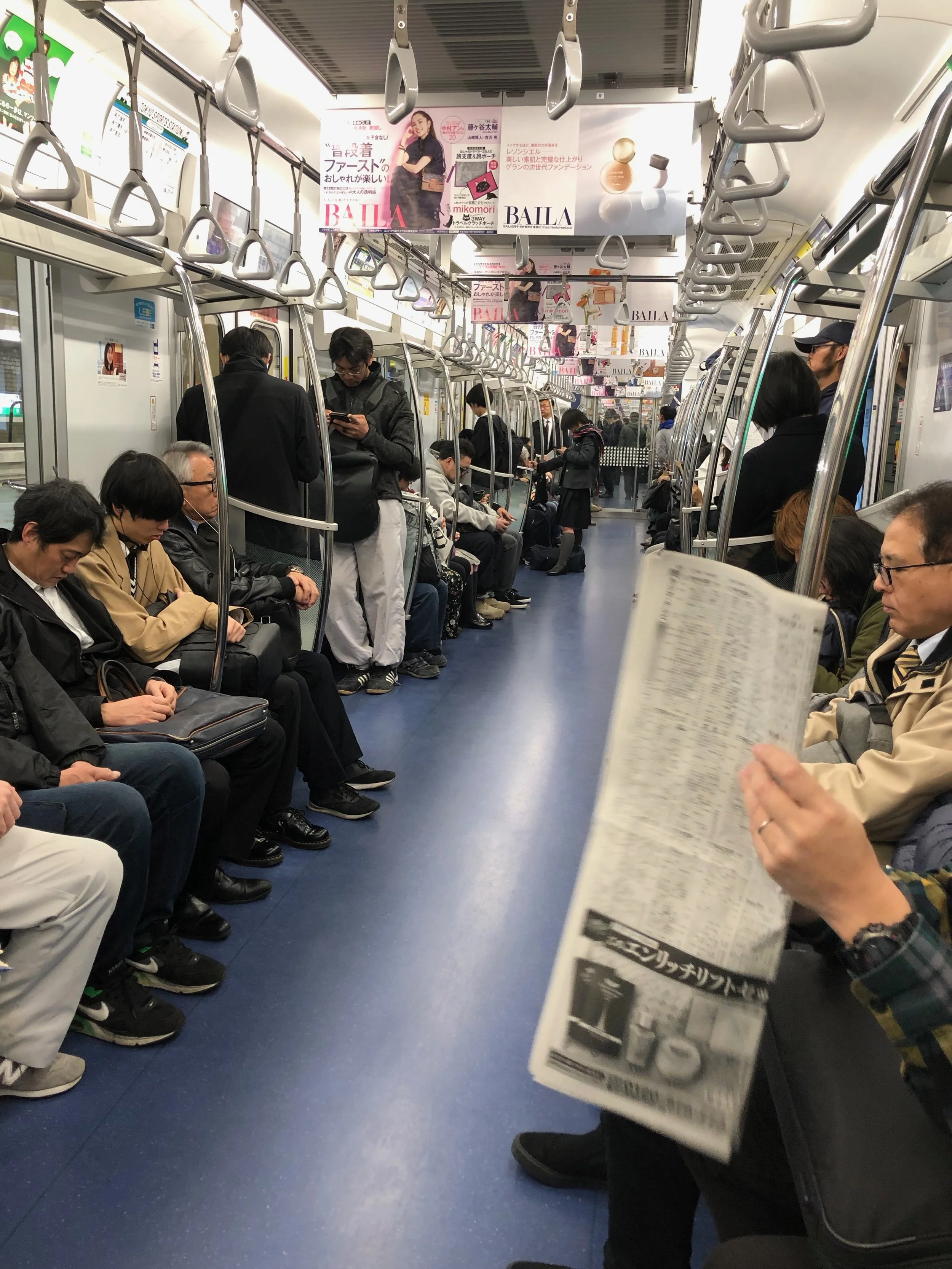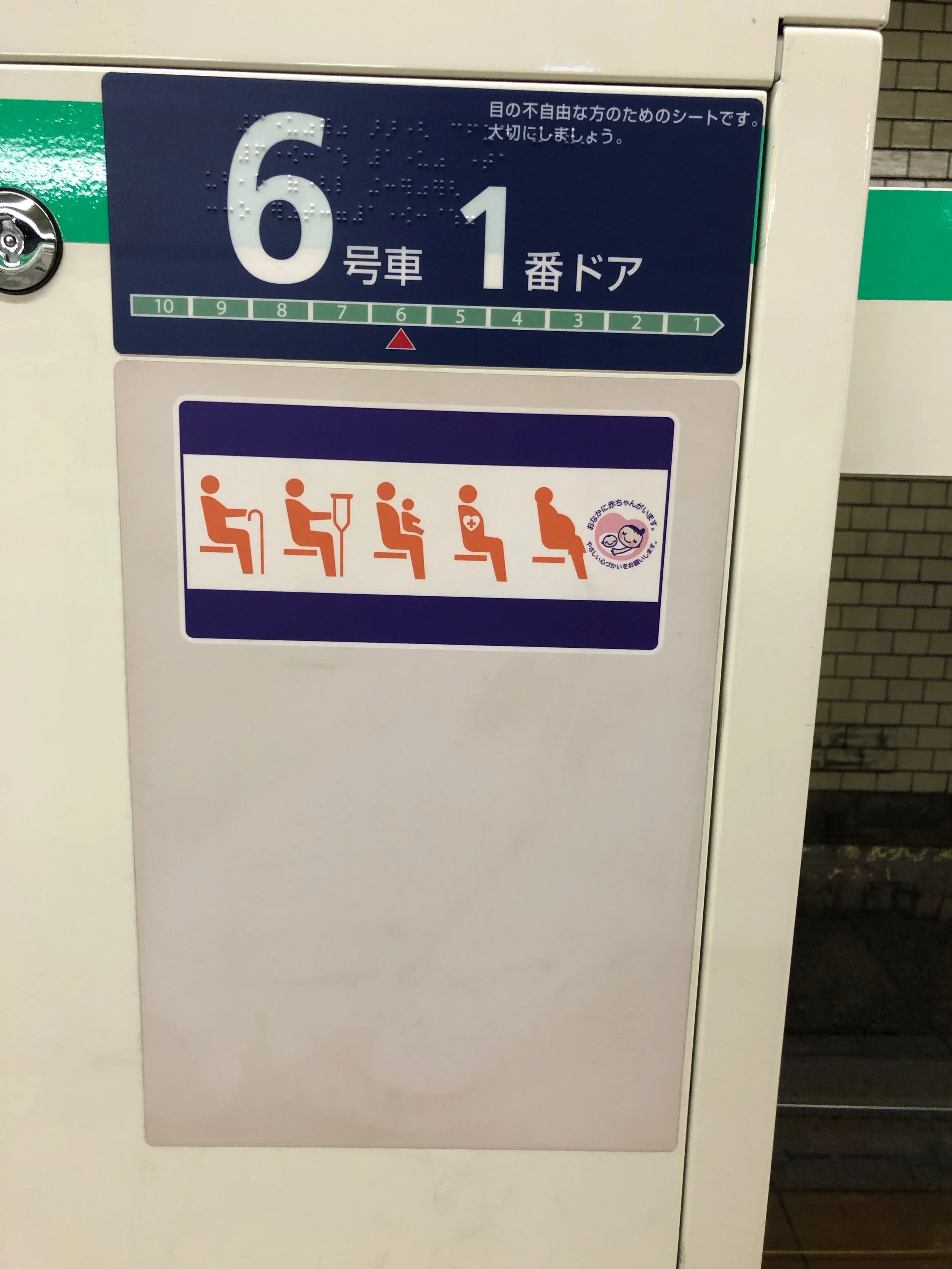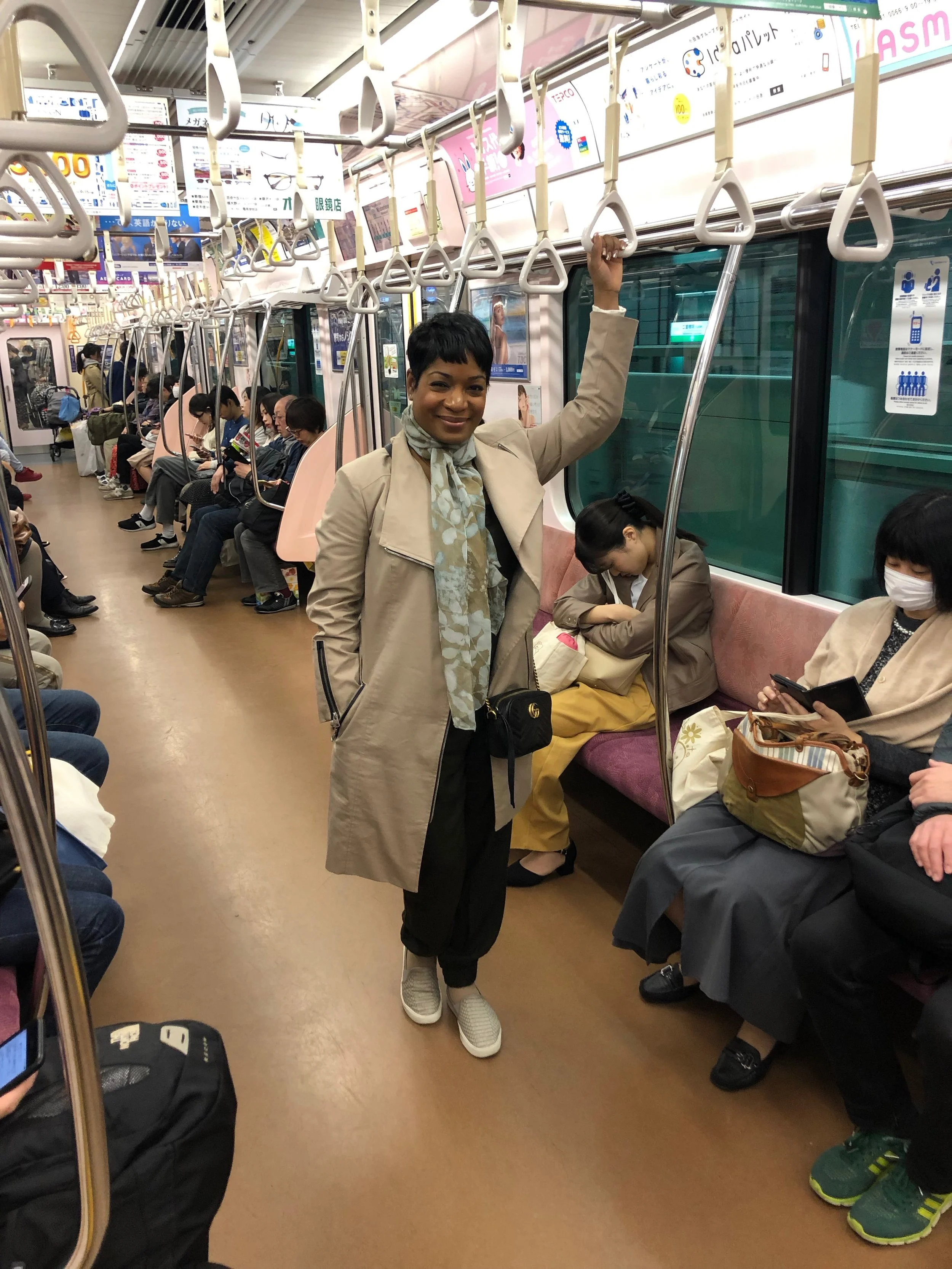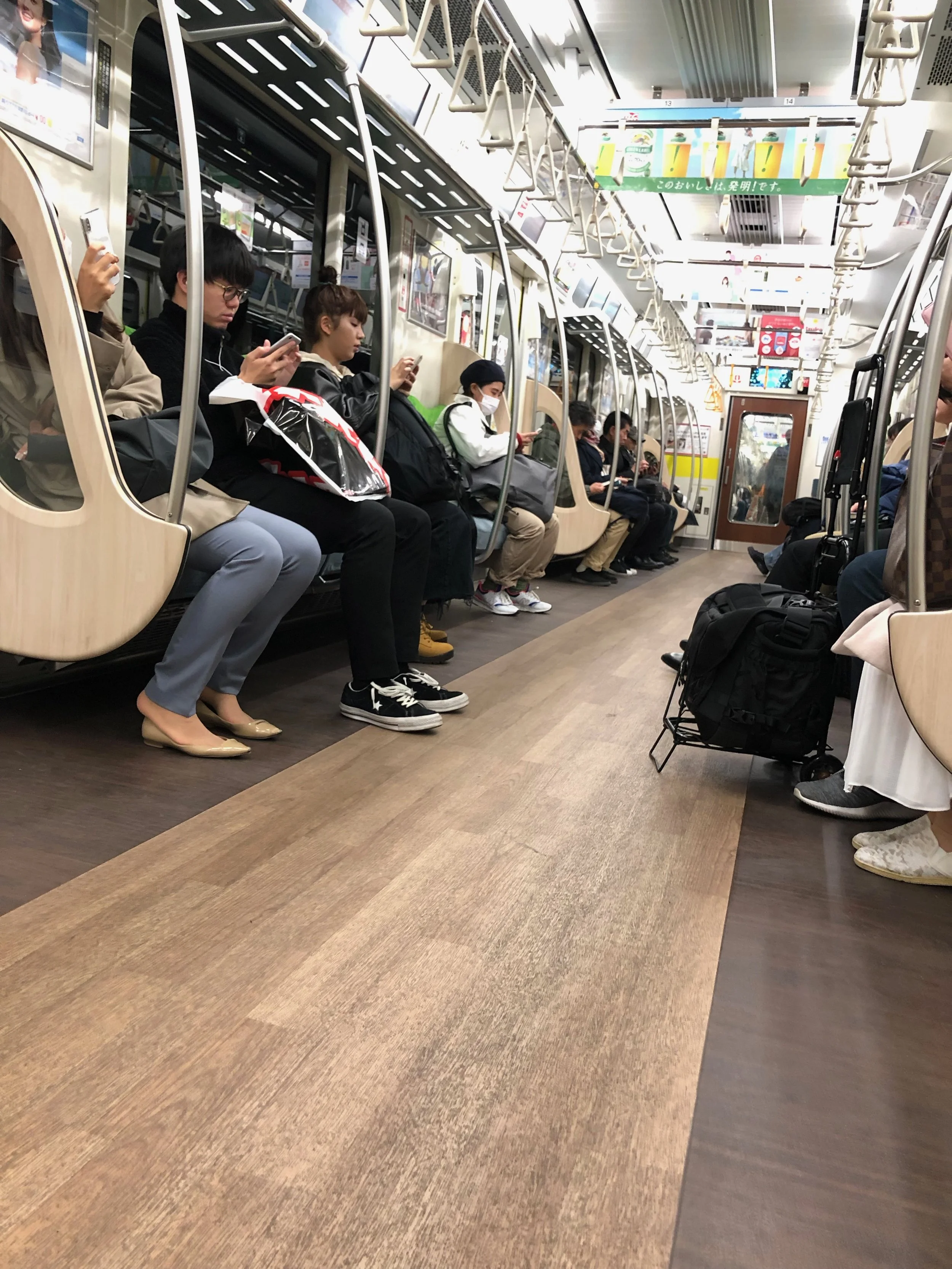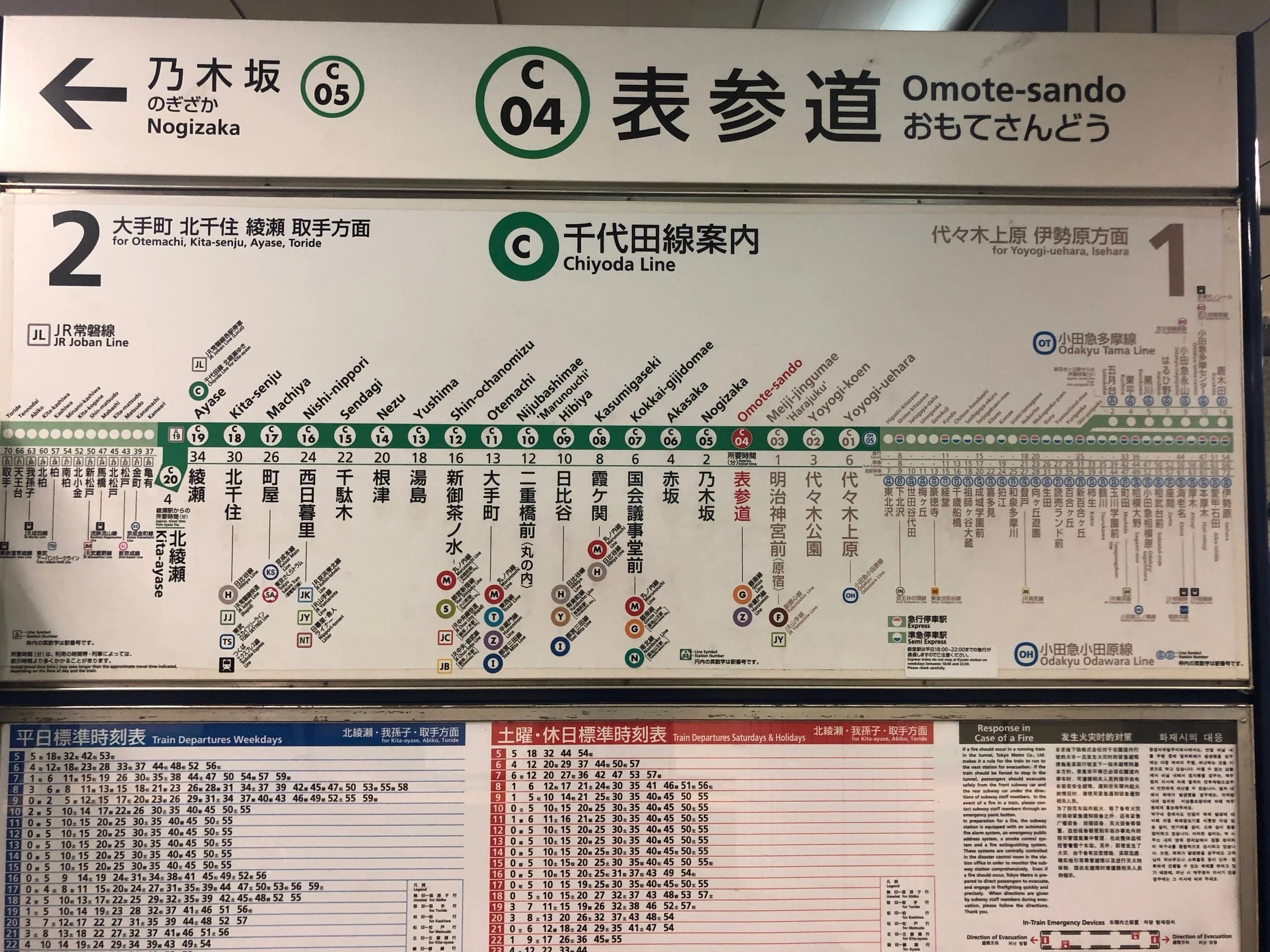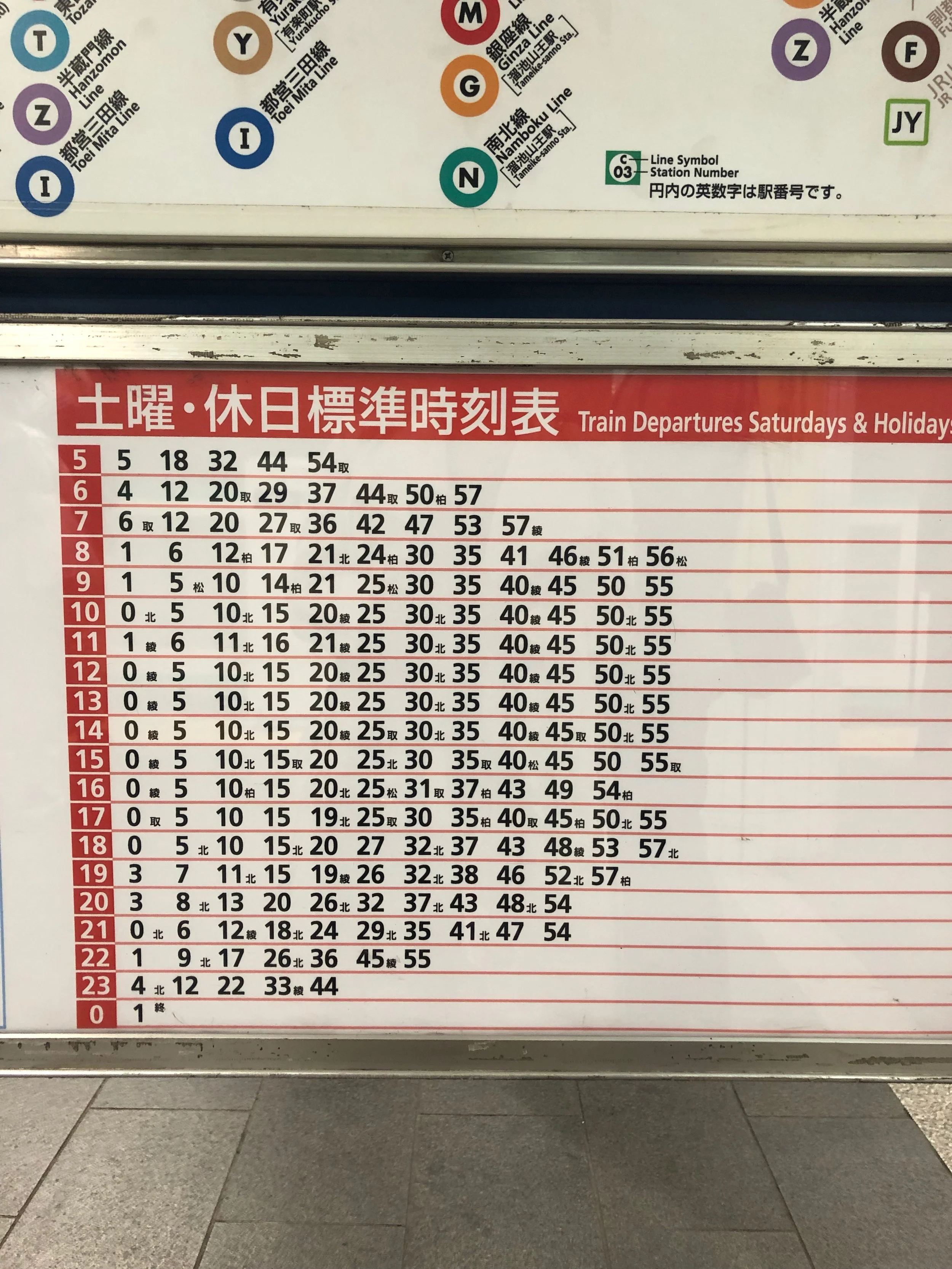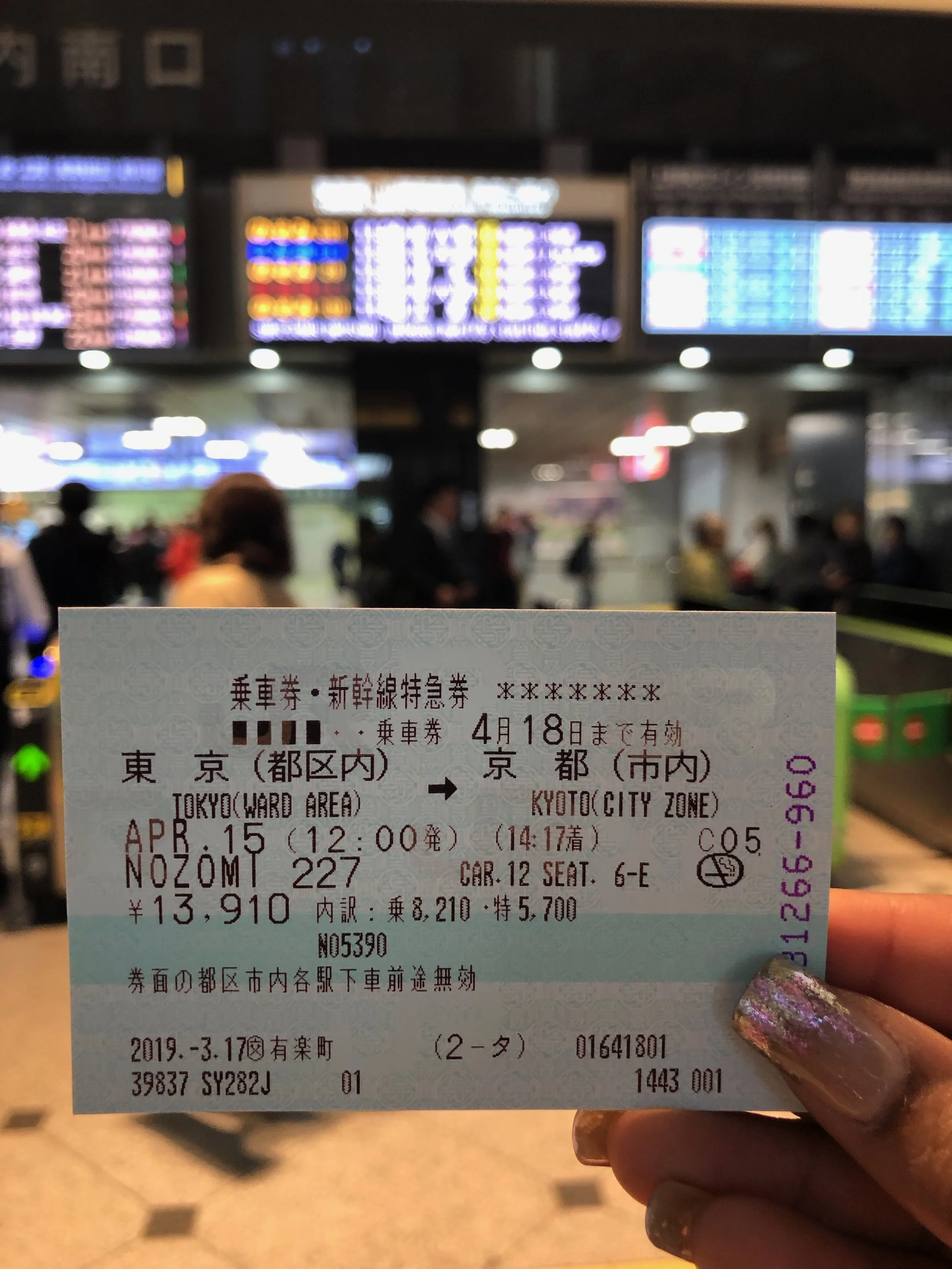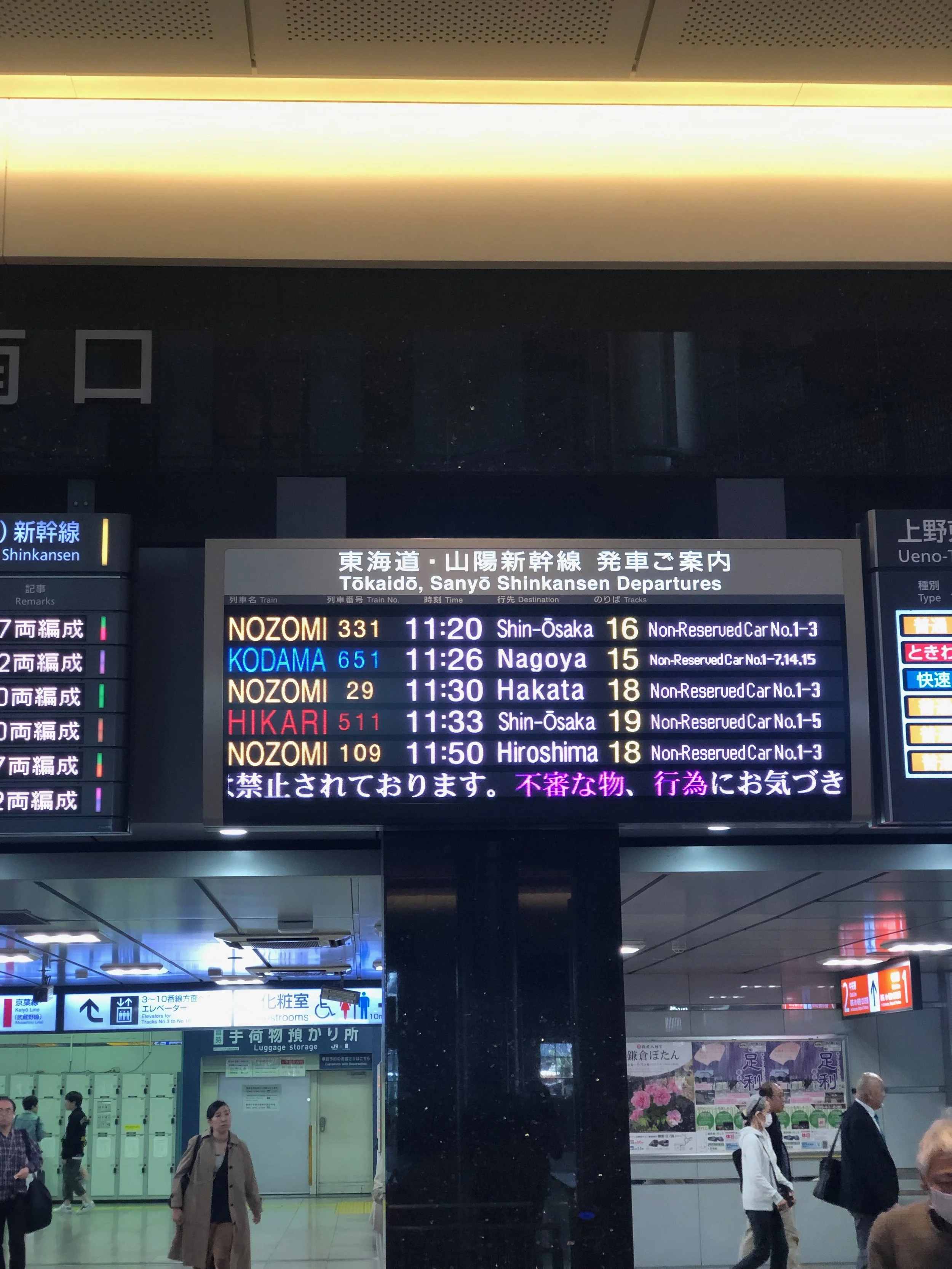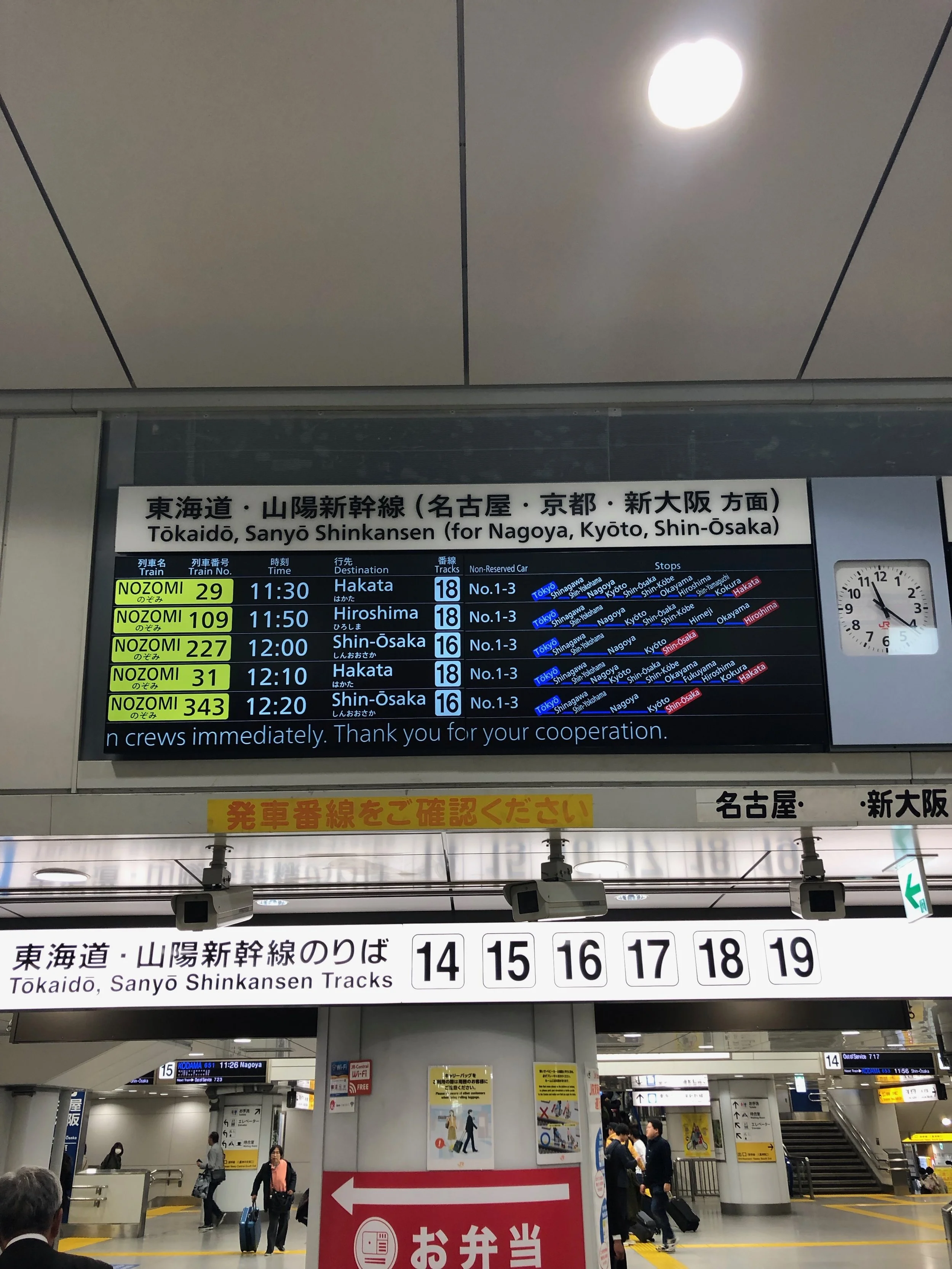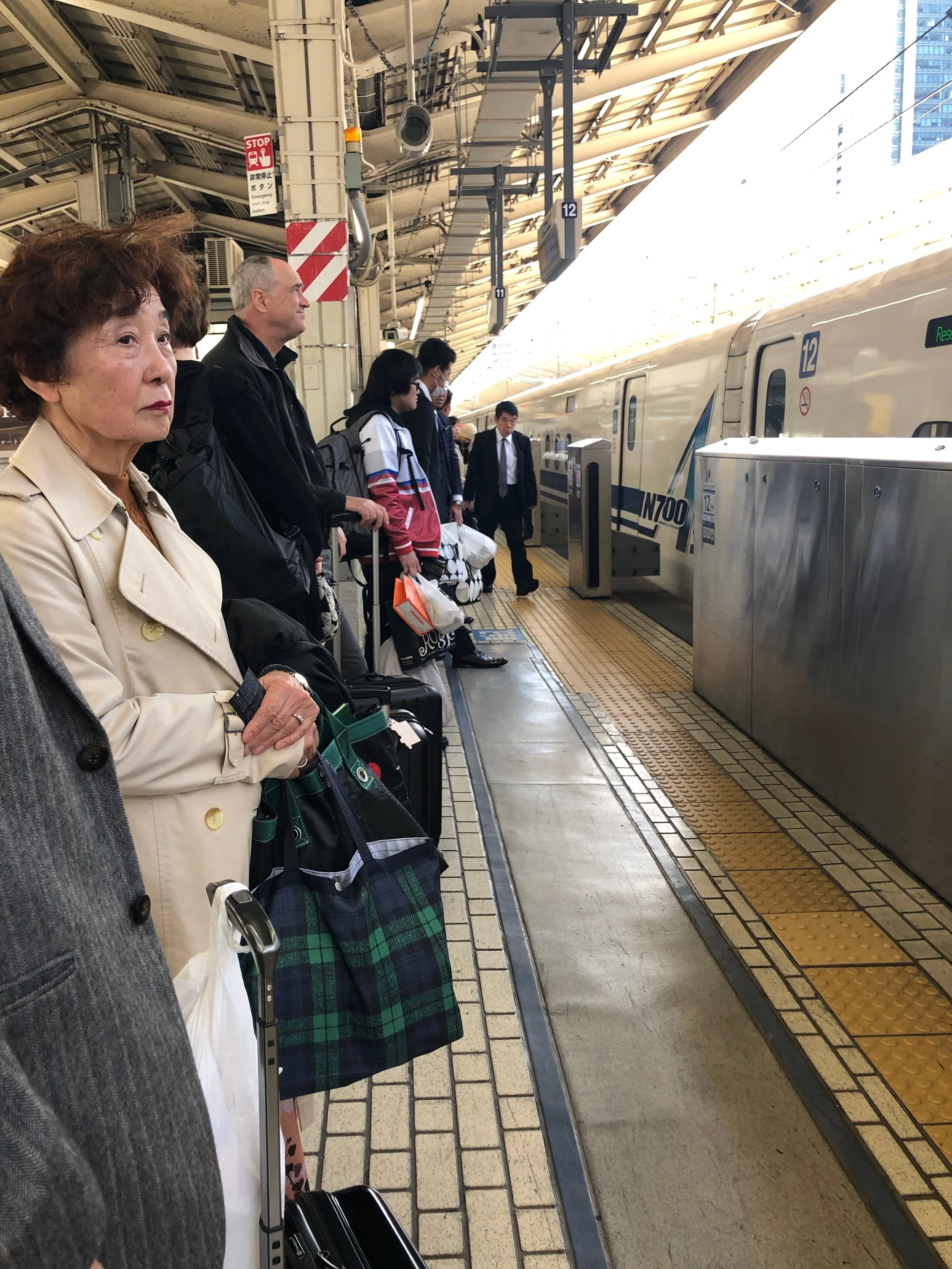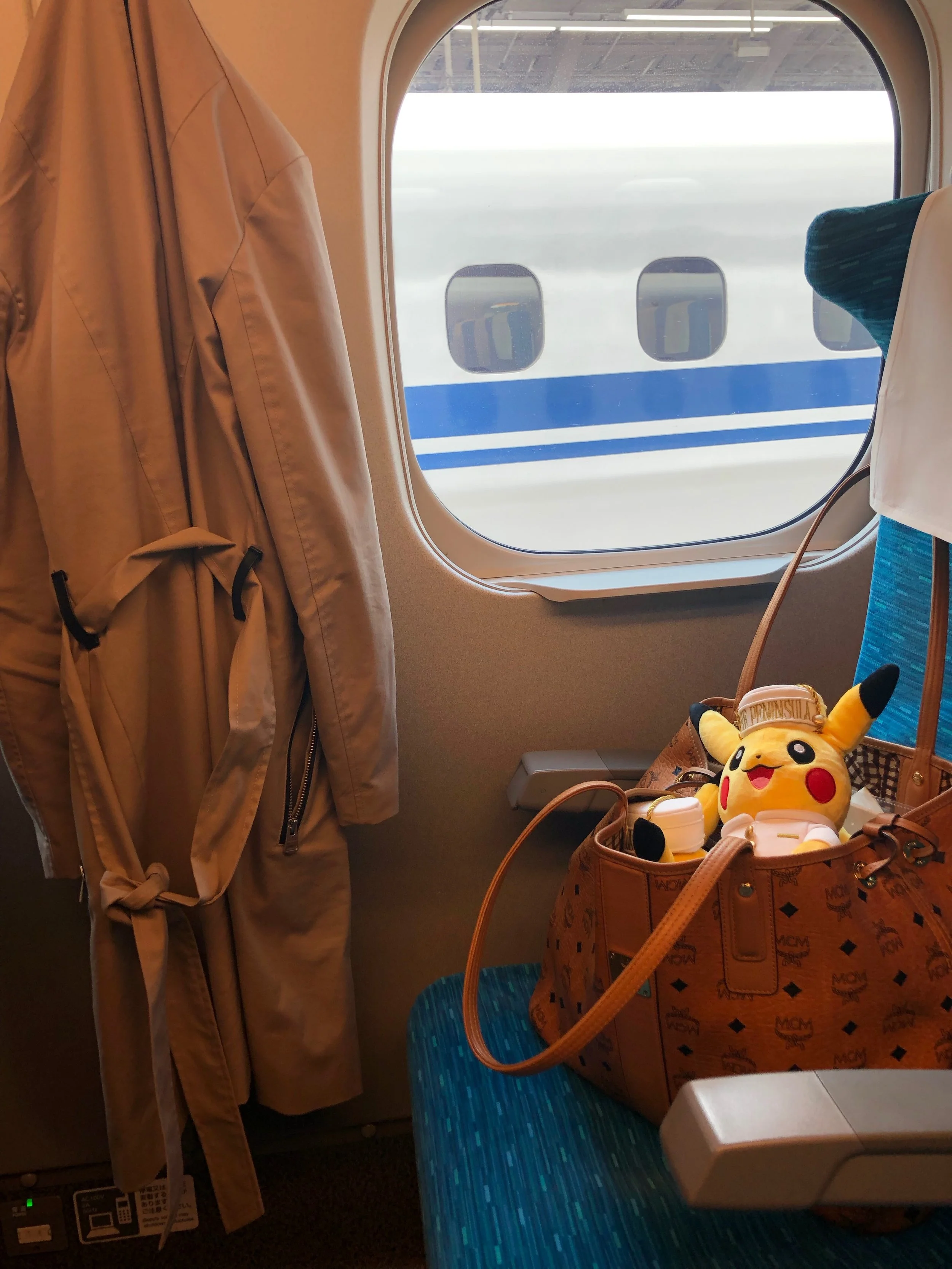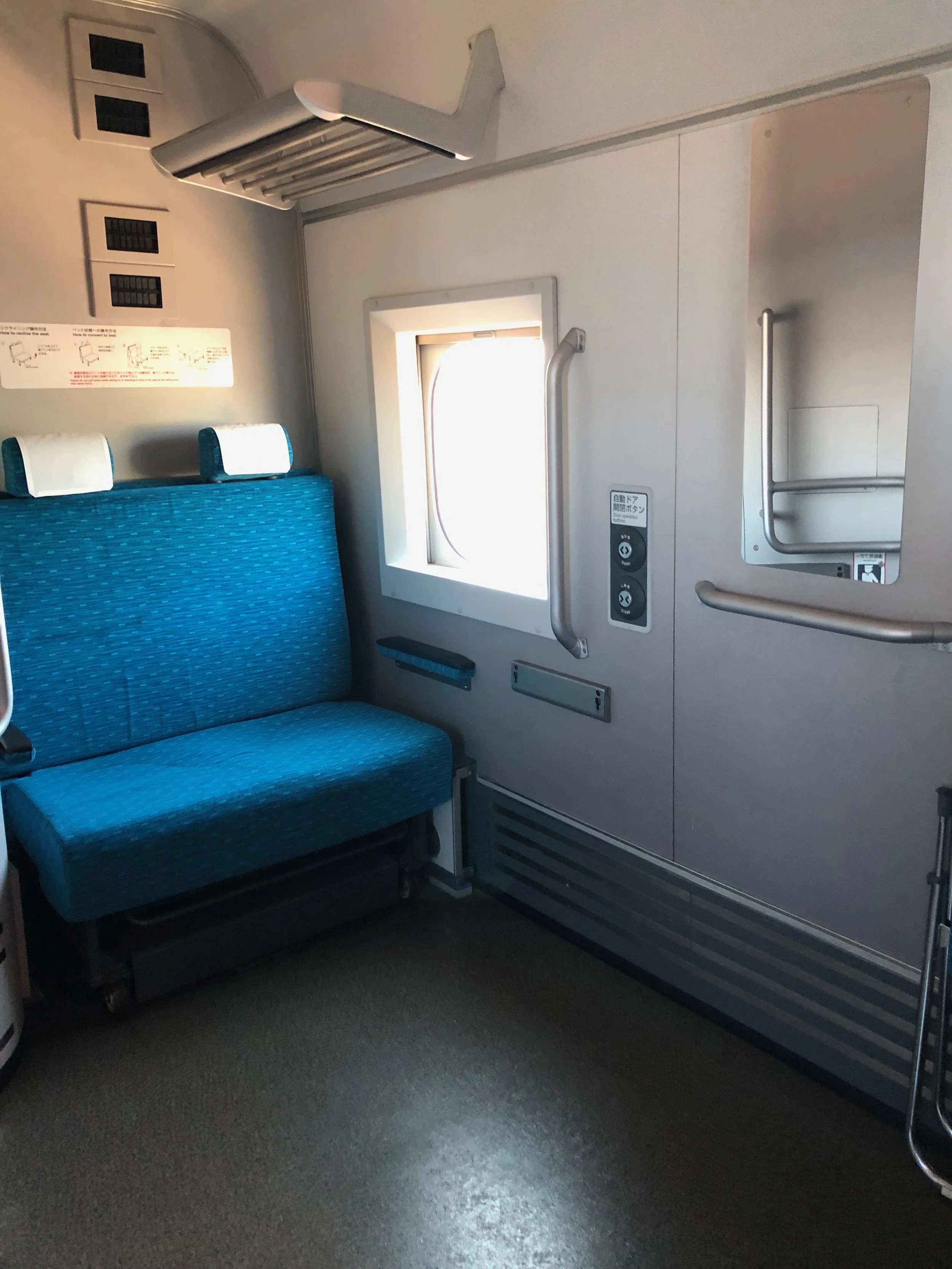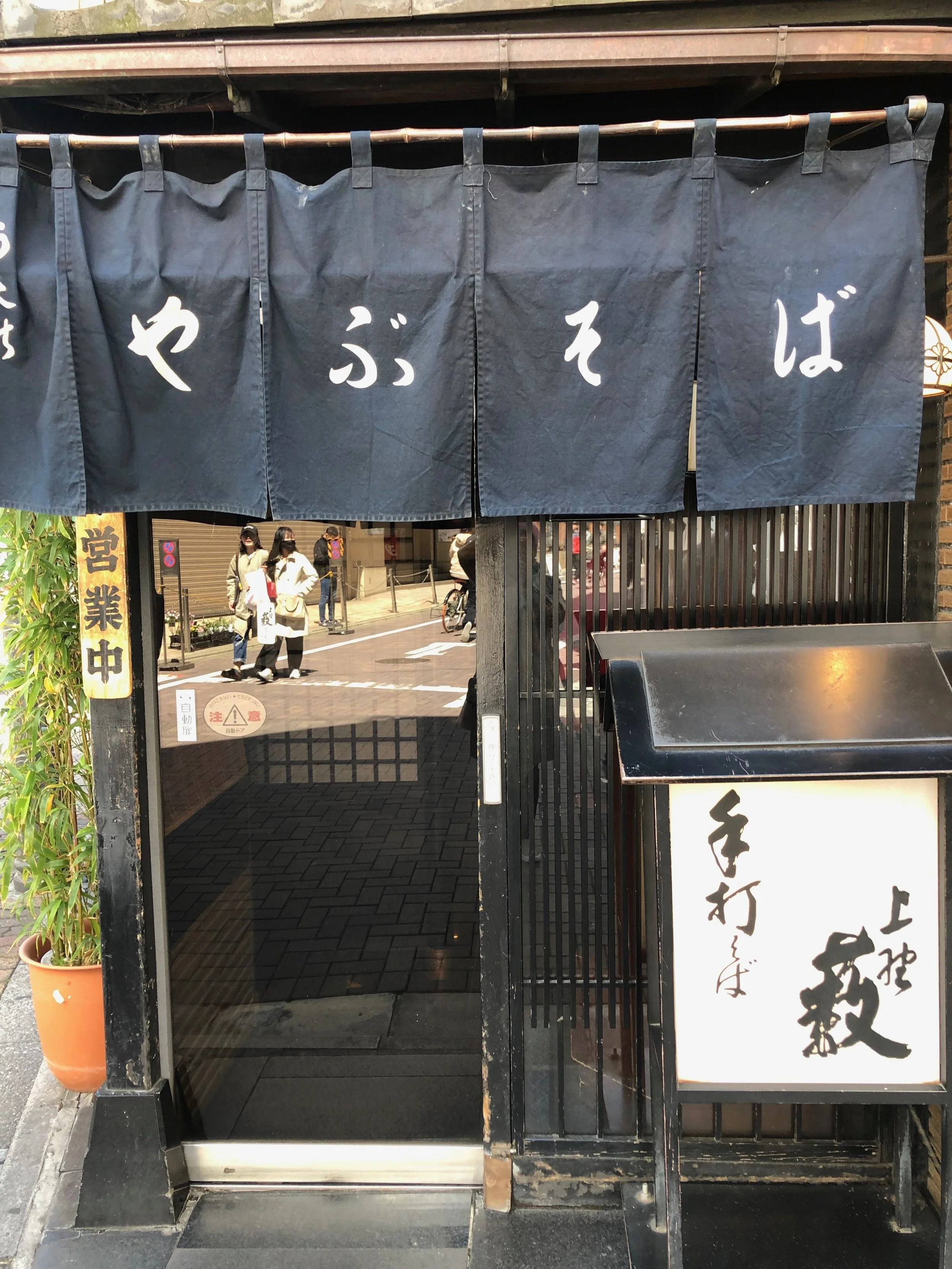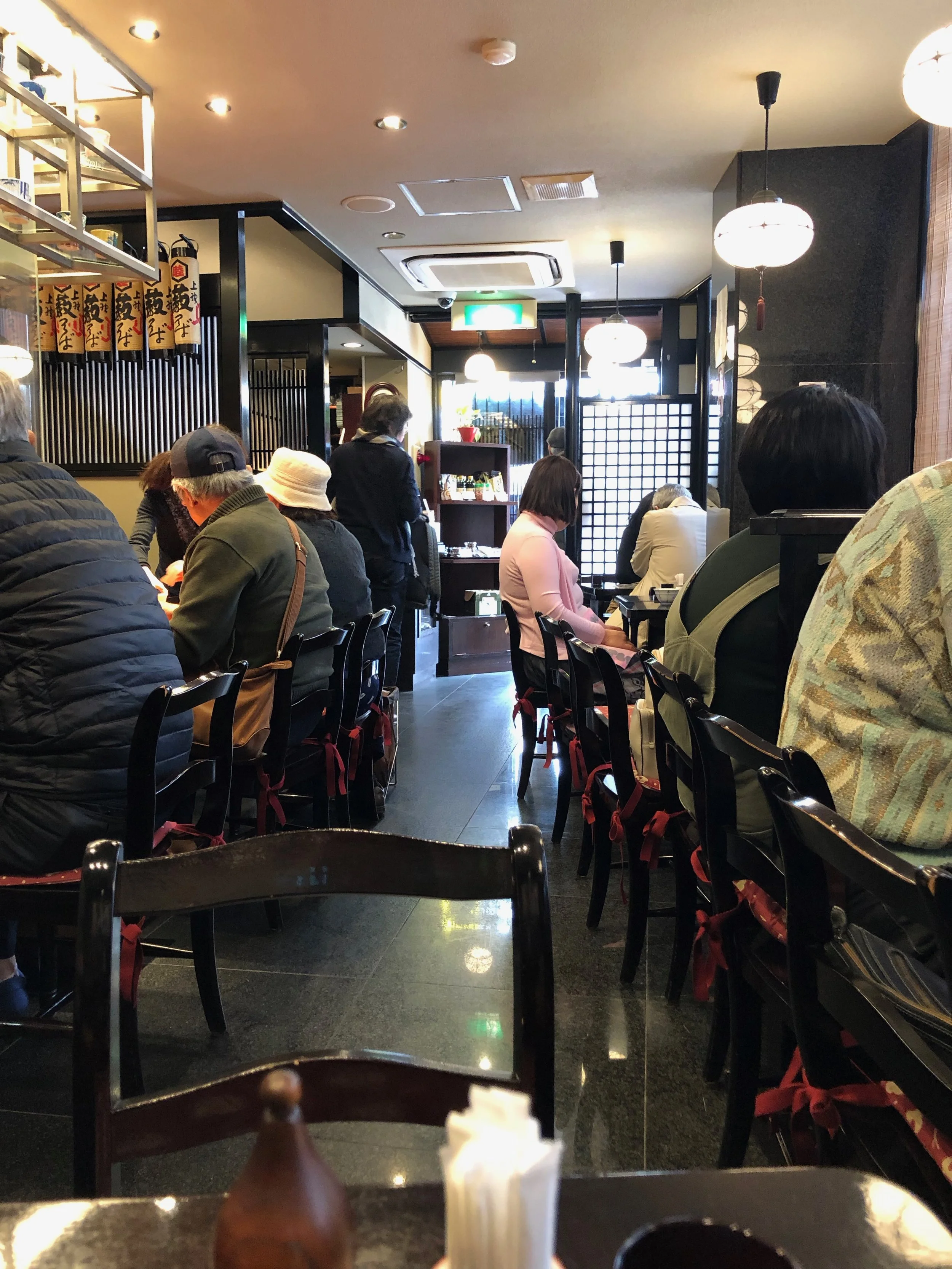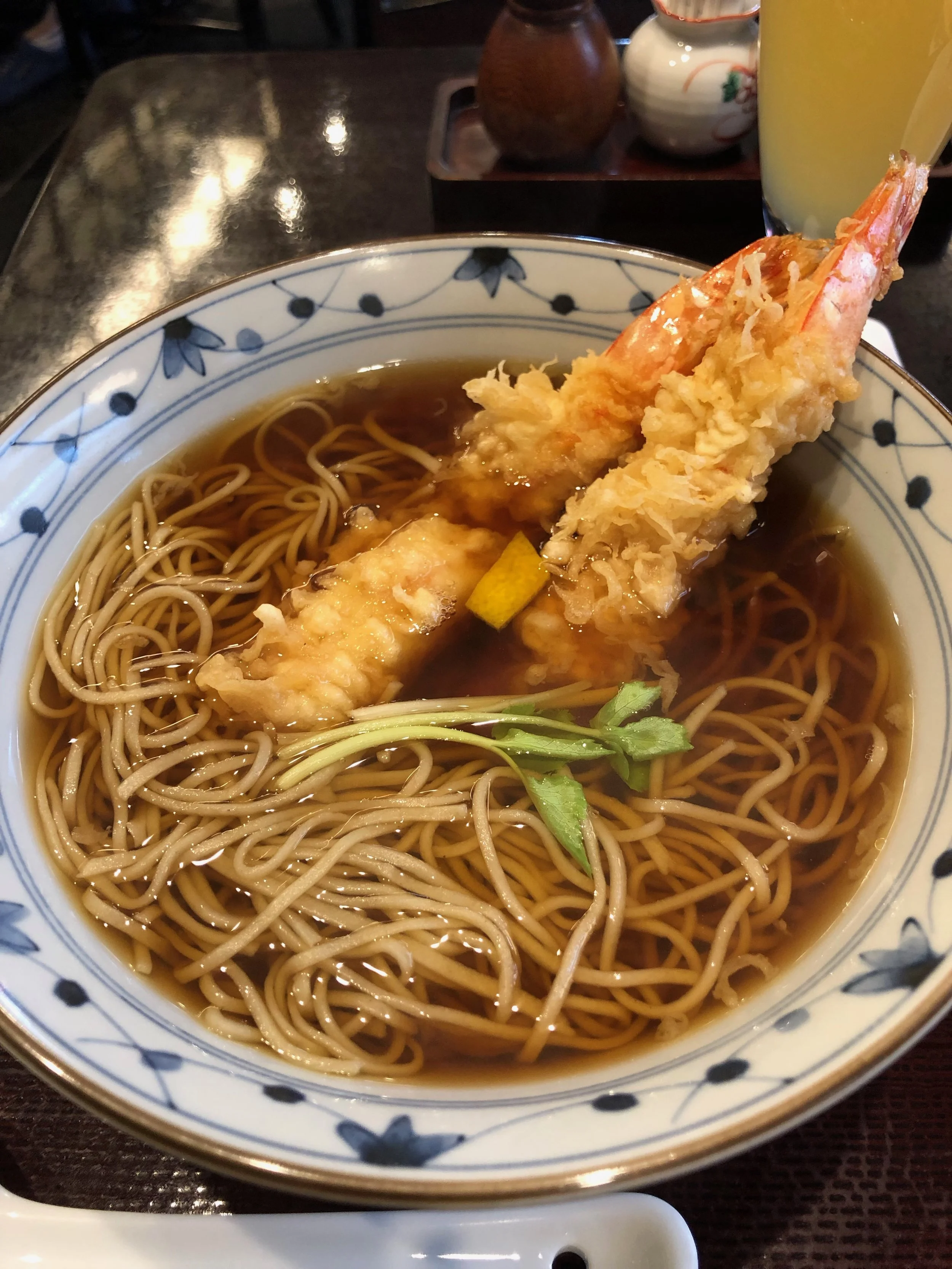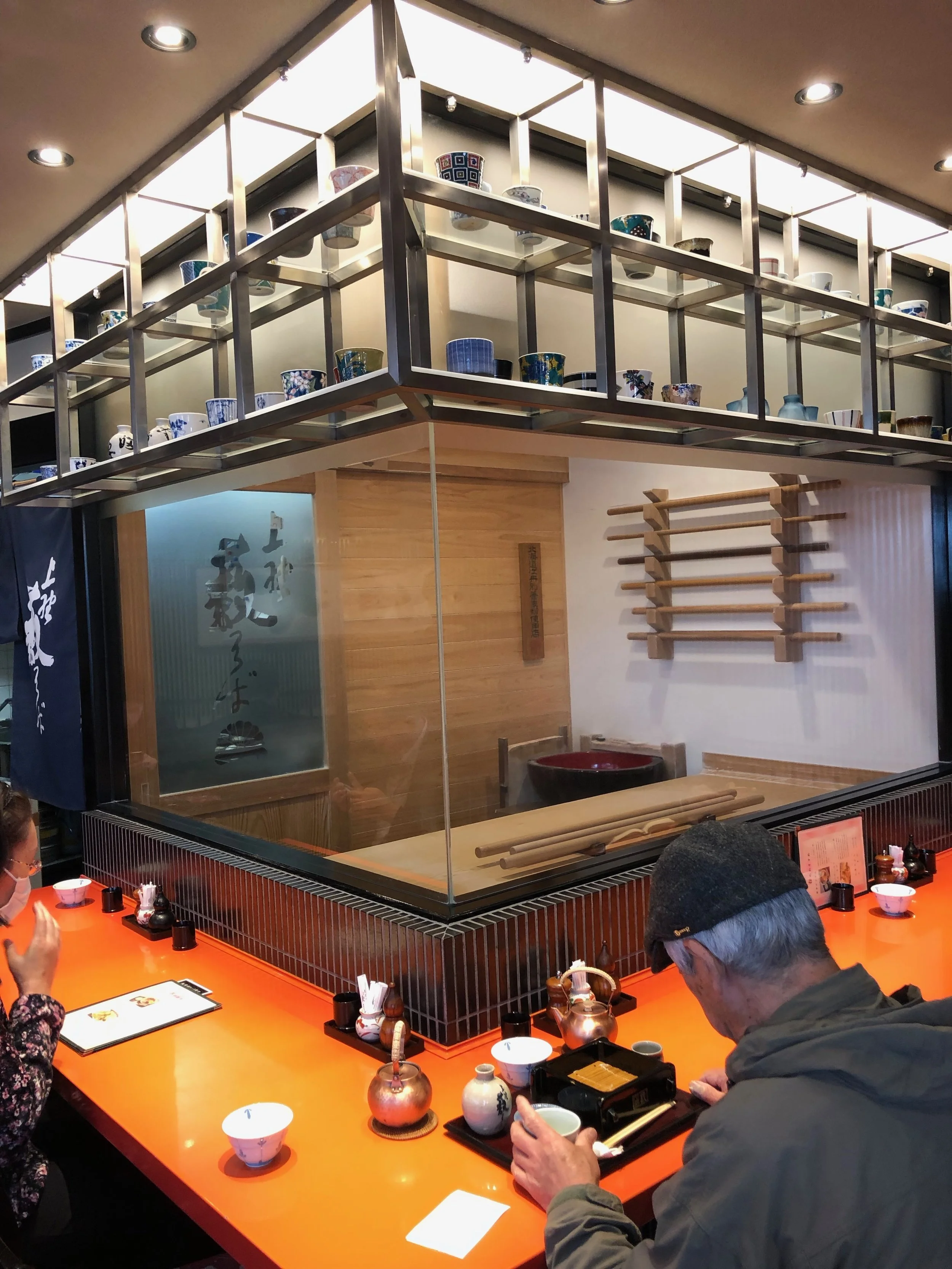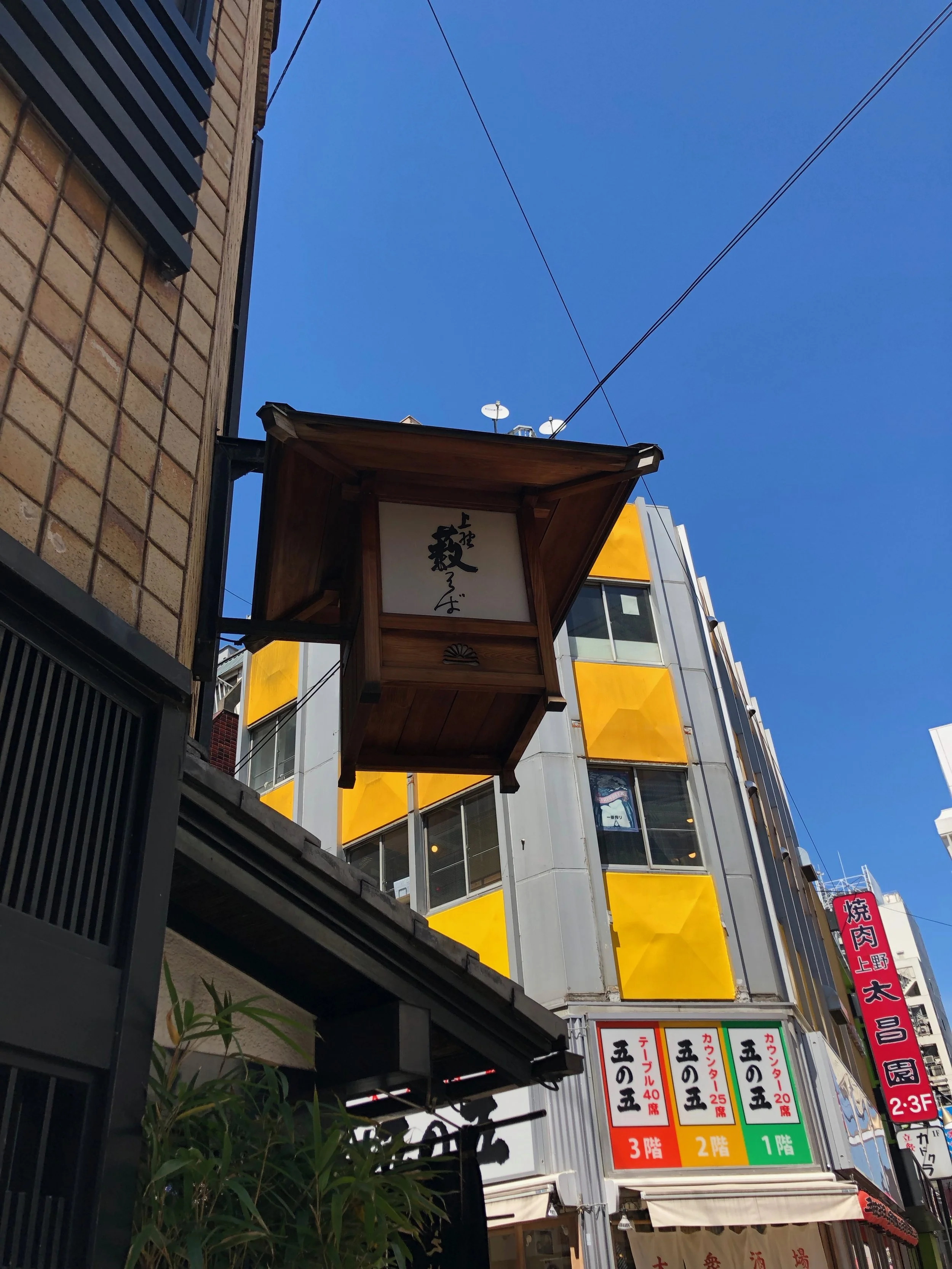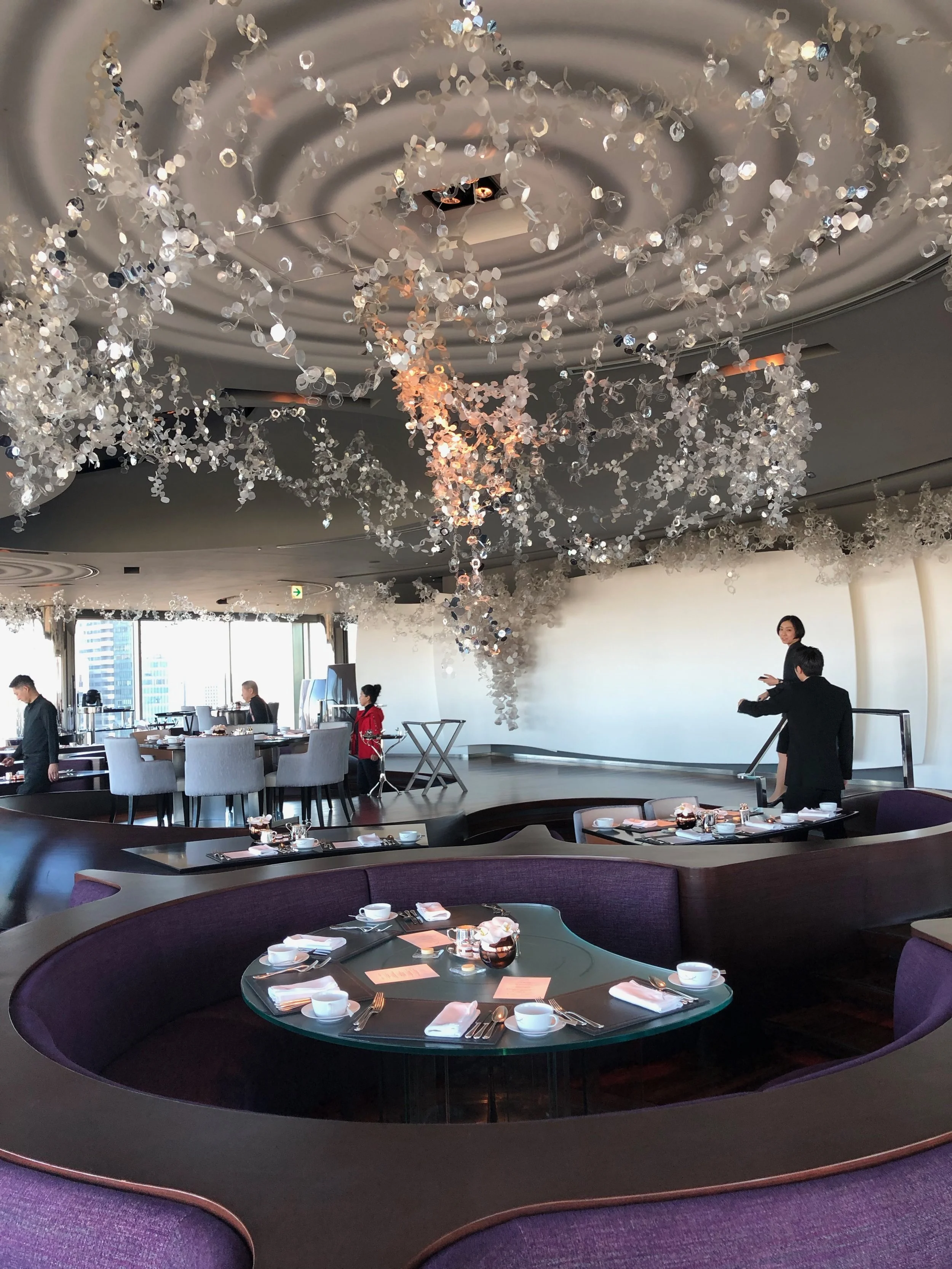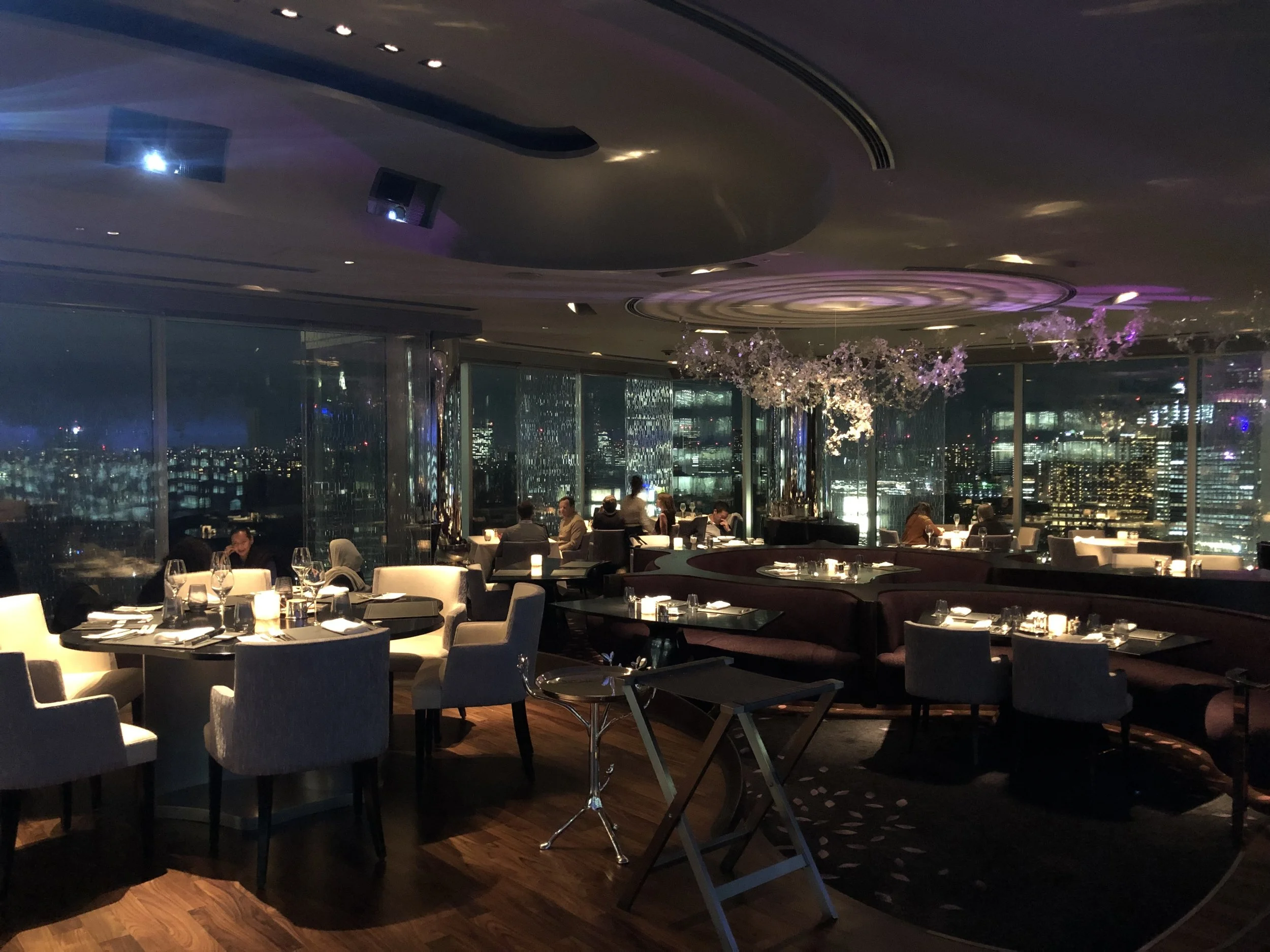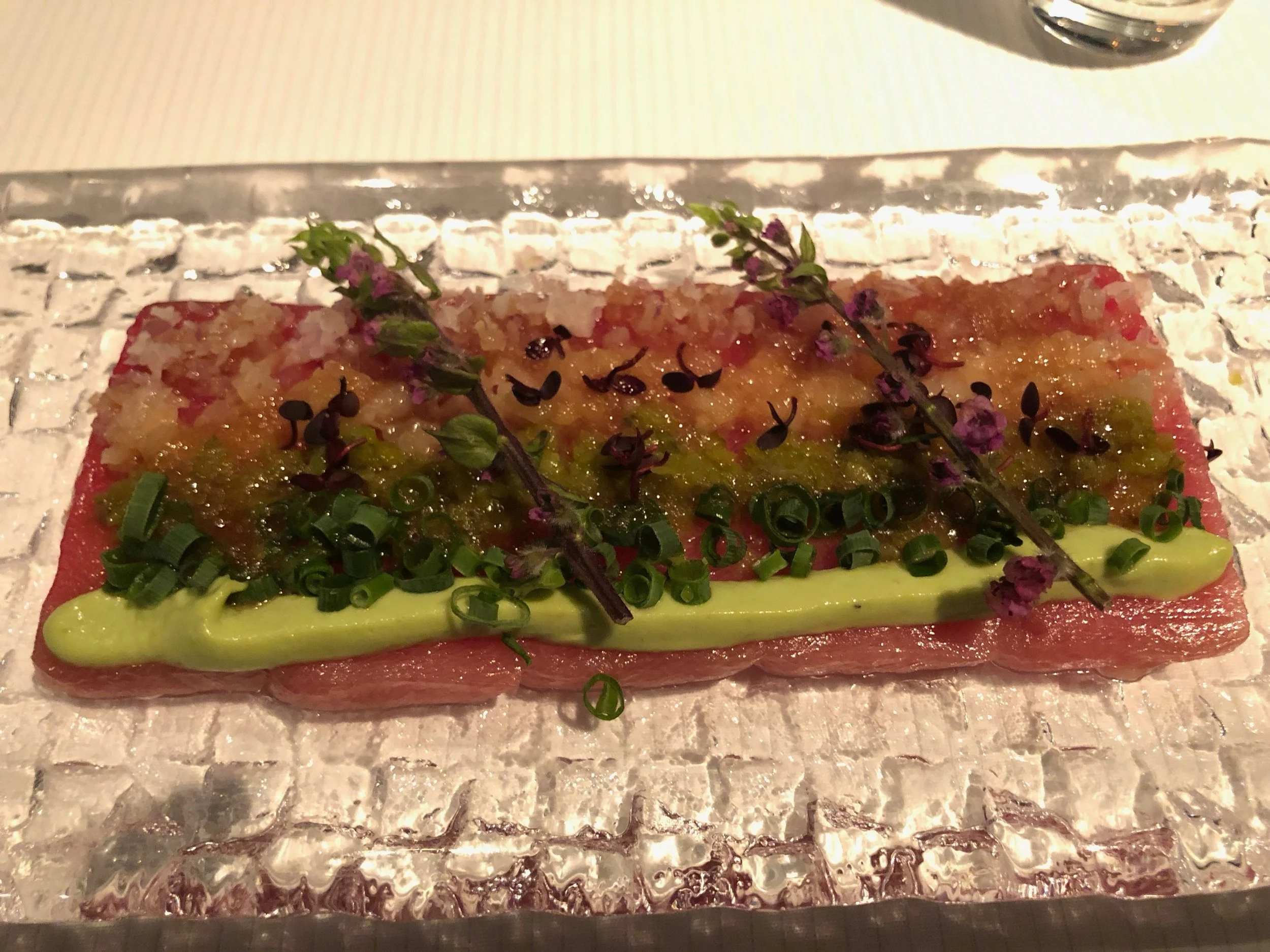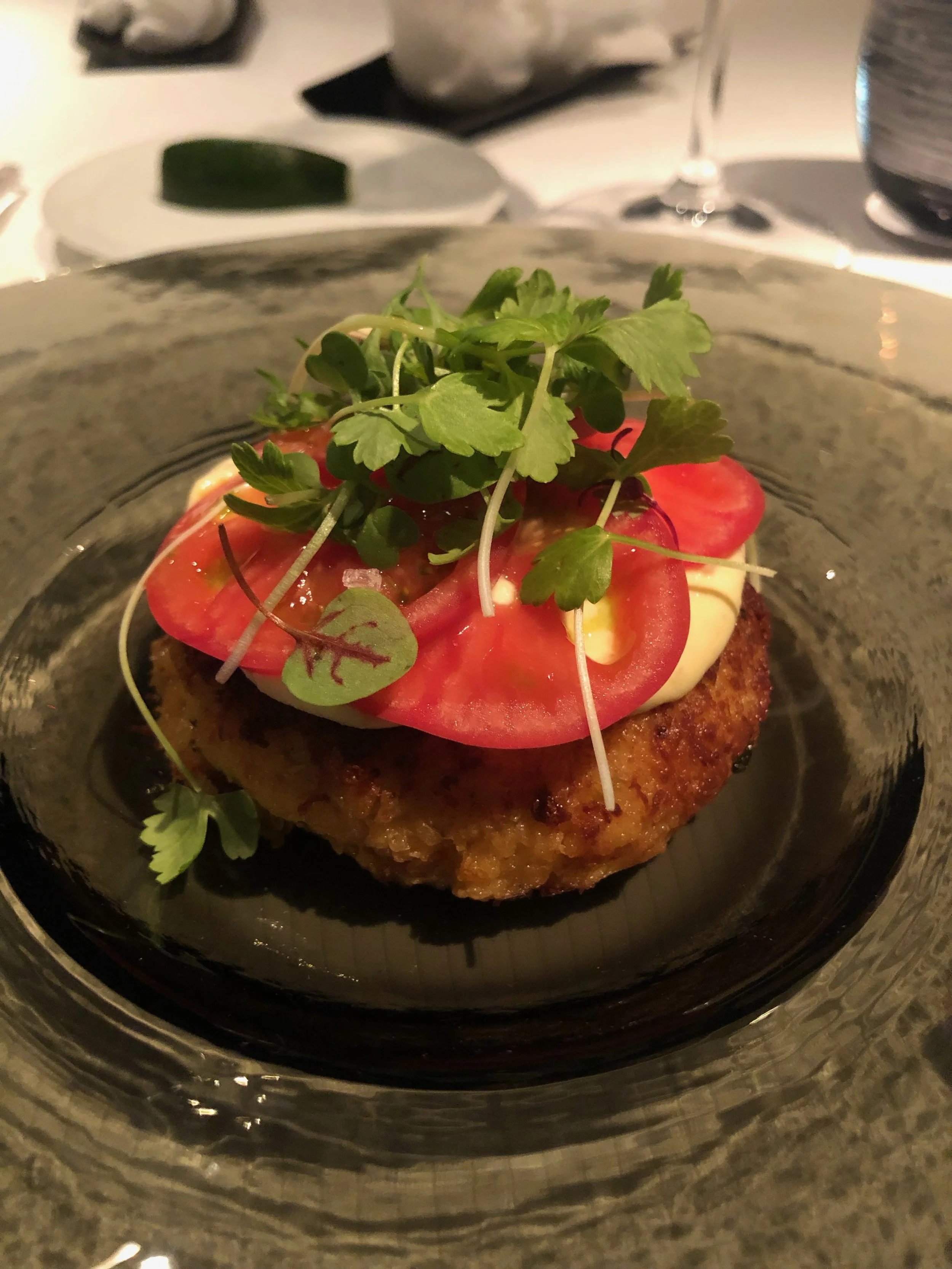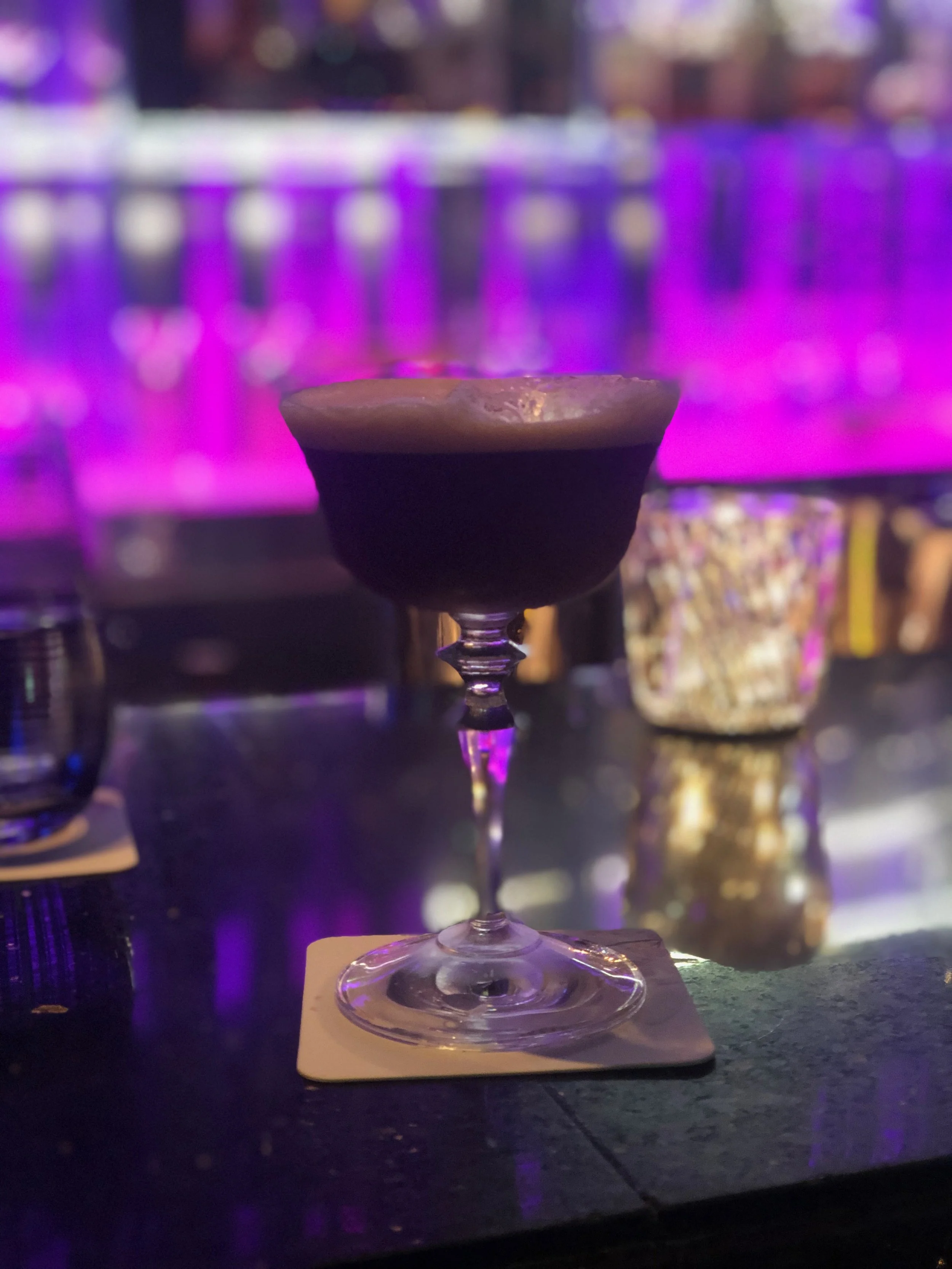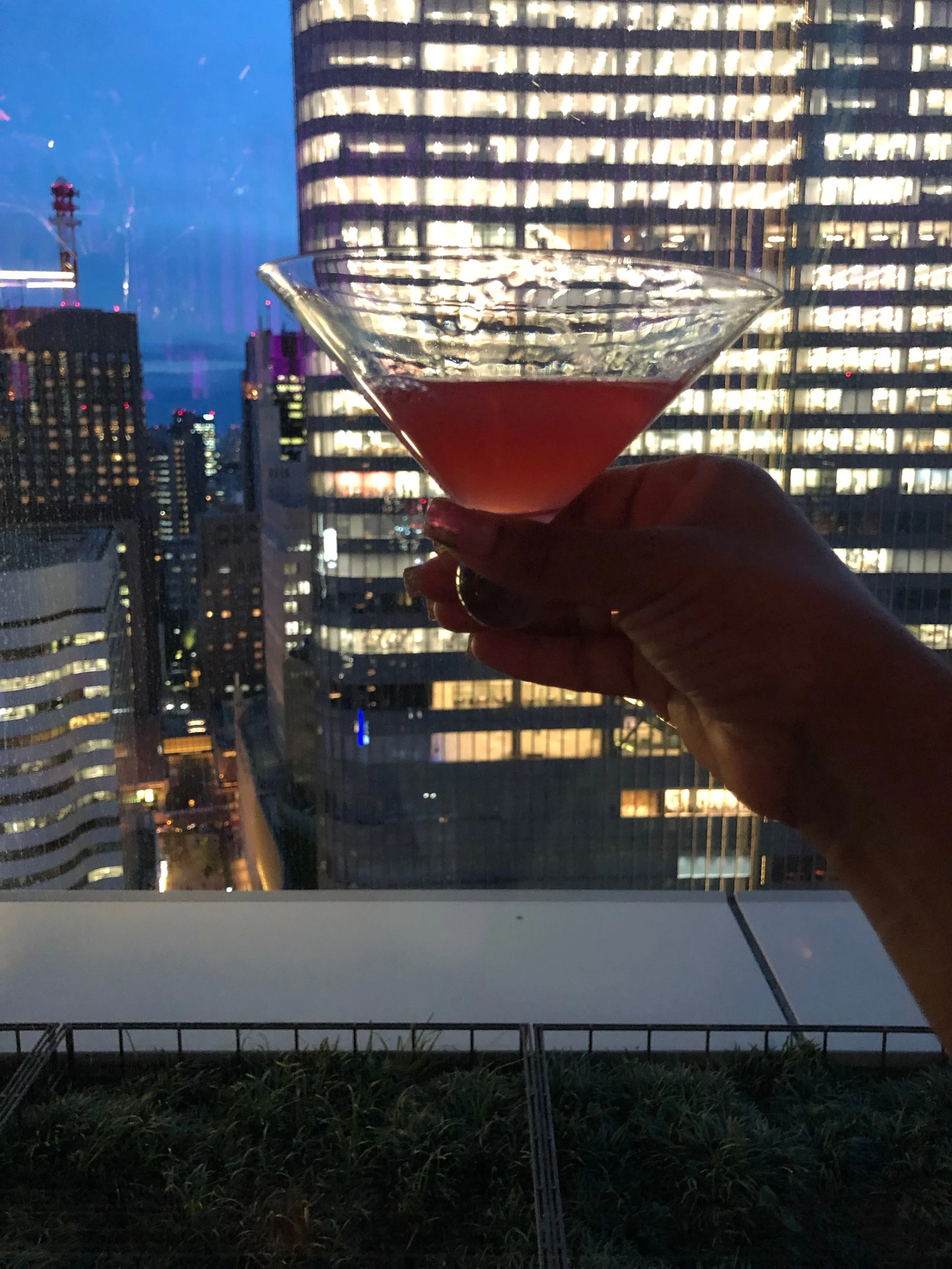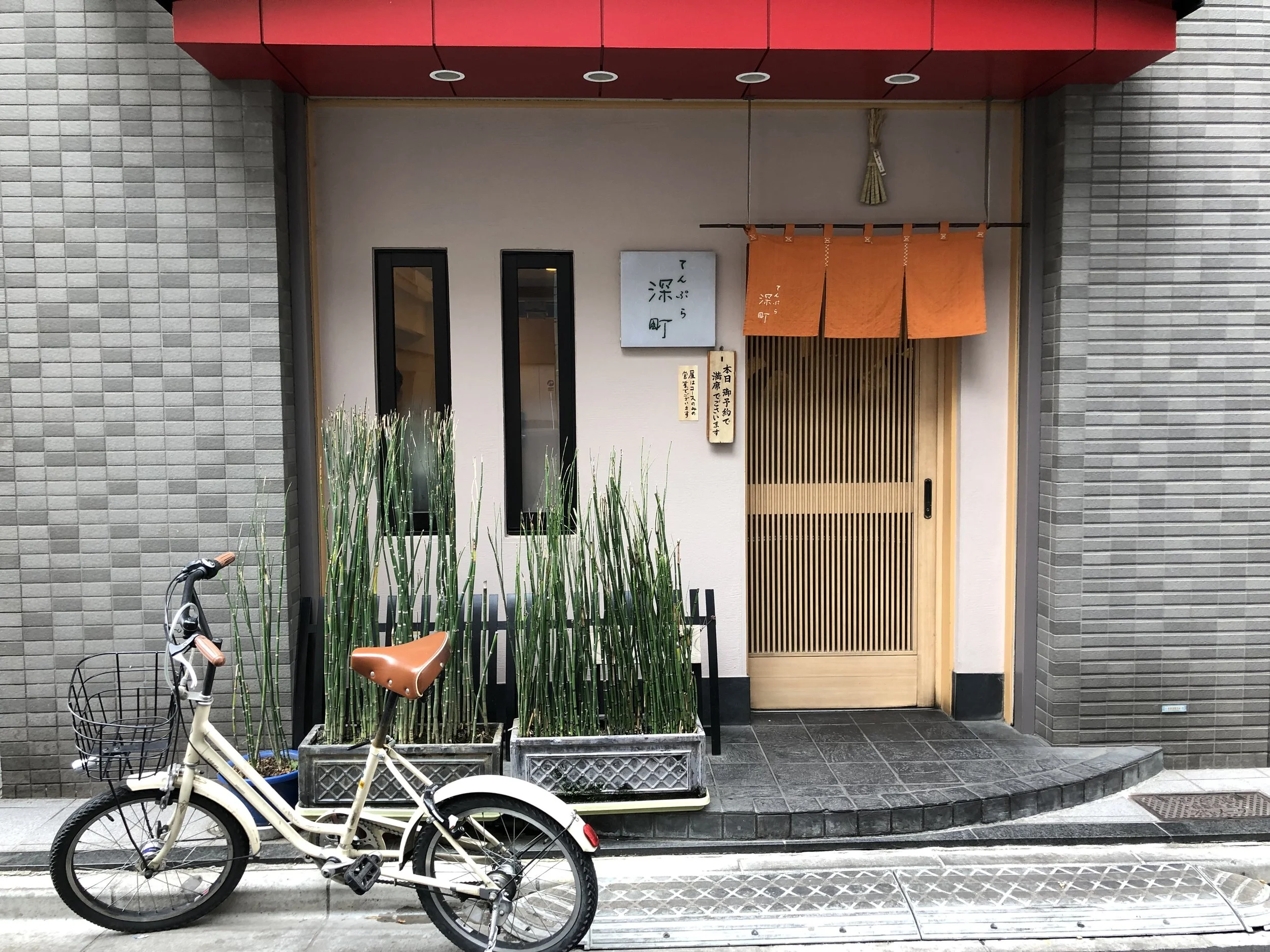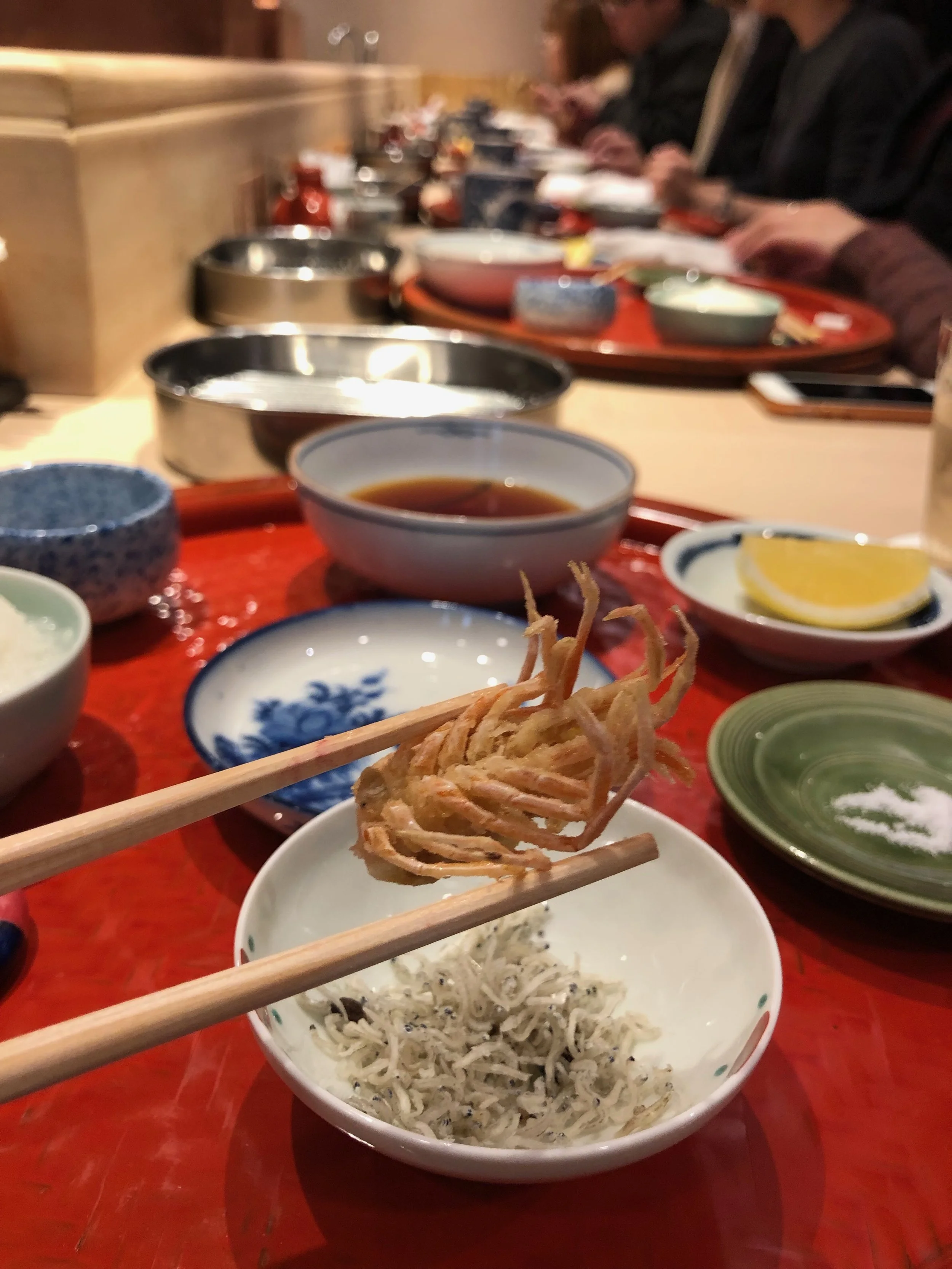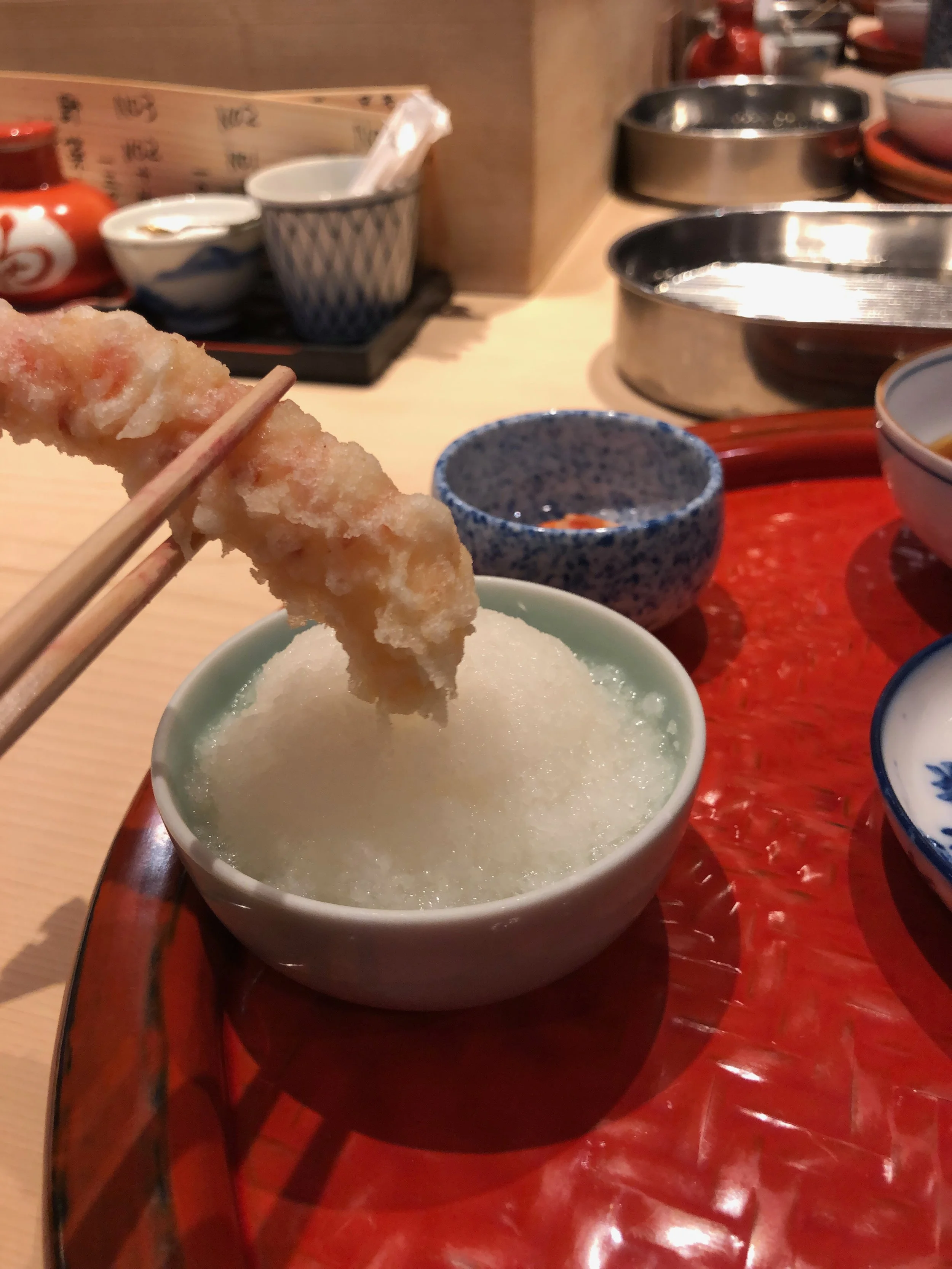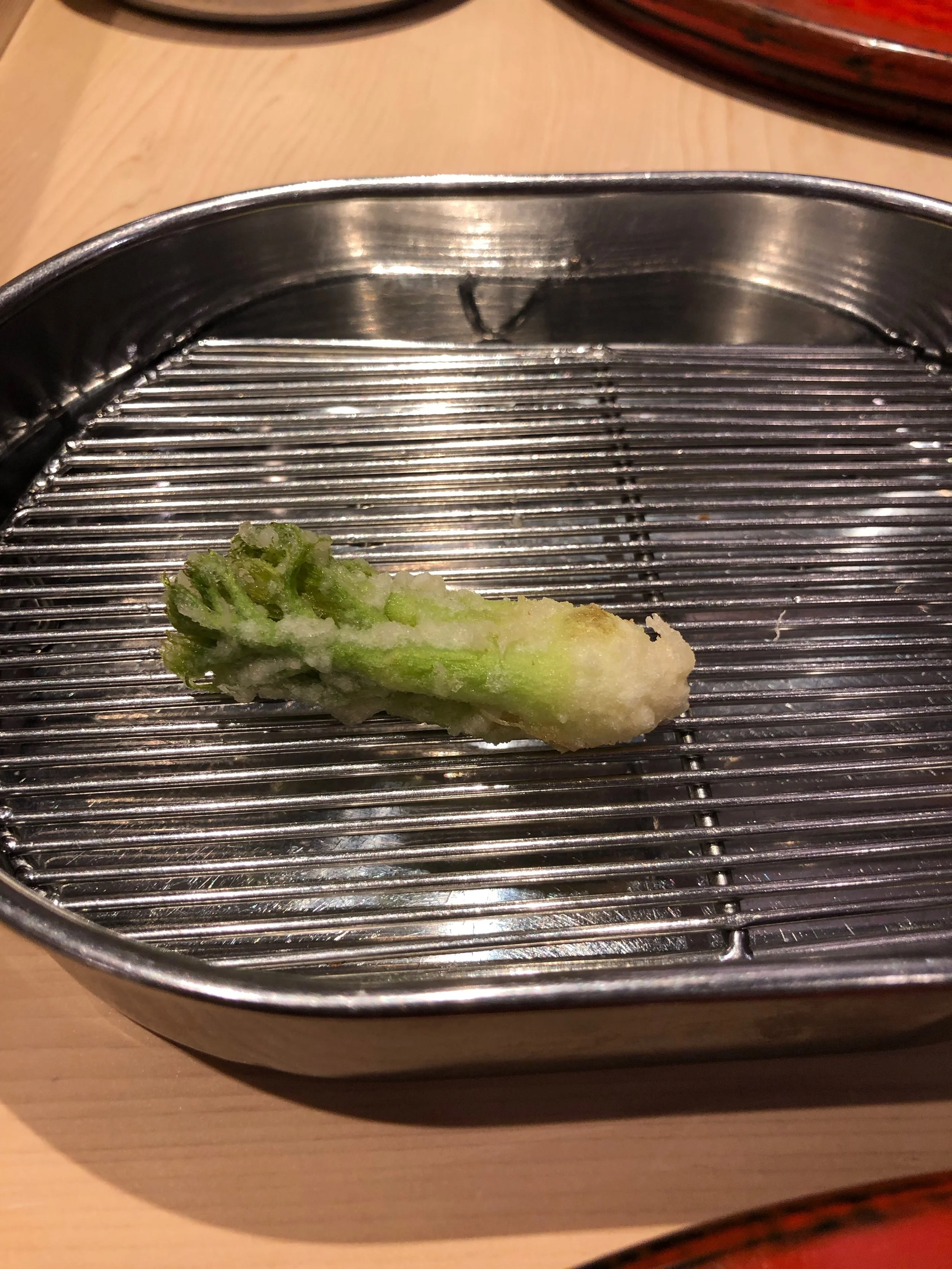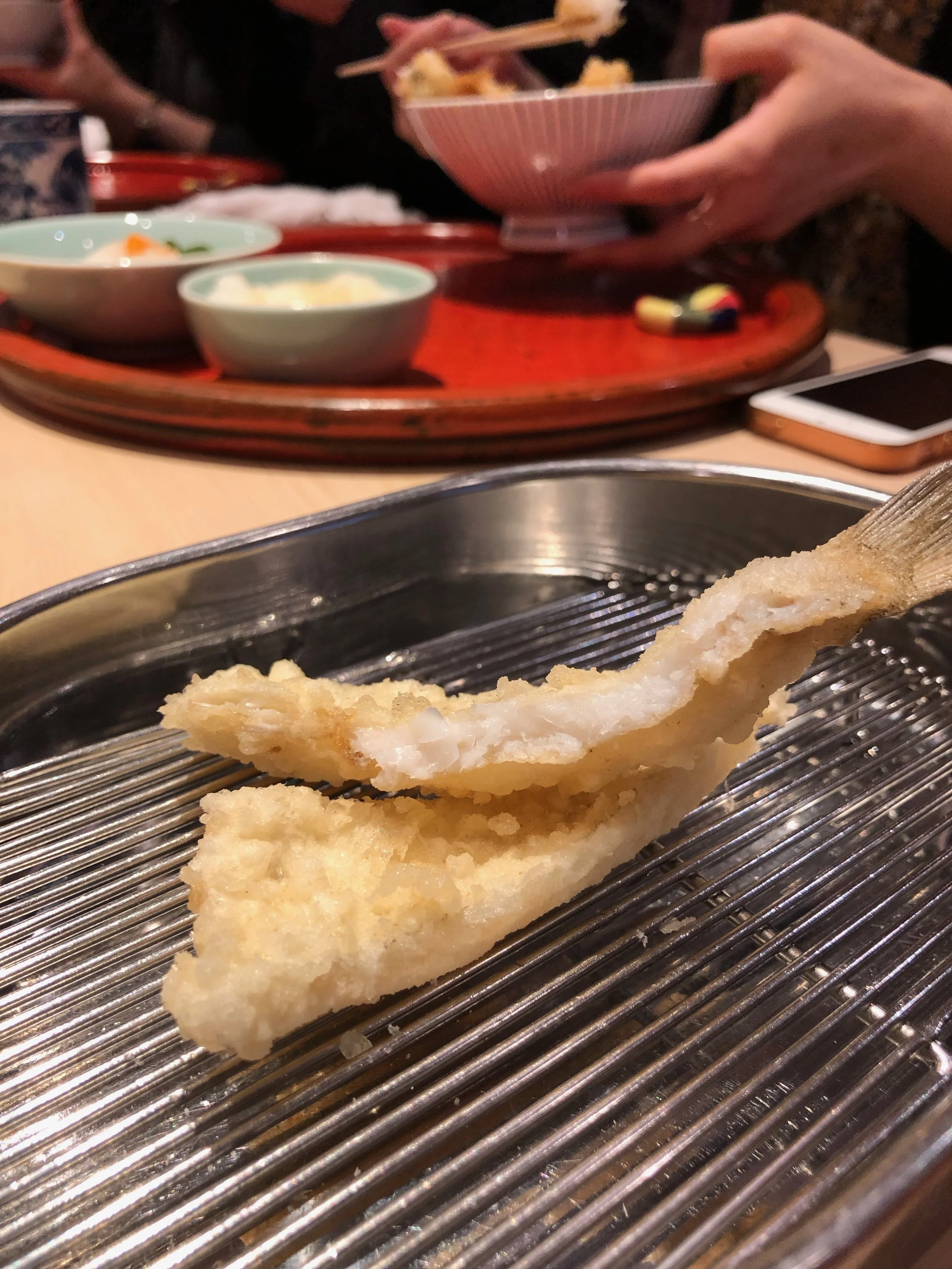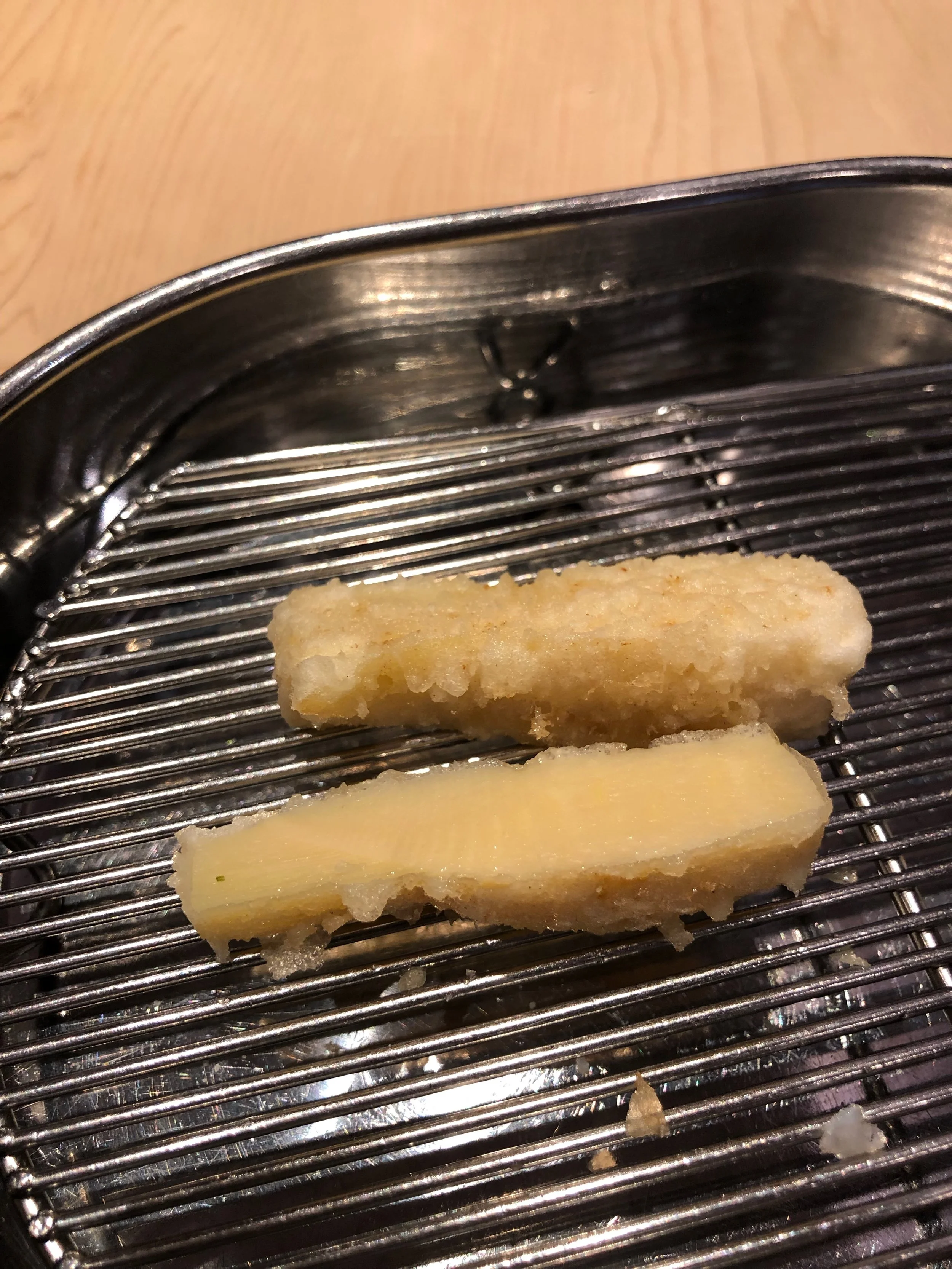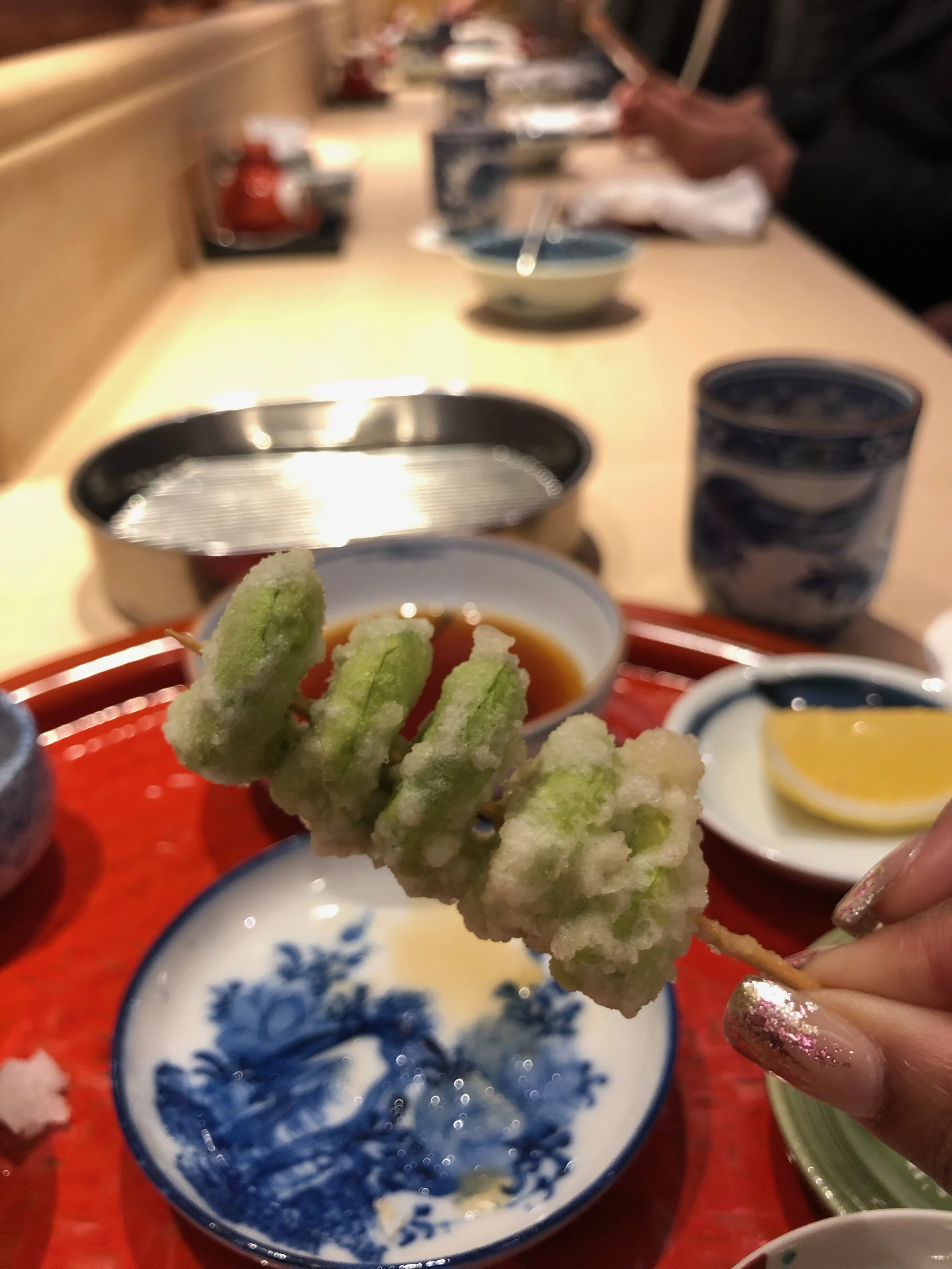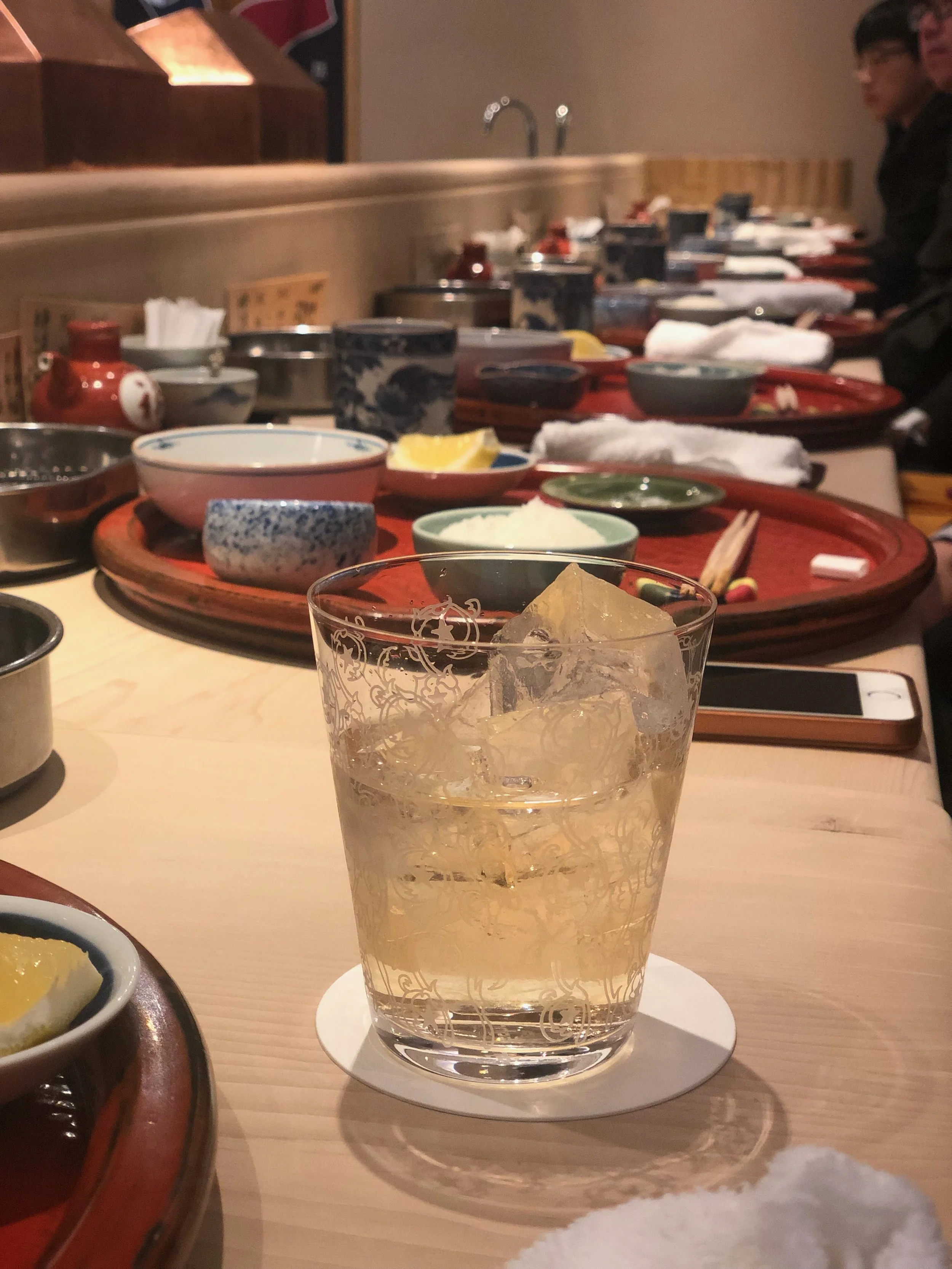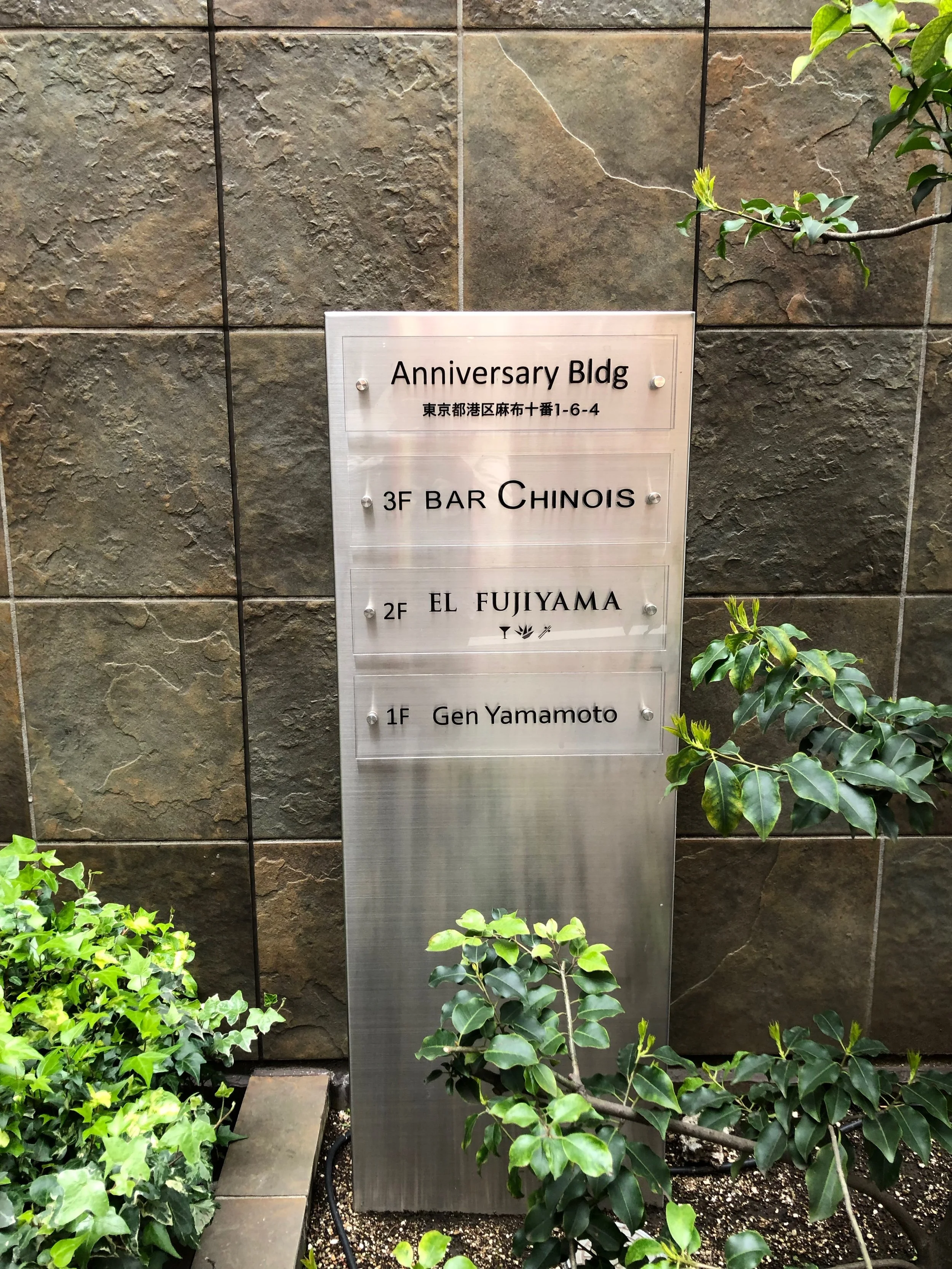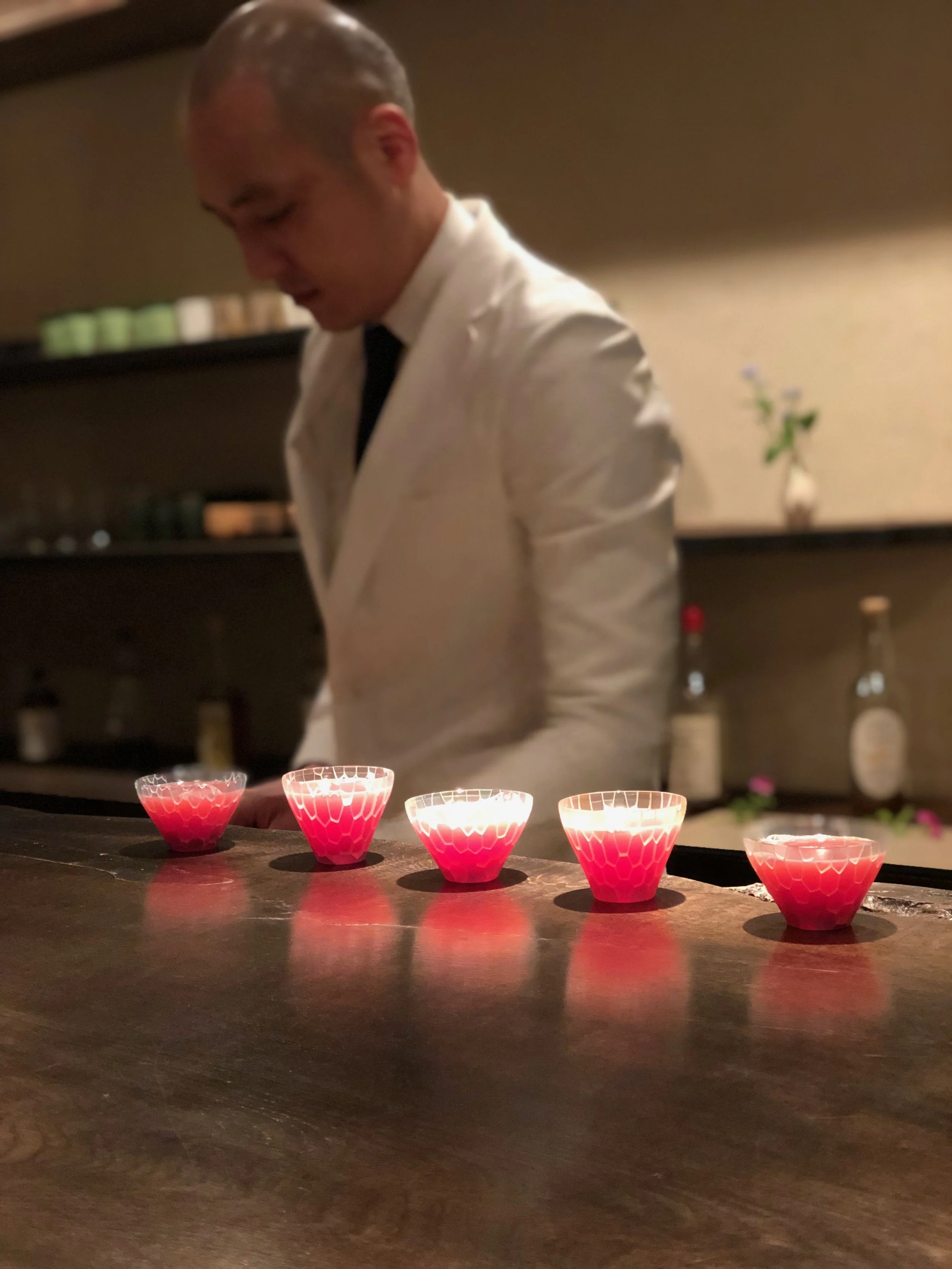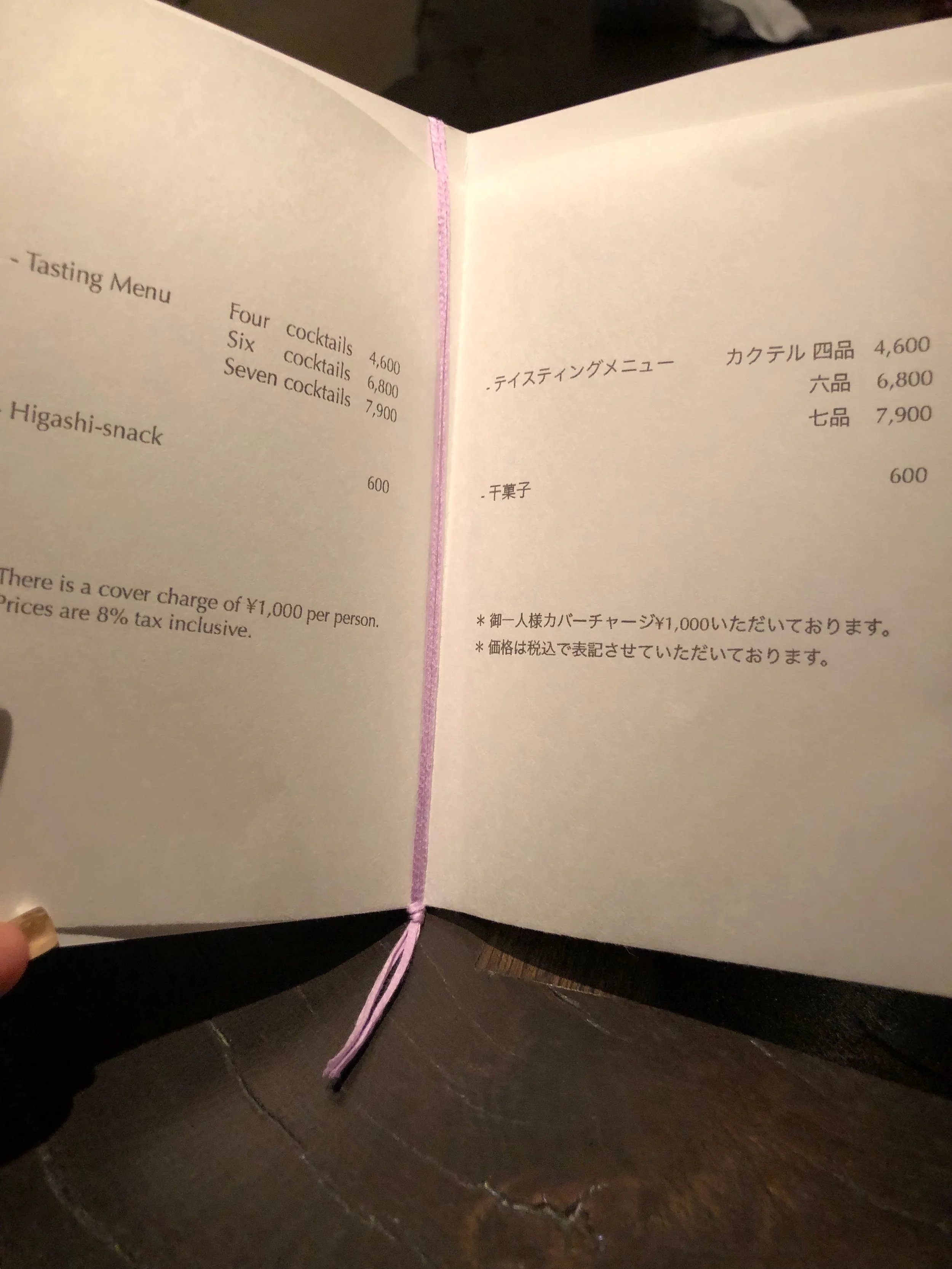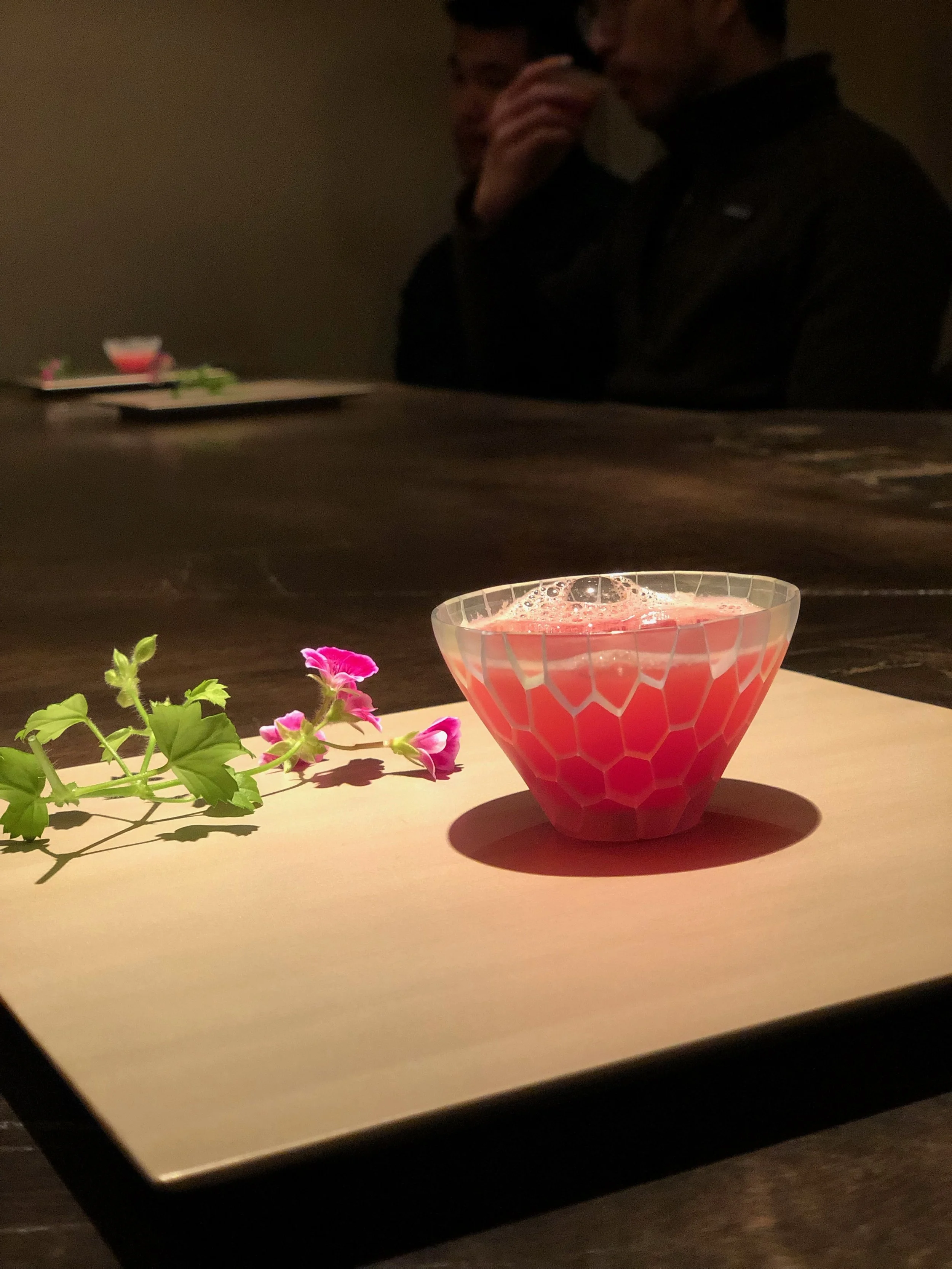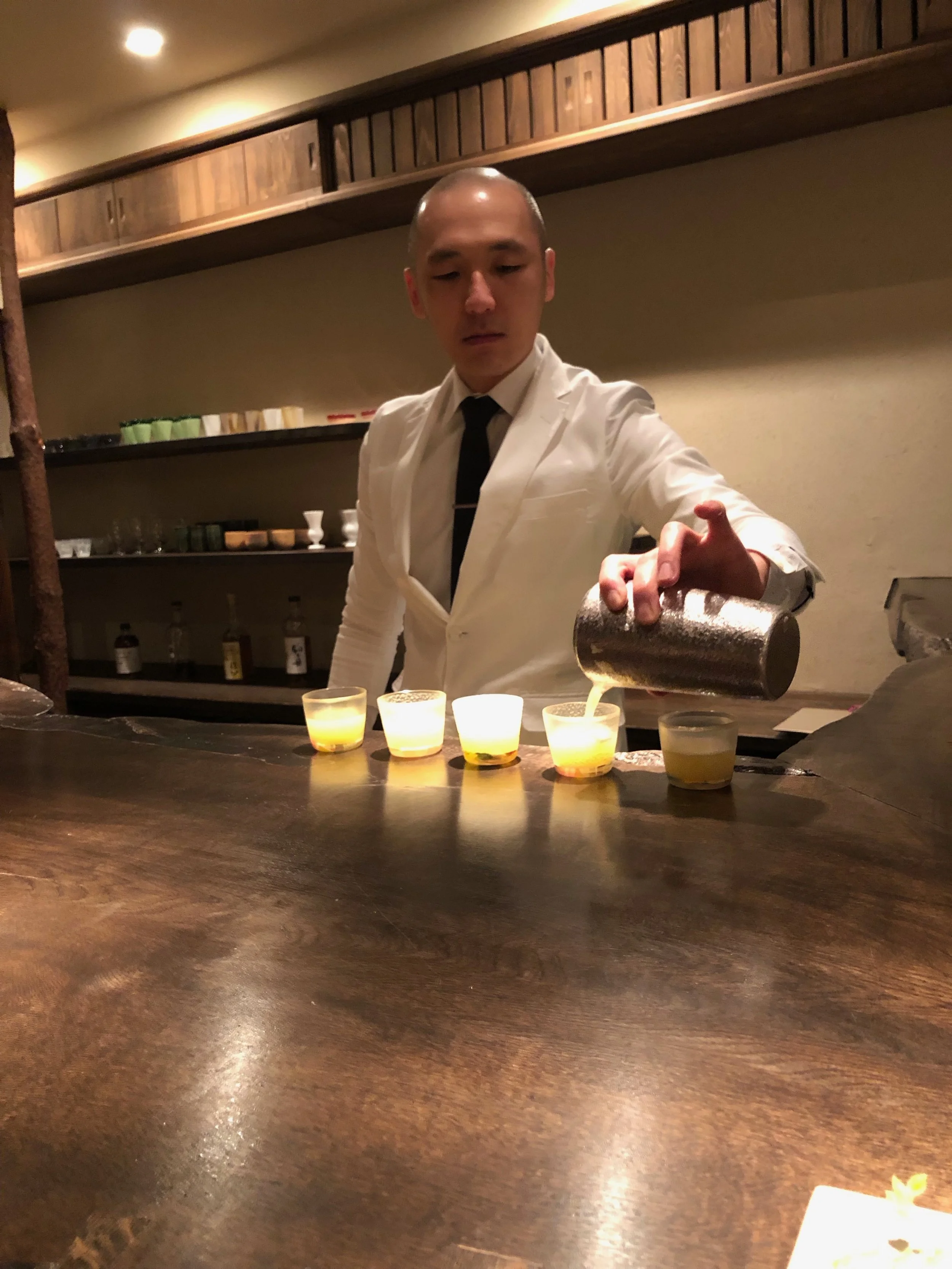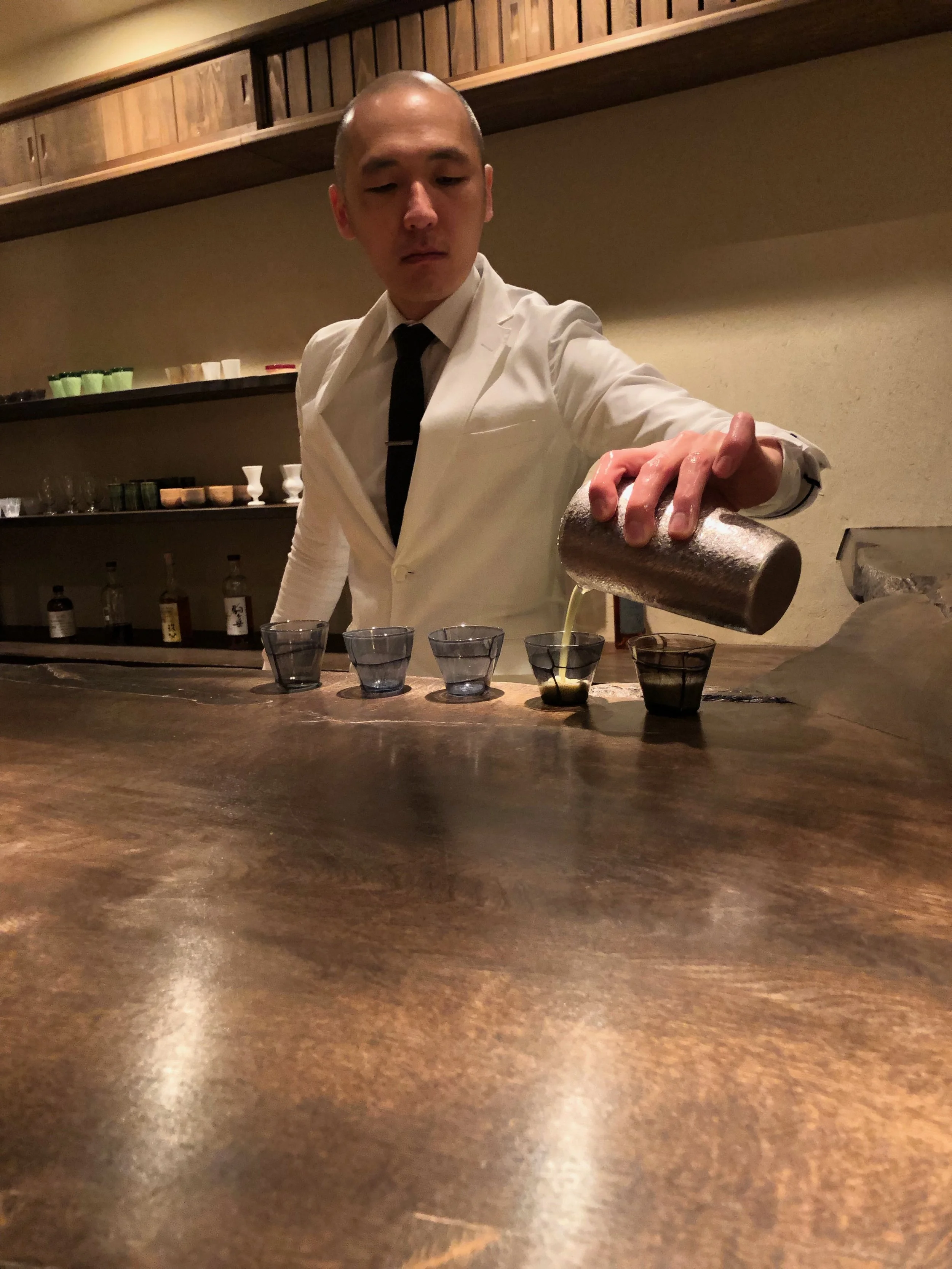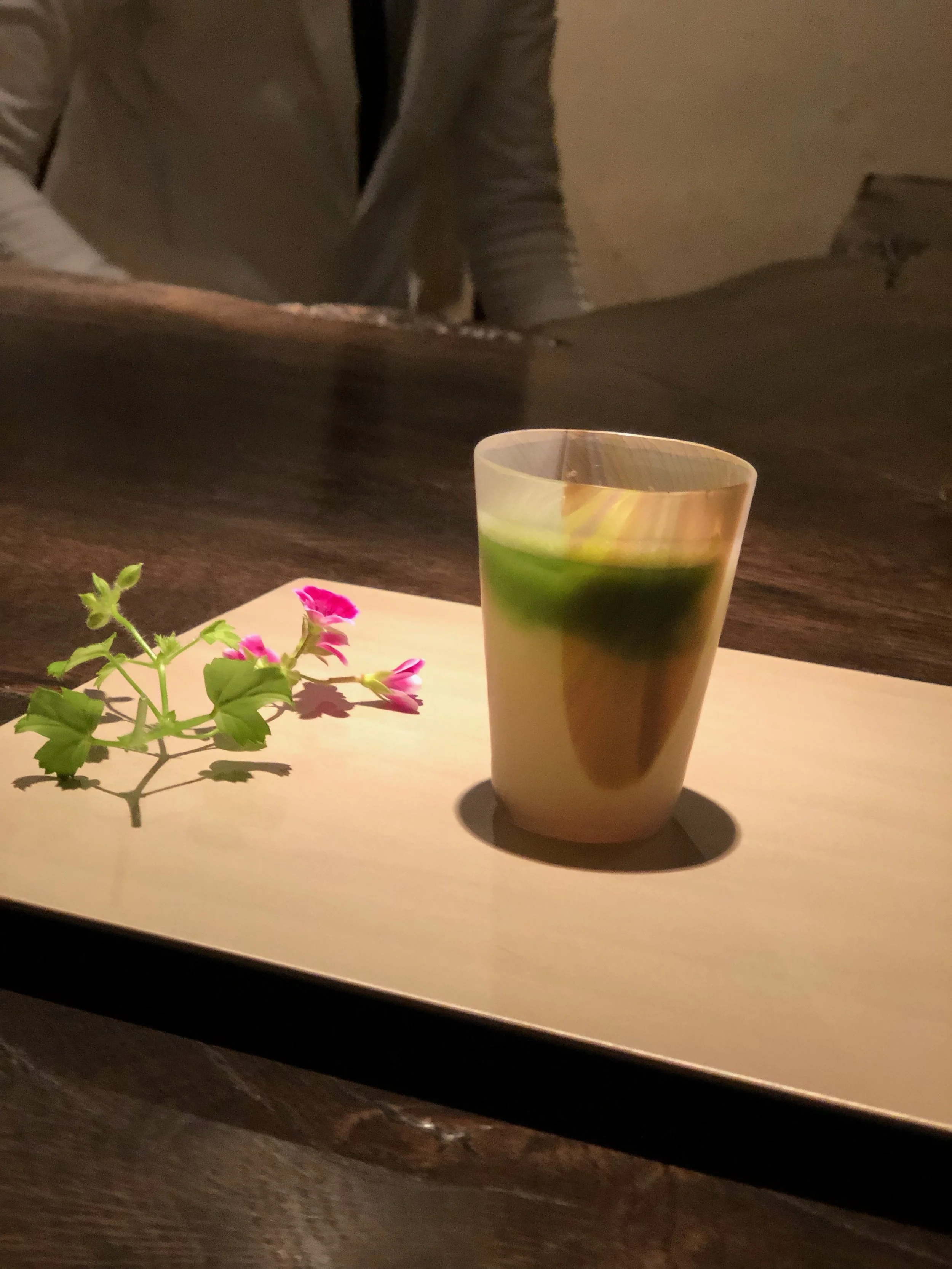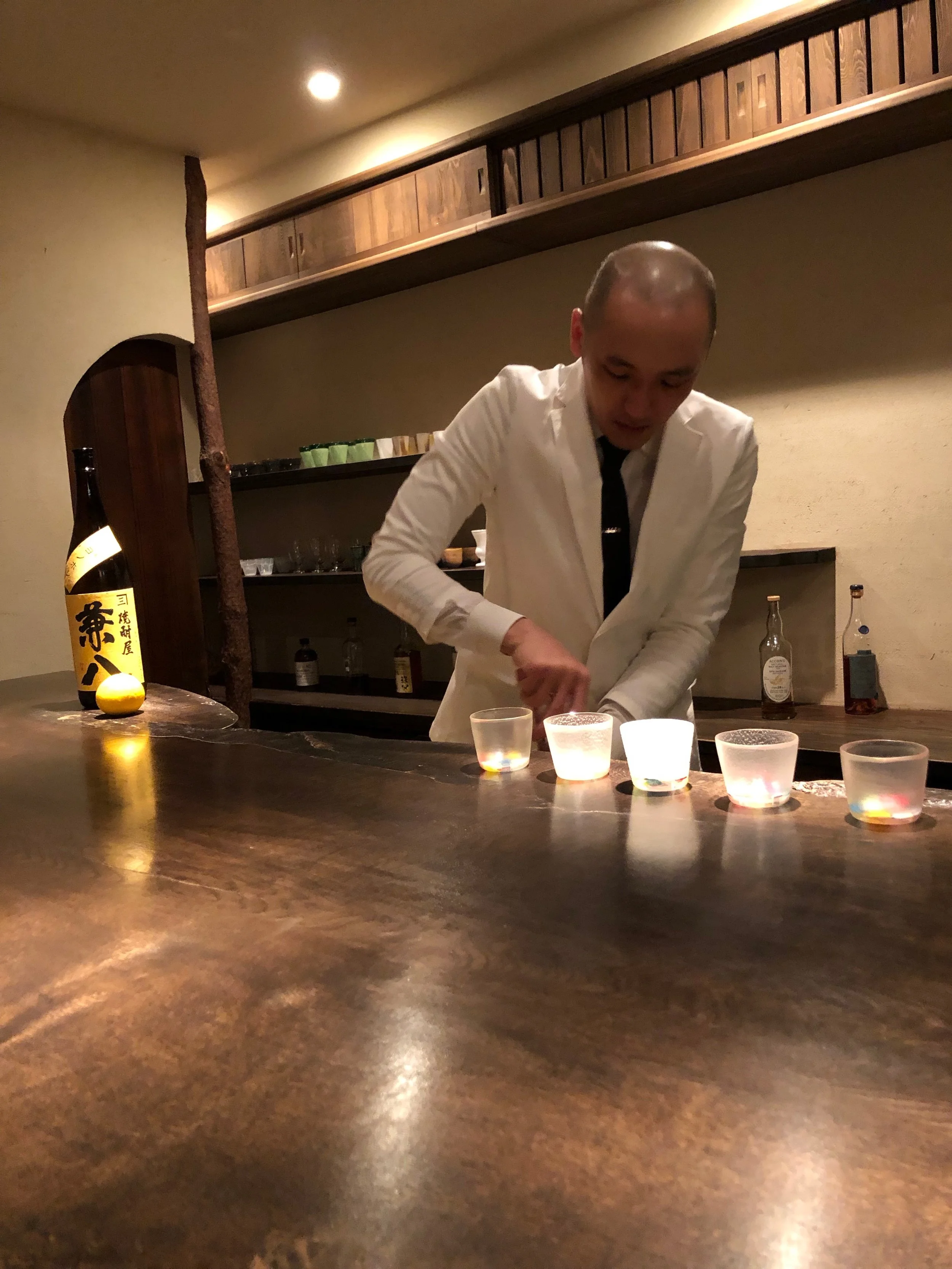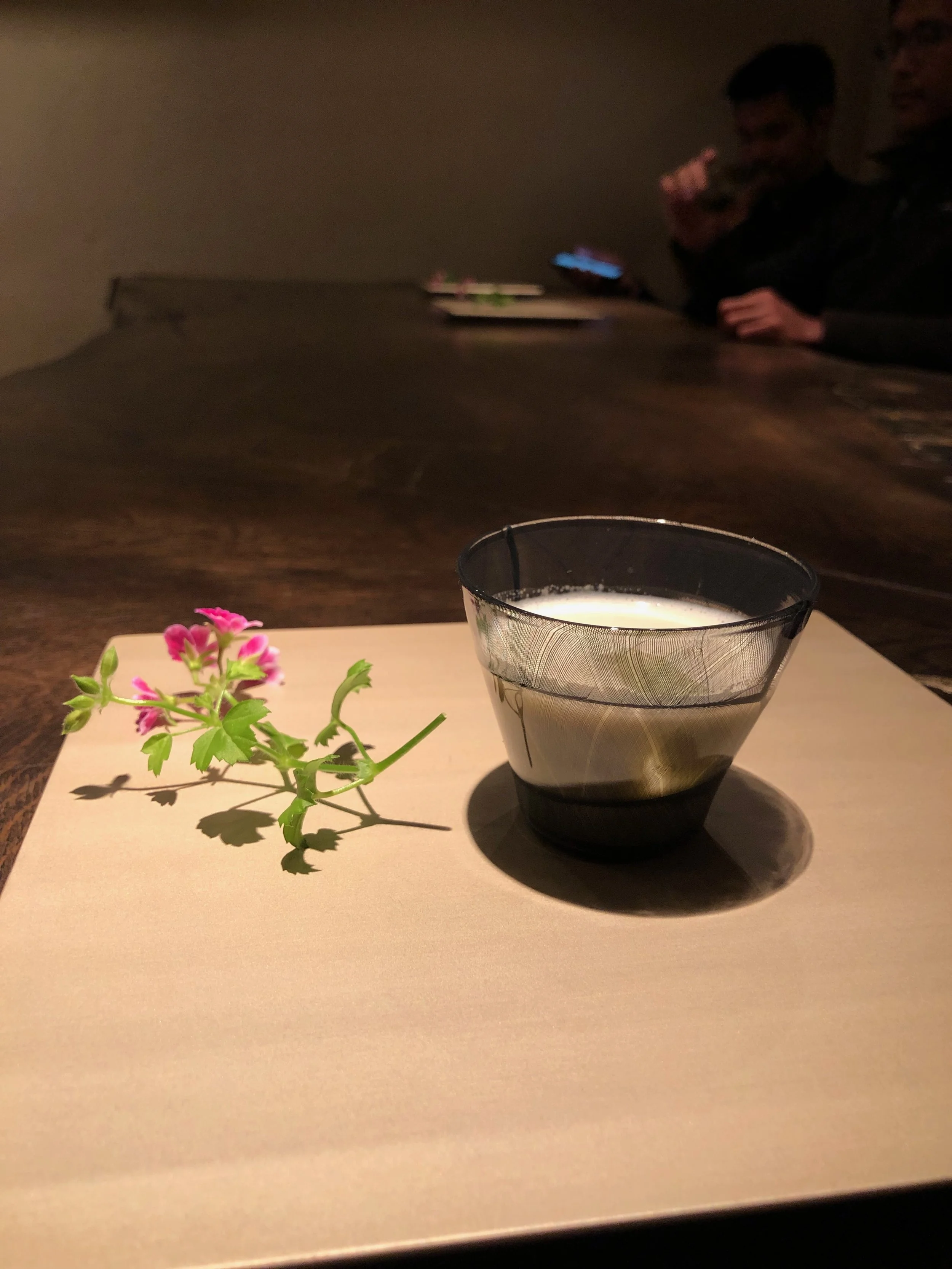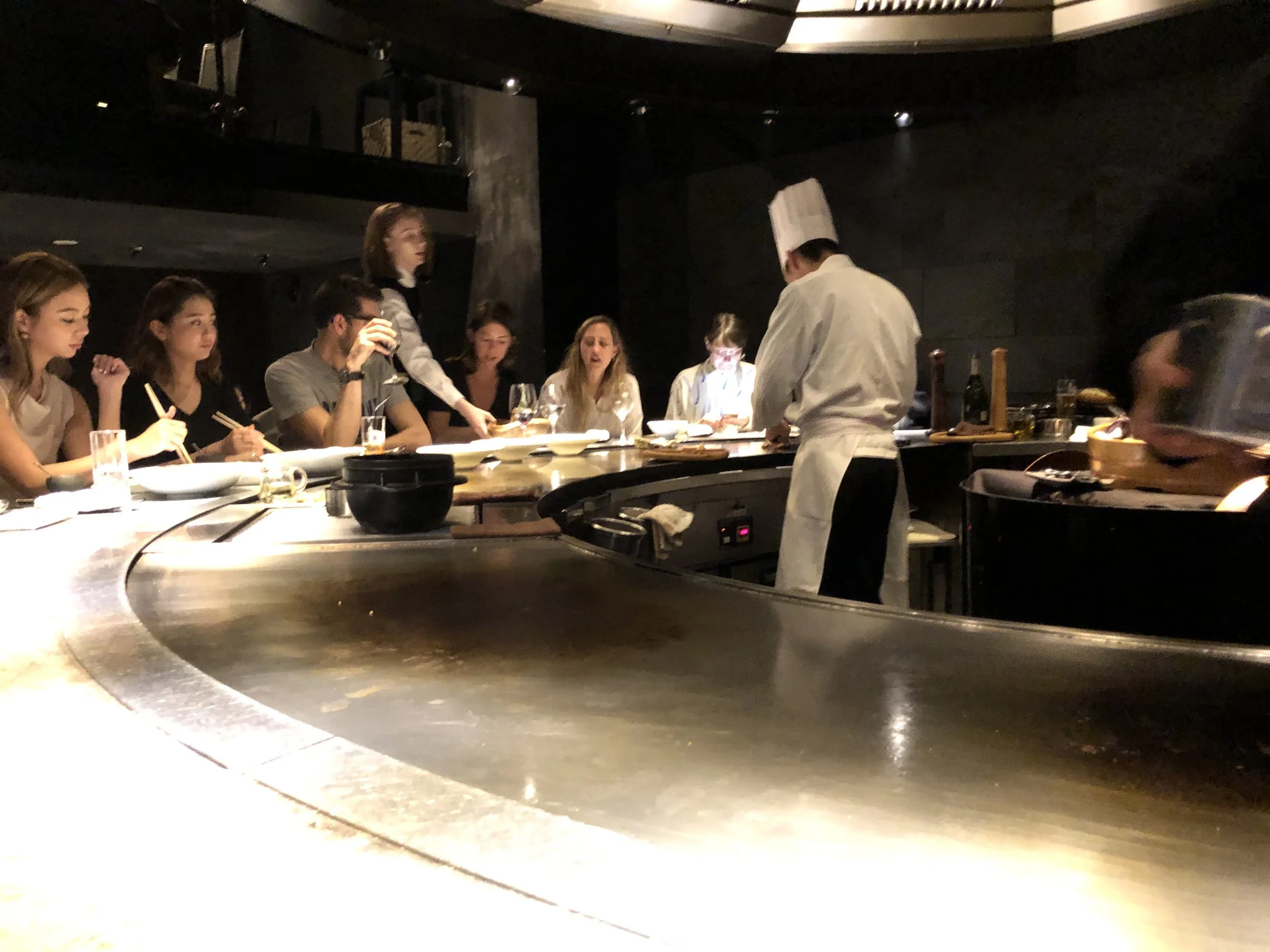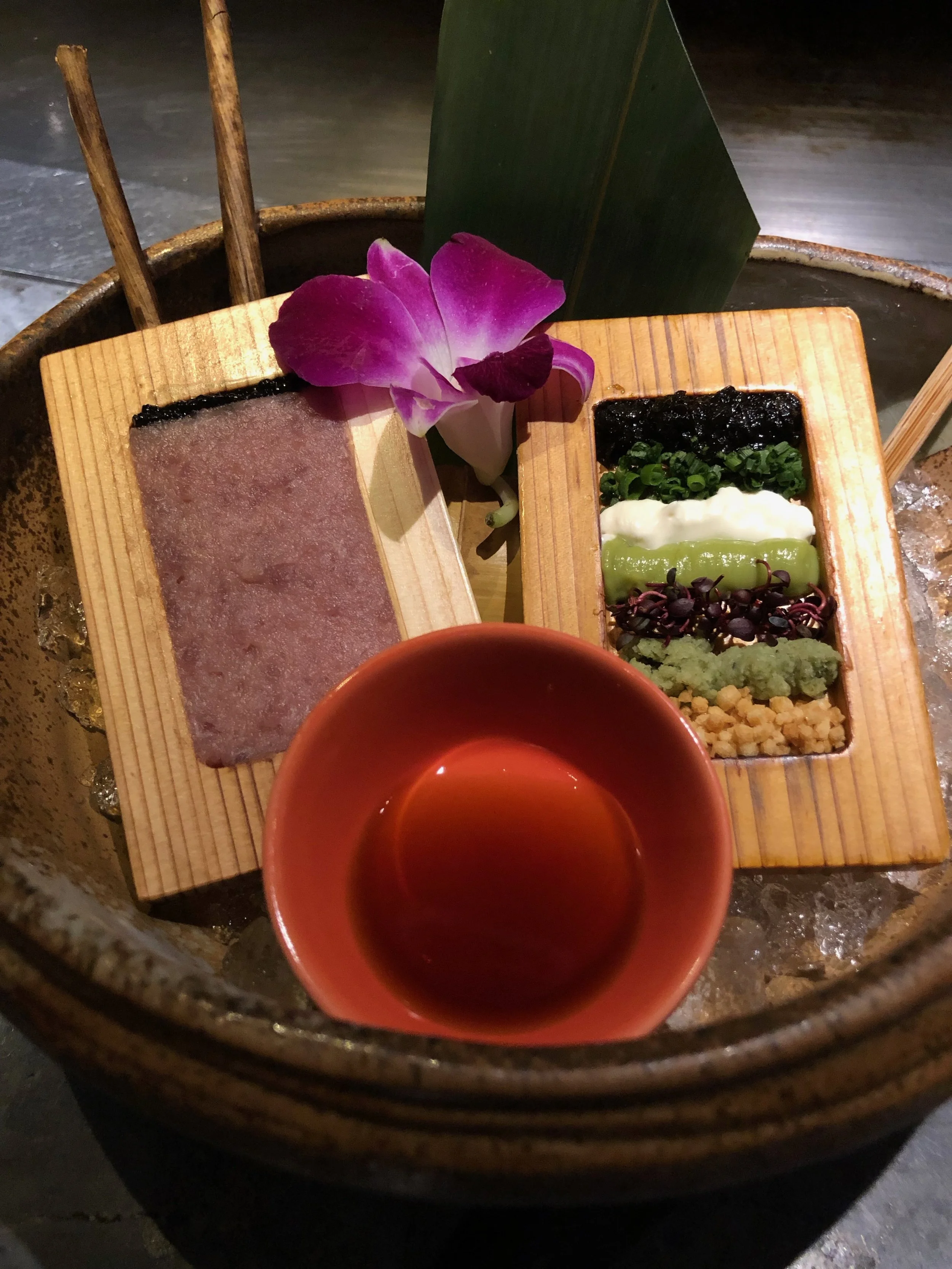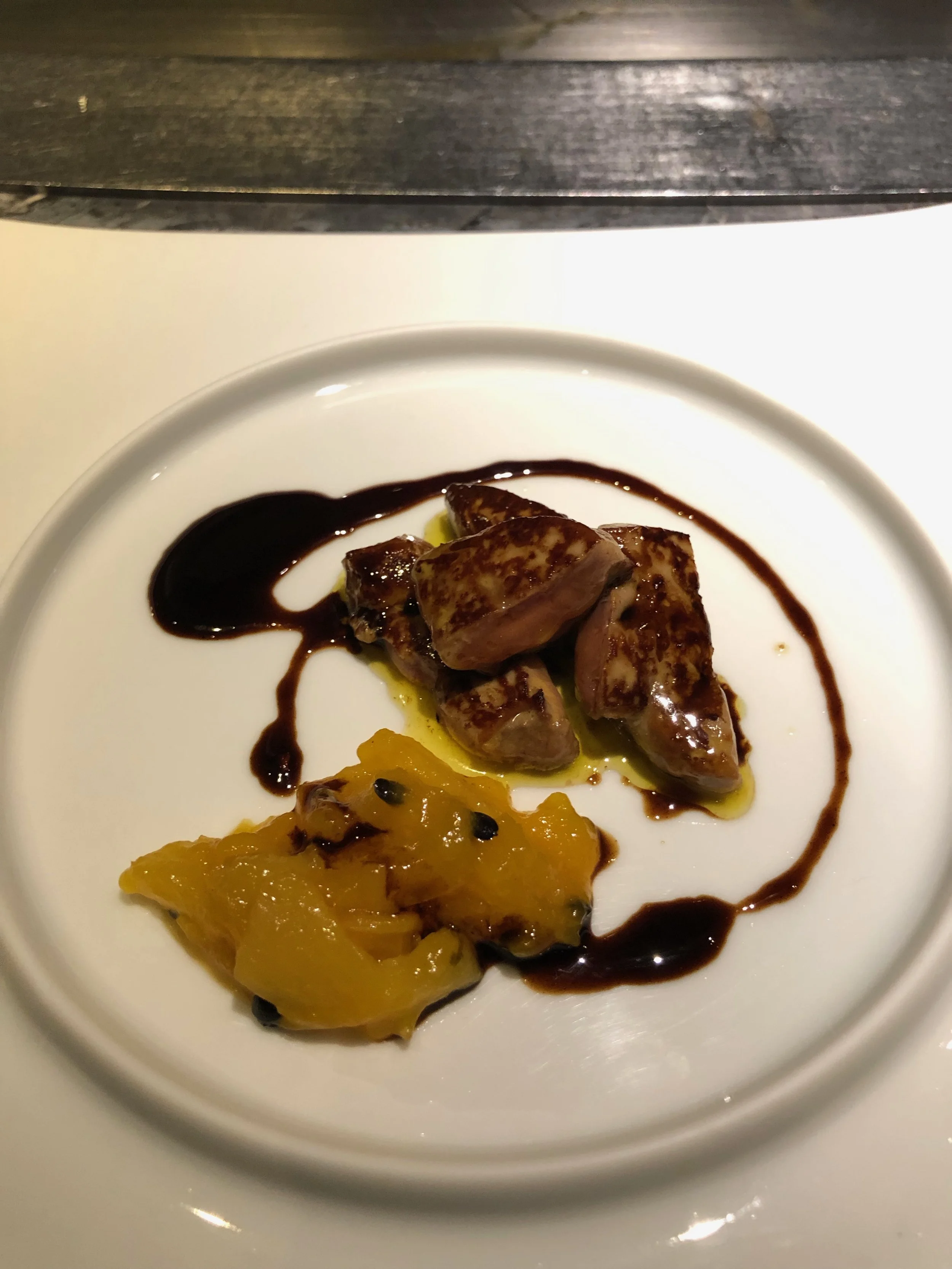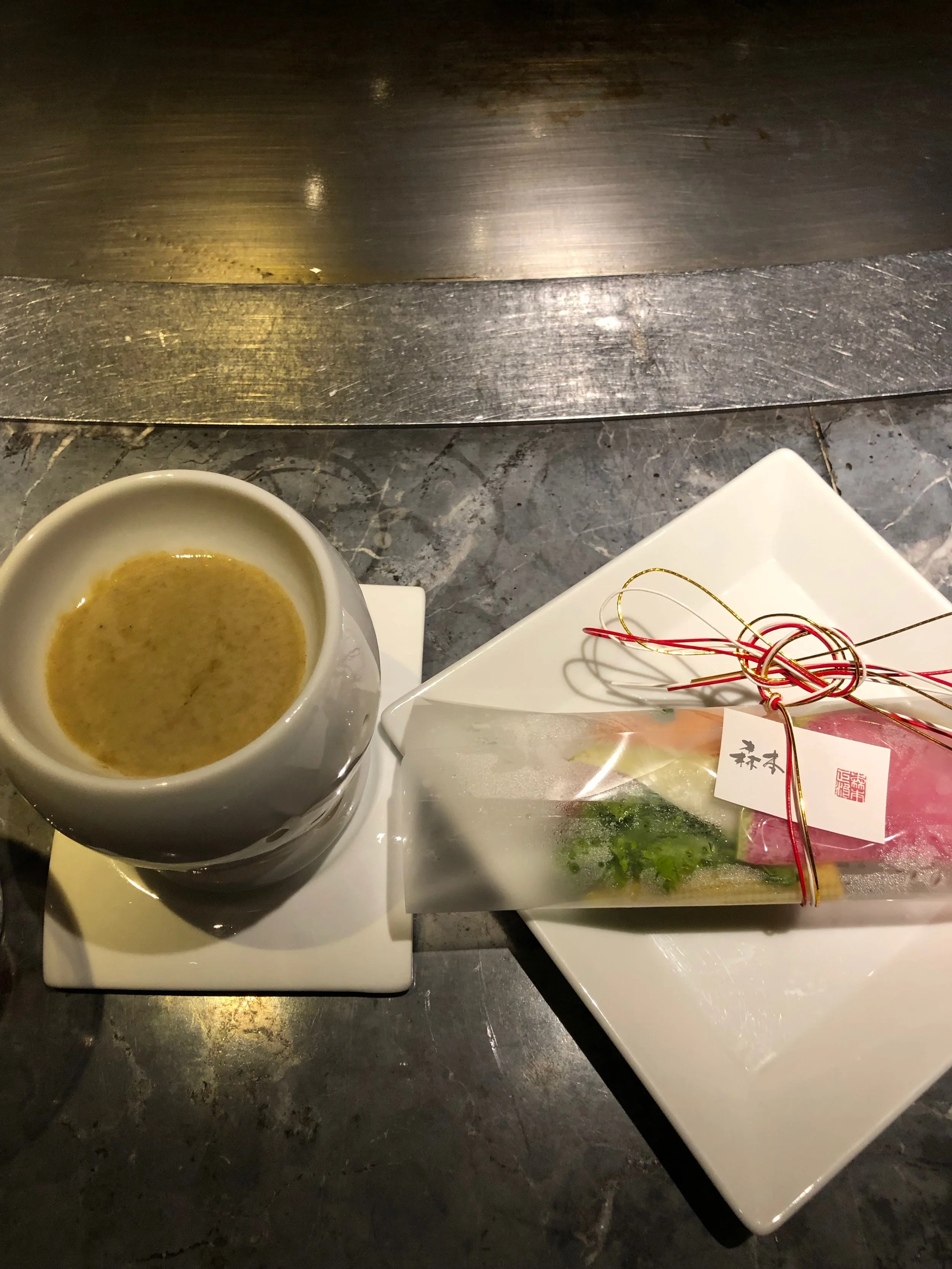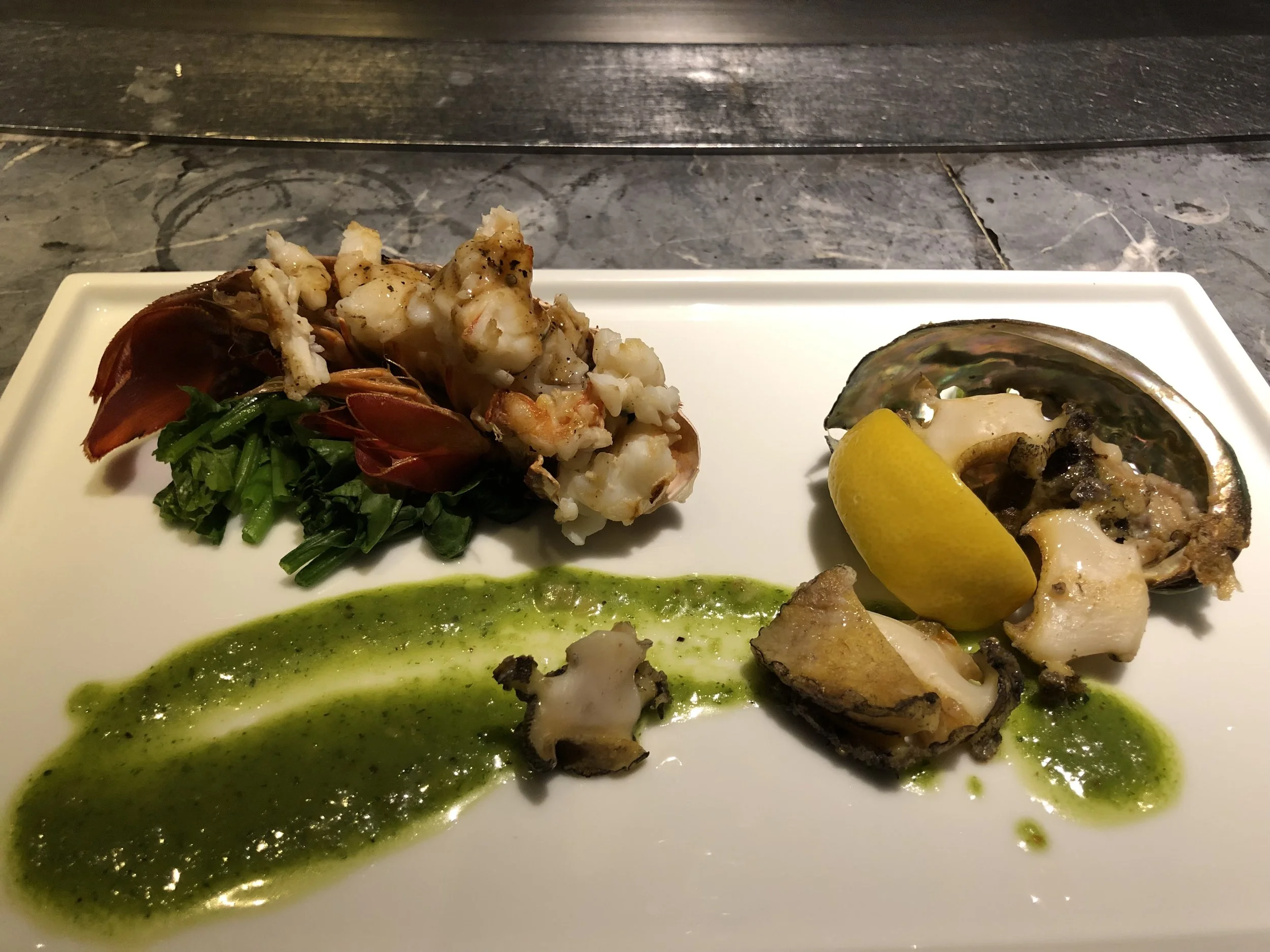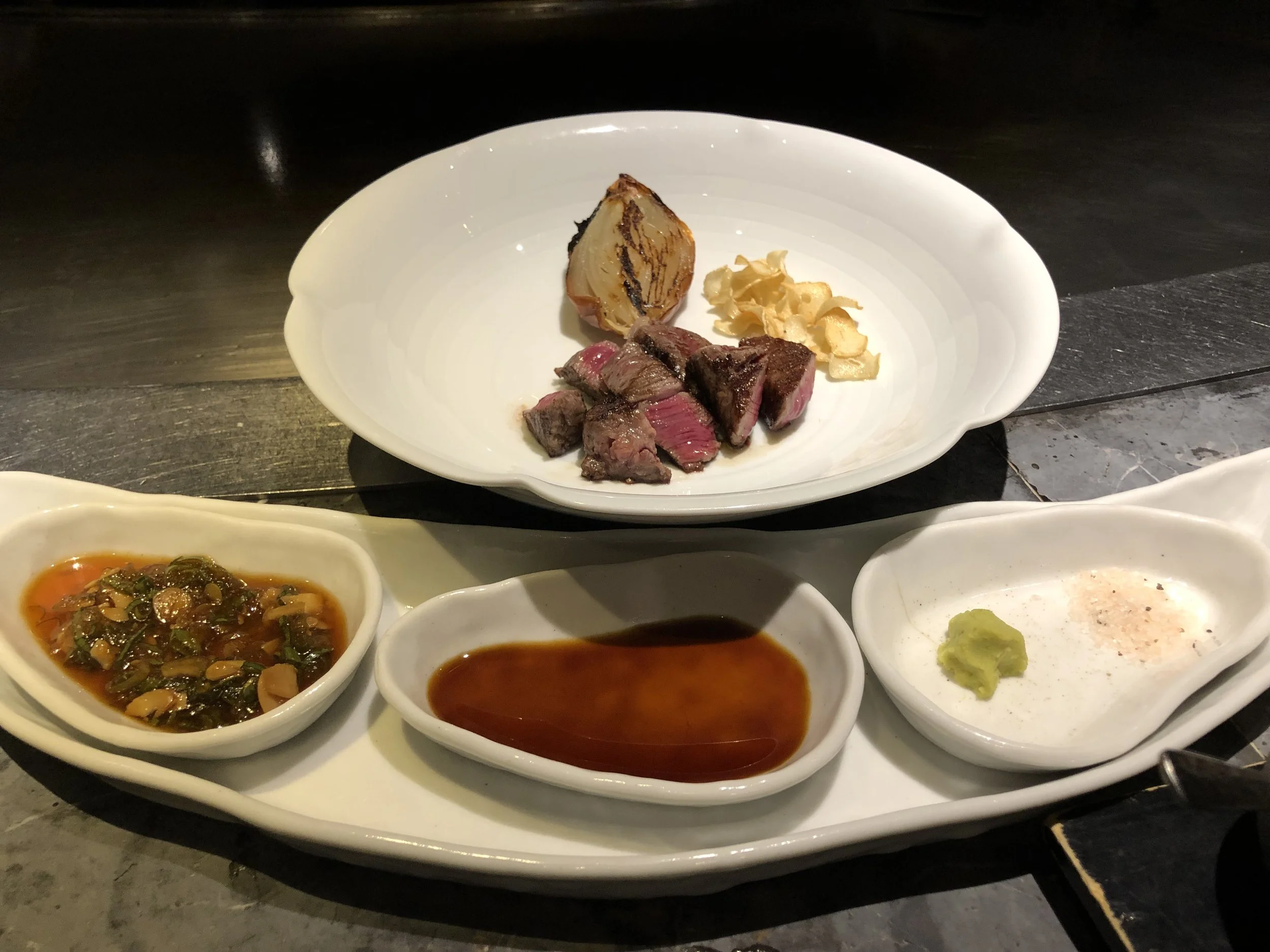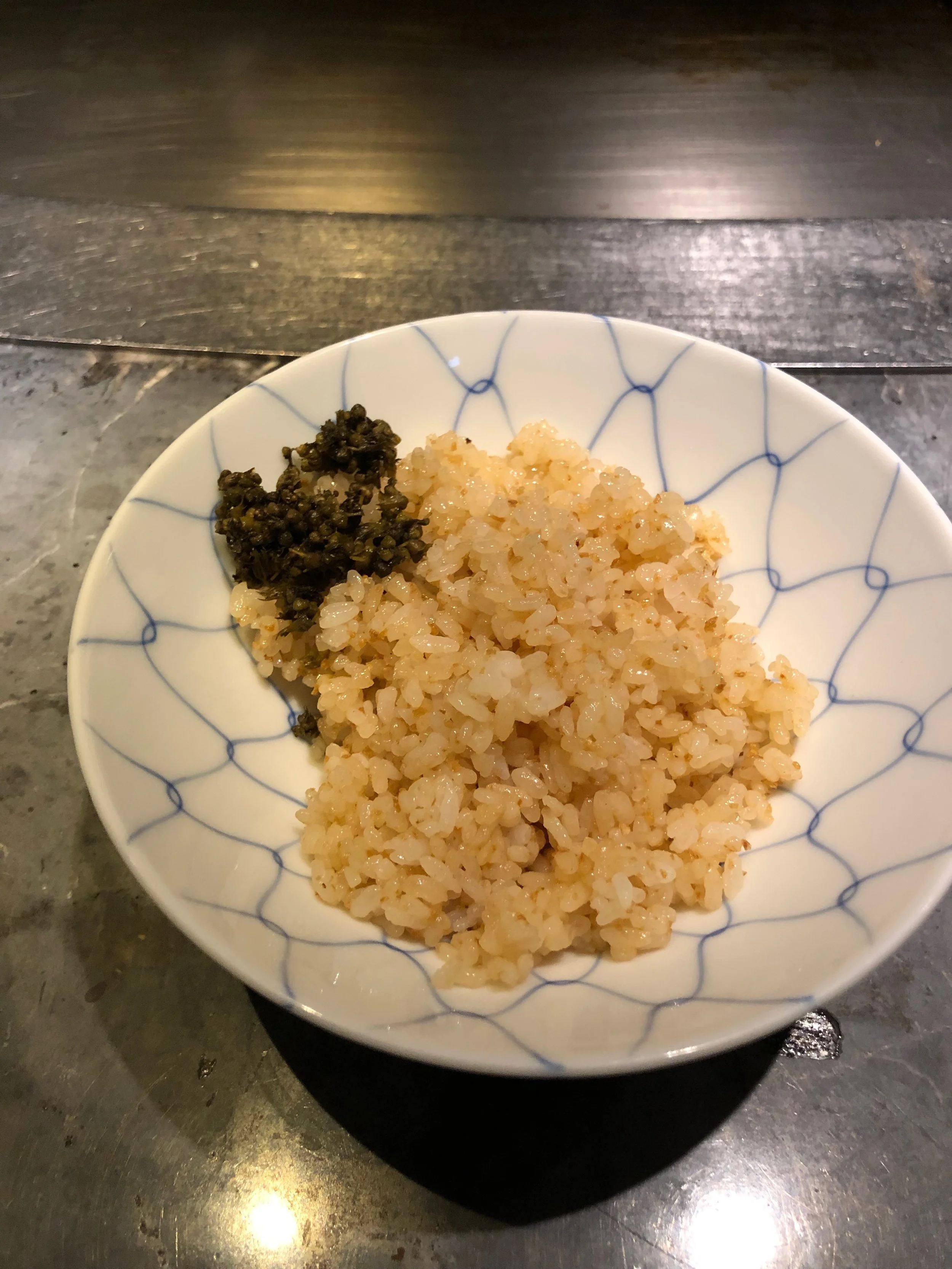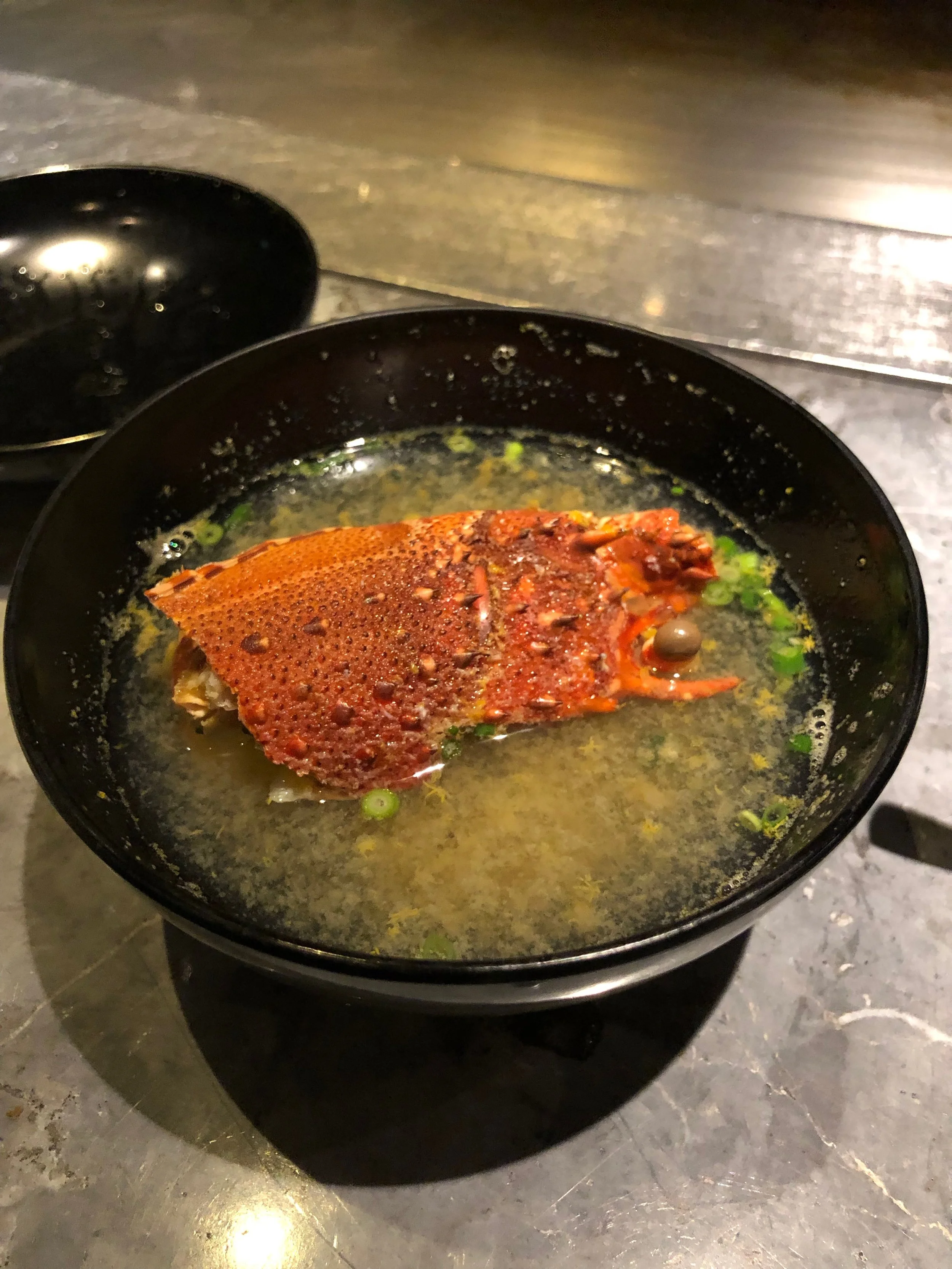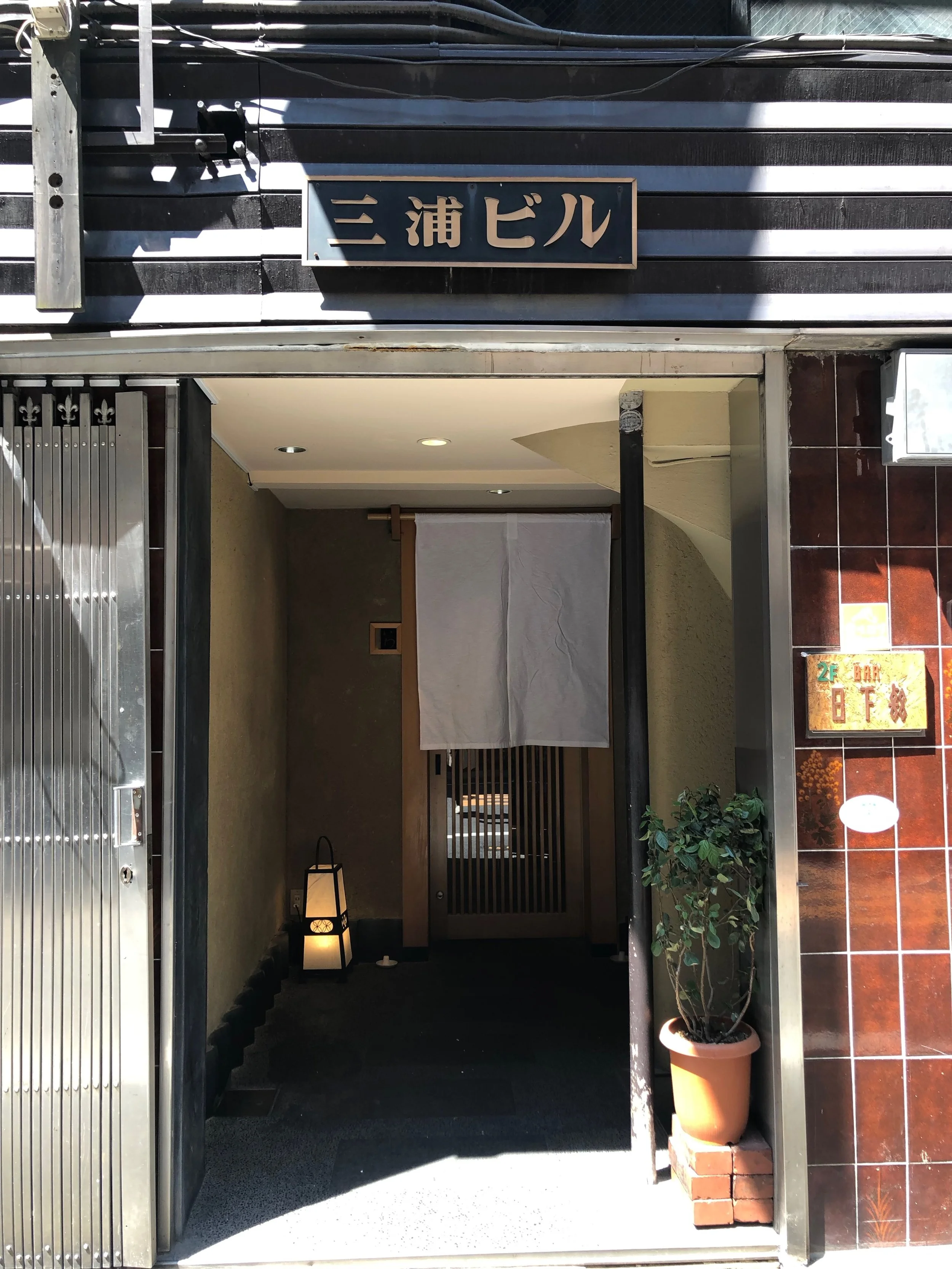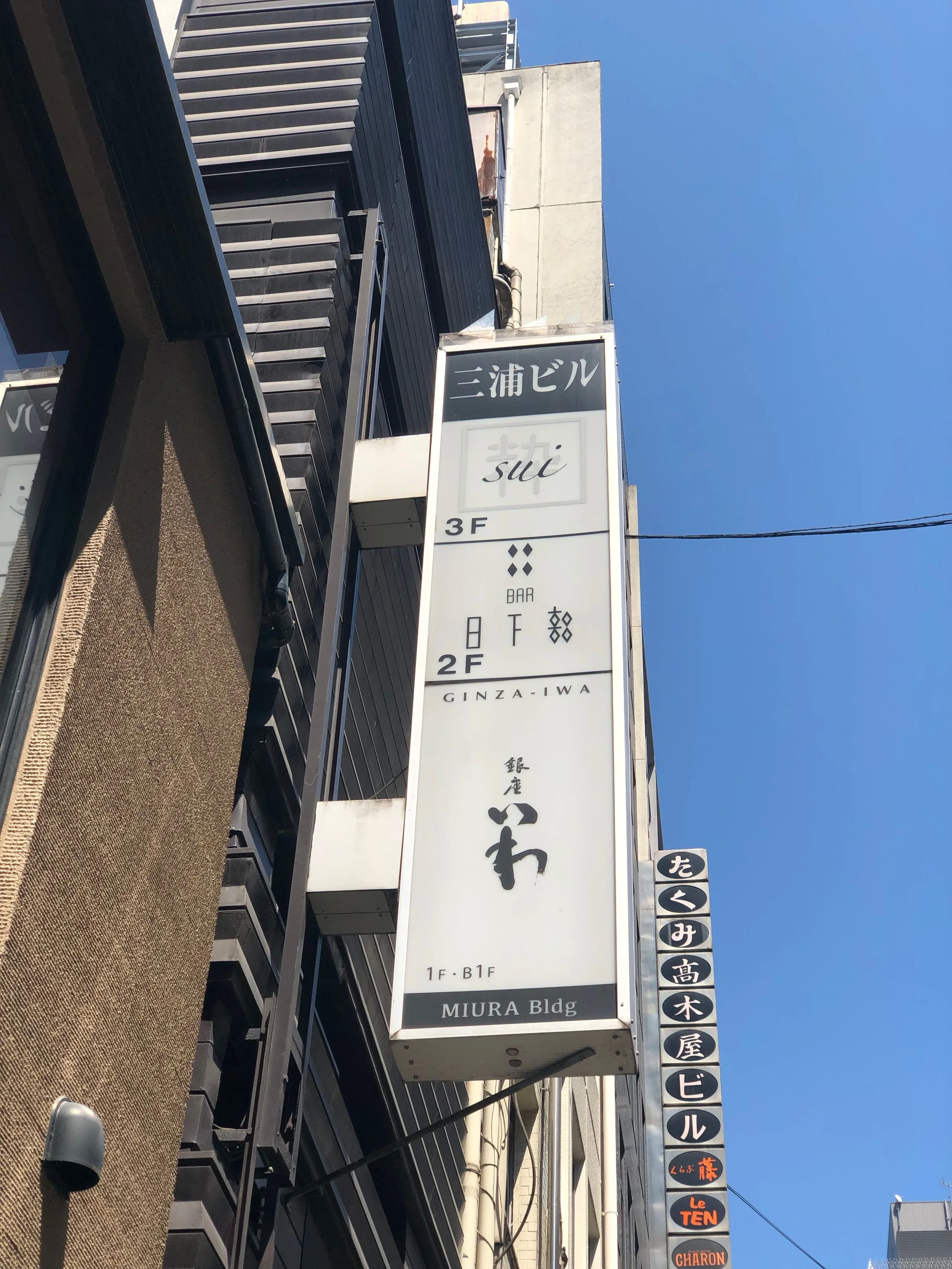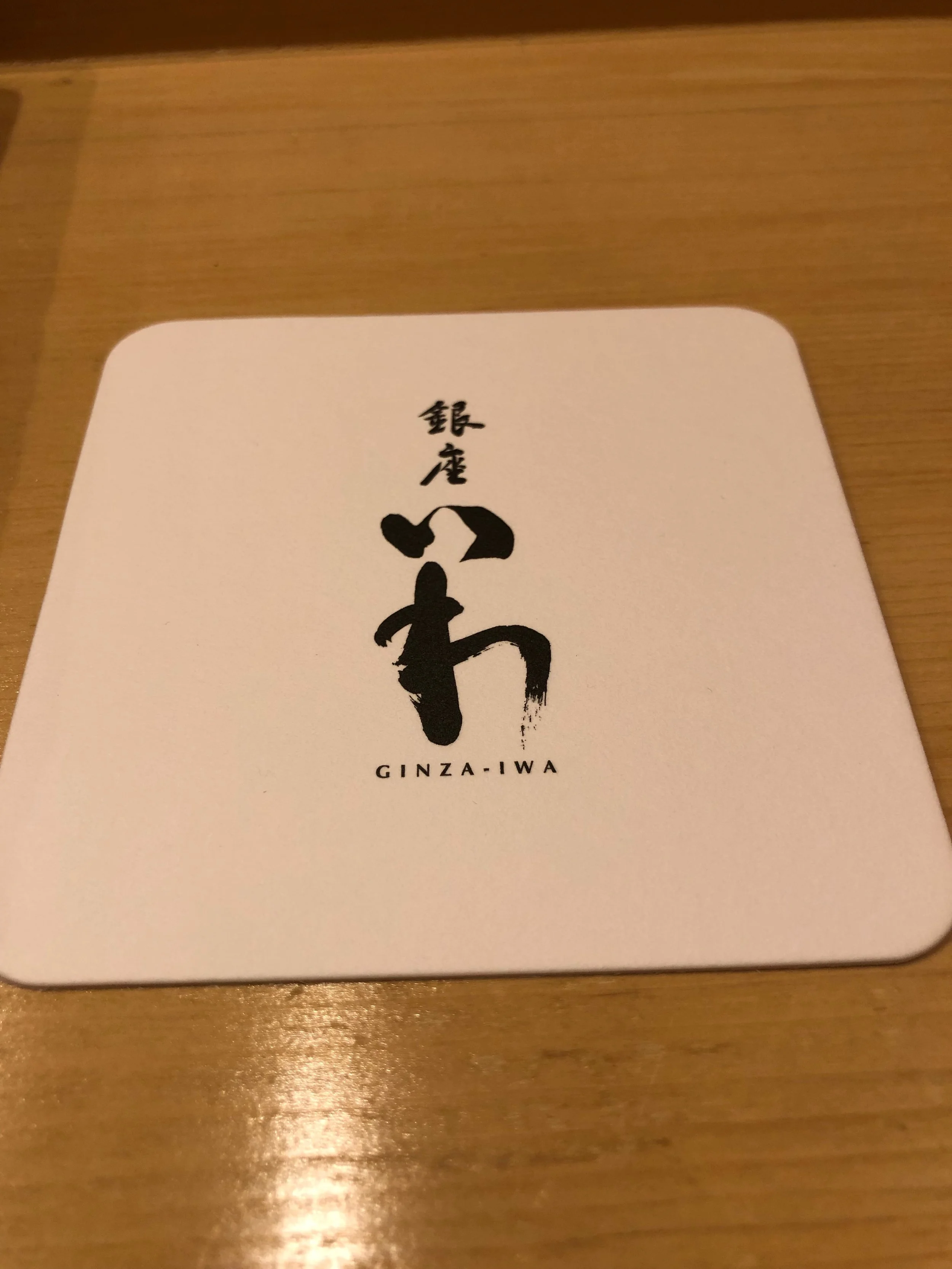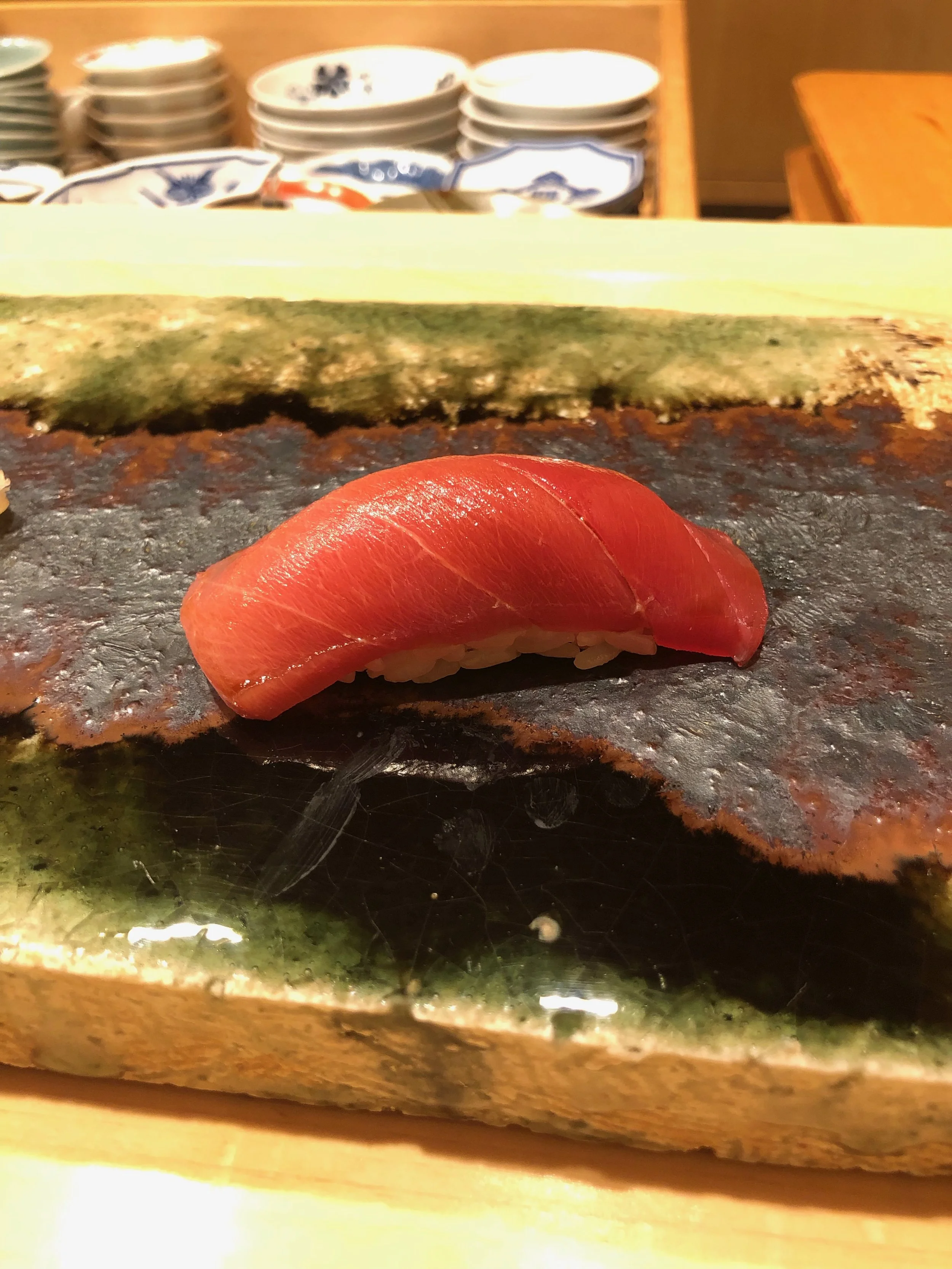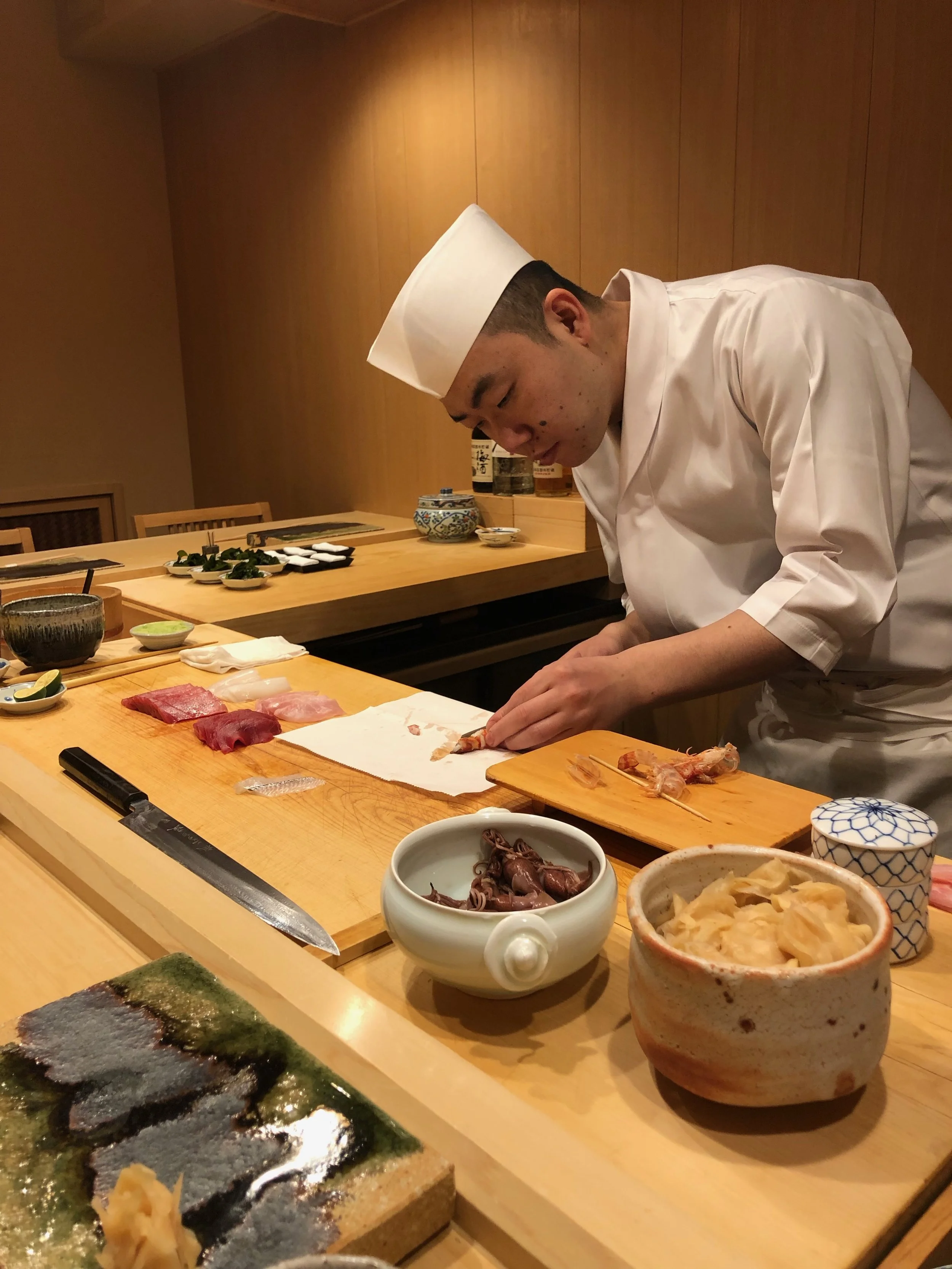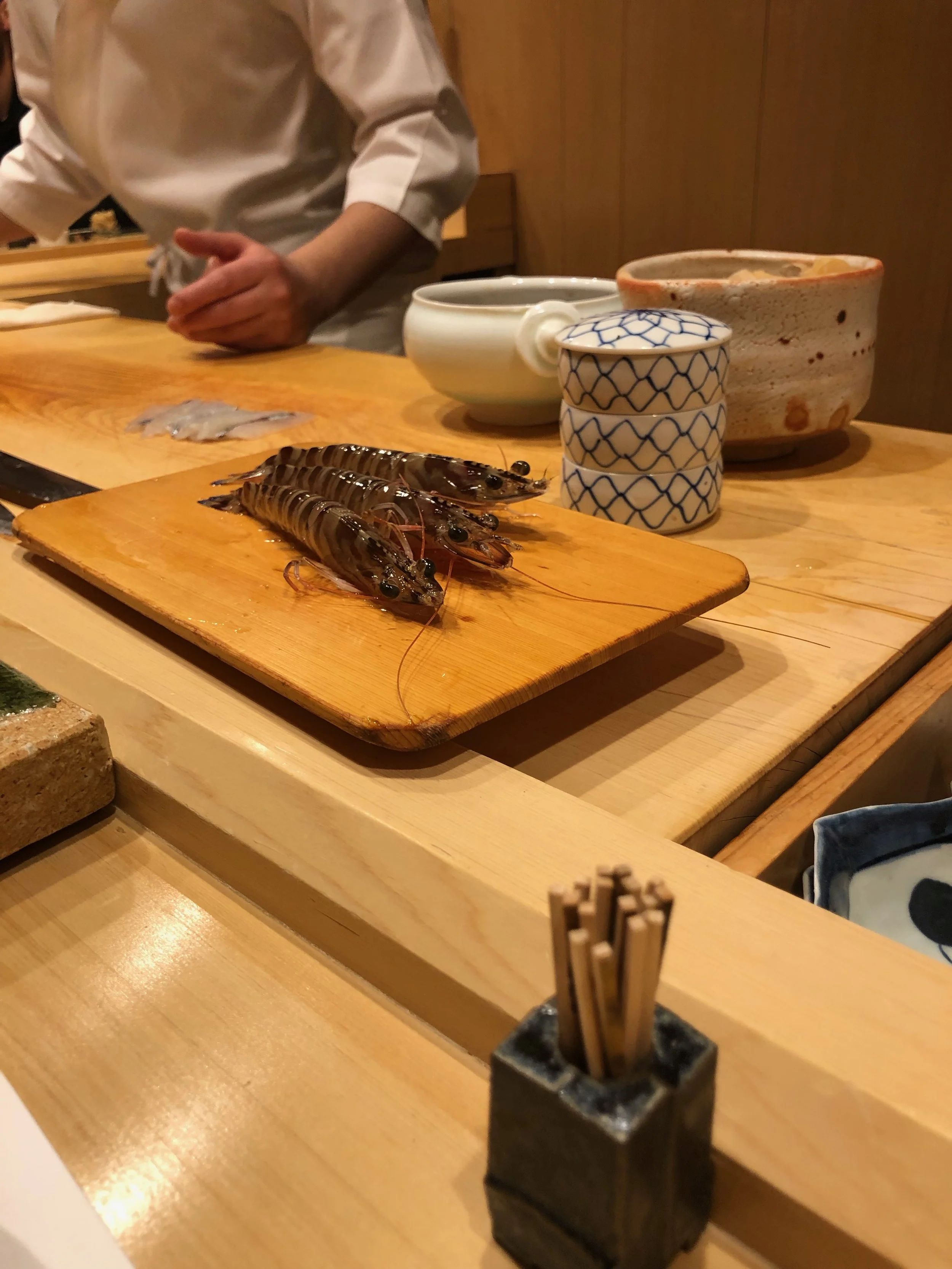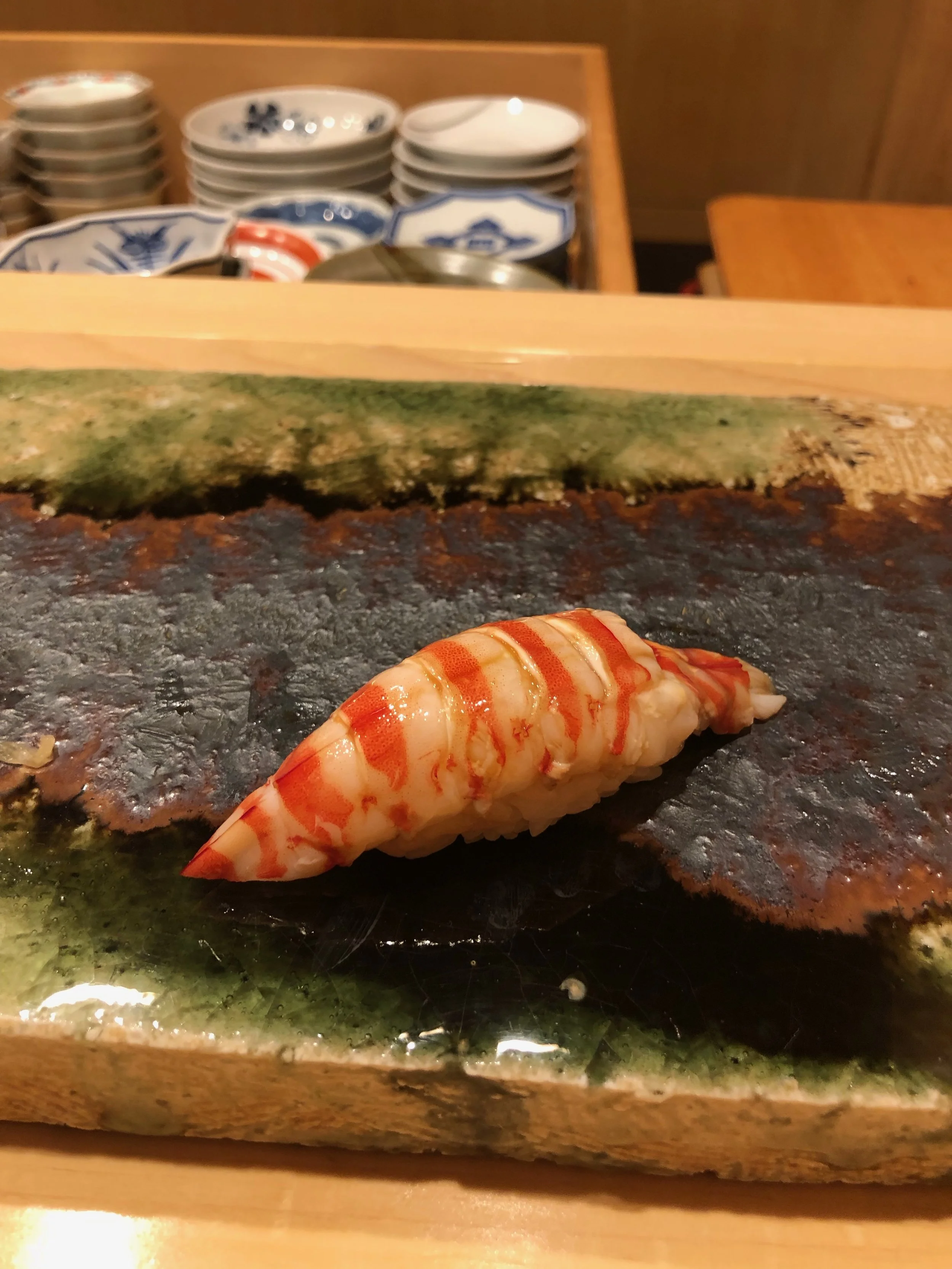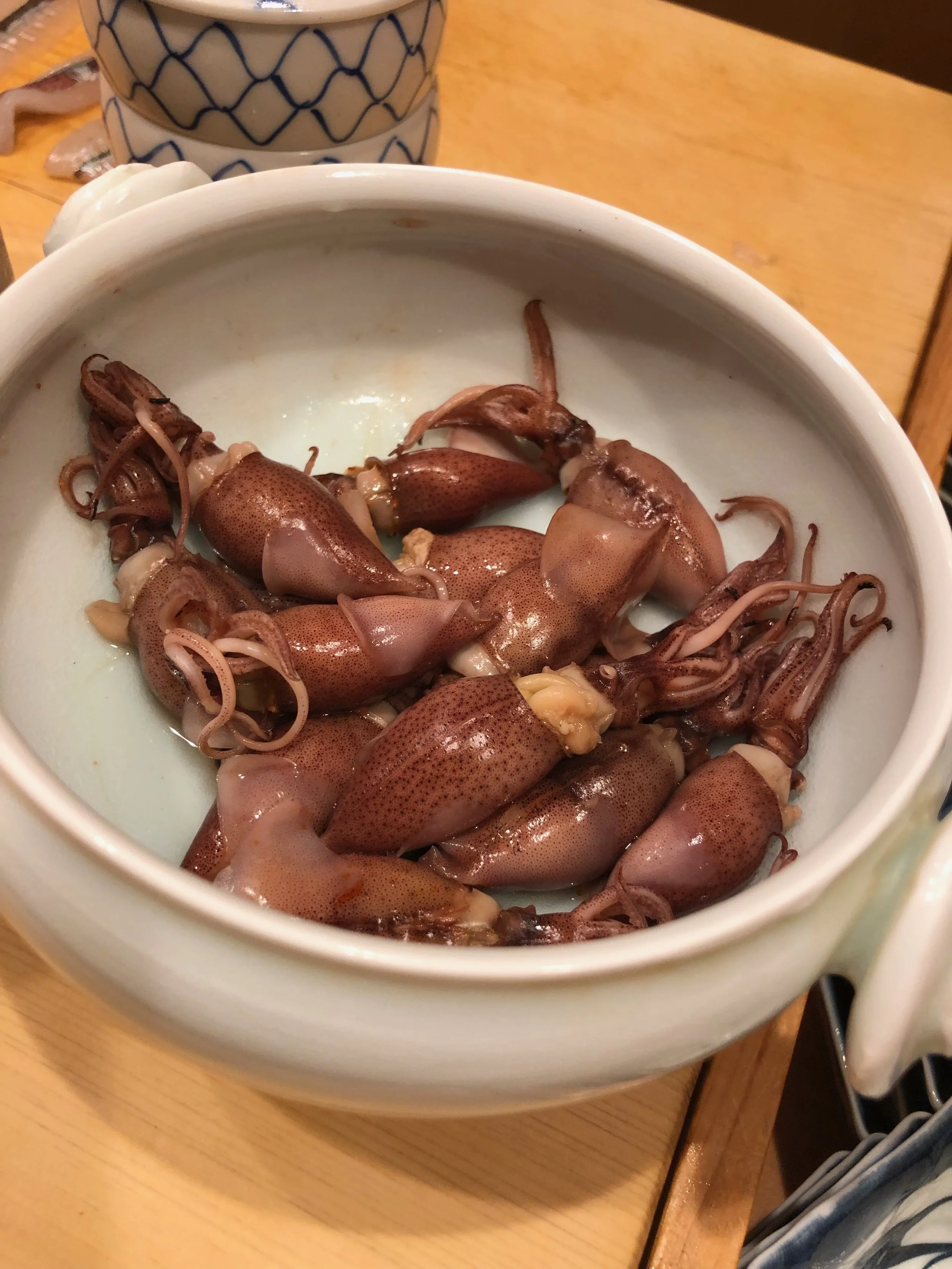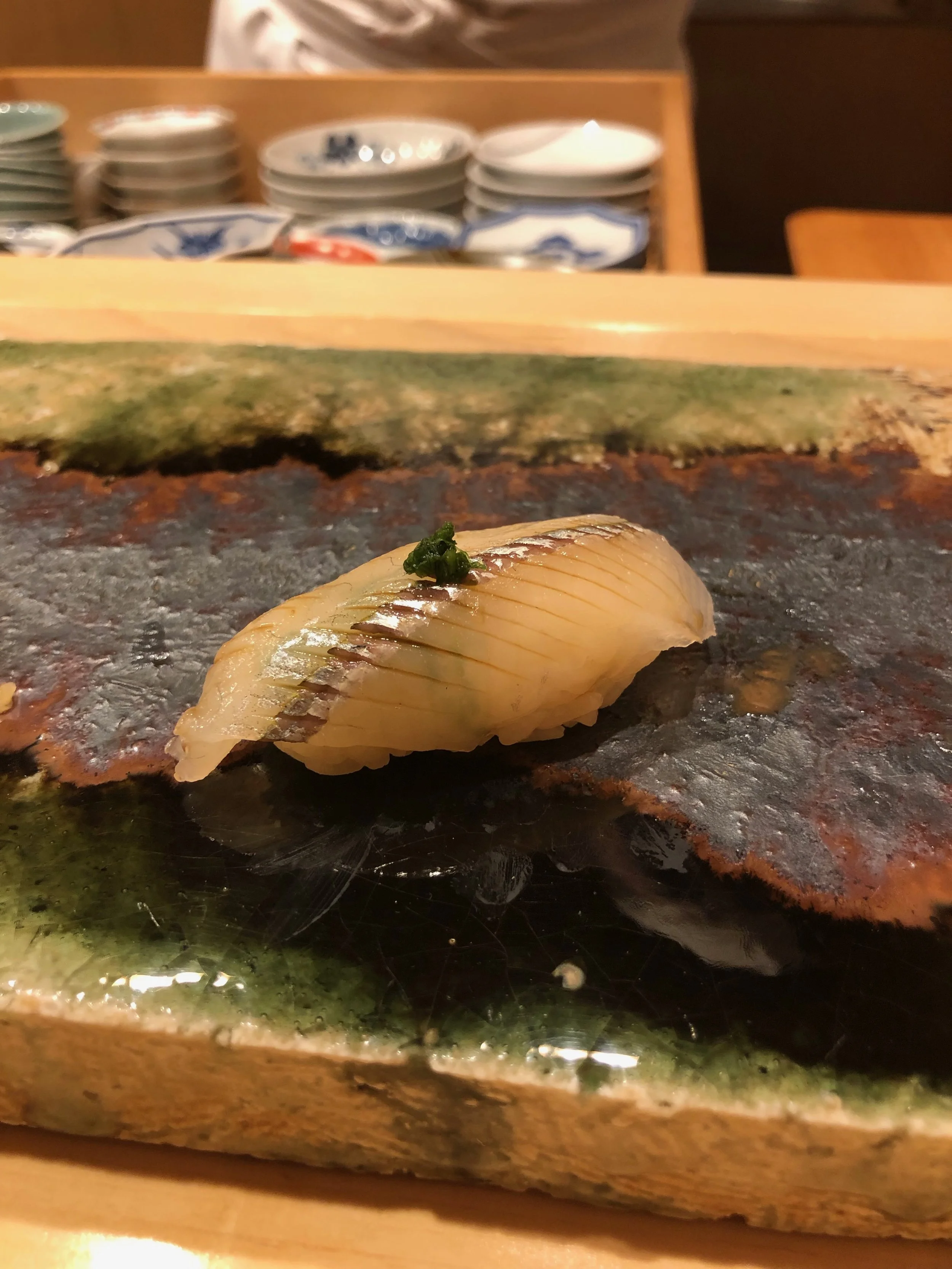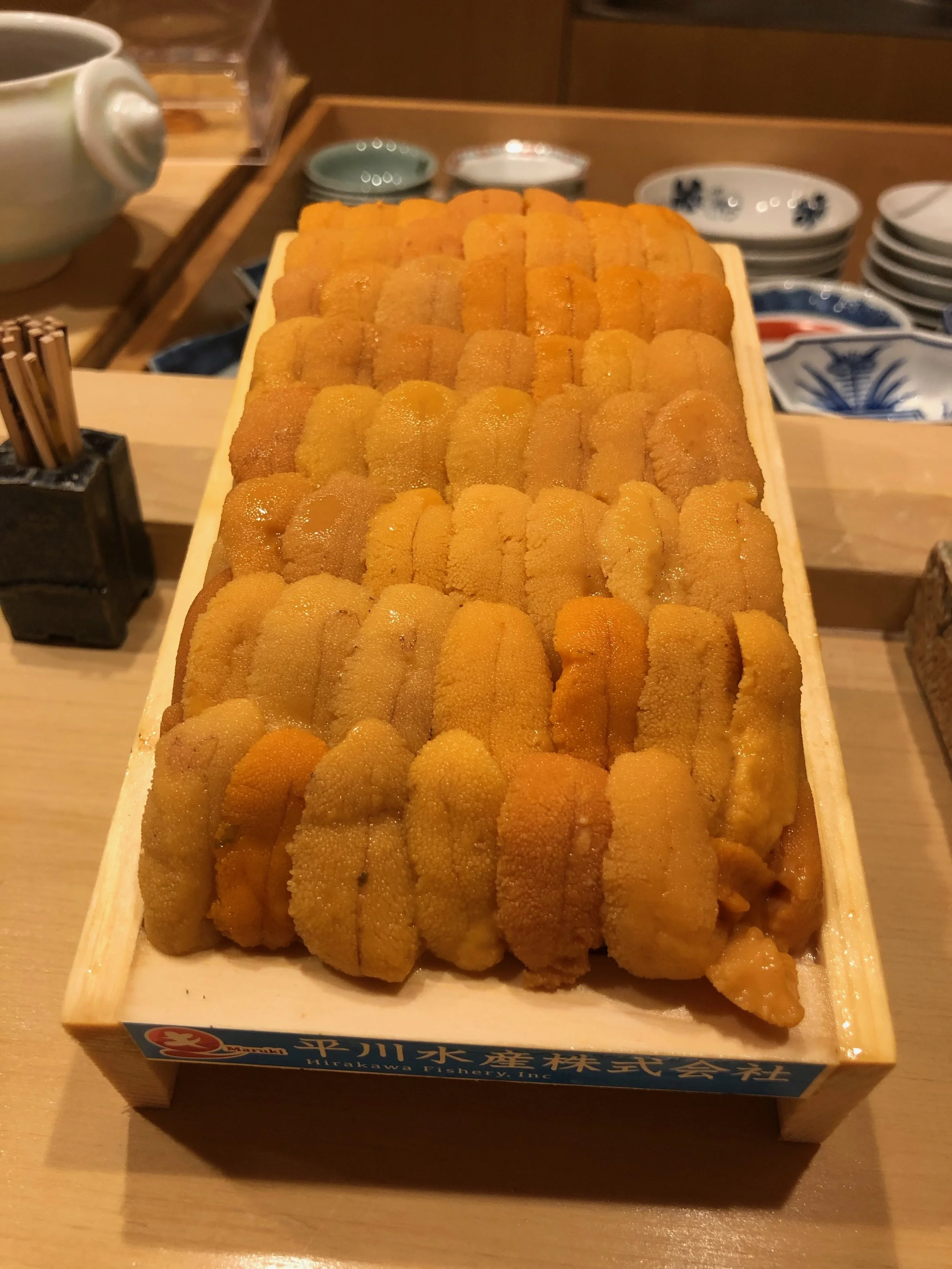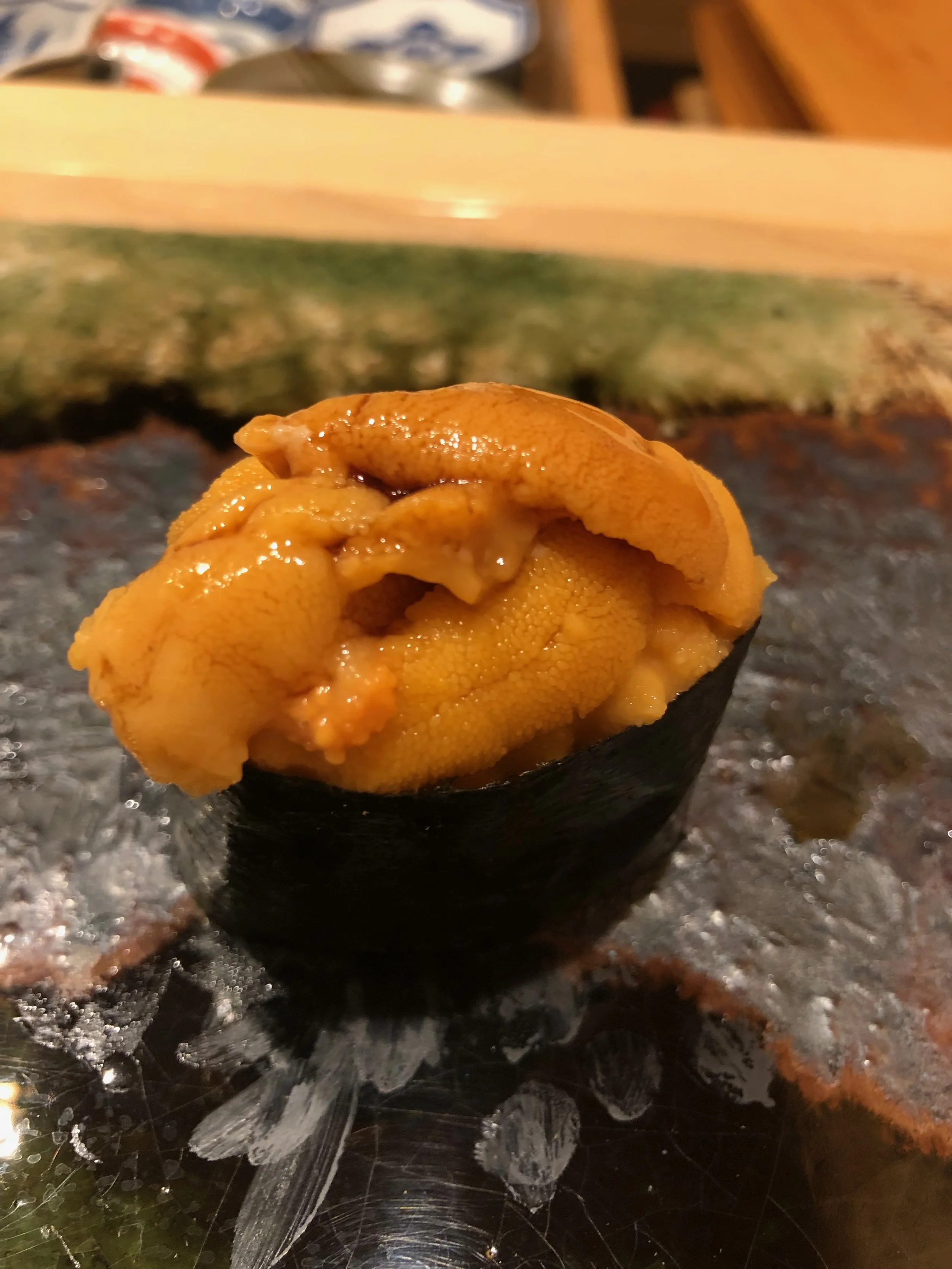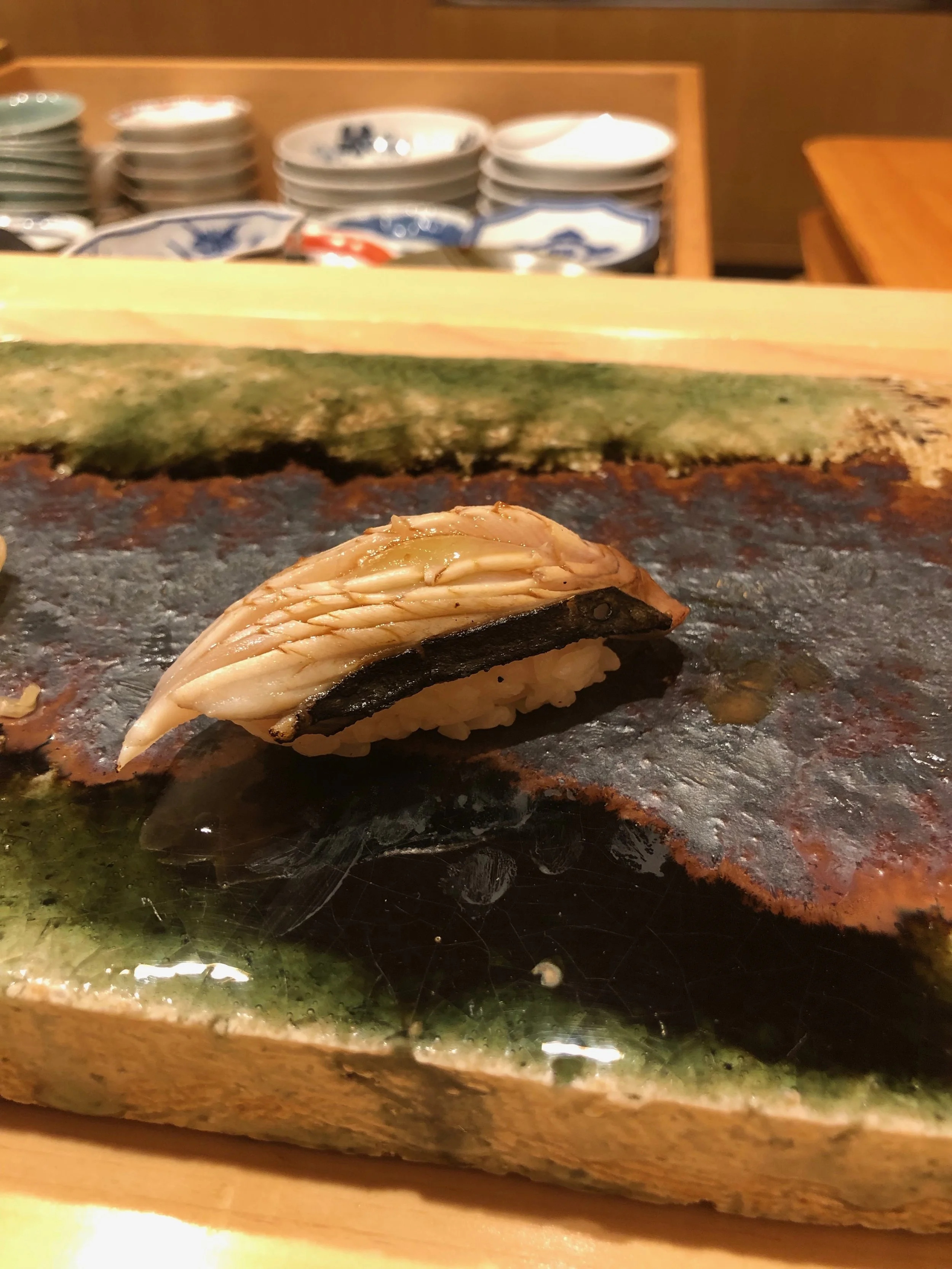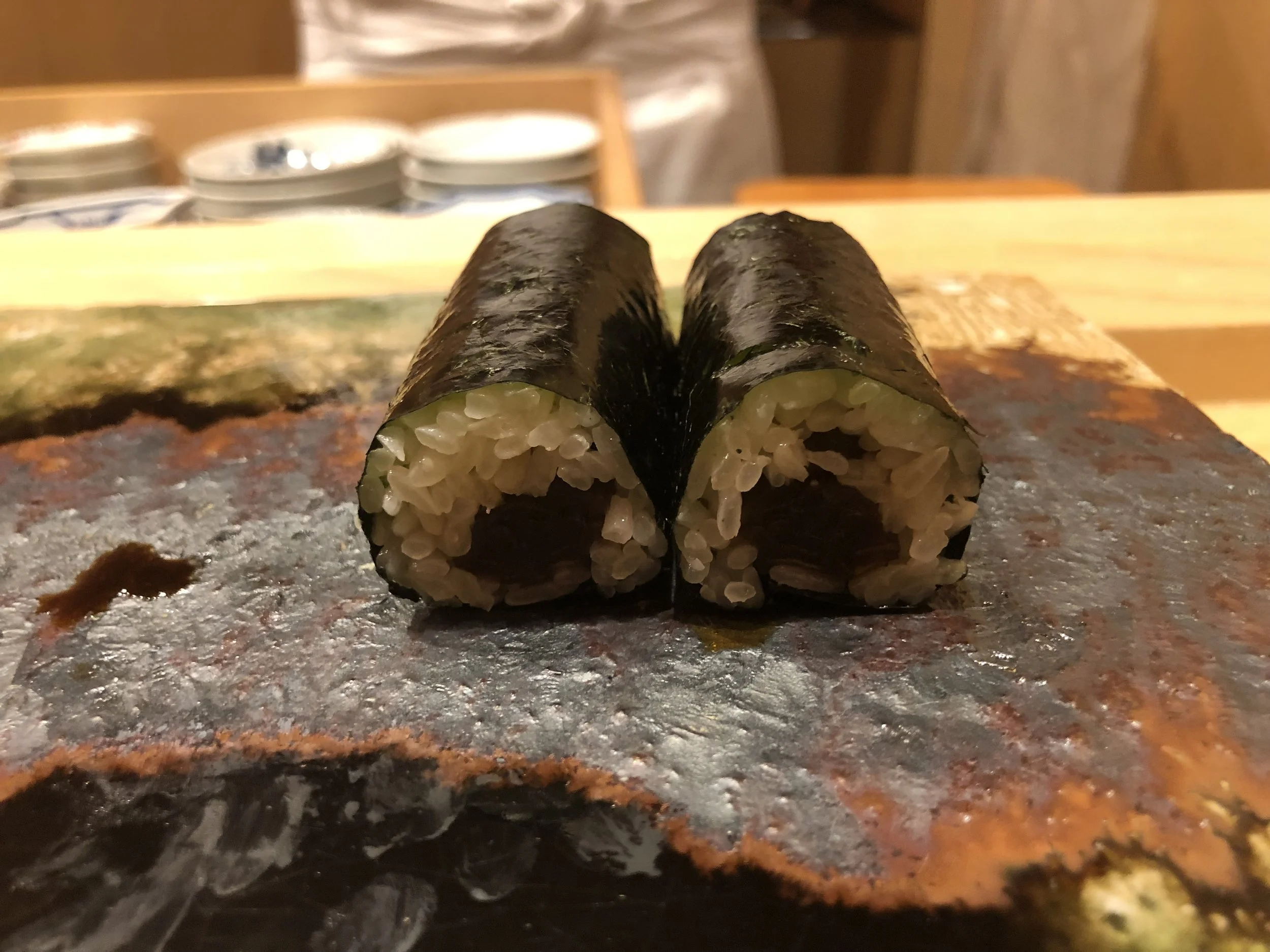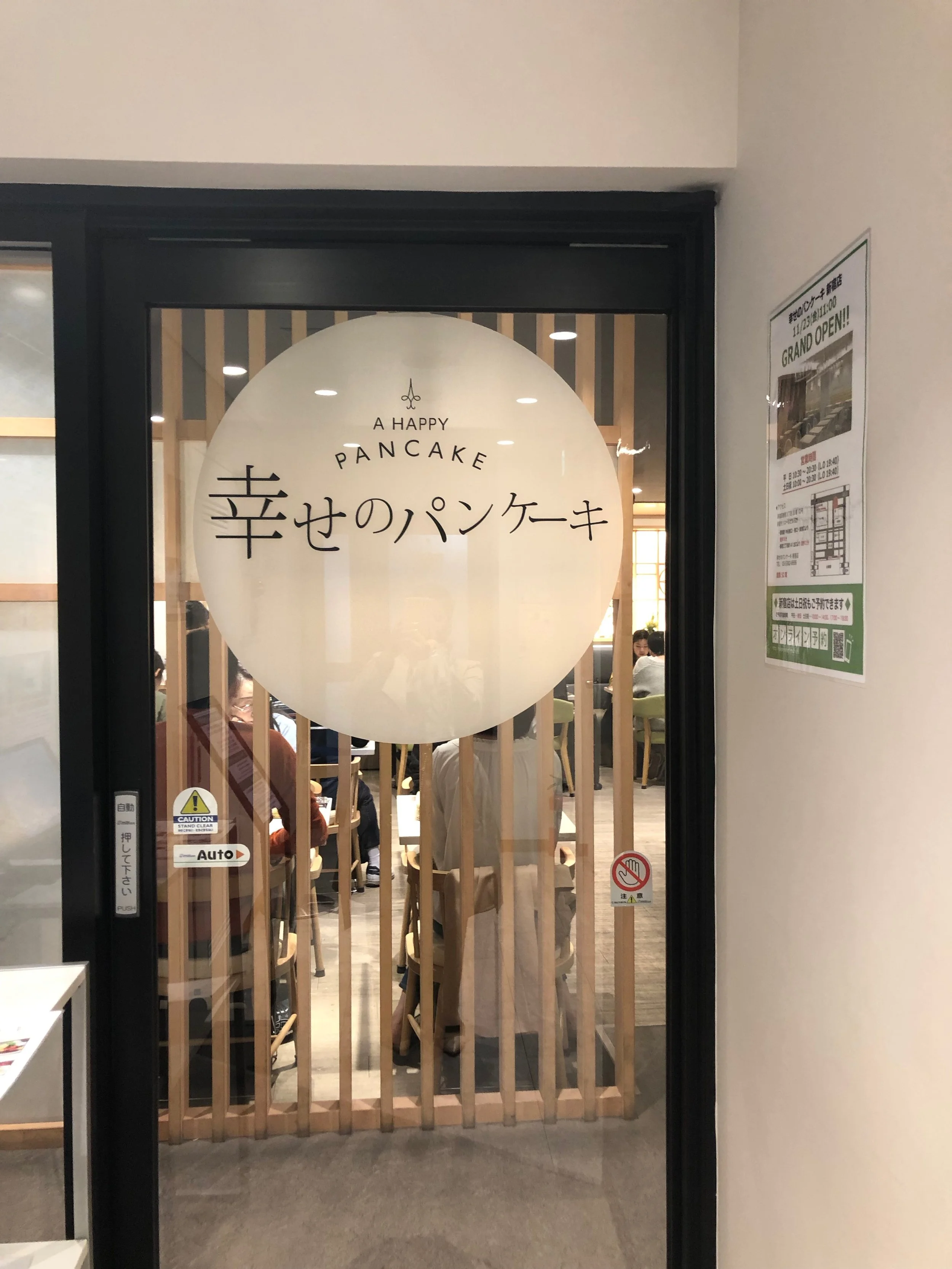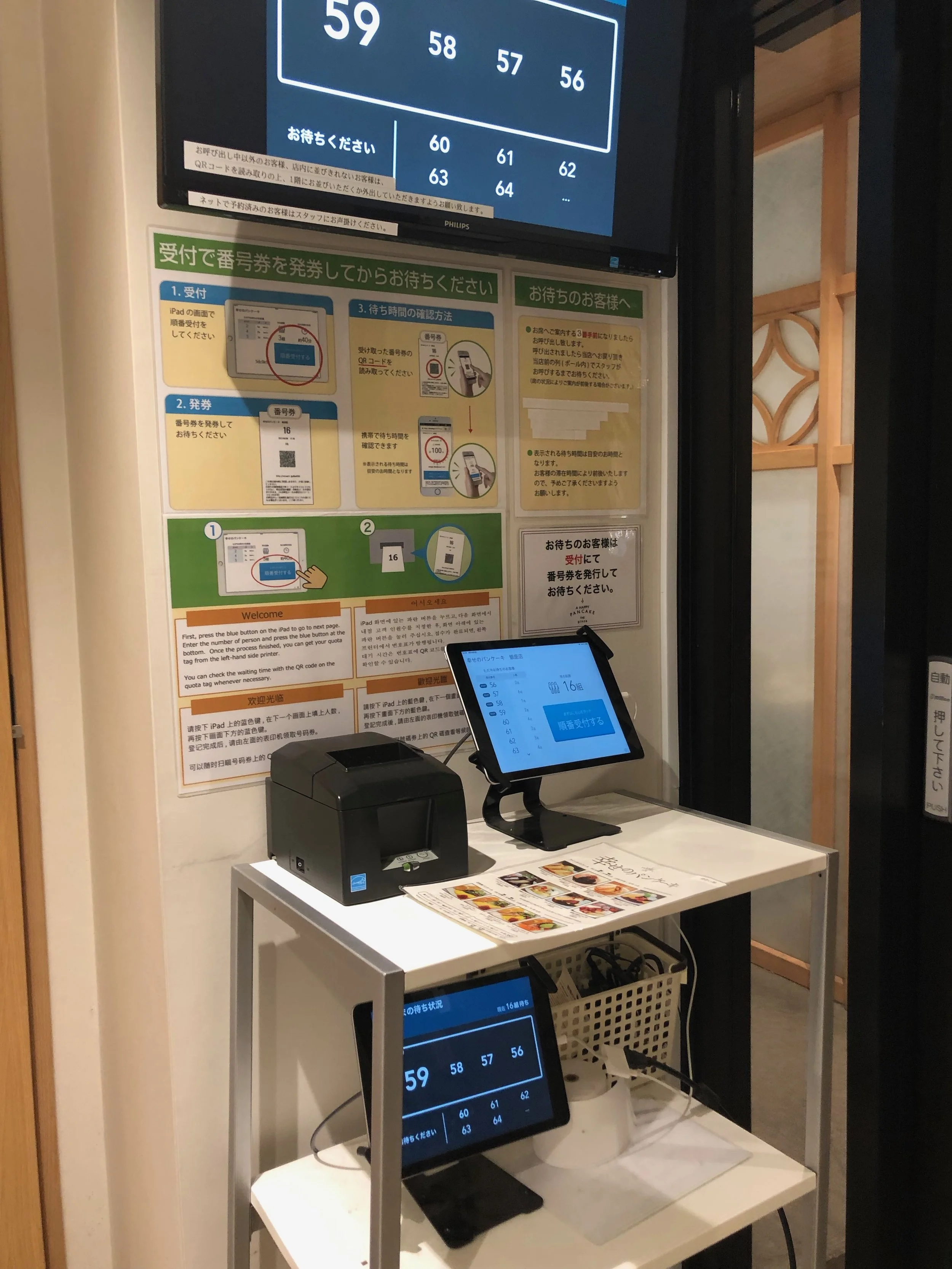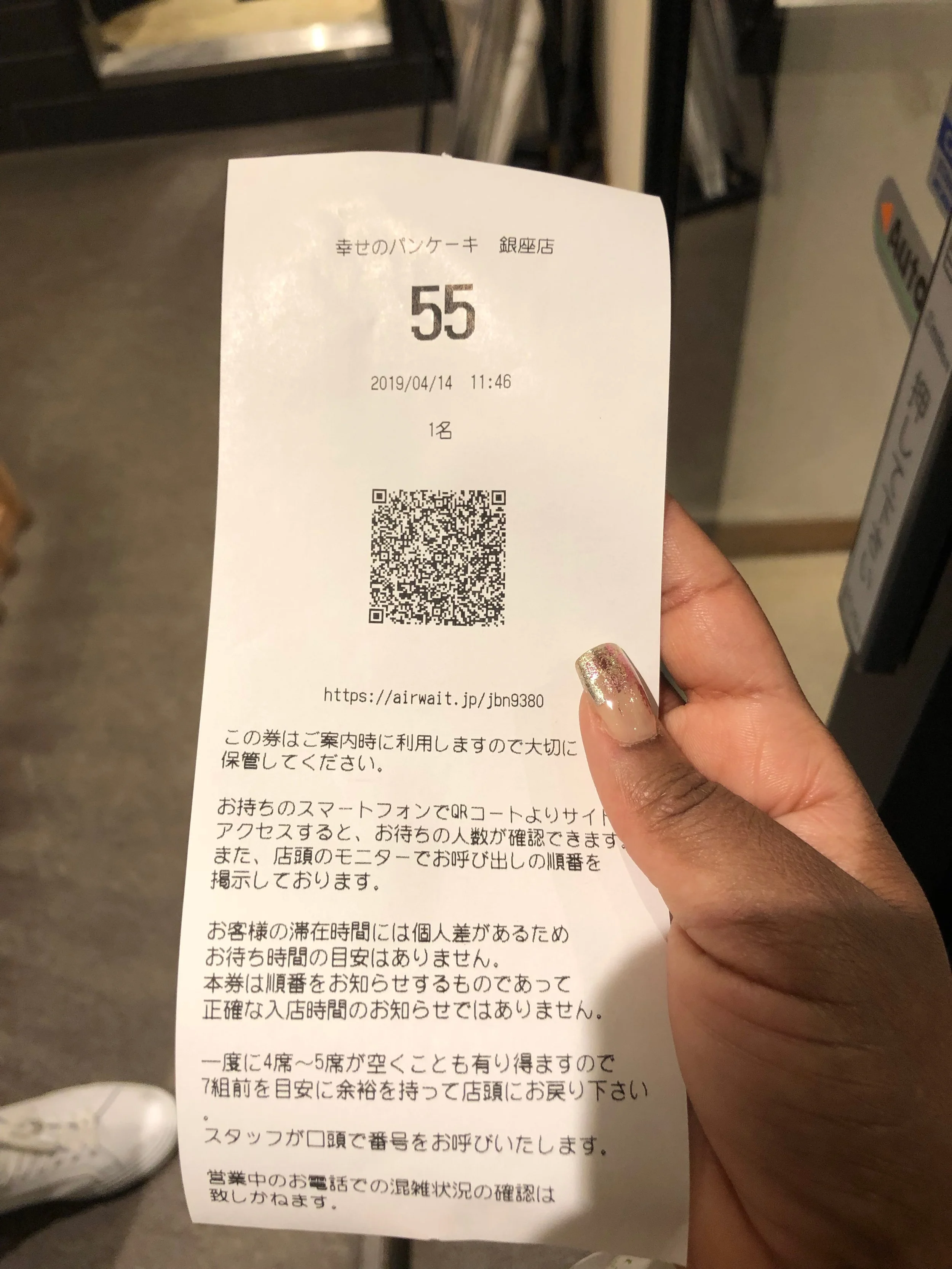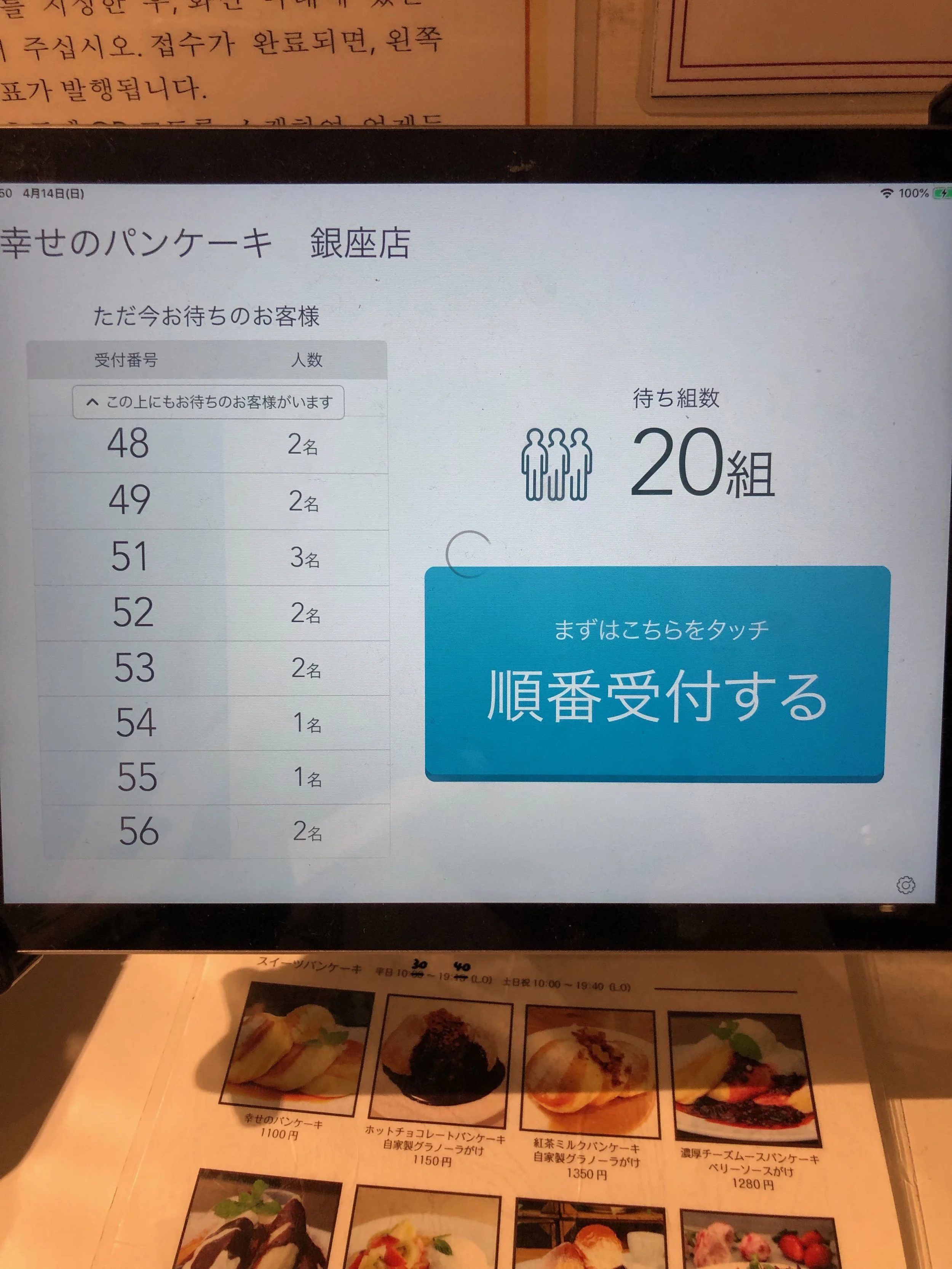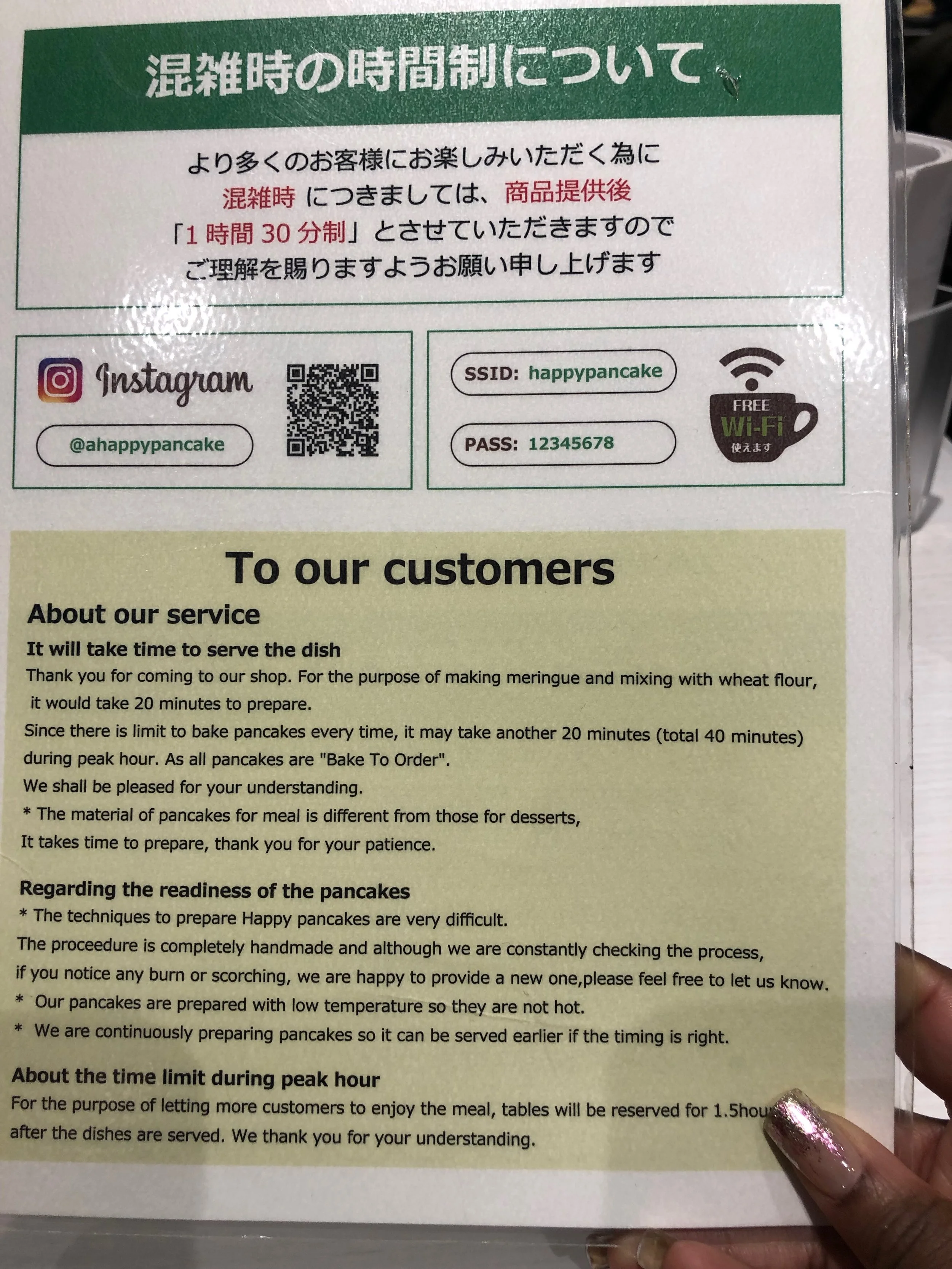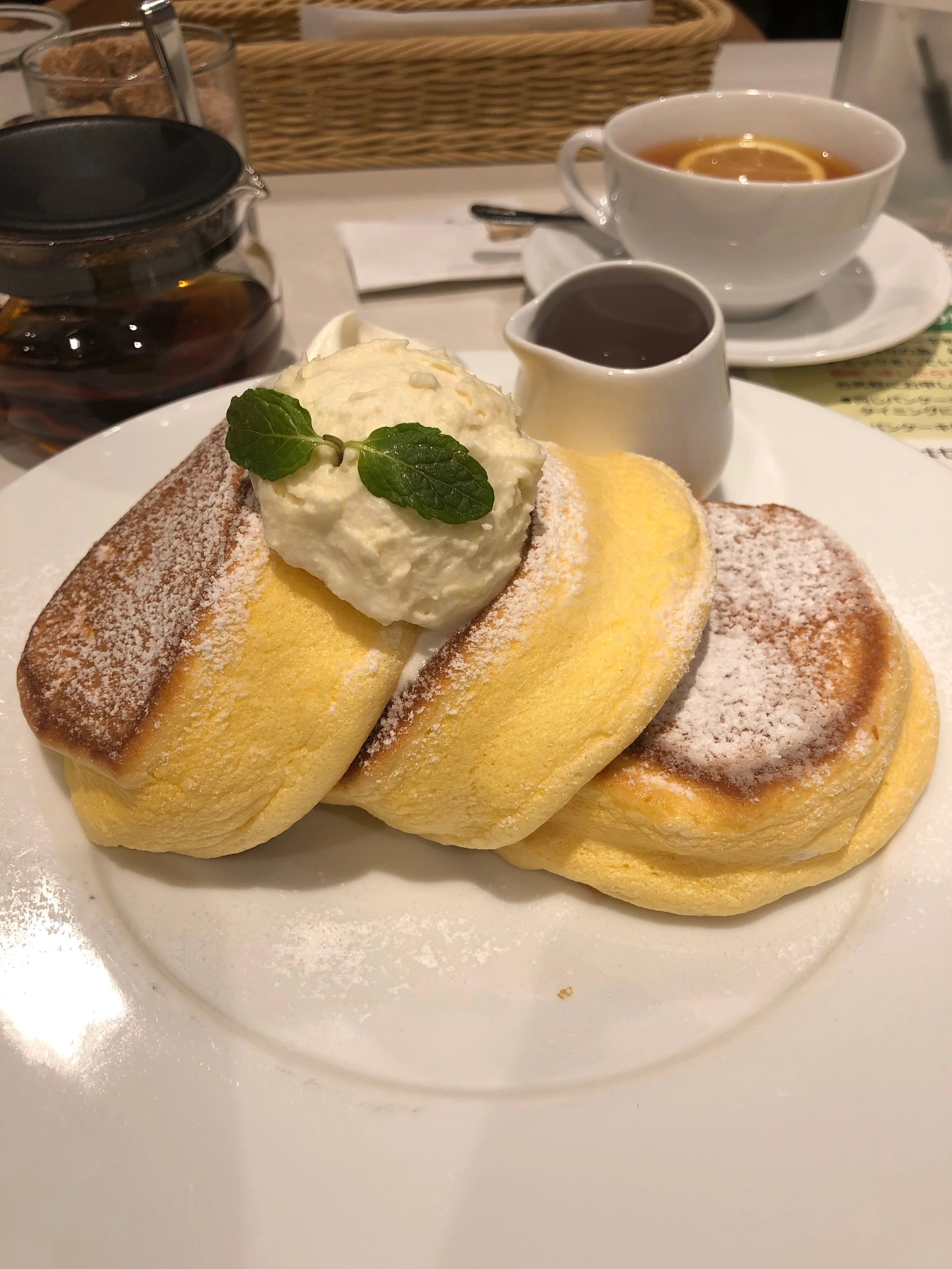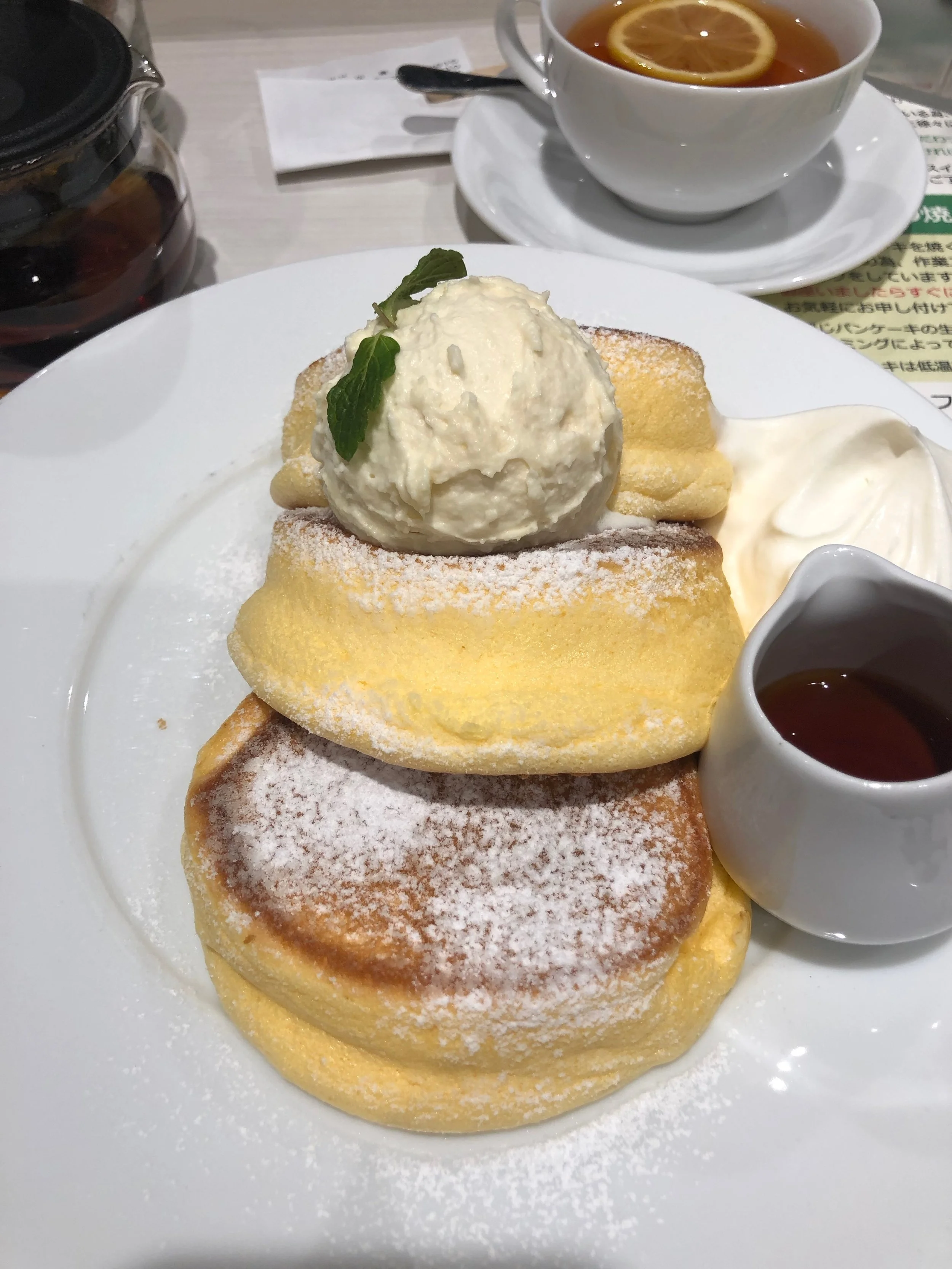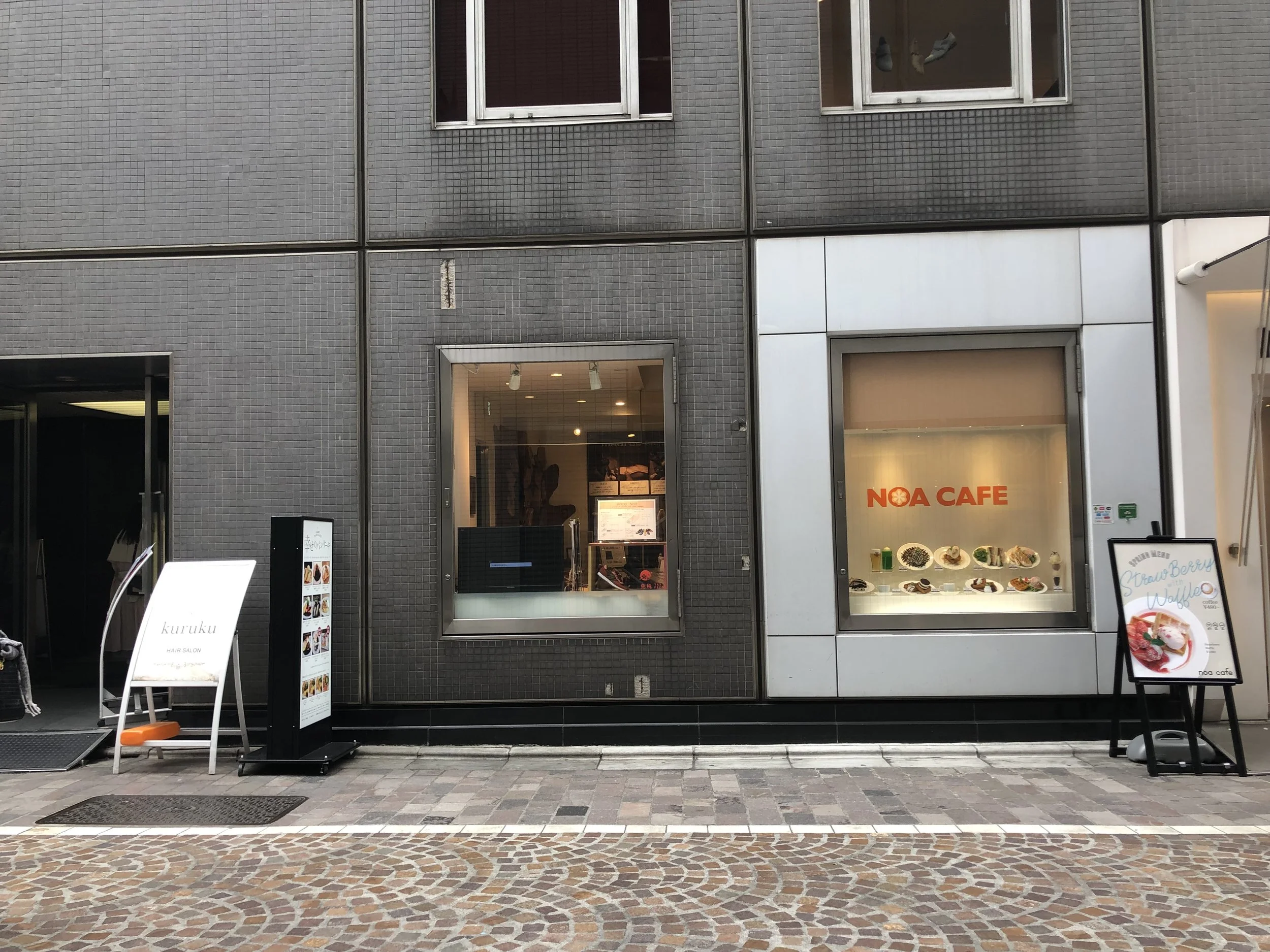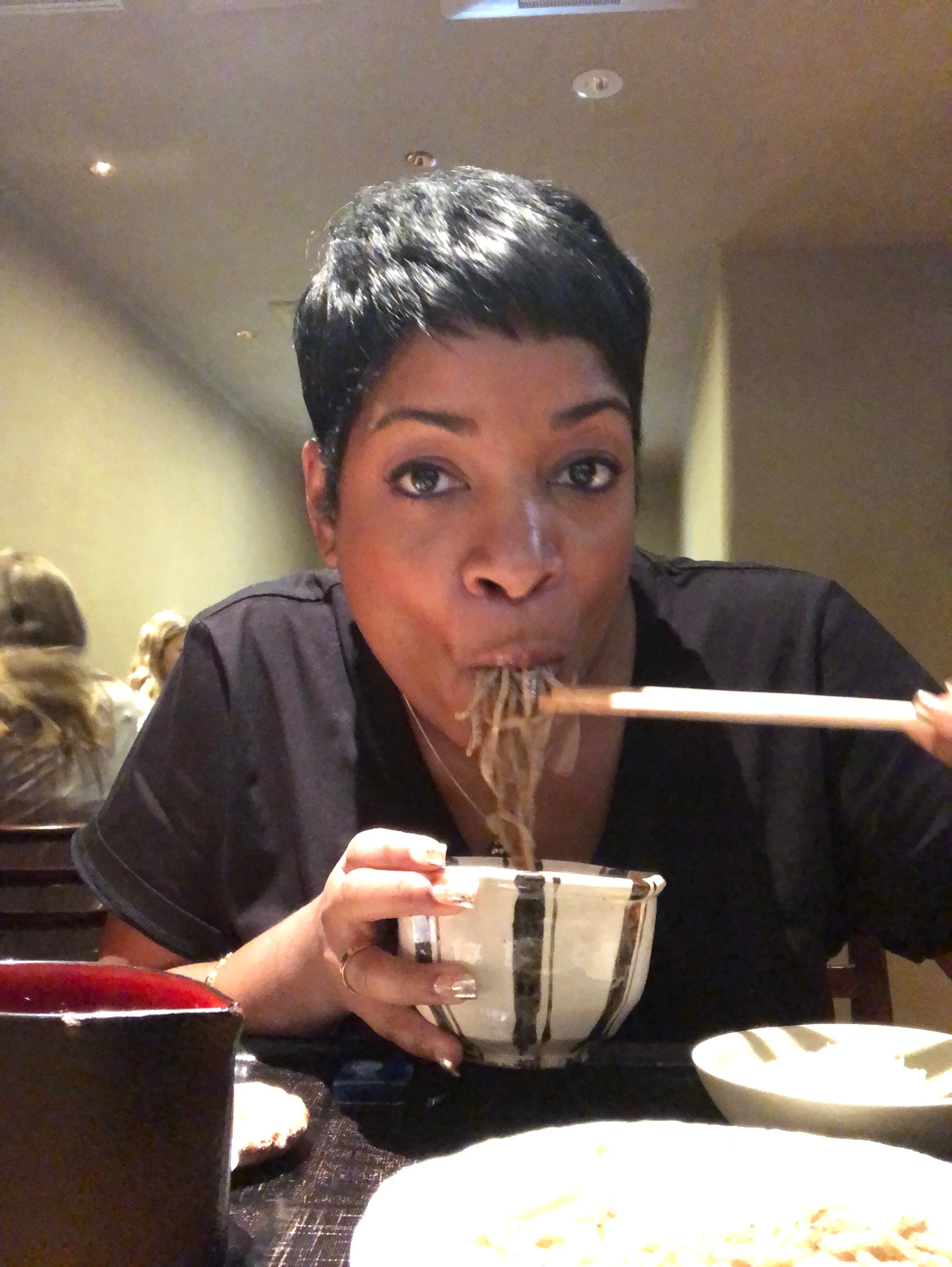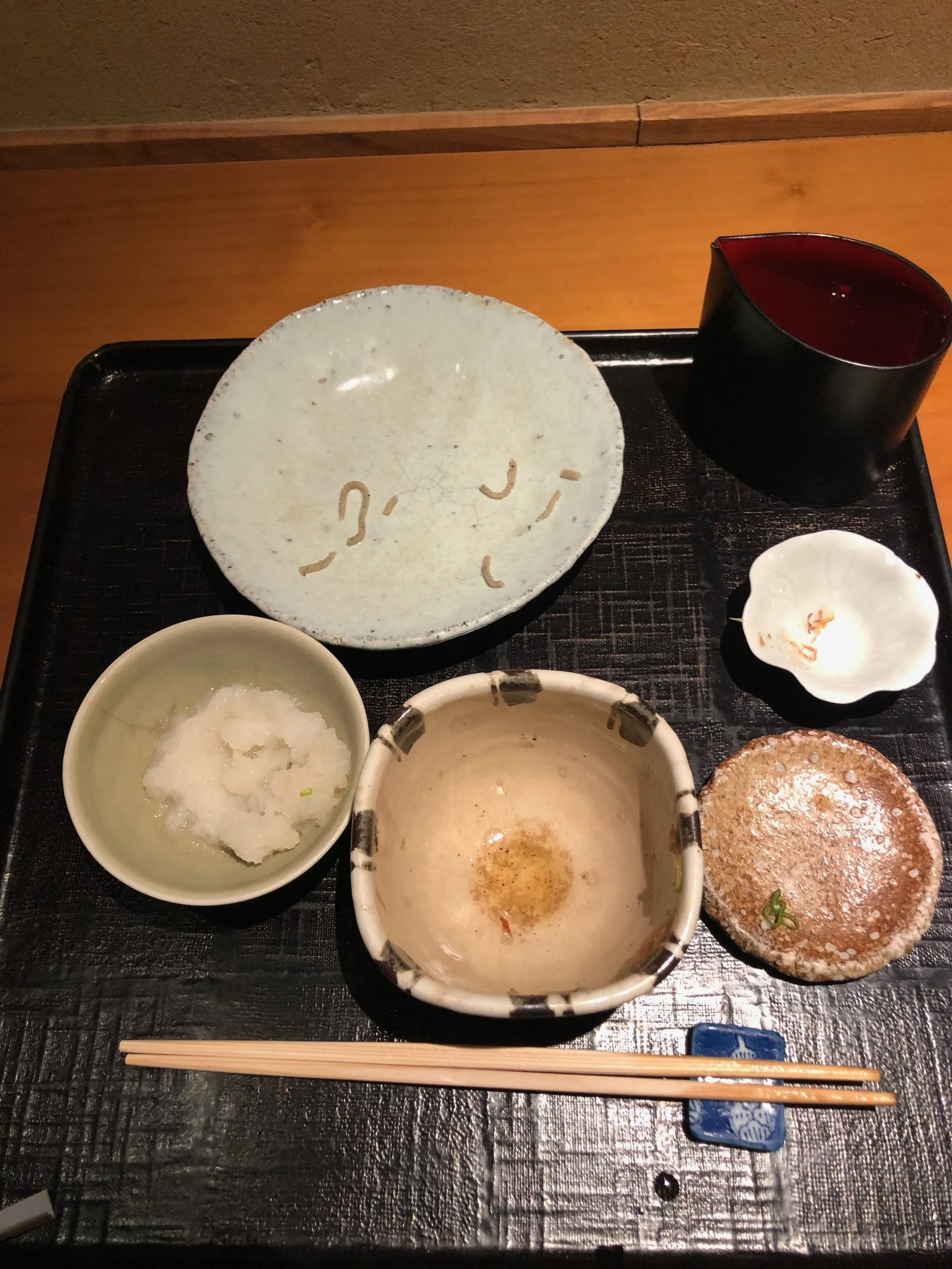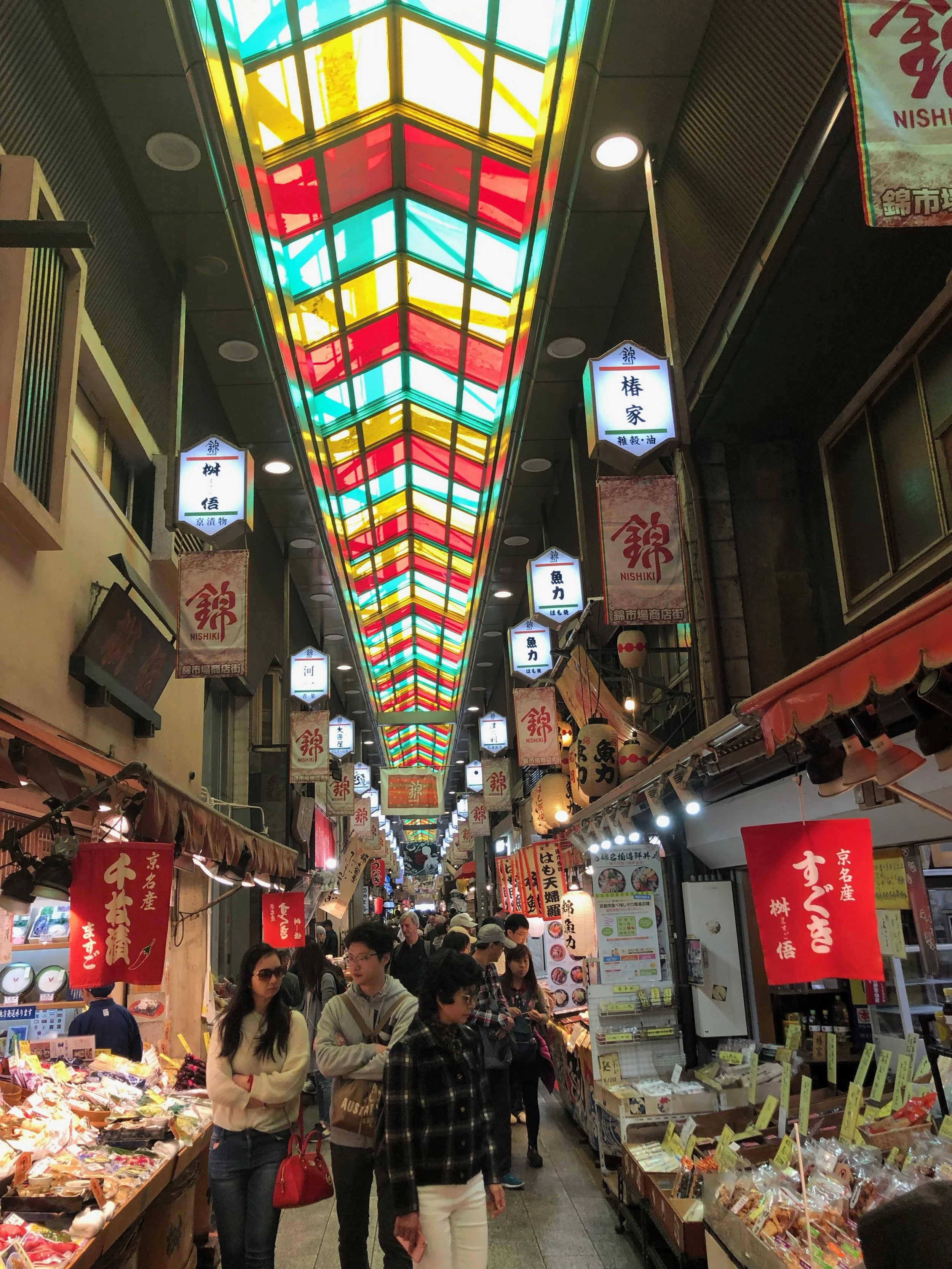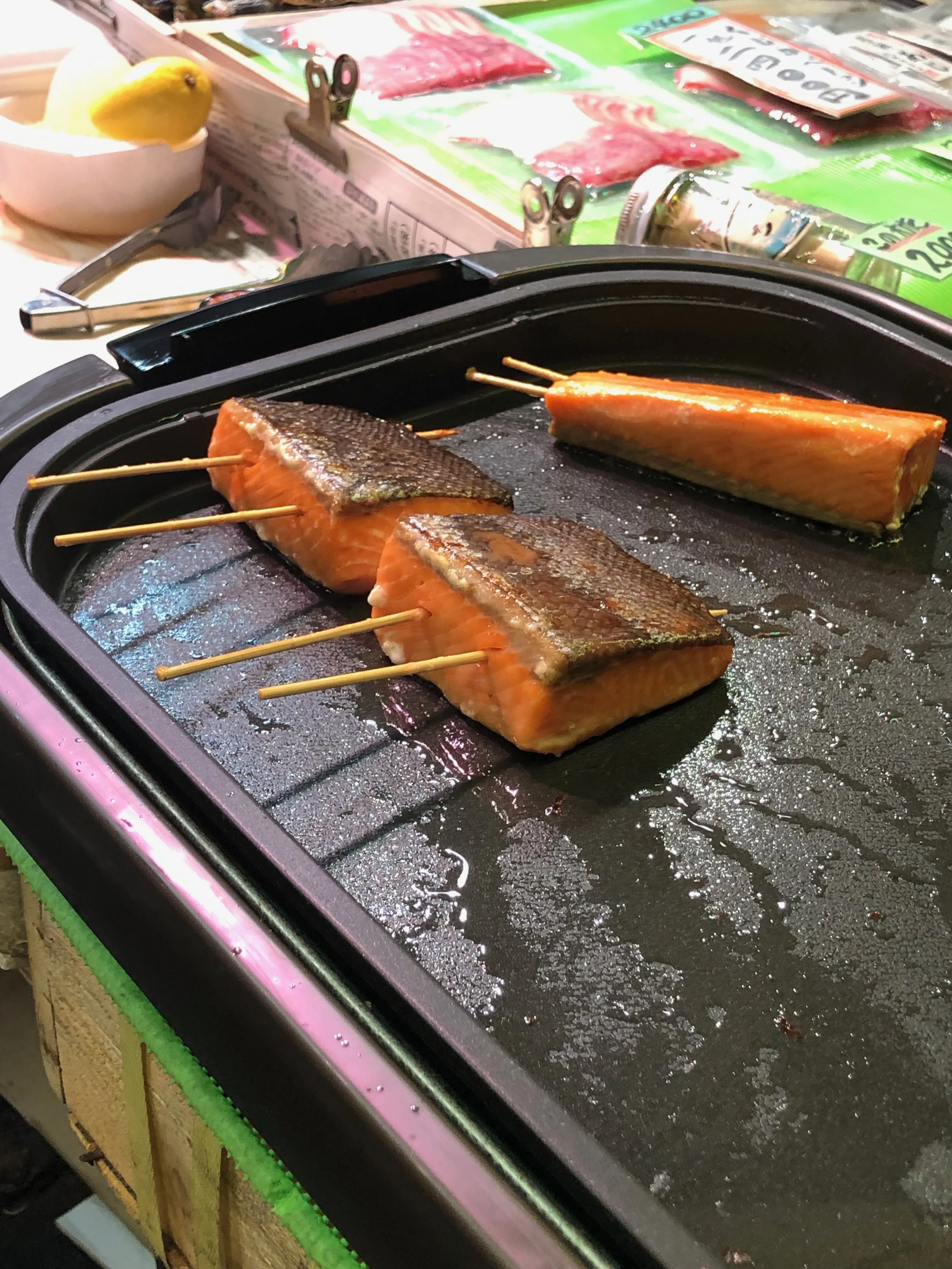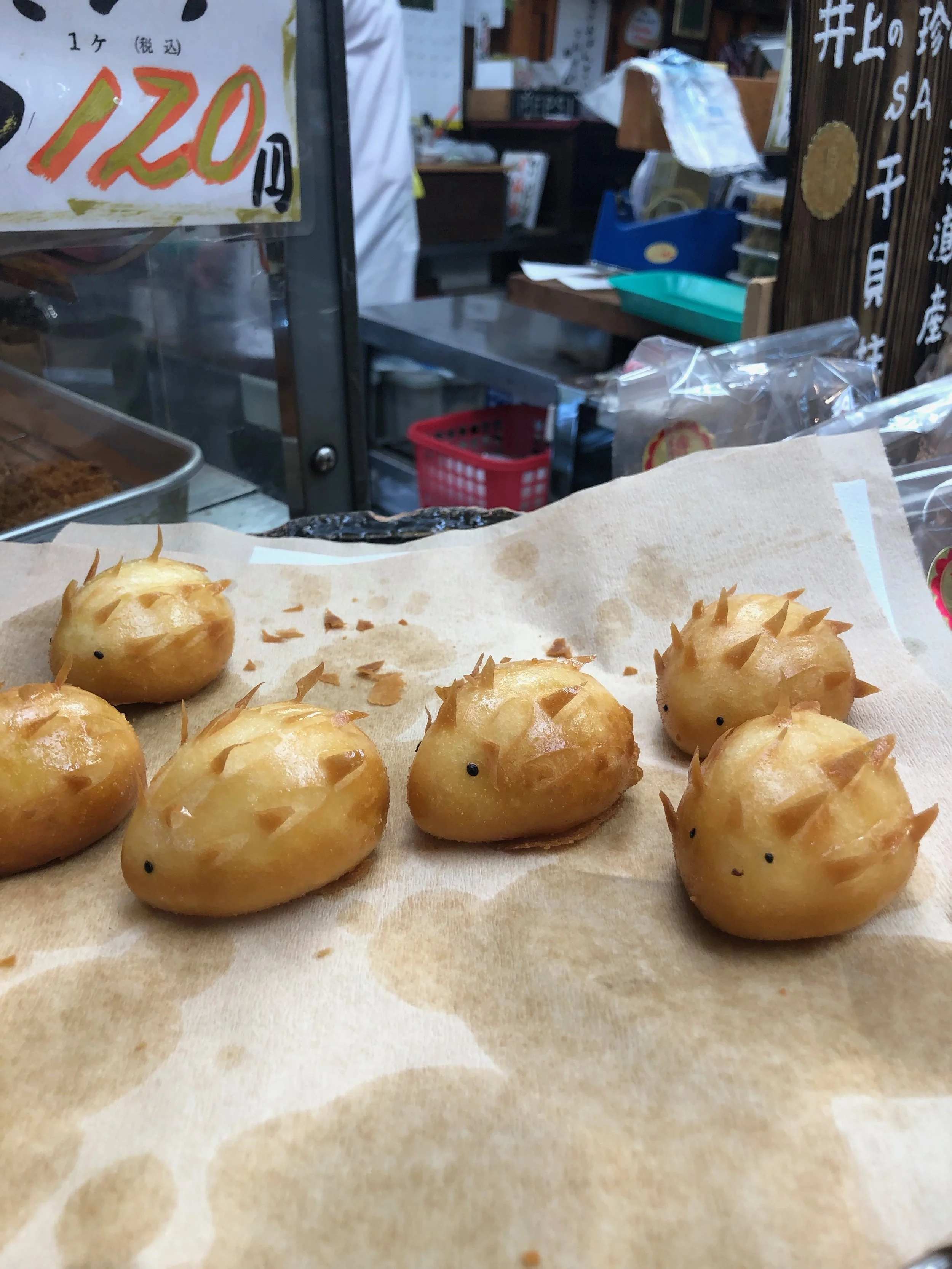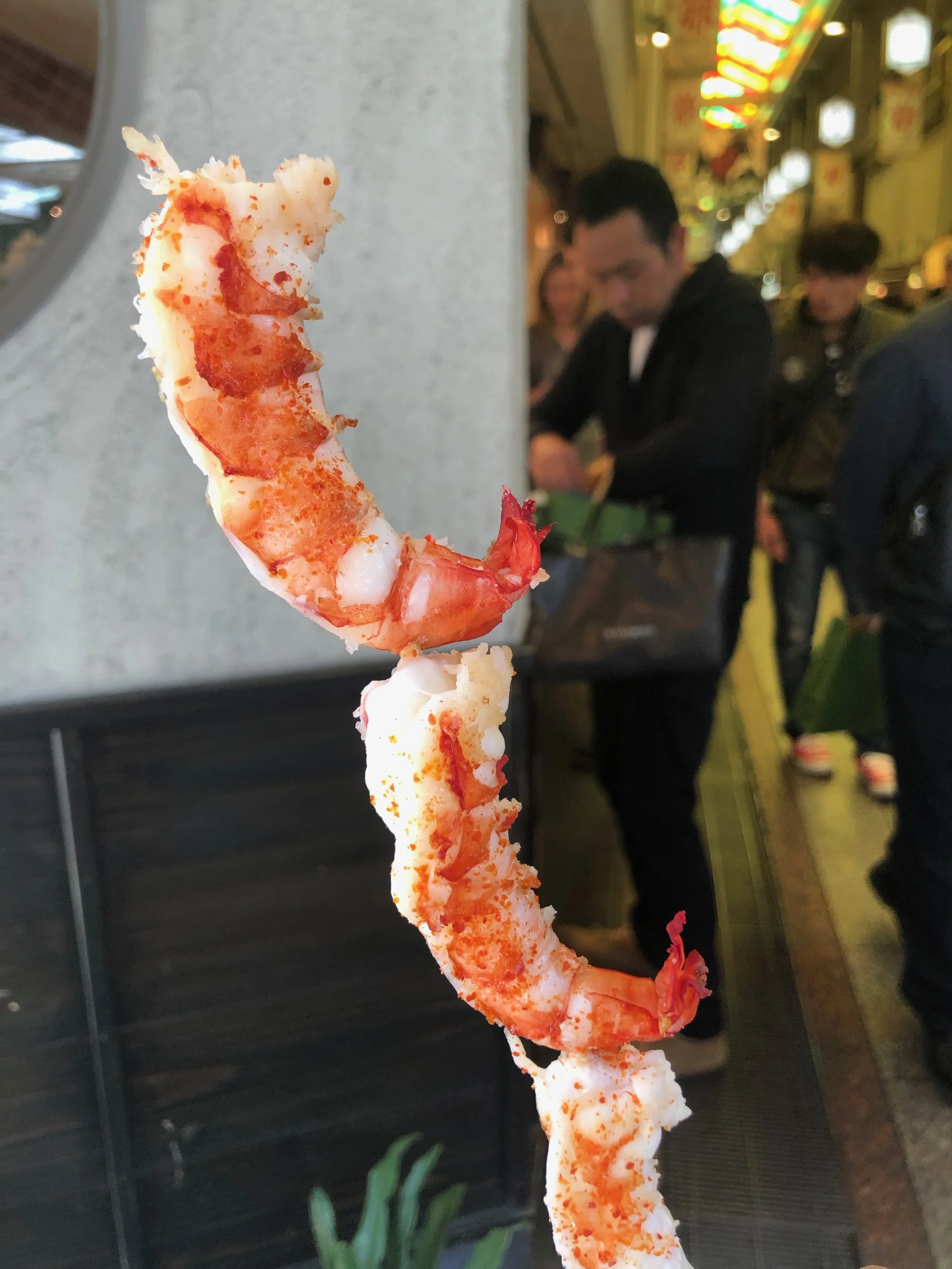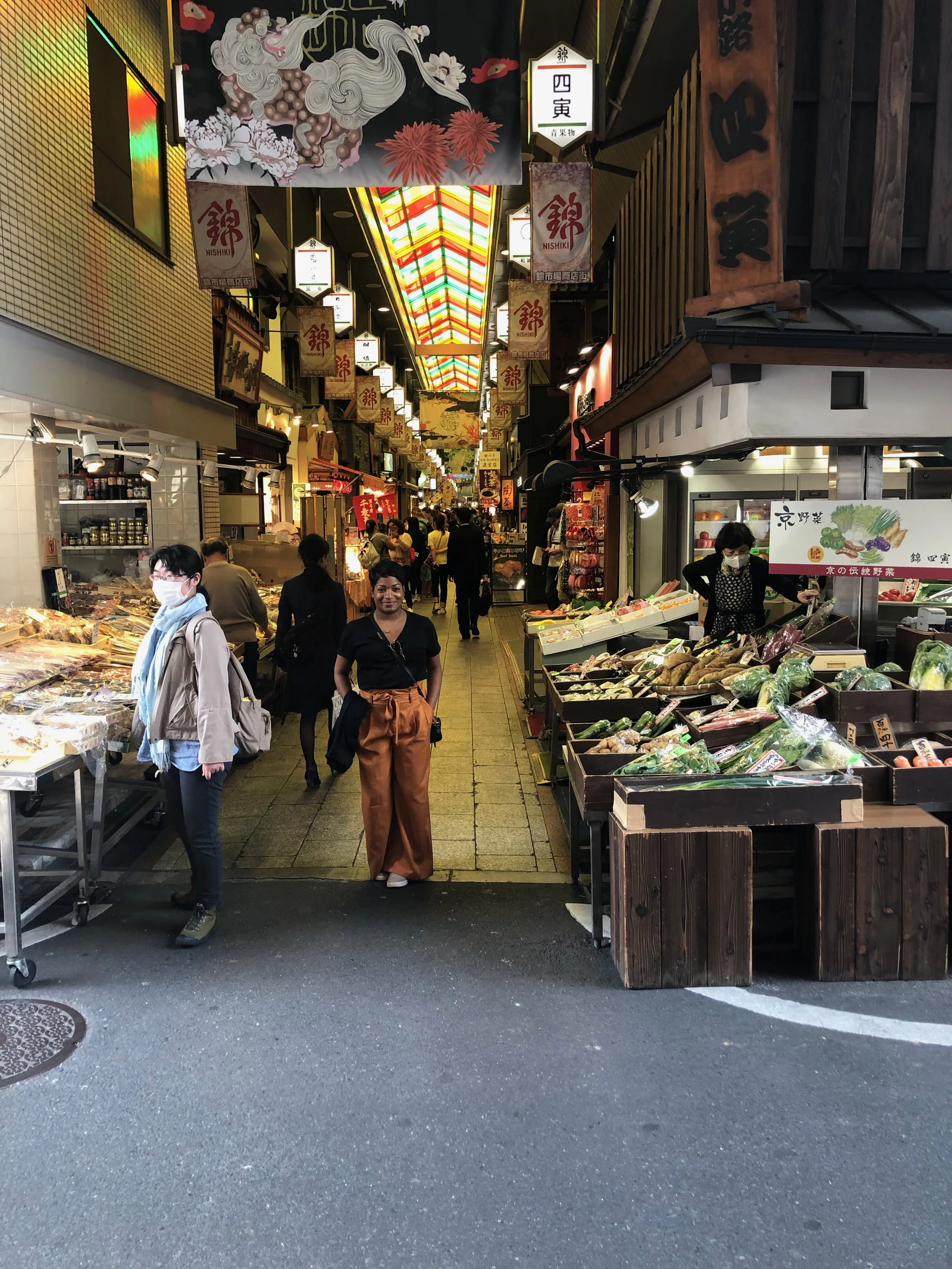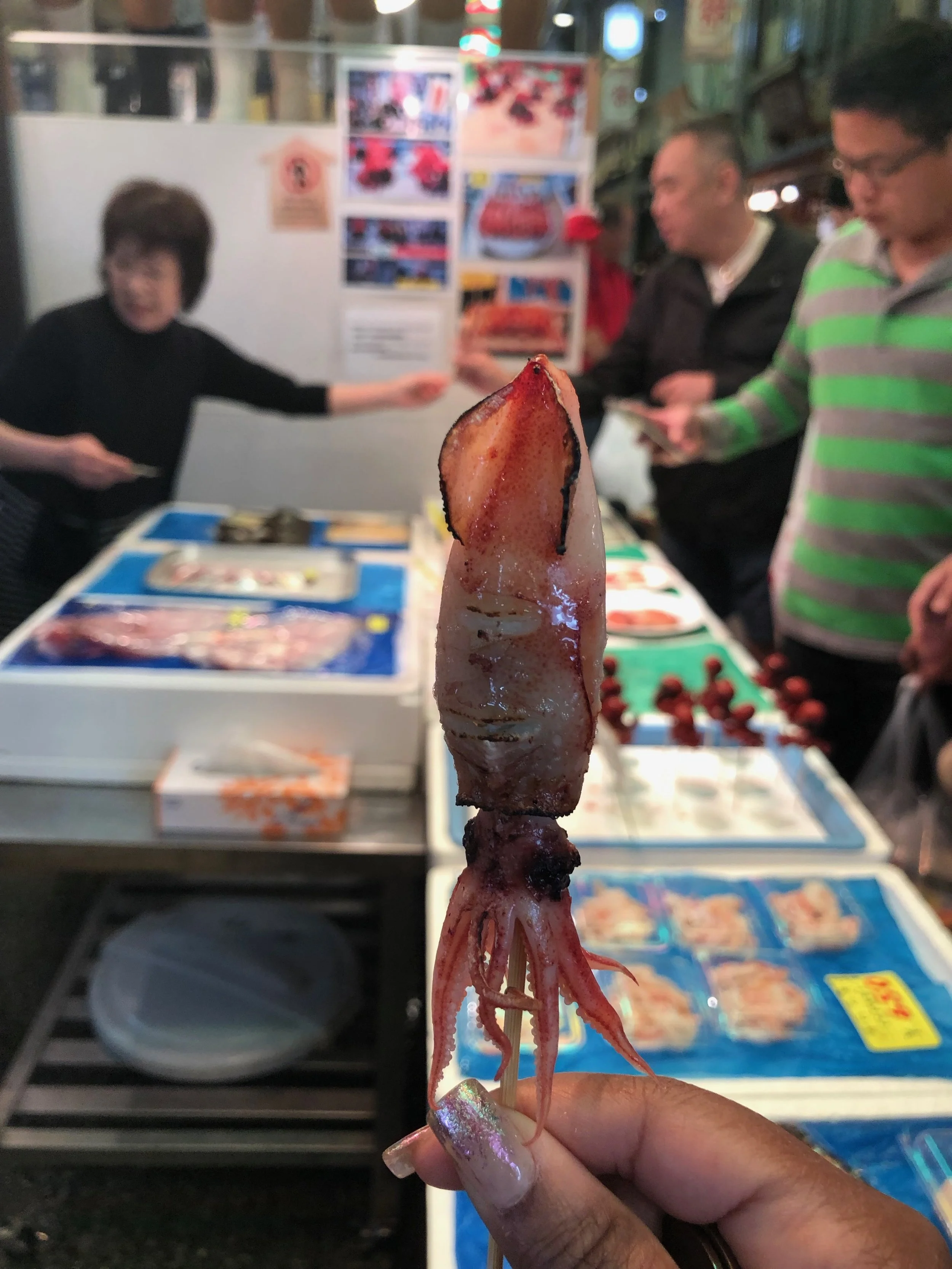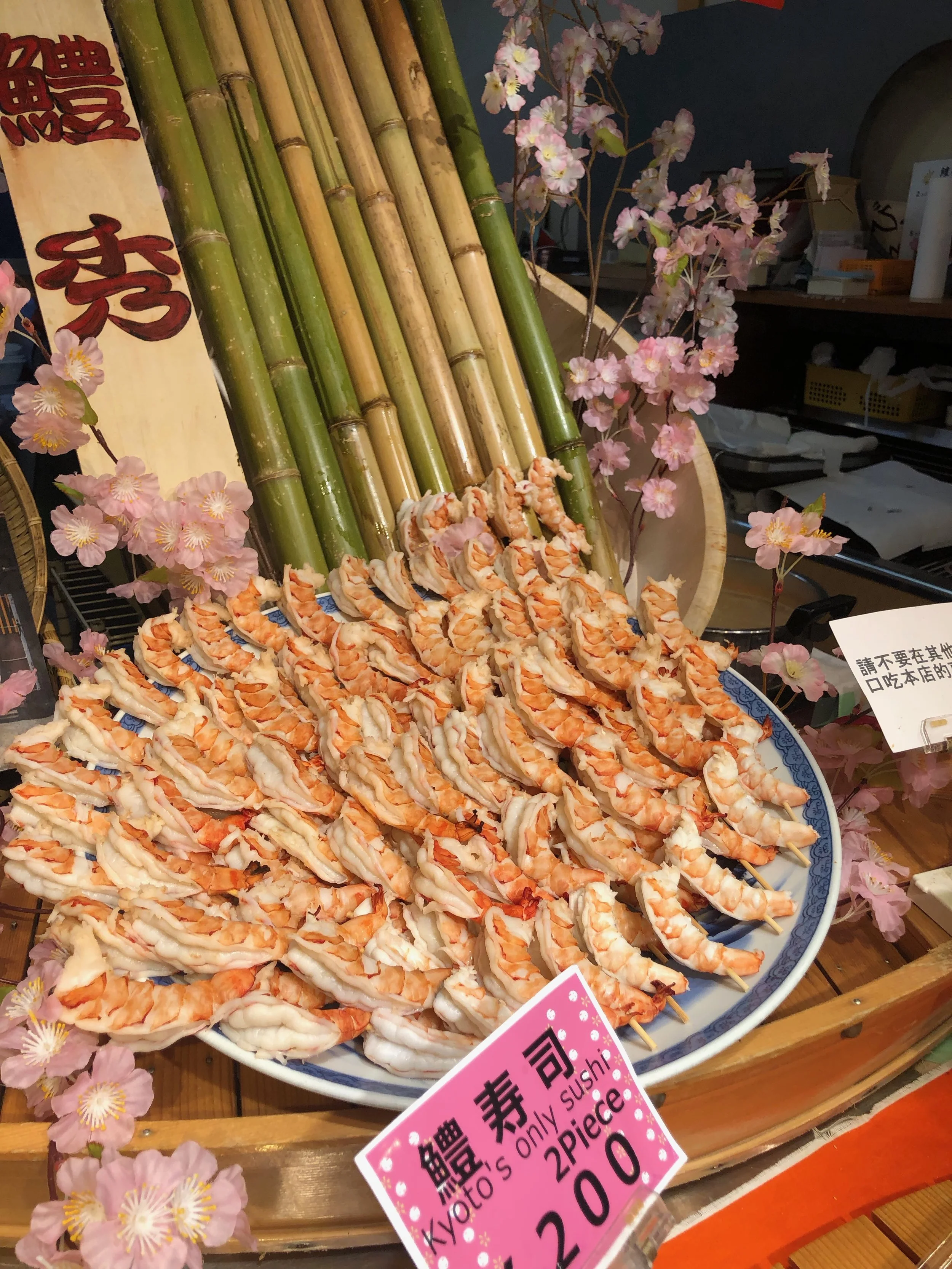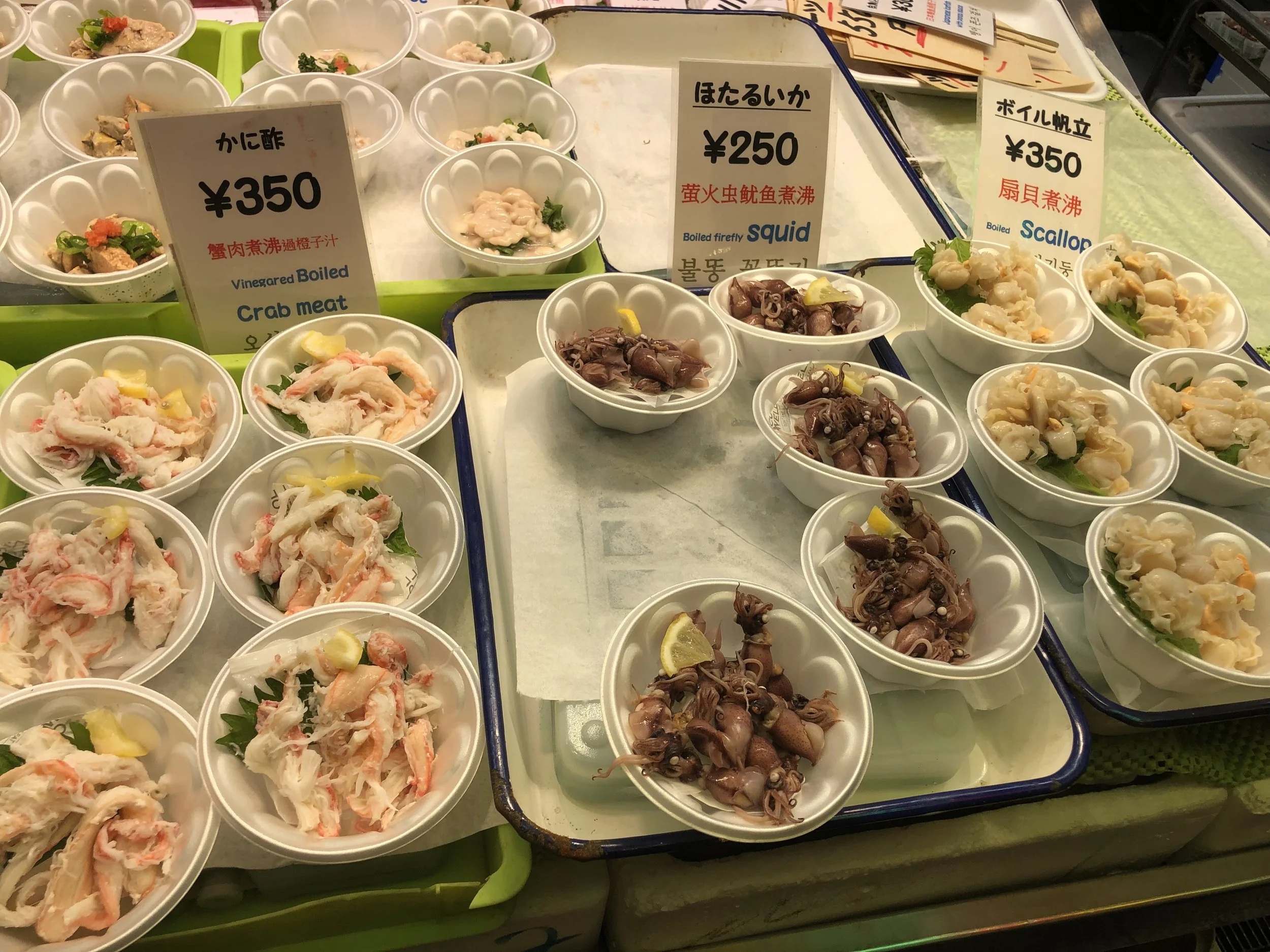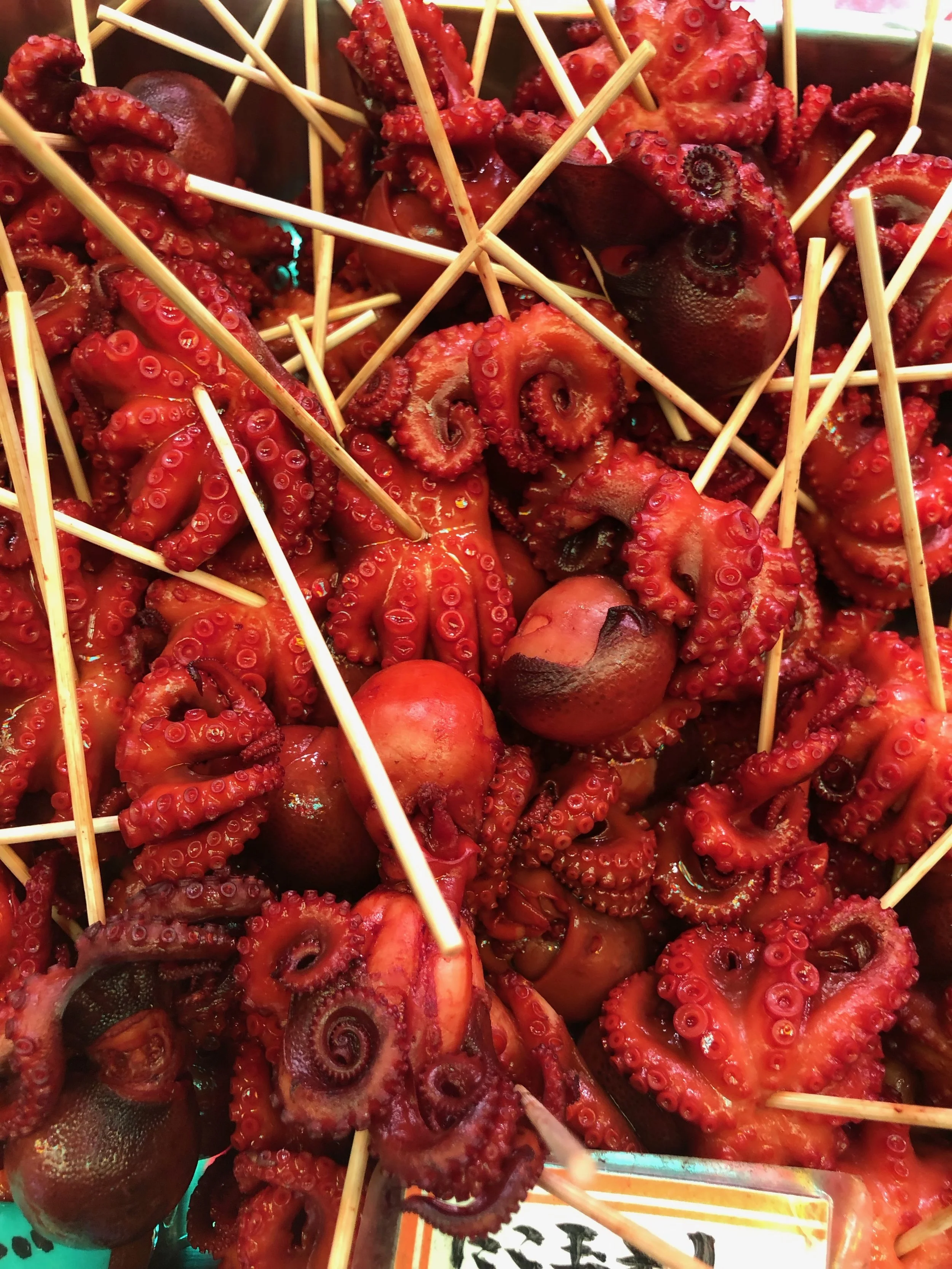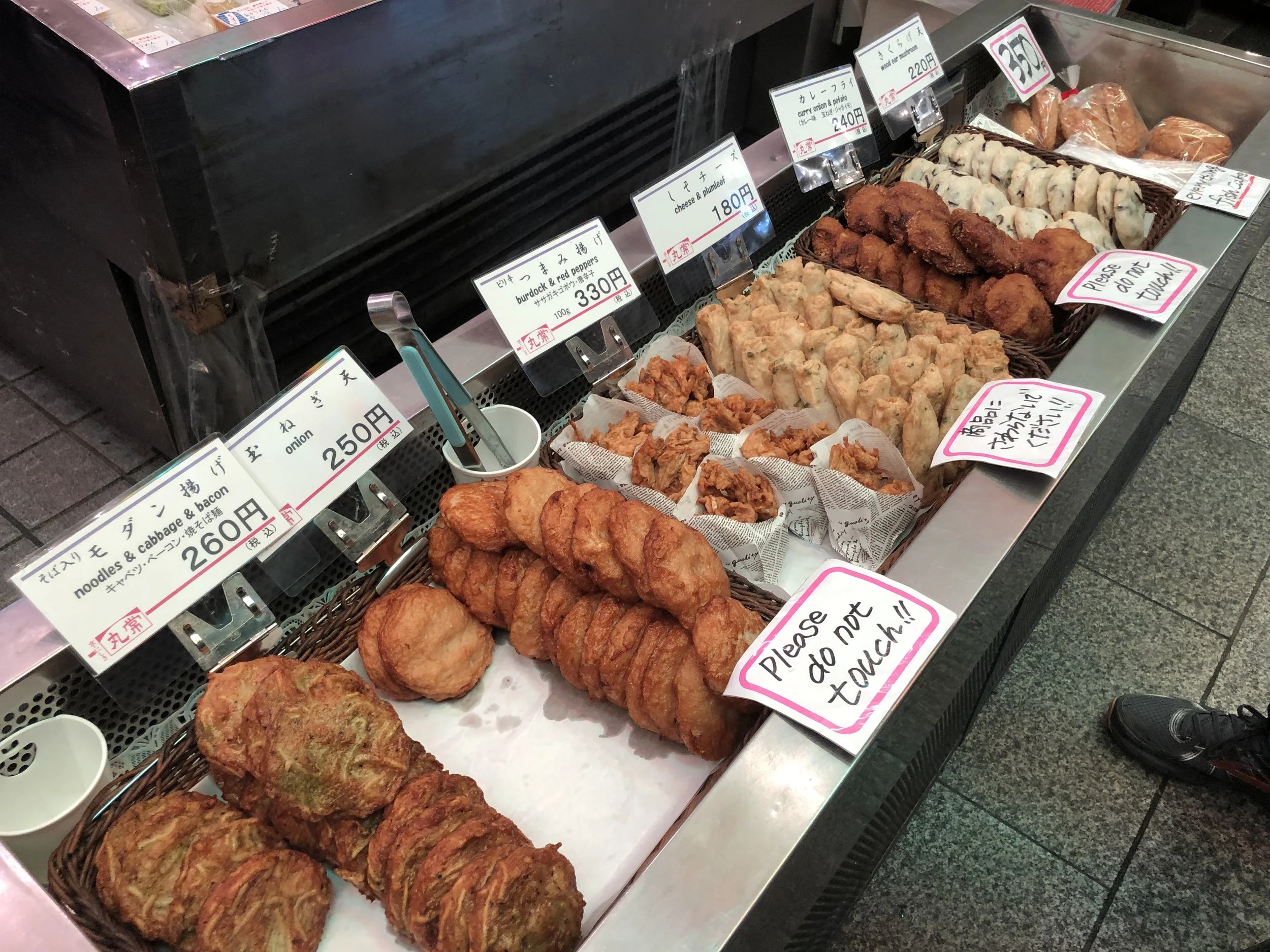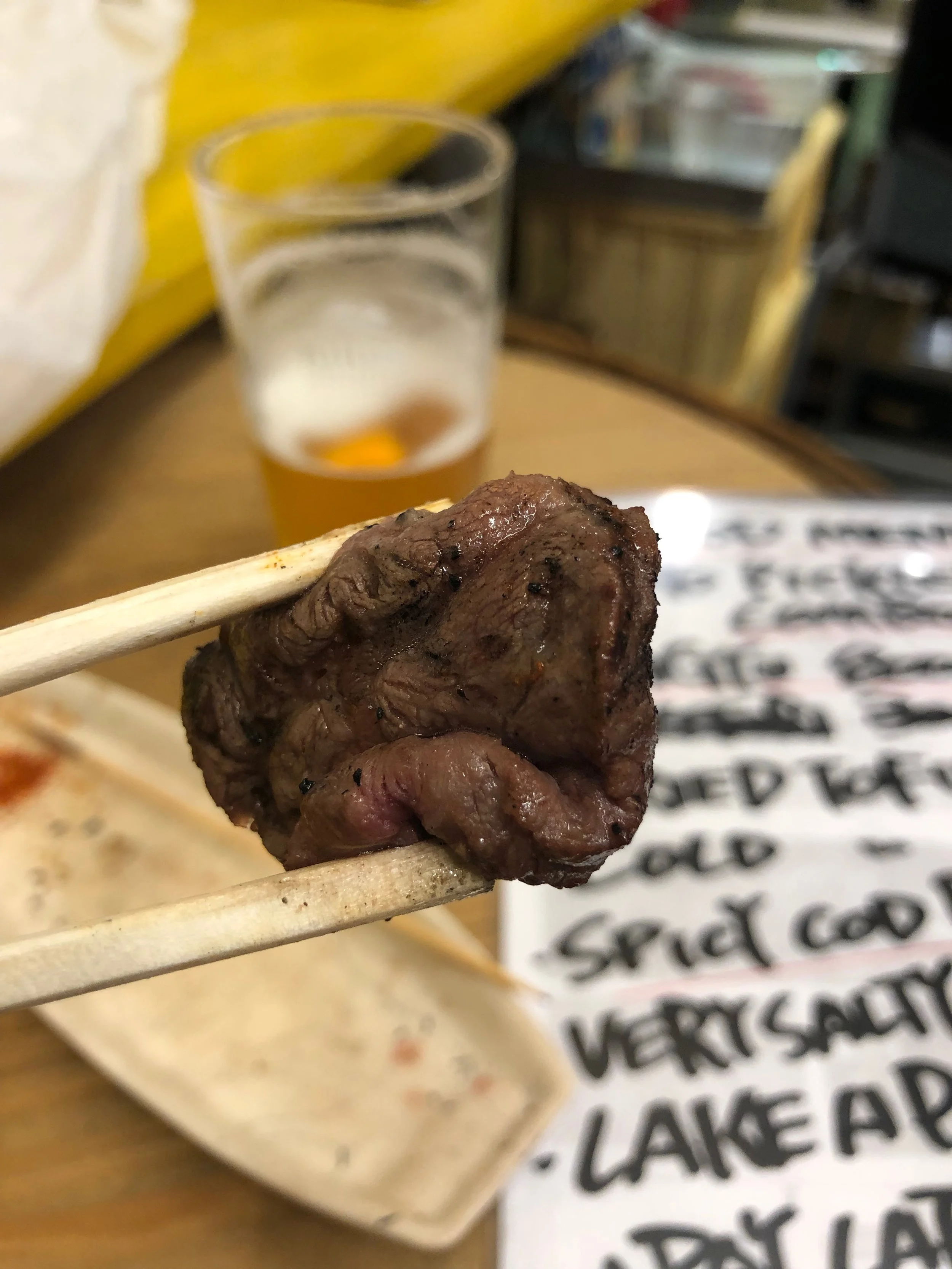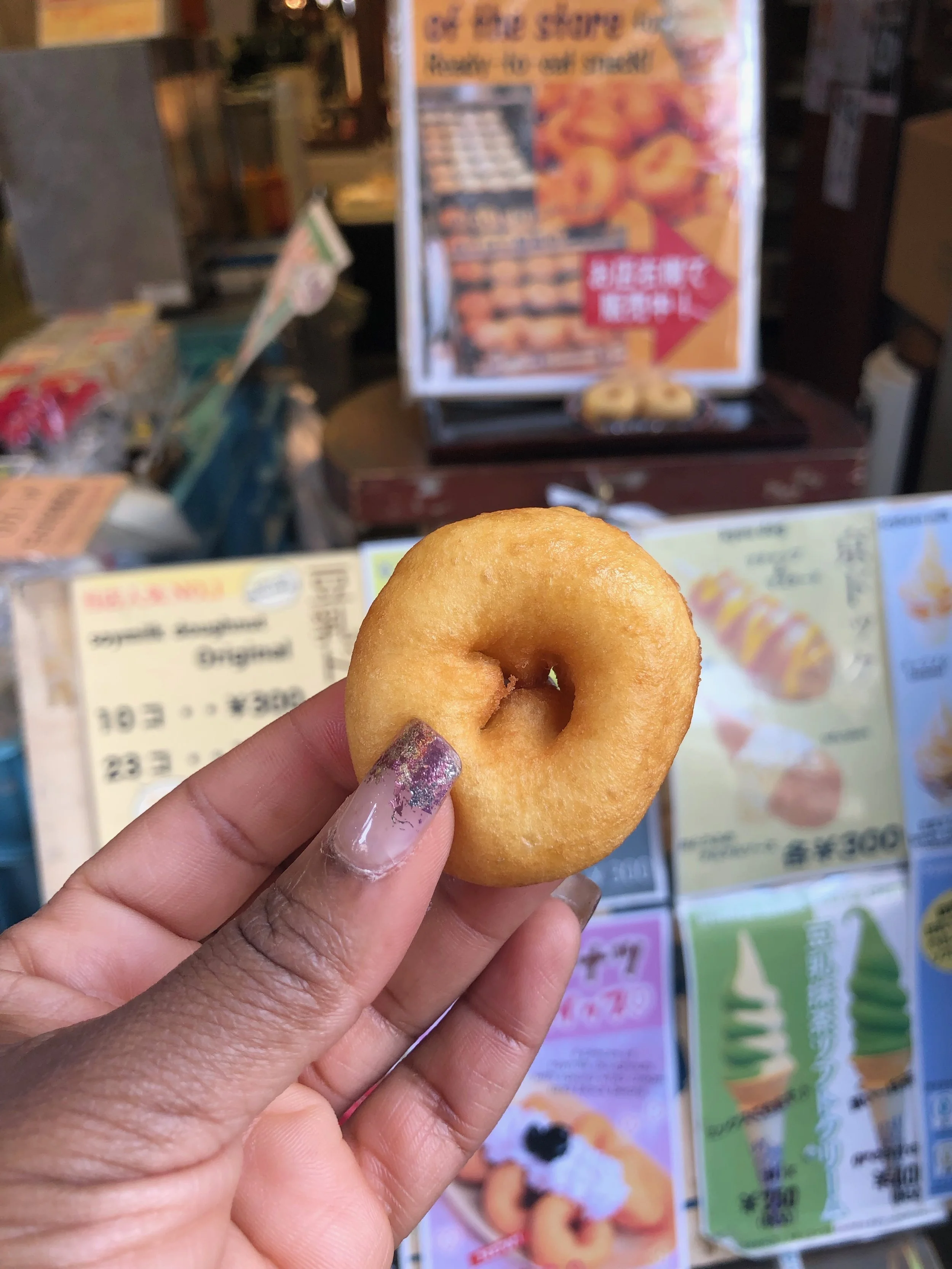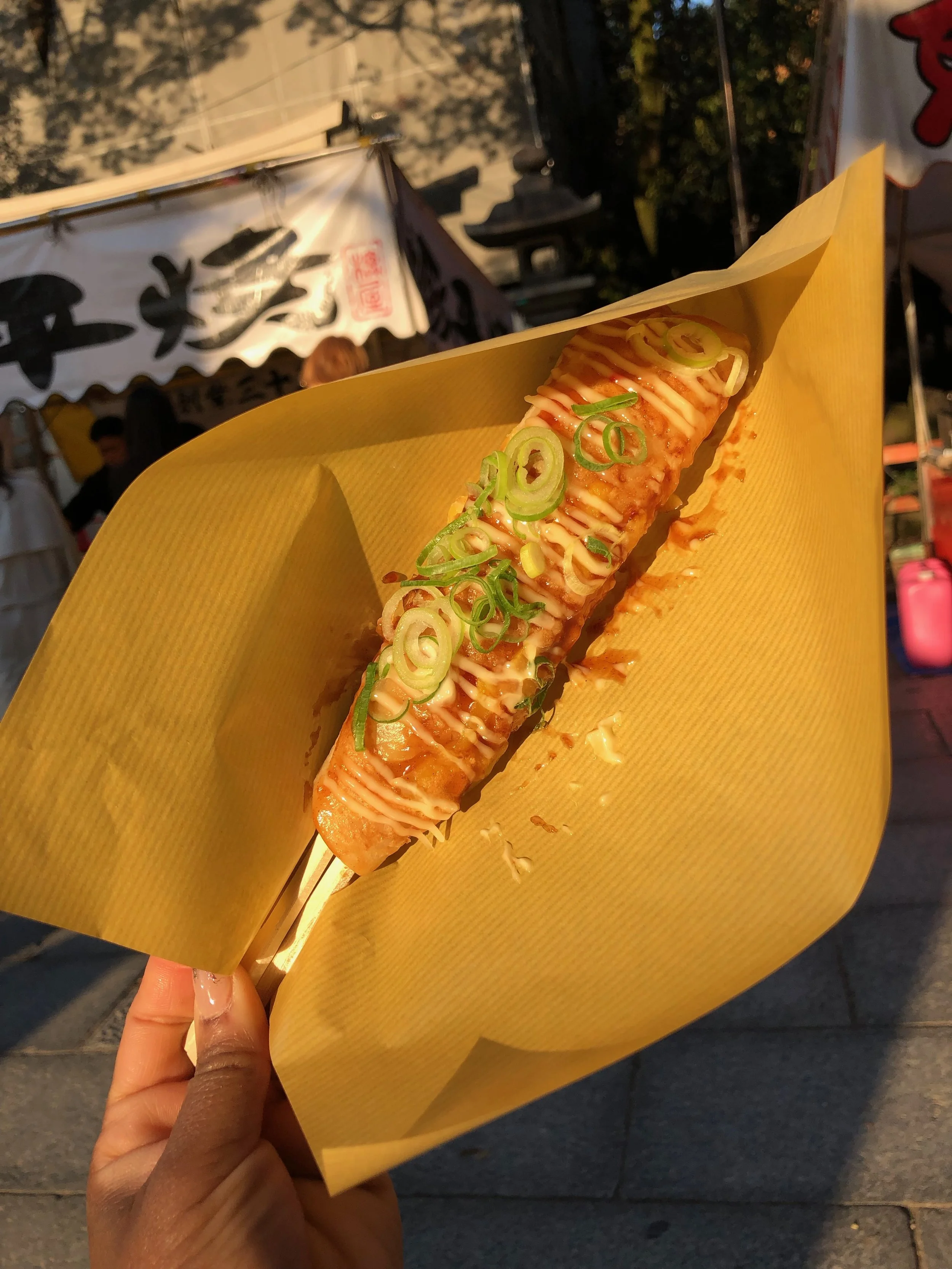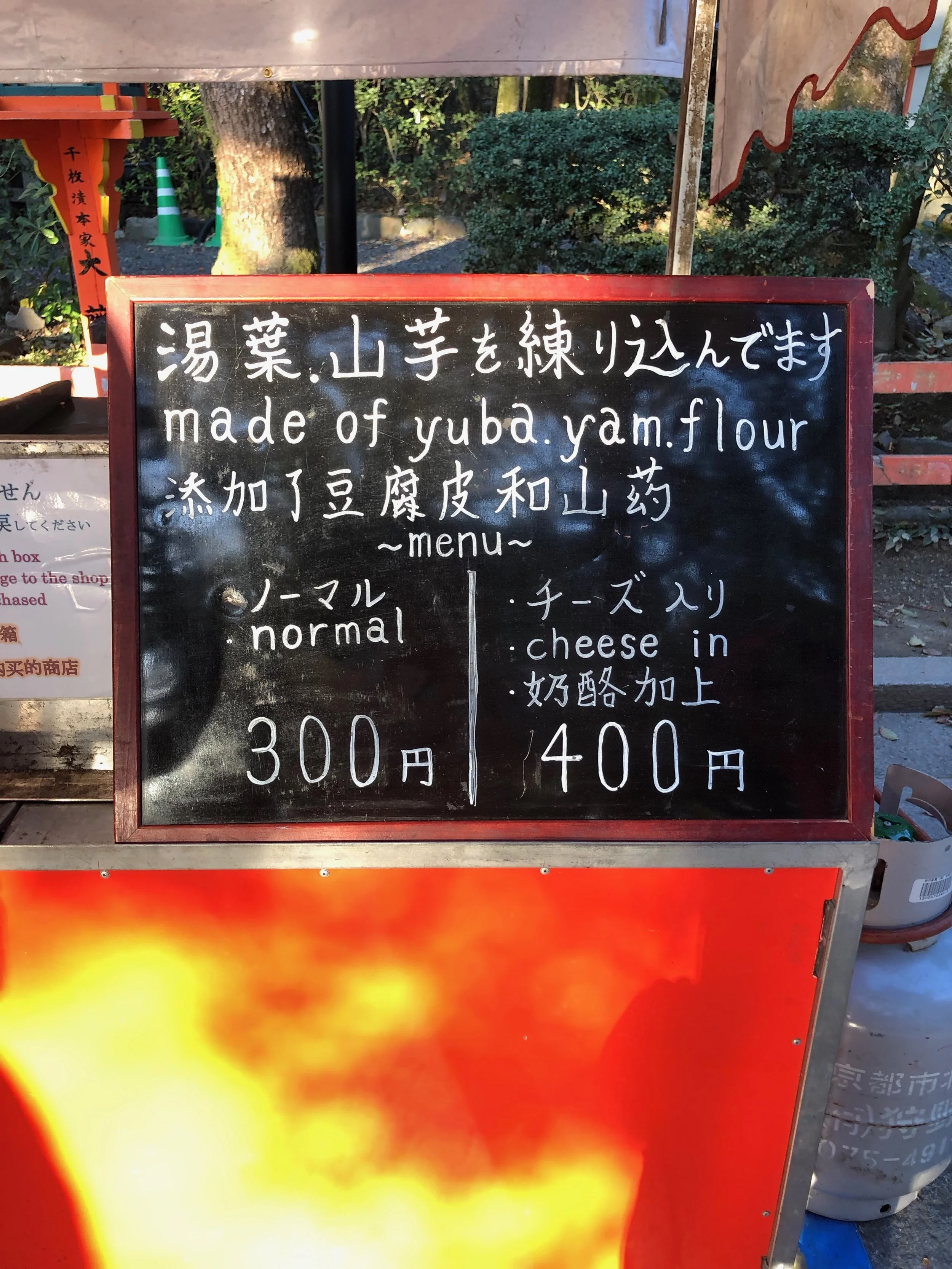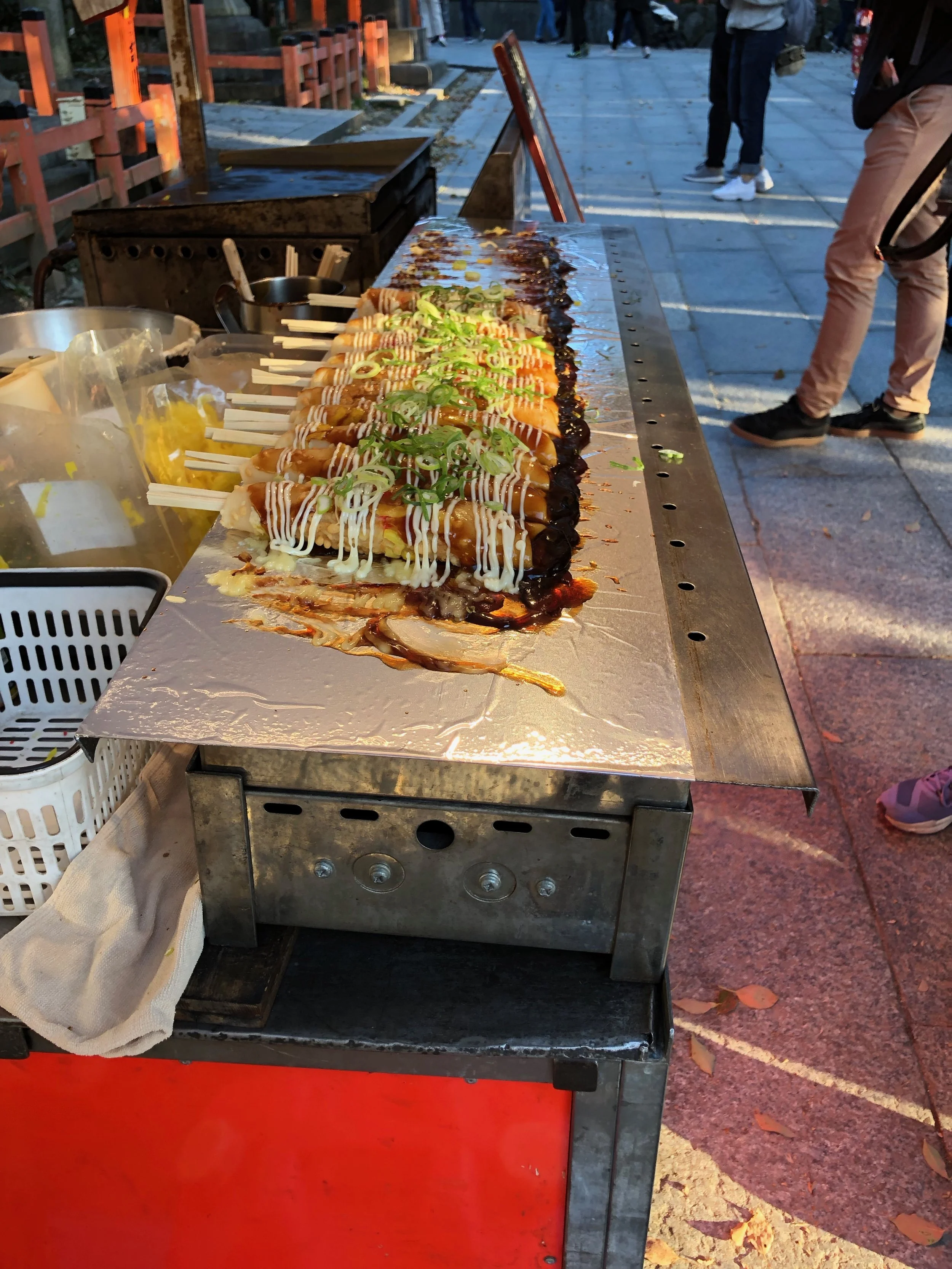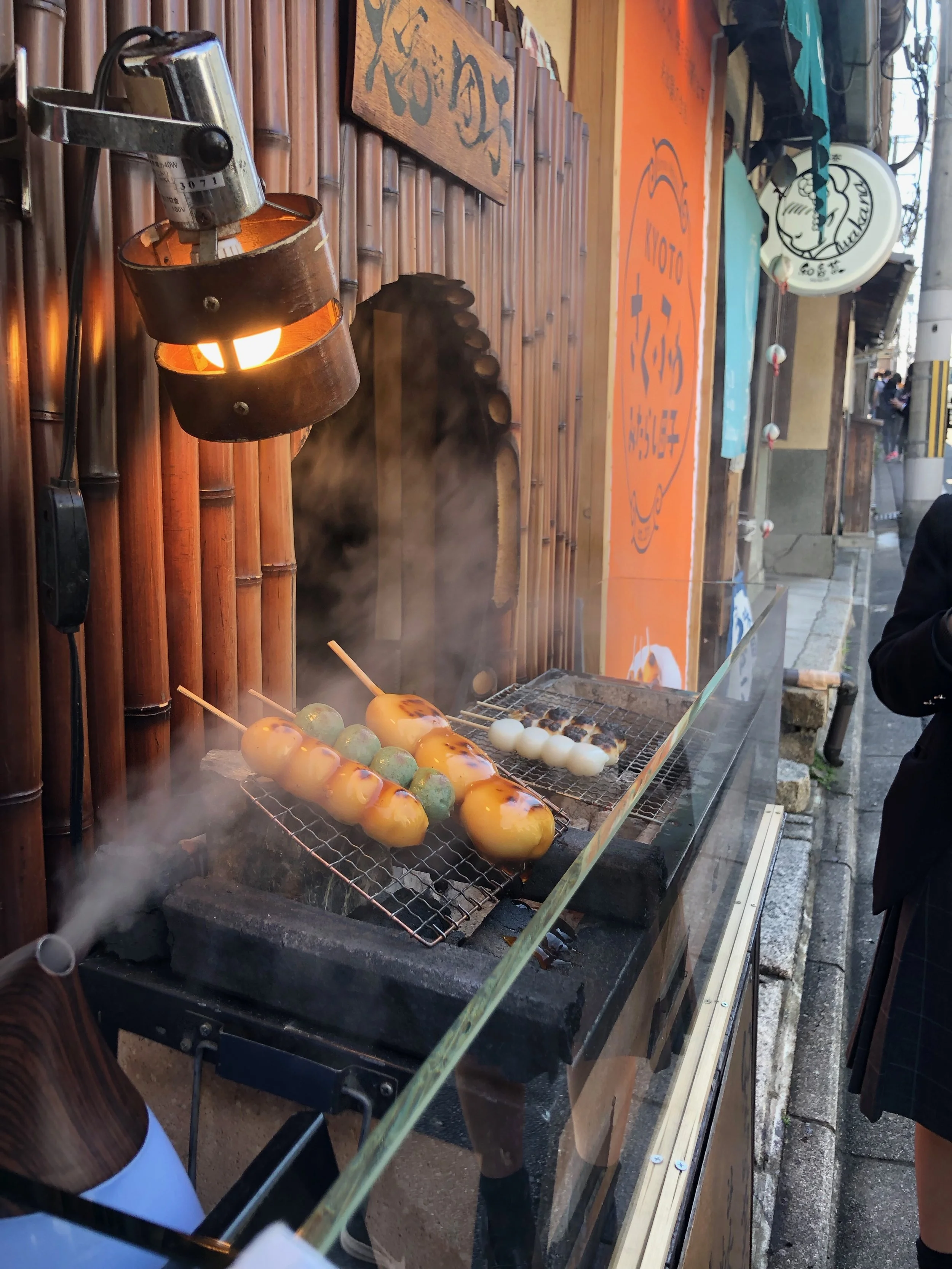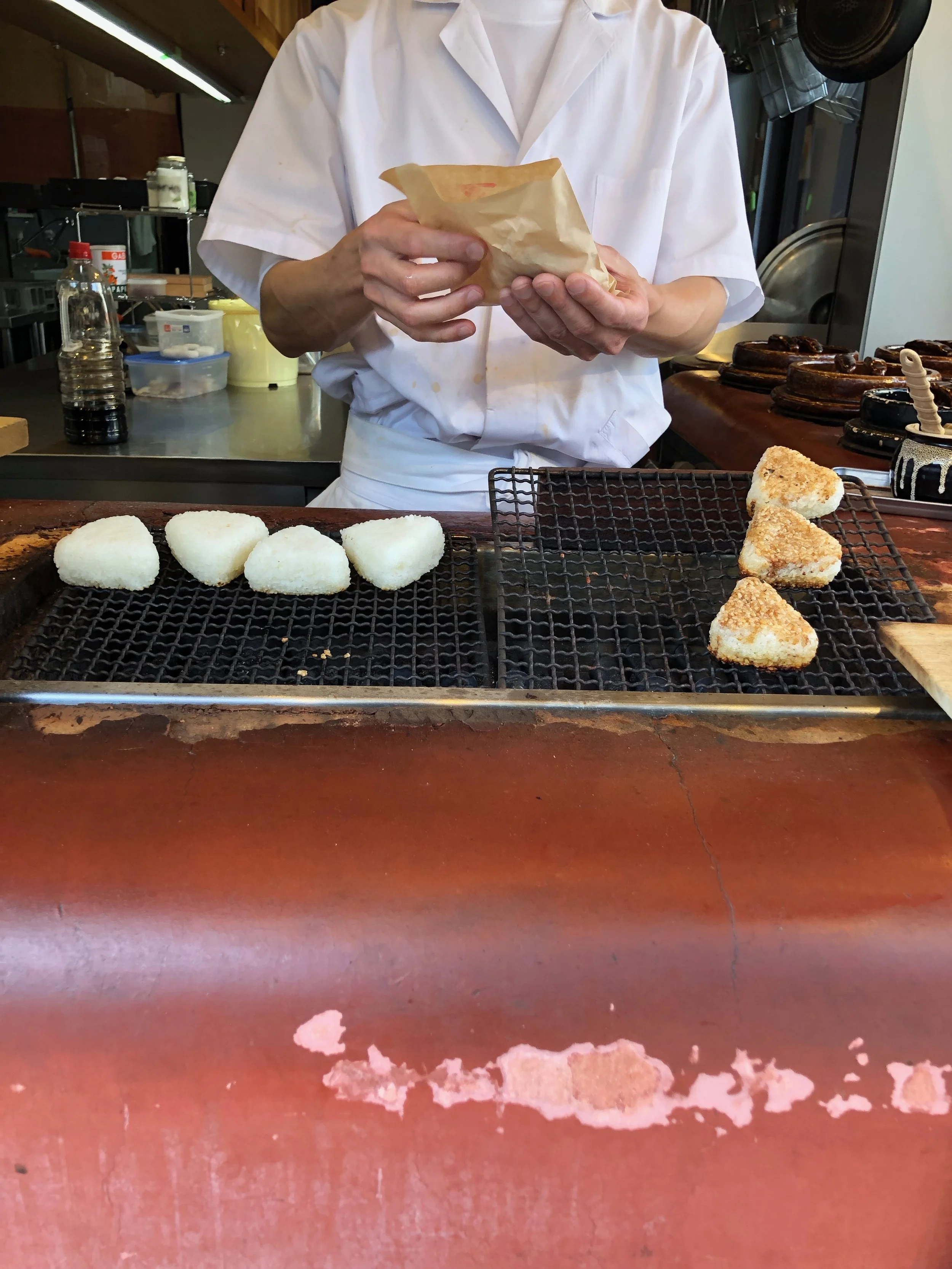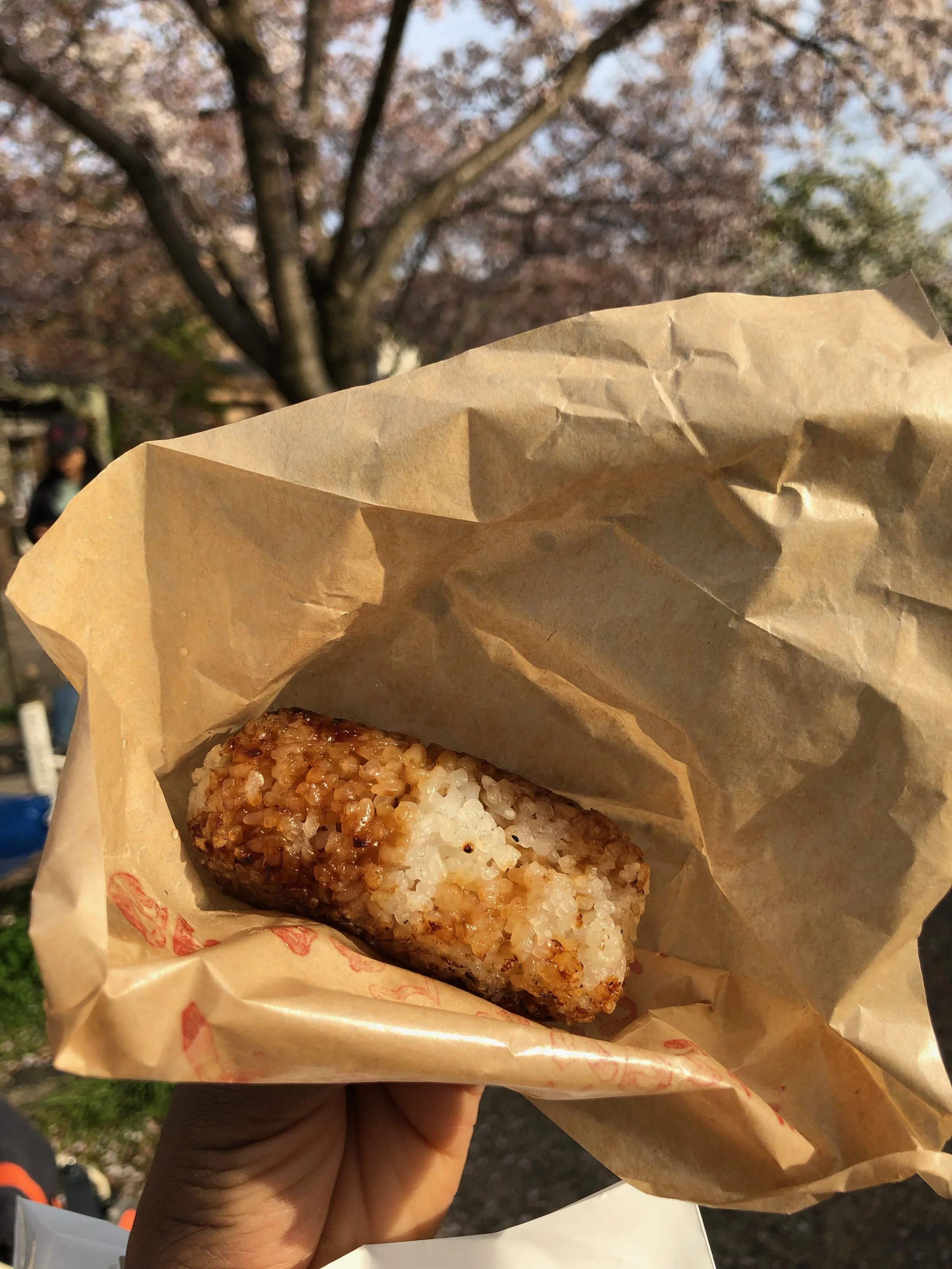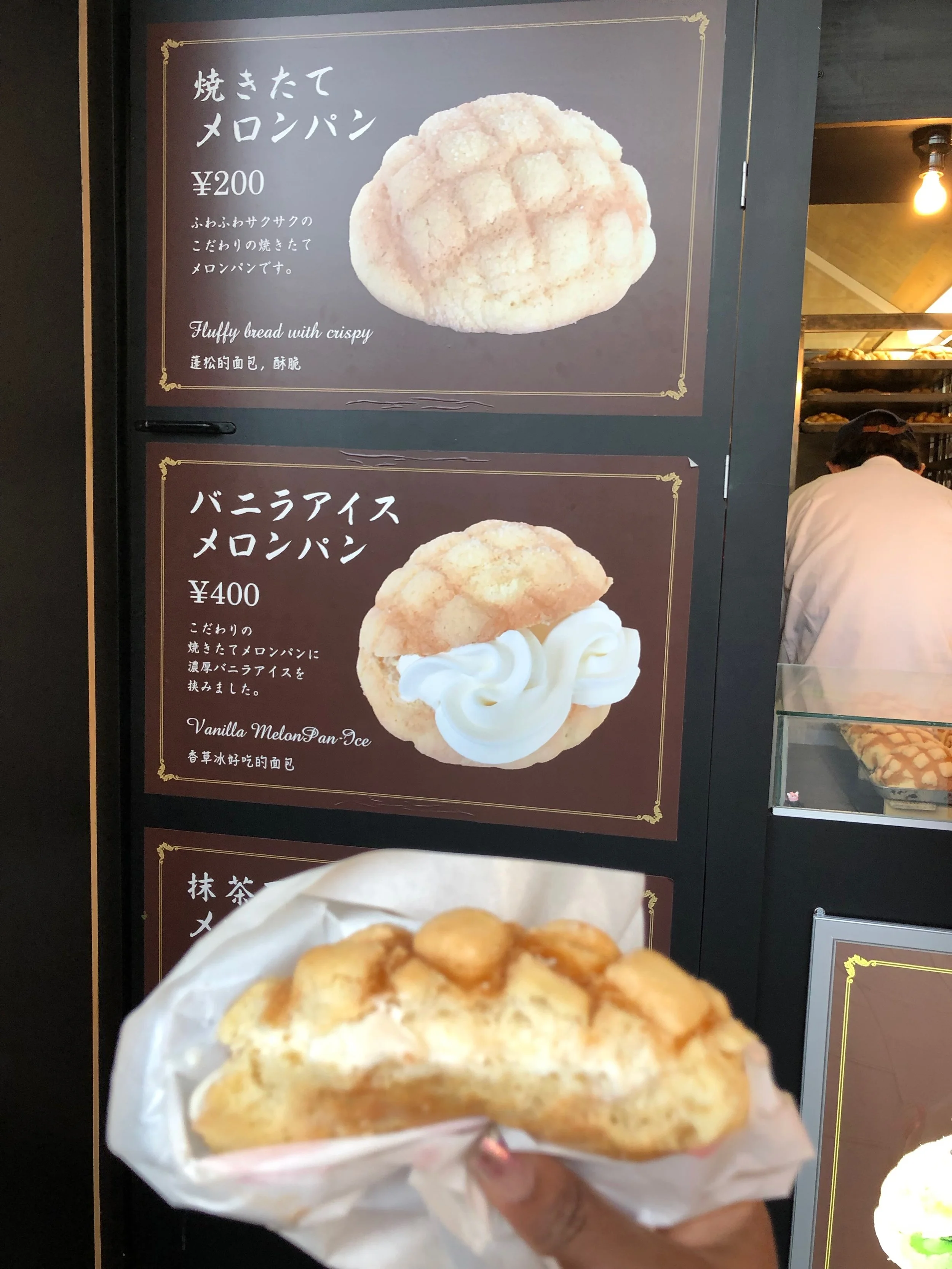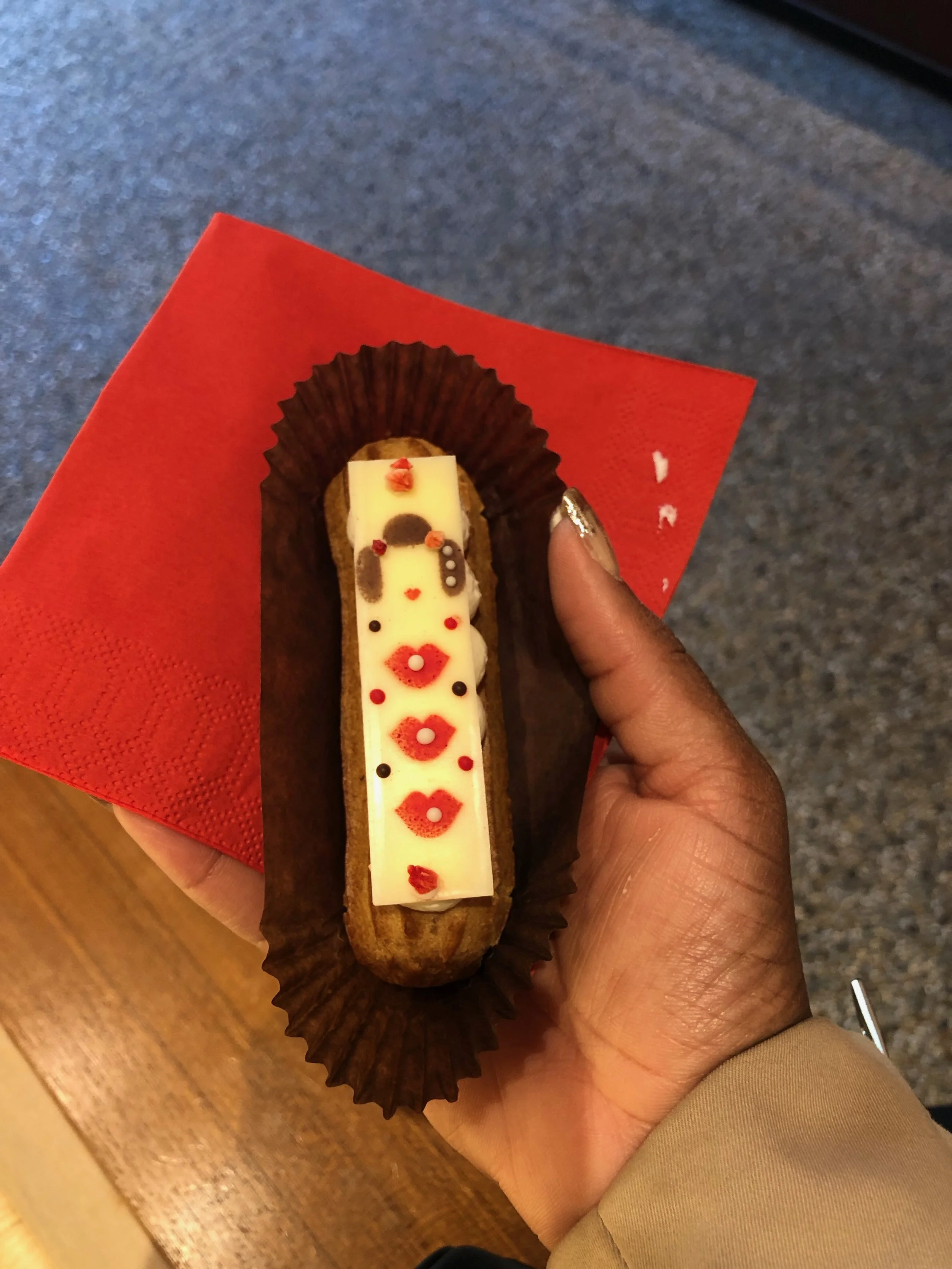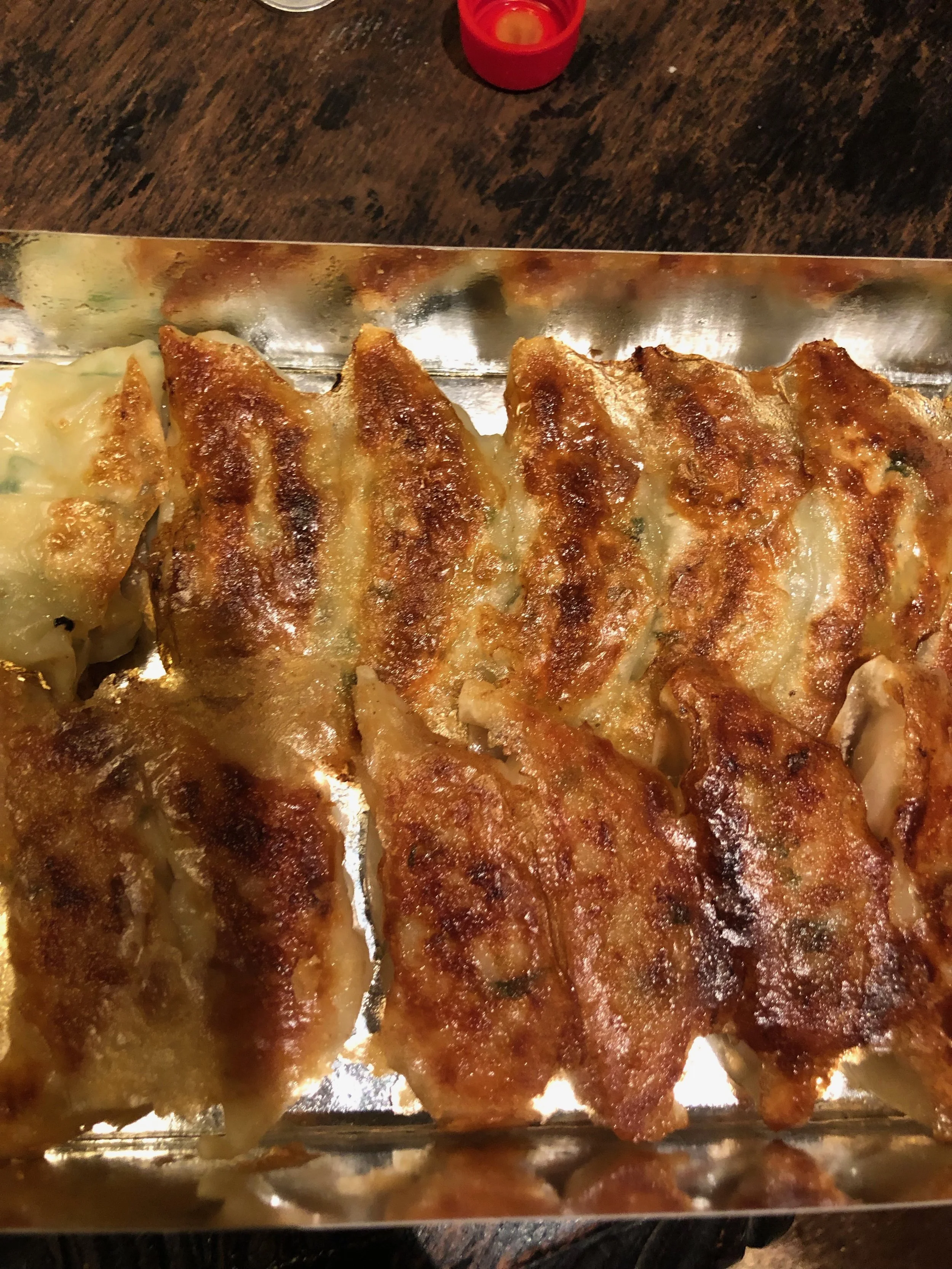A girl's wanderings to The Land of the Rising Sun : Japan
Let me start by saying that Japan is the perfect country for women to travel solo. Why? It is one of the safest places to visit. Countless authorities can attest to this. It is peaceful, the people are incredibly respectful of the law and one another, the crime rate is low and there is a general honestly in Japanese society that is frankly very admirable. I loved Japan. As a woman of color, no one batted an eye as I walked by or rode the metro. It was incredibly refreshing to greet someone in the morning with a smile and say “ Ohayo Gozaimasu” which is a formal greeting of “Good morning”, and receive a smile or reply with a polite nod in return. I could go back to Japan is a heart beat, over and over again. Here’s why.
Senso-ji Temple, the oldest Buddhist temple in Tokyo
Petite and Solo Safety Factor
4.7 out of 5
I won’t spend a lot of time on convincing you how safe Japan is. It is ranked consistently amongst the top 10 peaceful and safe nations in the world. I have always heard how safe Japan was but unless you visit or live there, you may not understand how true this is. There are a number of factors why Japan does safety better than anyone else. Respect is an important way of life amongst the Japanese. Saving face is another. Drugs is a No, No. There is a low tolerance for users of narcotics and even visitors with previous drug convictions are prohibited from entering the country i. e. Paris Hilton and Paul McCartney. Crime and rape cases are low. Firearms or rather an individual’s right to carry a firearm is not up for debate. I can honestly say that during my three-week visit to Japan, there were never moments where I felt unsafe, even late at night. You will feel lost perhaps before you feel unsafe as a solo female traveler.
I did a lot of exploring in Tokyo and Kyoto. I like to wear a crossbody bag because it is comfortable and convenient to walk around with however in Japan, you won’t feel the need to tightly clutch your belongings to yourself as you may feel inclined to in Barcelona. For tax-free shopping, you will need to carry around your passport occasionally but fear of being pick-pocketed is minimal.
The Metro and metro cars are incredibly clean, safe and there are always attendants around. ATM machines are located inside the buildings and banks.
In short, Japan is an ideal country for the solo female traveler.
Ueno Toshogu
Accessibility
I’ve flown extremely long flights before and there is nothing more satisfying than traveling Premium class on a flight that lasts nearly half a day. For my trip to Japan, I decided to start with the nation’s capital, the bright and modern city of Tokyo. The city of Tokyo has a population that exceeds 13 million. The greater Tokyo metropolitan area is much larger with an estimated 36 million people making Tokyo the most populous city in the world.
A multitude of airline companies fly to Tokyo and I decided to try Singapore Airlines, considered to be one of the top airline carriers for superior product and service in the industry. After making a stop in Los Angeles from New York, I embarked on a nearly 11 hour flight to Narita International Airport. Coach flights from Los Angeles can be as low as $700.00 on Singapore Airlines. On this occasion however, I flew Business class on my outbound flight and Premium Economy class upon my return for a comparison. I was pleasantly surprised by the services provided and the comfort of both classes. Extra wide seats, large TV monitors, an extraordinary amount of leg room and attentive and superior service was the order of the day on both flights. The food was excellent and what is great about Singapore Airlines is you can select your meals online in advance from world renowned chefs “Book the Cook” program. The variety and selection are better than the flight planned meals.
Singapore Airlines blew me away when I was surprised with an entire birthday cake on my flight to ring in my birthday! It was incredibly thoughtful and an example what luxury service in the sky feels like.
U. S. Citizens do not require a visa to travel to Japan. After arriving into Narita International Airport, retrieving your luggage and passing through Customs and Immigration (there are signs in English and attendants to assist), head to the Ground Transportation area and Tourist Information desk. I highly recommend buying a Japanese SIM card for your Android or iPhone. Your phone can be your trusty guide for navigating the streets of Tokyo. After all, all street signs, postings, building characters and numbers will be in the Japanese alphabet. Google maps is up-to-date and are very reliable to use in Japan. Believe me, having data to use the apps of your phone will be a god sent. It actually saved me from taking expensive taxis and helped me understand the routes of the trains and to find tourist hot spots and restaurants.
Remember to make sure your phone is unlocked before leaving the States to use the Japanese SIM card or it will not work. I purchased unlimited texts, calls and data for one month for 7000 yen (or USD$65). It worked perfectly for endless data to “google” a location, navigate with the Maps app and to constantly post on Instagram.
Now you have to get to Tokyo from the airport. There are several options. All of the following modes of transportation are better and more affordable than taking a taxi or car into Tokyo.
JR NARITA EXPRESS or N’EX is a limited express train service that serves Narita International Airport to and from various Greater Tokyo area stations. They all have reserved seating and tickets can be purchased upon arrival. This option is quick, nice and comfortable however the inconvenience begins once you arrive to the Tokyo urban station. From there you may have to take the metro or a taxi to your hotel or destination, with your luggage. Lugging your suitcases up and down stairs of the metro will exhaust you. Be forewarned that the bigger and heavier your luggage, the more of a pain it will be to get around. Cost of N’EX roundtrip ordinary reserved seating tickets in the Tokyo area ranges from 6,040 yen to 9,240 yen. N’EX trains runs every 30 - 60 minutes and takes 53 minutes to Tokyo Station.
AIRPORT LIMOUSINE BUS is a large charter bus service with luggage compartment underneath that takes you straight to your destination. This is the best choice for anyone looking for a direct connection to their accommodations or a specific place. The bus makes stops at various hotels along its route to the Tokyo area. It is comfortable bus with WiFi capabilities and more importantly, you will not have to strain yourself with your luggage. In my case, I chose this option after arriving in the late evening to Tokyo. Unfortunately the bus did not make a direct stop at my accommodations but did stop at a nearly hotel which allowed me the opportunity to walk about five minutes to my final destination. The Airport Limousine Bus will take a little longer than the train and is also dependent on traffic. The fares for this convenient bus varies between 2,800 yen to 3,300 yen for Central Tokyo.
Tokyo Shuttle Expressway bus, Access Narita or Keisei bus are also options for ground transportation between Narita International Airport and Tokyo/Ginza stations however they may have limited space for luggage. Upon my return to the airport from visiting Mount Fuji/Lake Kawaguchi, train options were not available and the timing was inconvenient. I took the Highway bus instead. Fares are even more affordable than the Airport Limousine Bus at 1,000 yen (USD$10) during the day and 2,000 yen (USD$20) at night from Narita Airport to Tokyo.
My favorite mode of transportation within Tokyo and Kyoto was the Metro. Tokyo Metro transit system is incredibly easy. The fares are affordable and varies from 1.40 yen to 3 yen depending on your stop. You needn’t worry about getting around because remarkably, there are many signs for directions, train stops and schedules in English! The city of Tokyo has made concerted efforts to accommodate tourists as the 2020 Olympics will be held there. Travelers will be taking this affordable and efficient mode of travel to get around the city. The Metro system reminded me of New York City’s transit system except for the grace of being 100 times cleaner, reliable and on time. I could have rode the trains of Tokyo all day and night.
Finally, I should mention the Bullet train which to me looks nothing like a bullet. Traveling between the prefectures or states of Japan is better on the Shinkansen, Japan’s iconic needle-nosed high-speed railways. One of the fastest way to get from Tokyo to Kyoto (Japan’s former capital city) is on the Nozomi. I had my hotel’s Concierge reserve a seat for me and hold the ticket upon my arrival to Tokyo. I would advise you to book your Shinkansen tickets as far in advance as you can, especially during peak season such as Christmas, New Year, Cherry Blossom Season (in April) and Fall Foliage Season (around November). It will be extremely busy and these trains are often fully booked.
Single Girl Comfort
My solo trip to Japan consisted of visiting Tokyo, Kyoto and Mount Fuji/Kawaguchiko and I can’t tell you how comfortable I felt on my own exploring these cities. It may be the sense of familiarity I felt being a New Yorker and just visiting another large metropolis.
East Garden of The Imperial Palace
What I can tell you is the people, both men and women are extraordinarily polite. As a solo female traveler of color, this means a lot. Frankly politeness is contagious. You will find yourself returning bows and being mindful of the cultural nuances . Want to fit in Japan? Follow etiquette. The Japanese are welcoming, orderly, polite and they follow a rigid etiquette that you should try to uphold and respect.
Knowing a few phrases of Japanese goes a long way. Greeting a person in the morning with “Ohayo Gozaimasu” or in the afternoon with “Konnichiwa” will get the recipient’s attention and you may even be rewarded with a smile.
Don’t be late. The Japanese are punctual and being late is considered rude and disrespectful.
Always return a bow after receiving one. You will find it will become second nature to bow to everyone you meet. It’s contagious but a nice gesture.
Always thank with “ Arigato Gozaimasu”.
Receive items, gifts and even business cards with both hands.
When paying, your money should be placed in the tray provided (not hand to hand).
Tipping is not necessary, in fact it is frowned upon. I had an outstanding Omakase sushi lunch in Ginza and rather than tipping, I bought the chef a shot of sake. He was incredibly appreciative. It is a compliment to his craft.
In Tokyo, while riding the escalators of the metro station, stand on the left and pass on the right. Oddly, in Kyoto, you stand on the right on the escalator and pass on the left (like in New York City). Follow the arrows designating where to climb and descend the stairs.
Respect the queues. The Japanese really pride themselves on being orderly. There is no such thing as skipping the line. Line up to board the train, bus and even to cross the street at the crosswalk. That’s right! The Japanese stand on line to cross the street. Amazing!
These cultural nuances may be hard to get a handle on but after a couple of days, it will become second nature to you and you will end up enjoying them.
During my three week tour of Japan, I think I encountered one person of color. He was on the metro reading a book and clearly he resides in the city. I, on the metro of Tokyo and Kyoto, received very few glances from the locals and even in the smaller town of Kawaguchiko. The sight of a black woman on her own didn’t seem to phase anyone.
I believe the Japanese are accustomed to seeing people of all races and solo travelers. Not only did I feel comfortable visiting countless temples and shrines, strolling gardens on my own, eating along for soba noodles and tempura or riding the metro from tourist hotspot to hotspot, I felt safe and confident. In fact, on two occasions, I was asked if I spoke Japanese fluently, only because my pronunciation of simple Japanese phrases was spot on. I really felt like a natural being in Japan.
What to wear? Look neat. You will want to be comfortable walking around but don’t look sloppy. In April, the morning starts cool/cold, the temperature rises in the afternoon and then cools again when the sun sets. Dress in layers and look smart. Flats, tennis shoes and slip-on sneakers are fine to wear. You will need them .
Kyoto’s Arashiyama Bamboo Forest
Fushimi Inari-taisha
Philosopher’s Walk in Kyoto
Dining Solo and Confident
Praise Be! A country were solo dining is normal. In Japan, dining solo is very common, unassuming and the society norm. In fact, in Japan, they have perfect the art of eating alone and removed the “shame” of dining solo with small booths surrounded by curtains for privacy. I promise you, there will be no problem making a reservation for “one” at a Teppanyaki, a Tempura restaurant, while having omakase or Kaiseki meal.
Eating my way through Japan was a joy. Not only because I can eat solo with feeling like a loser but because Japan has to date nearly 230 restaurants with Michelin stars. I like to believe I am a foodie and I am willing to try anything at least once as long as I leave feeling like it was an excellent and memorable culinary experience. From street food to fine-dining restaurants, here are some restaurants and different types of cuisine of Japan you may be interested in trying:
Great Places to Dine:
Tokyo
Yabu Soba - A busy, long established, excellent Soba (buckwheat noodles) restaurant where the noodles are made in front of you. There will be a queue when you arrive. Have an affordable lunch here after visiting Senso-Ji Temple and Ueno Onshi Park.
Peter - Located on the top floor of The Peninsula Tokyo hotel in Chiyoda Ku. The restaurant is named after the current Chief Operating Officer, Peter C. Borer, a long-standing executive of The Peninsula Brand and offers great sweeping views of the Gardens of The Imperial Palace. The adjacent Peter Bar is always bustling with innovative cocktails
Tempura Fukamachi - Everything tastes better fried and serious eaters come here to this Michelin one-star Tempura restaurant located in Chuo-Ginza. Lunch menu is way more affordable than dinner. Reservations are a must and expect the tempura smell to stick to your clothes on the way out.
Bar Gen Yamamoto - This is not the bar you come to for strong cocktails and to get shit-faced. Gen Yamamoto is a Omakase of fine liquors and seasonal Japan fruits and vegetables with only 8 seats and a gorgeous 500 year old Mizunara Oak Bar. It is an experience that is not to be missed. Only way to make reservations is to call Gen-san yourself. He will not take reservations from third parties including your hotel. Gen speaks english.
Atelier Morimoto XEX - By Ironchef Masaharu Morimoto is one of the top places in Tokyo for Teppanyaki (or what we like to call Hibachi in the U.S.) There are no cute parlor tricks and theatrics with the food here. This is an excellent and sexy fusion restaurant serving superior Japanese sushi and Kobe beef, all prepared in front of you. Not cheap but exquisite.
Sushi Ginza Iwa - If you love fresh, mouth-watering, dissolving raw fish, come to Sushi Iwa in Ginza. This Michelin one-star restaurant was recommended and reserved by my hotel. It is a excellent place for an intimate lunch, attentive and friendly chef and a sequence of deletable nigiri prepared in front of you. Here is where I learned to use only my thumb, middle finger and ring finger to pick-up nigiri. This is the proper way to eat sushi by hand. The chef also noticed I was left handed and set my chopsticks with chopstick rest accordingly.
A Happy Pancake - These aren’t your average pancakes. These are fluffy, souffle-like Japanese pancakes that melt in your mouth. This location in Ginza was hard to find but once you are there and try these pancakes, all is forgiven. You must queue in the foyer and wait for your number to be called. The pancakes some time to be prepared so be patient.
Tamawarai Soba is another Soba eatery in the residential area of Jingumae near Shibuya. It is housed in a non-descriptive building that is easy to miss until you see the line of diners waiting to go in. This restaurant was recommended by a colleague and good friend for the grilled miso paste and the creamy and rich texture of the buckwheat noodles. Guaranteed to be a queue here; I waited over an hour to get in.
Kyoto
Nishiki Market - A marketplace five blocks long of shops and restaurants where you can sample traditional foods of Kyoto. Spend an hour or two eating your way from stall to stall.


